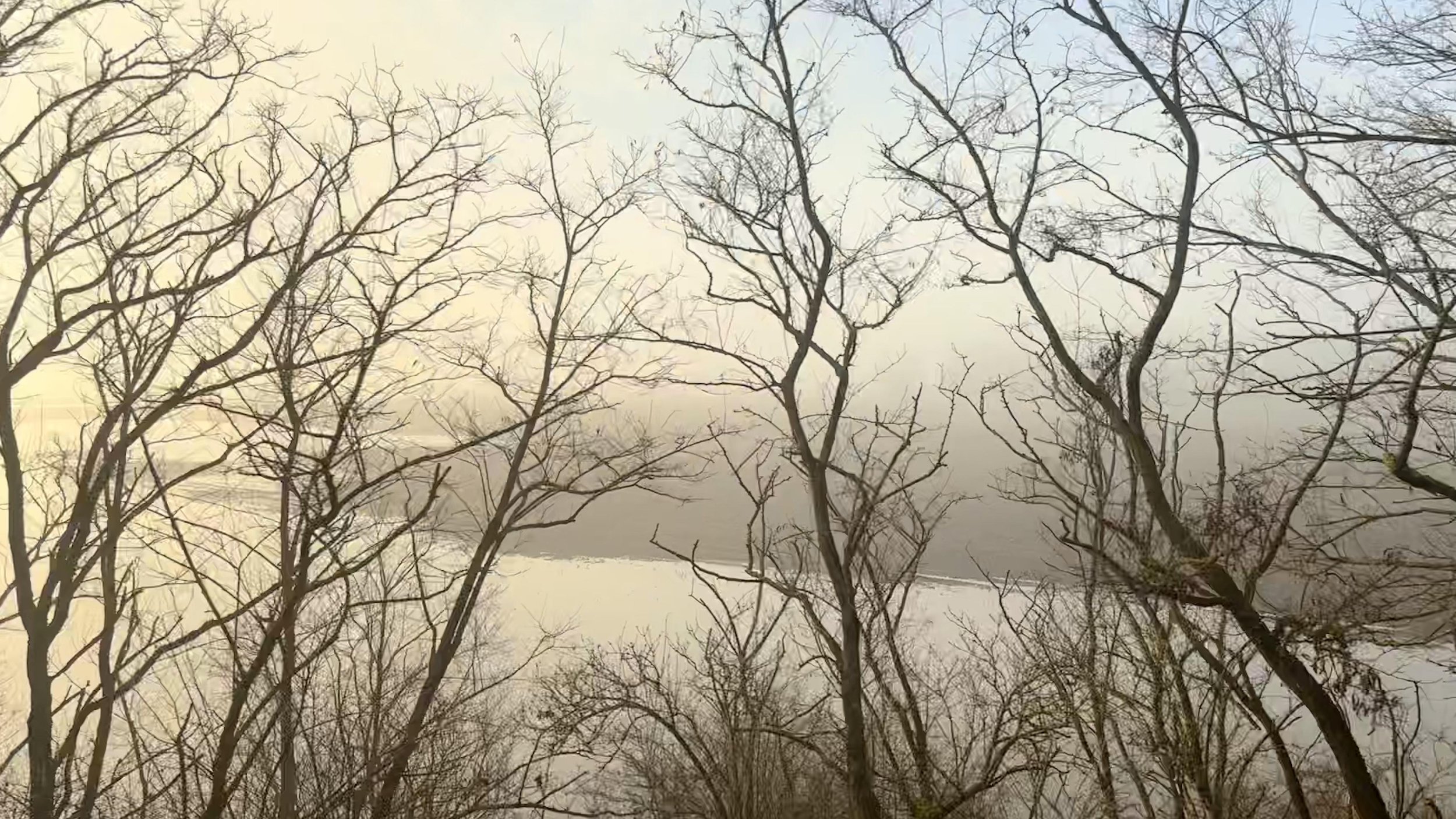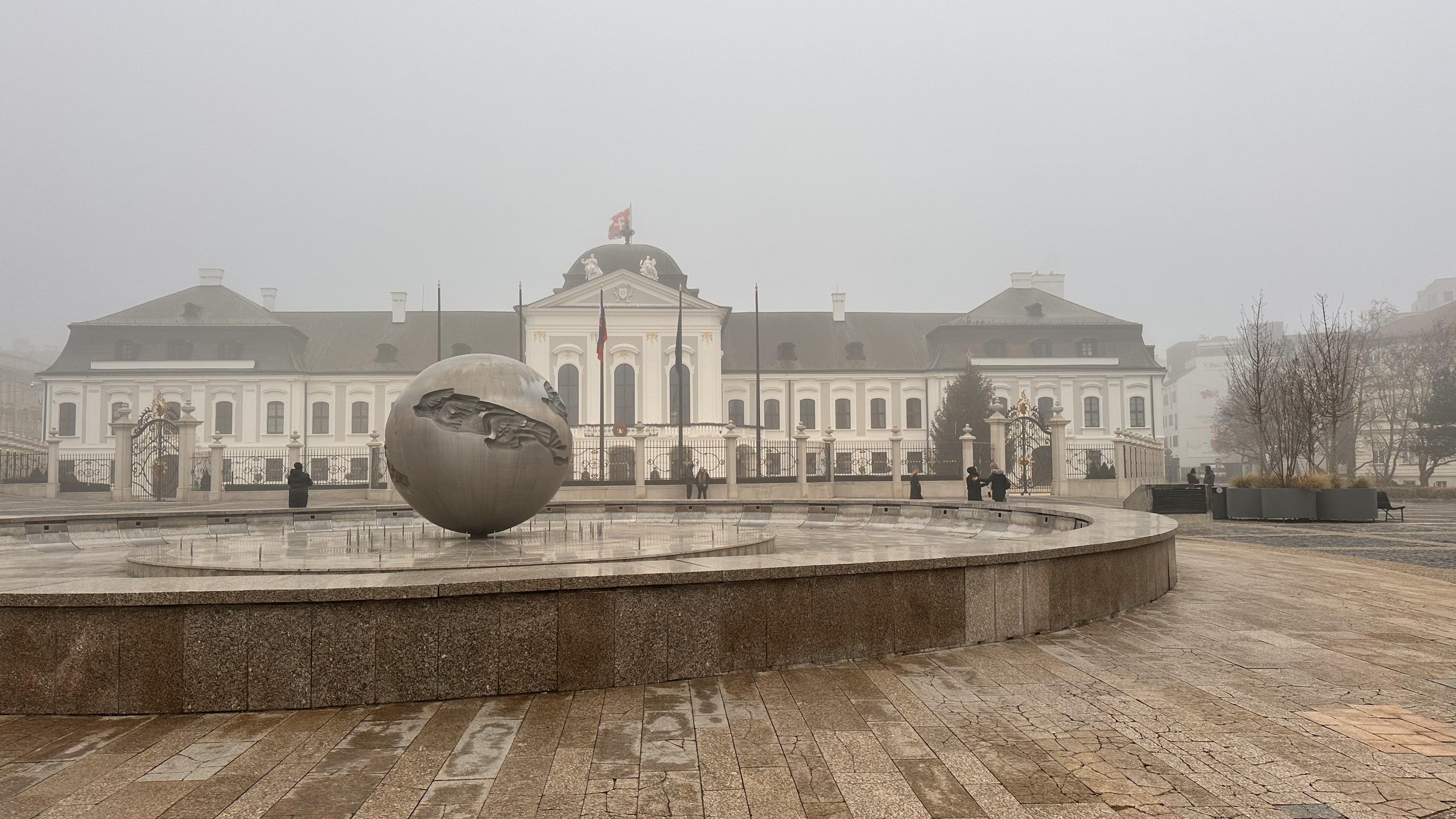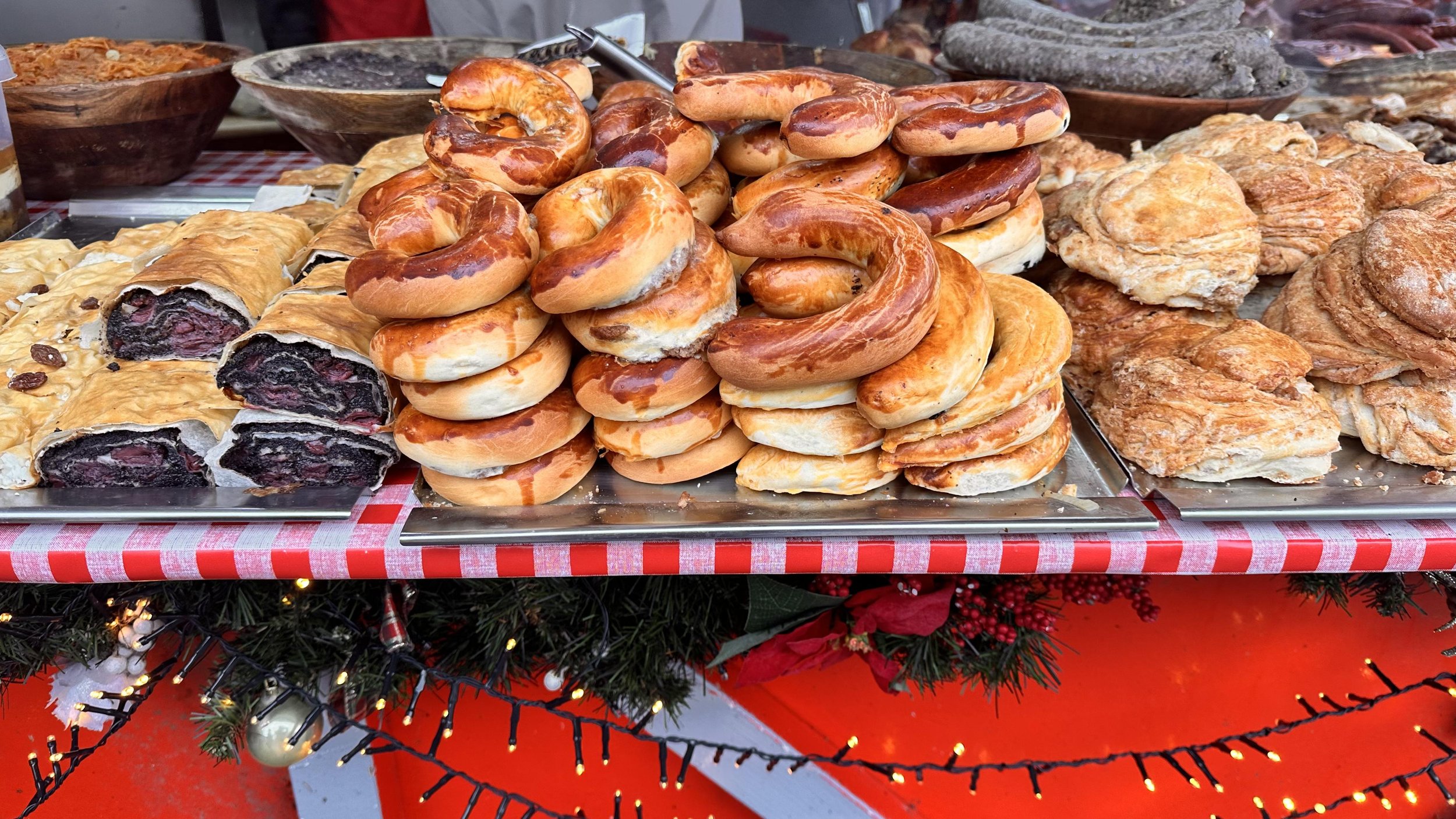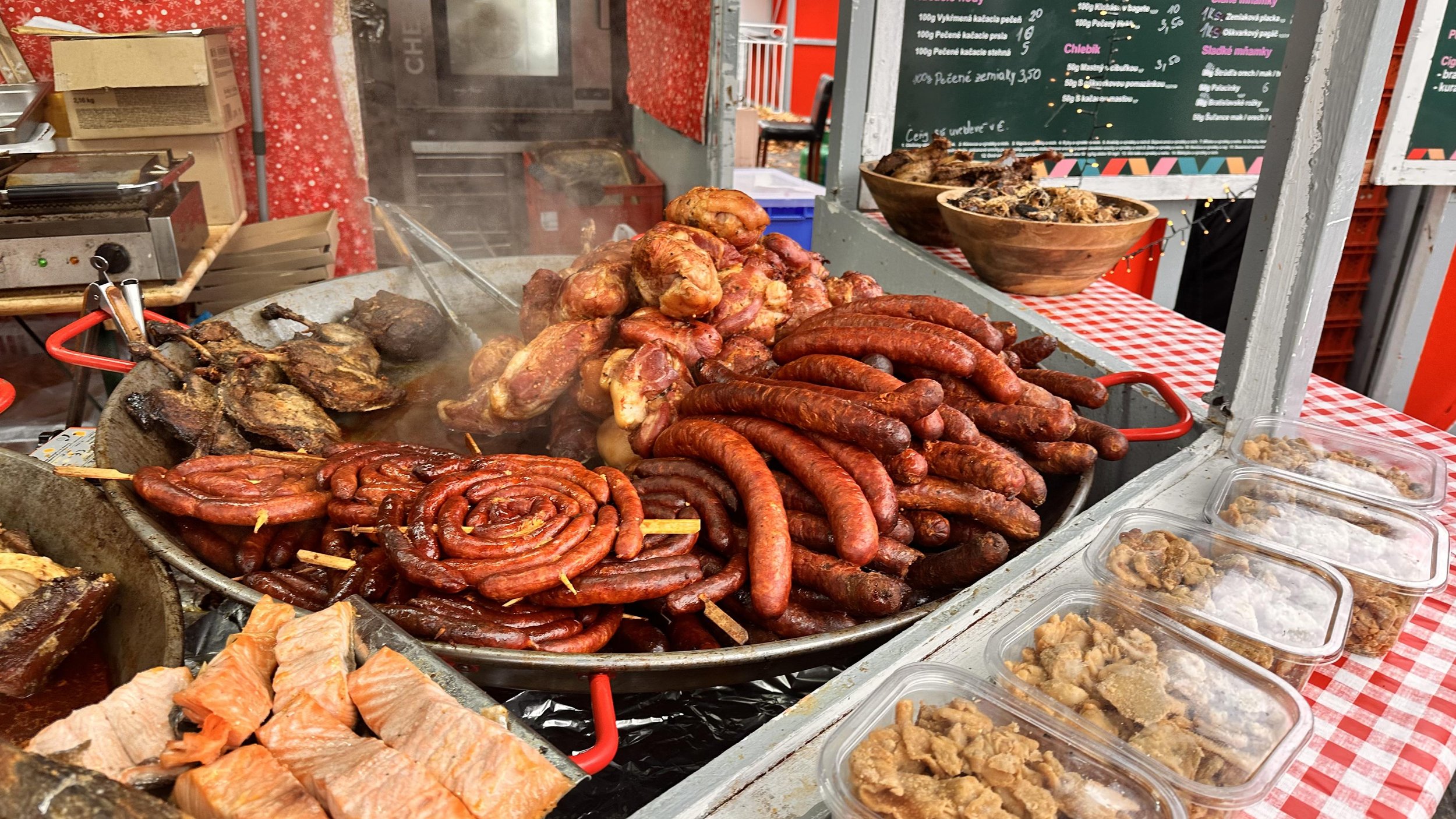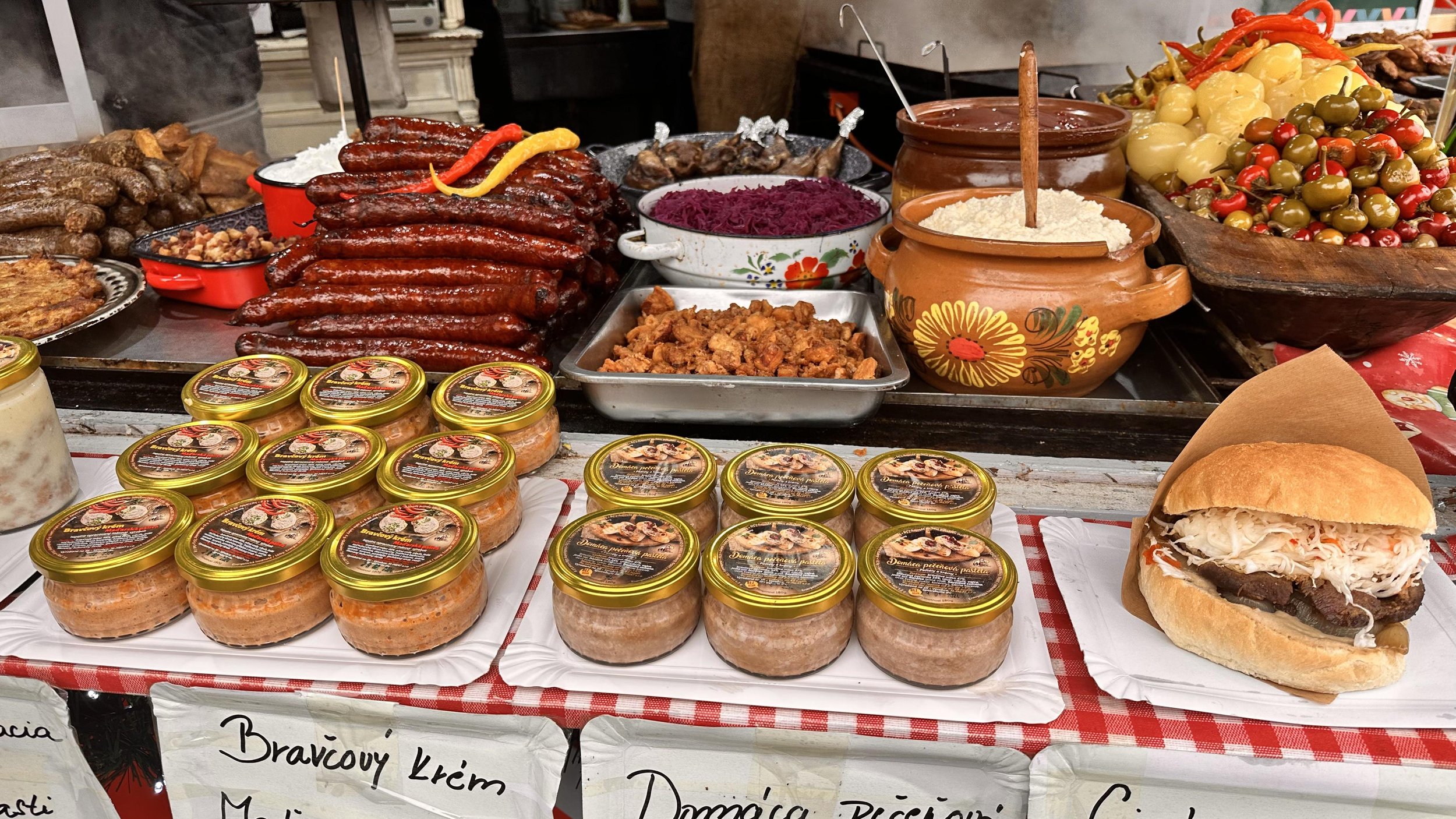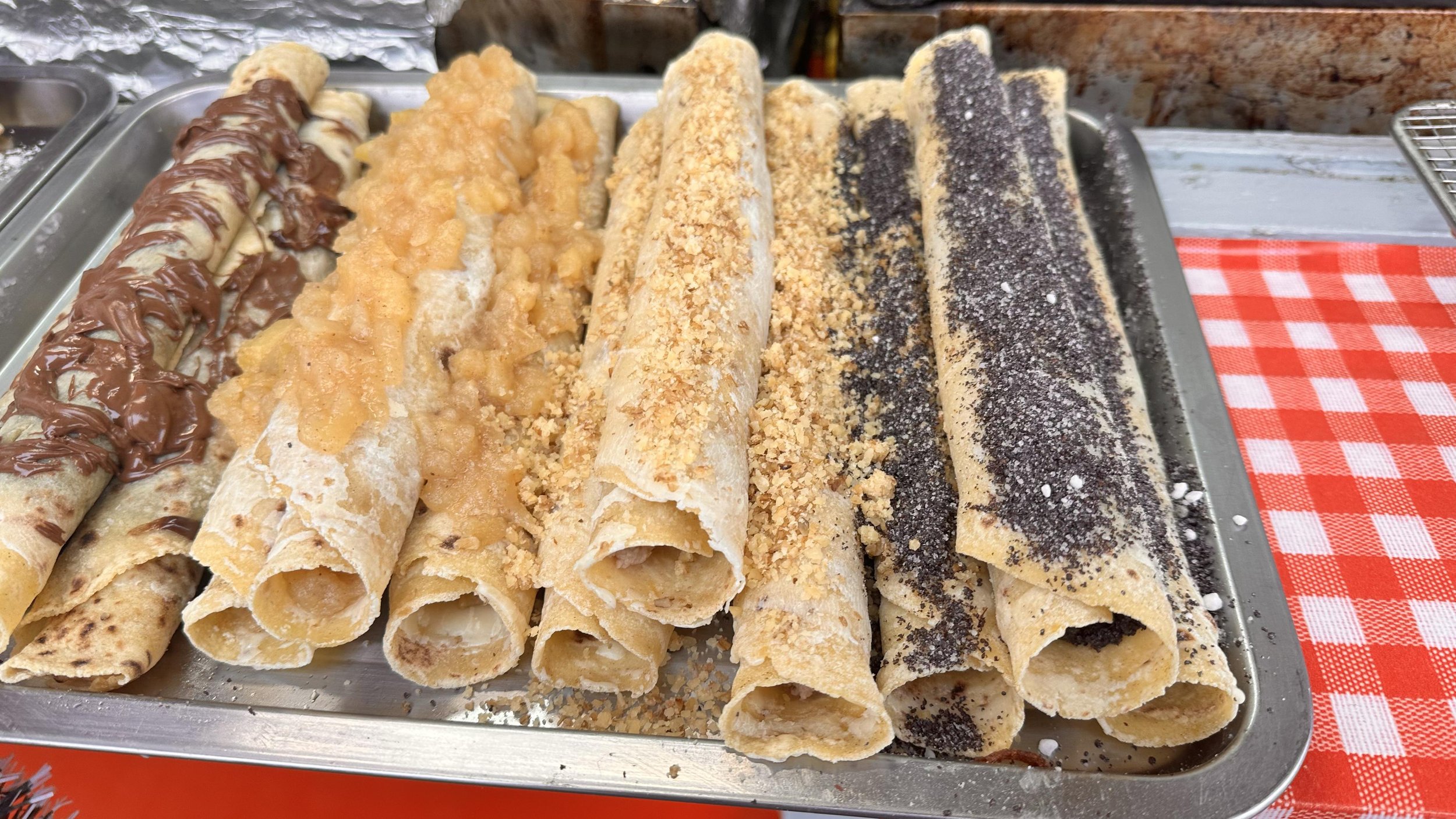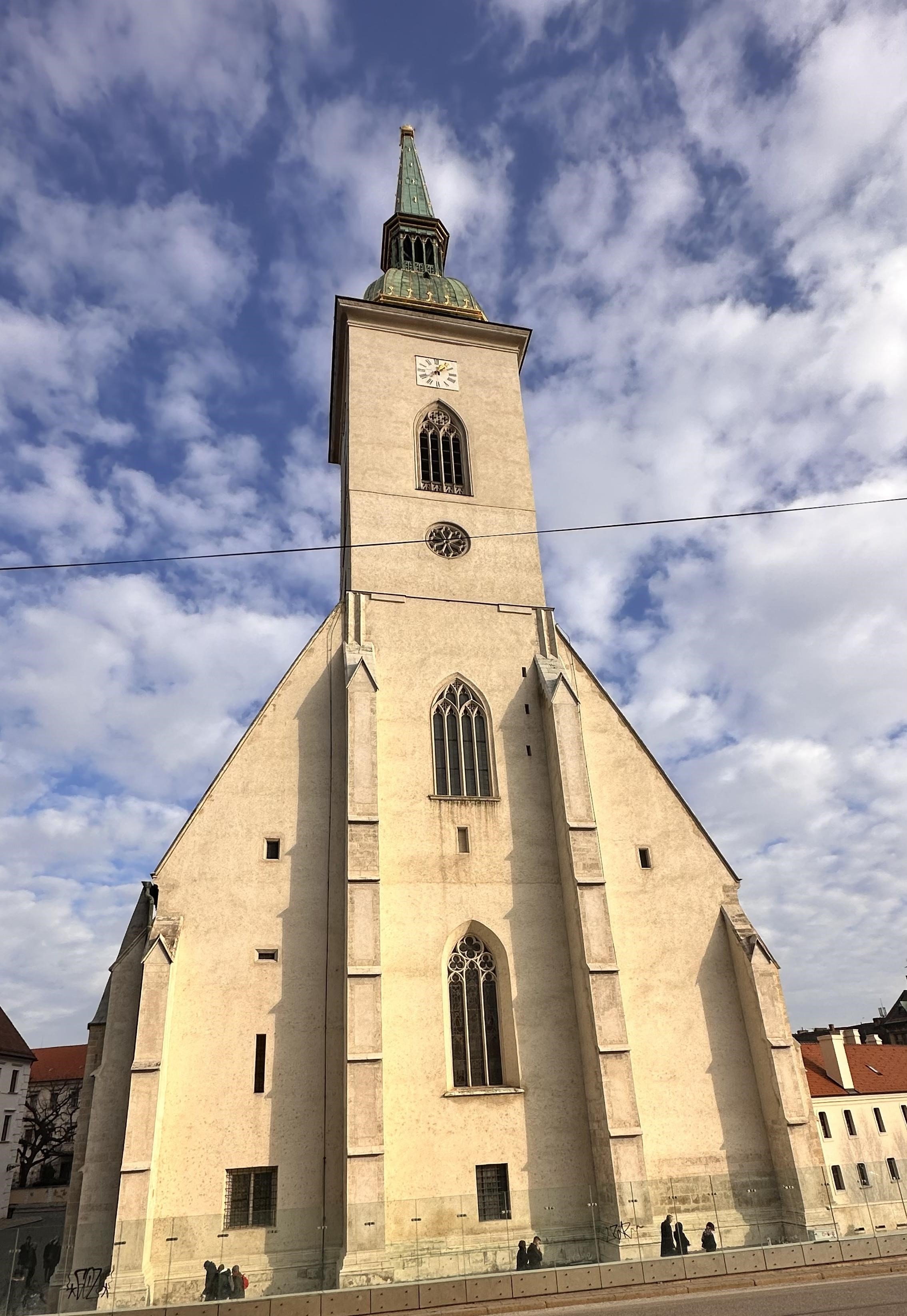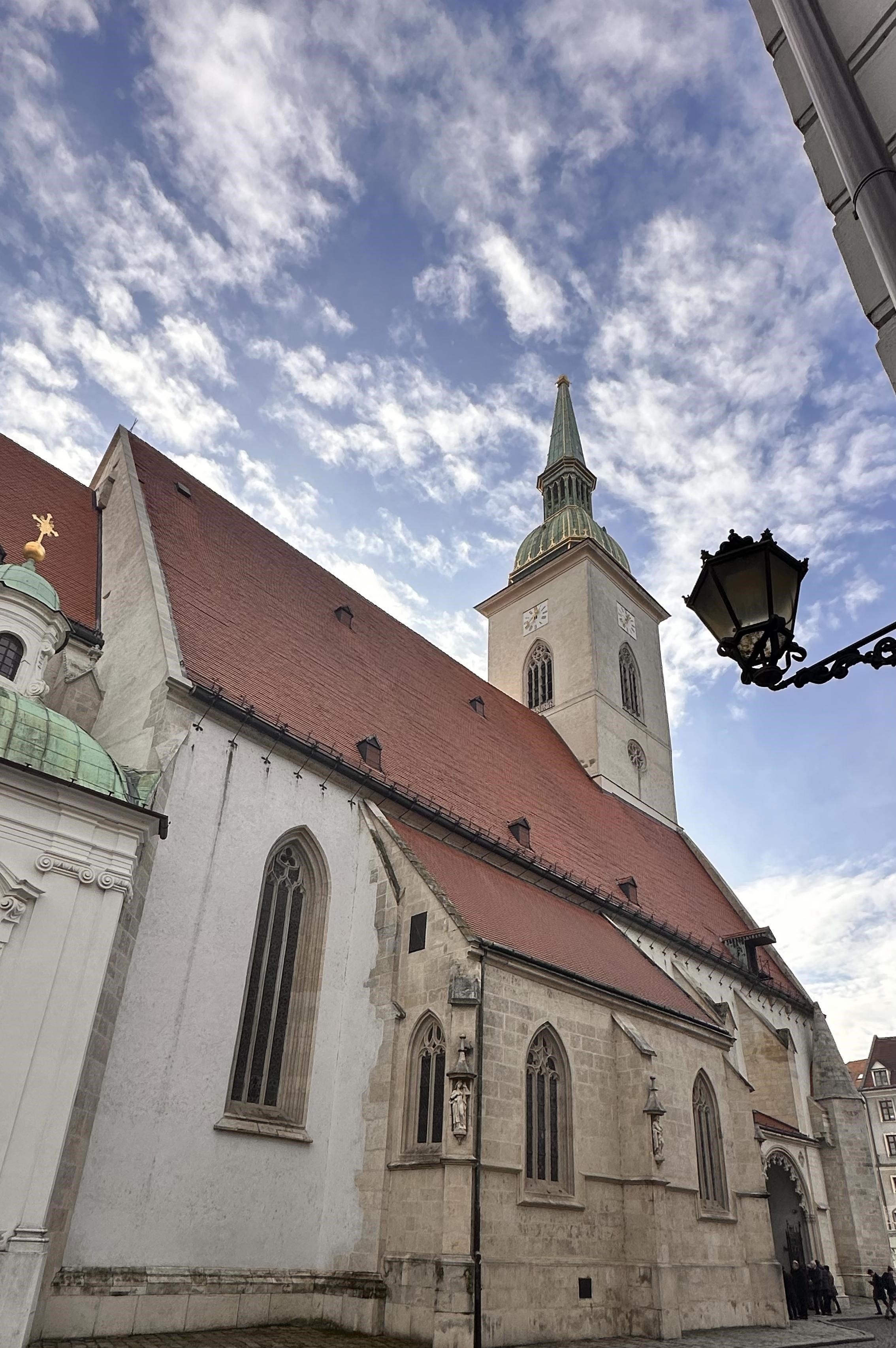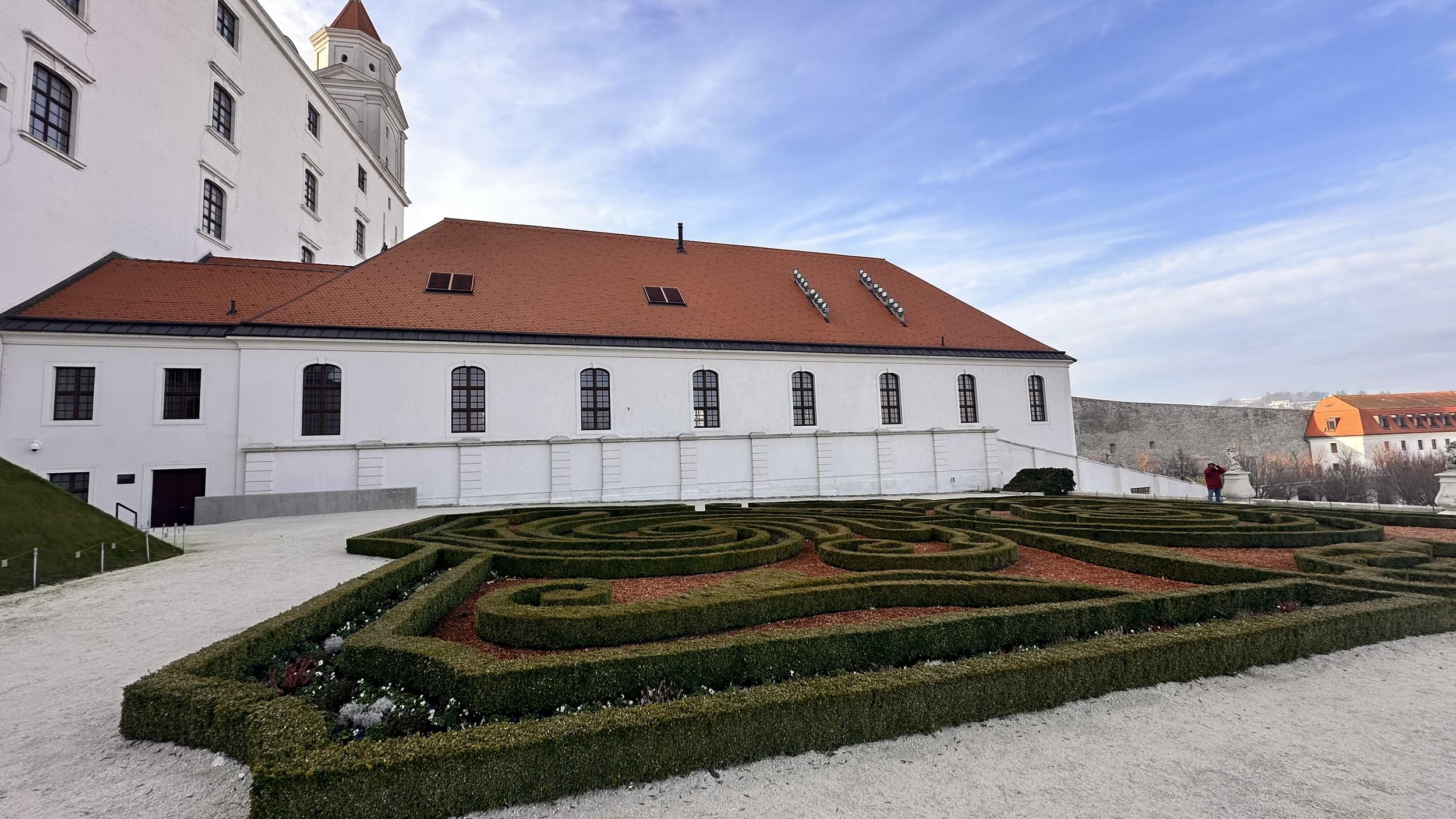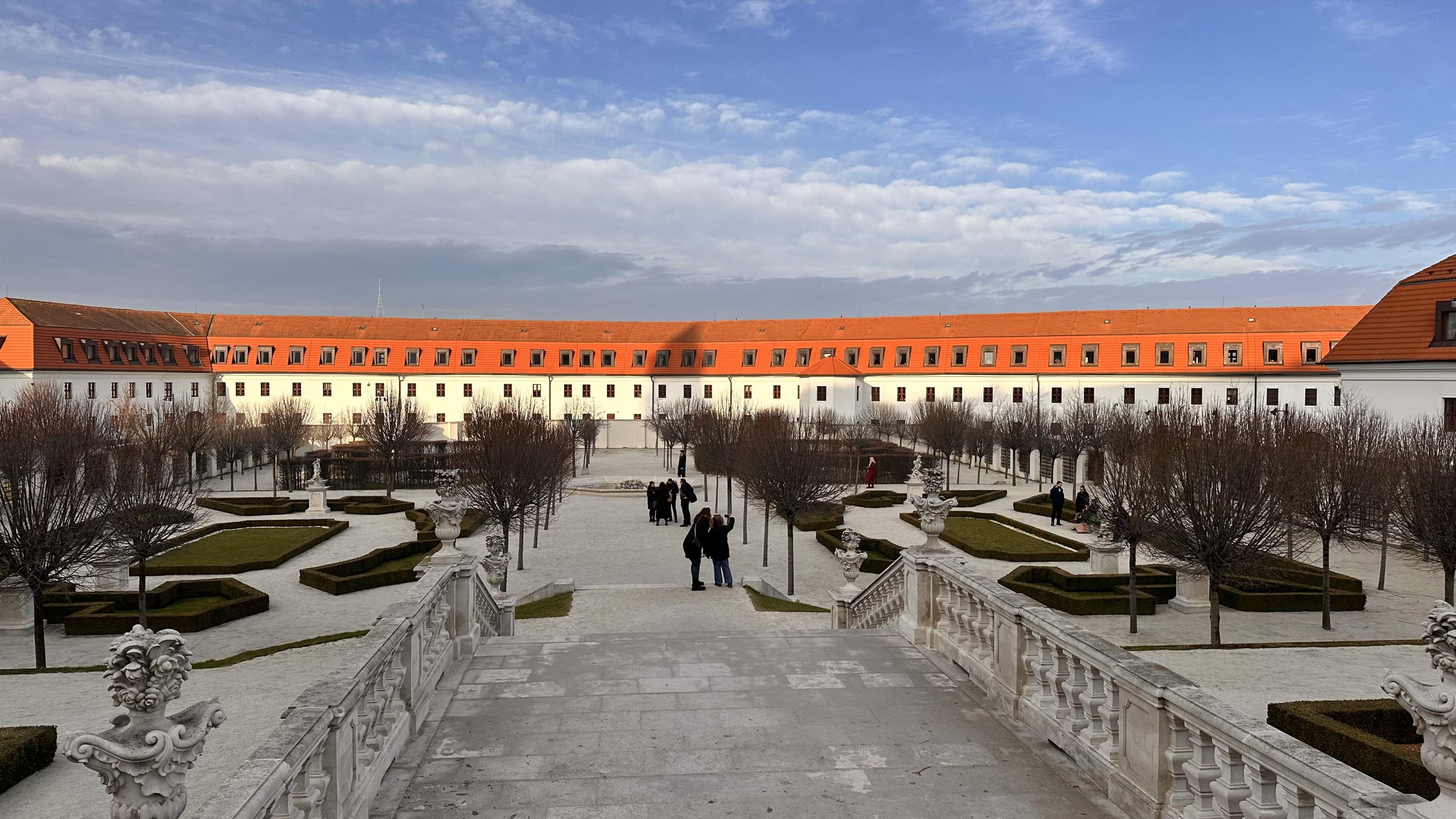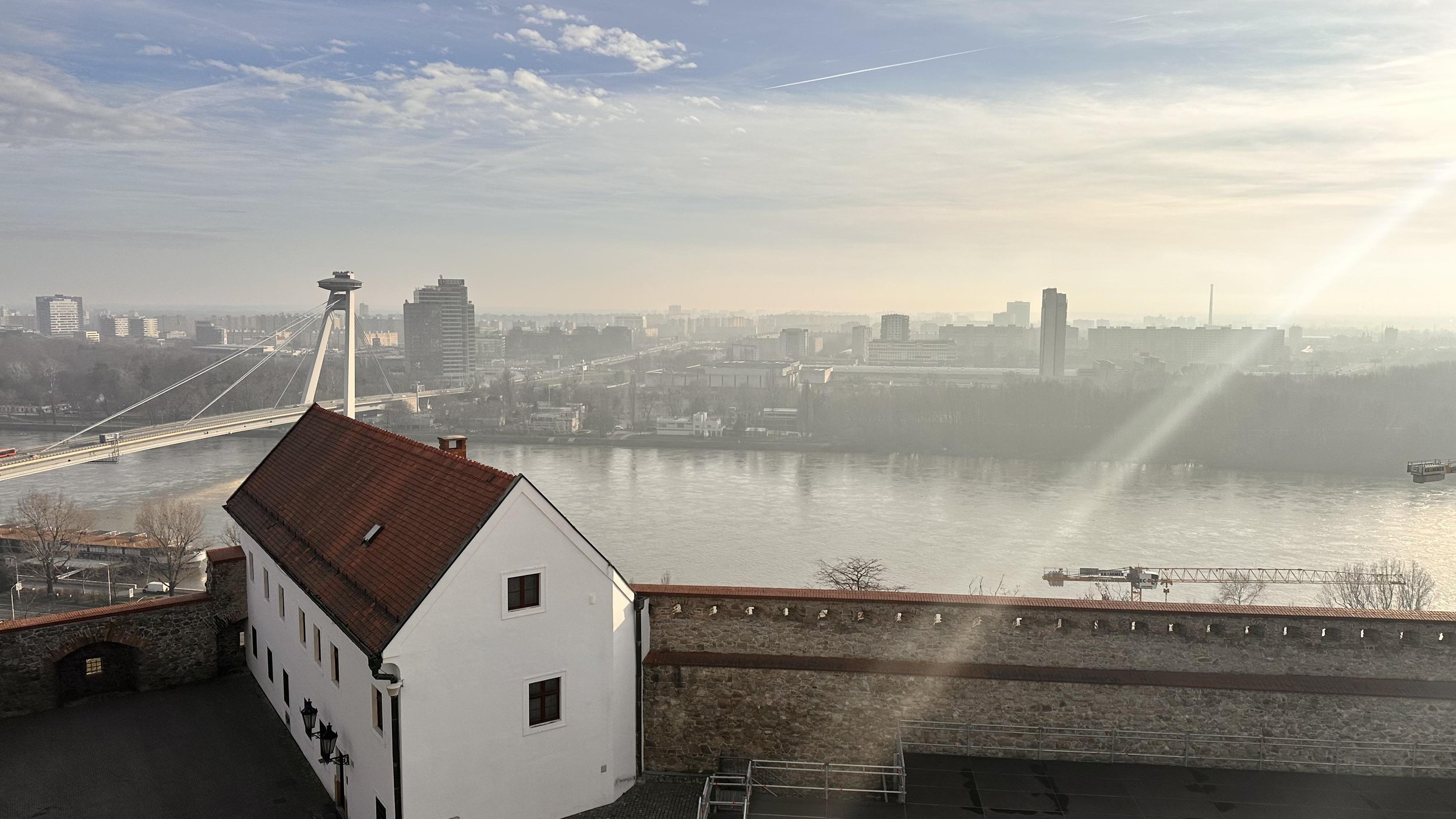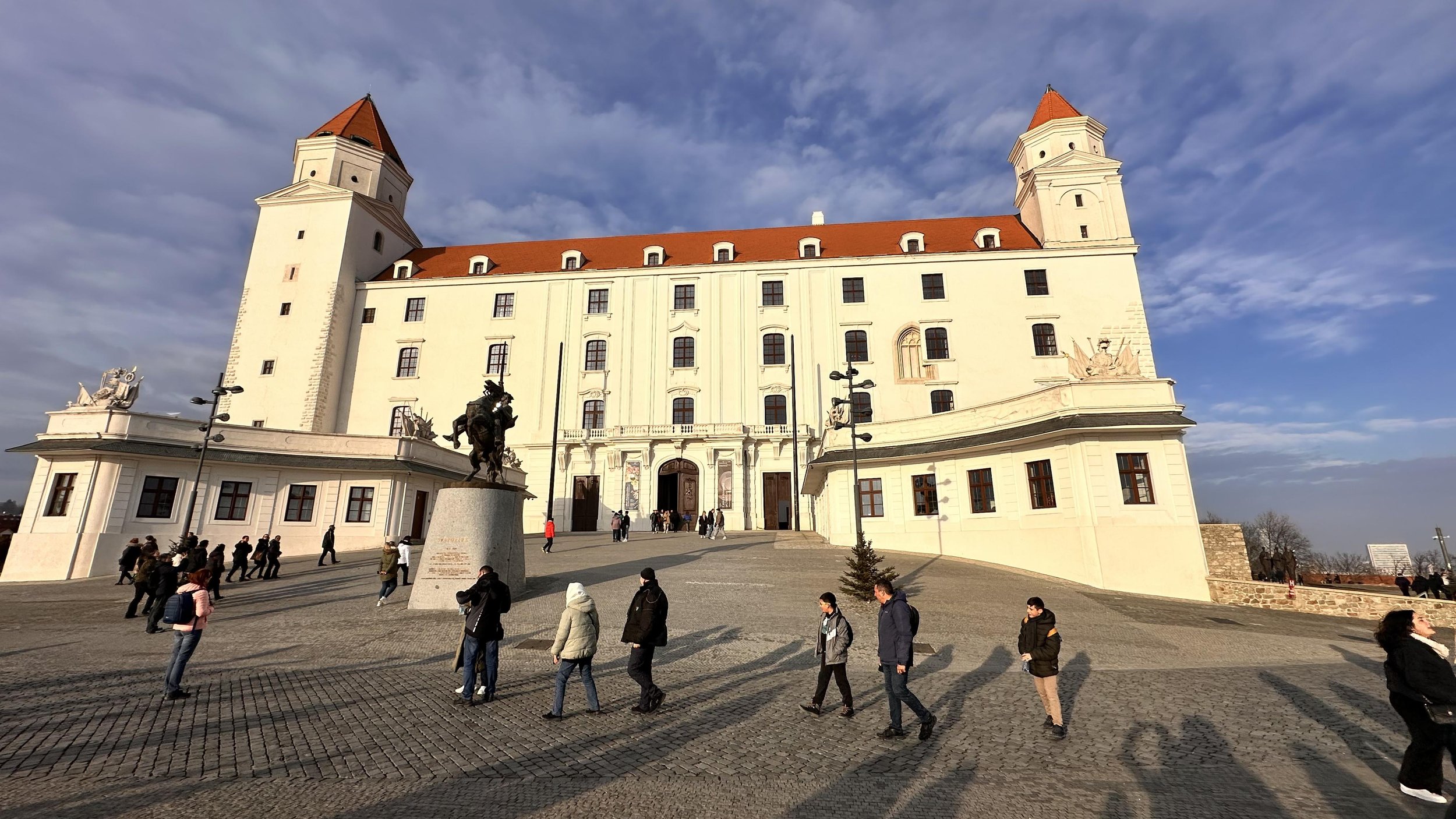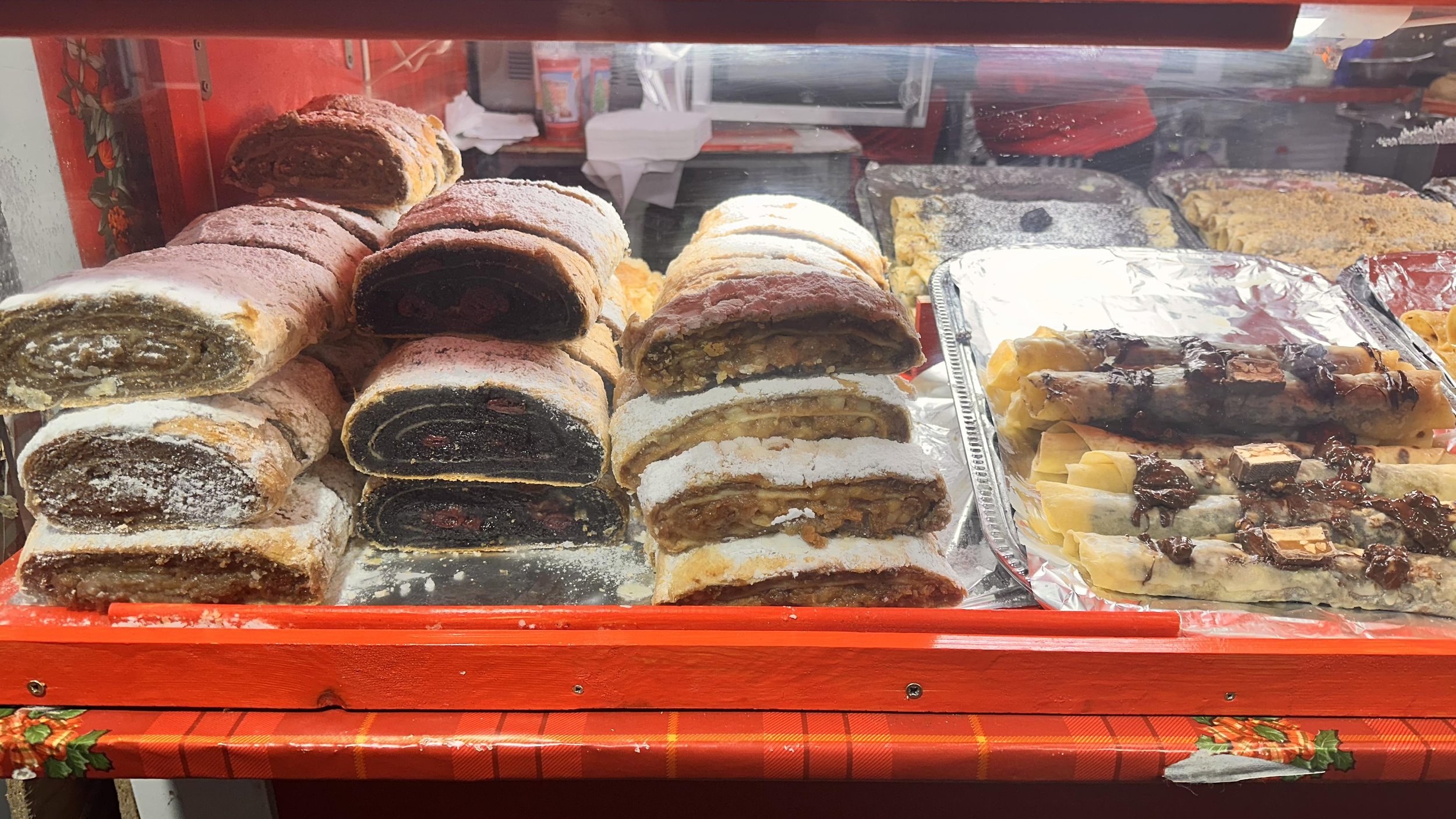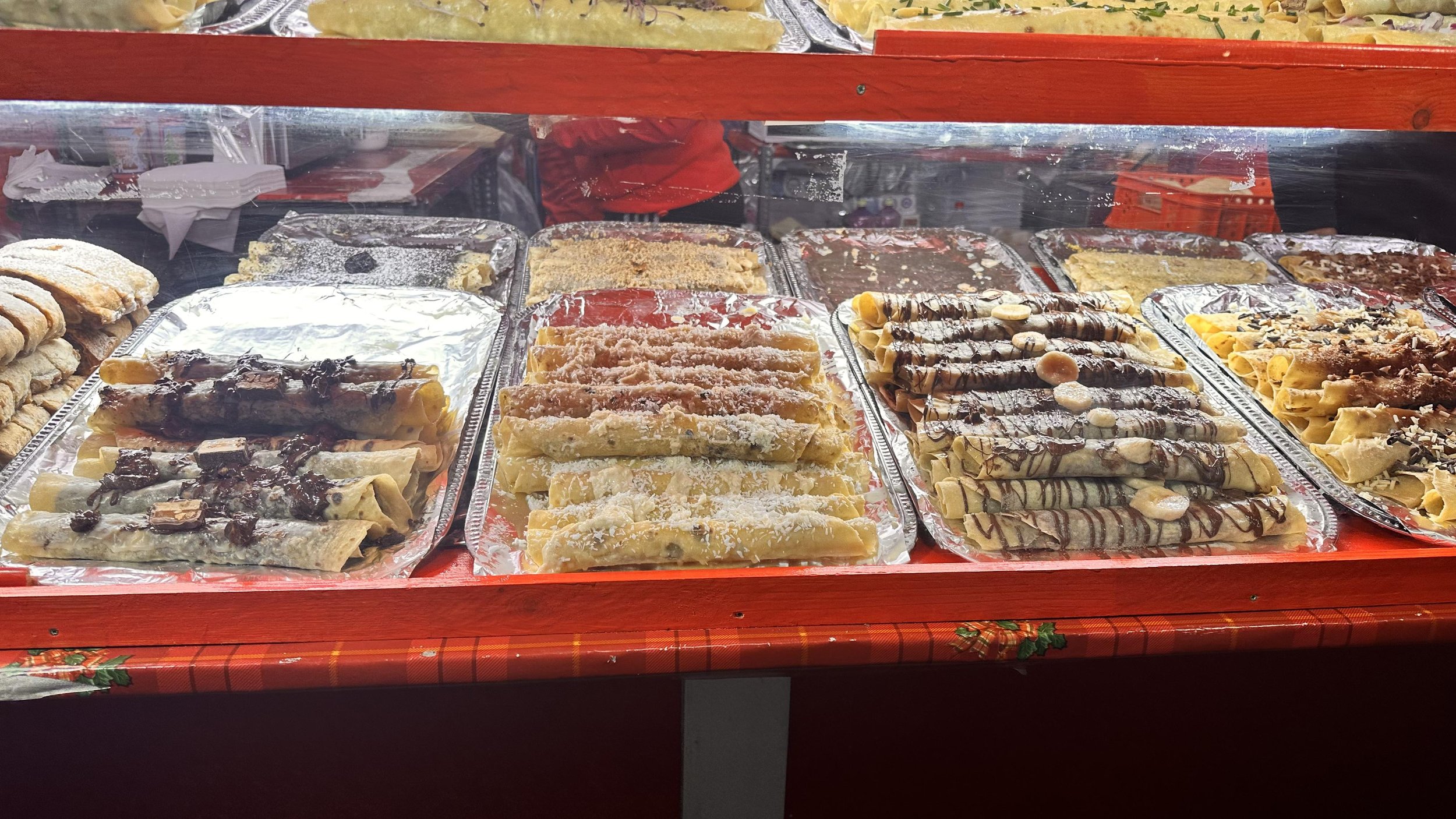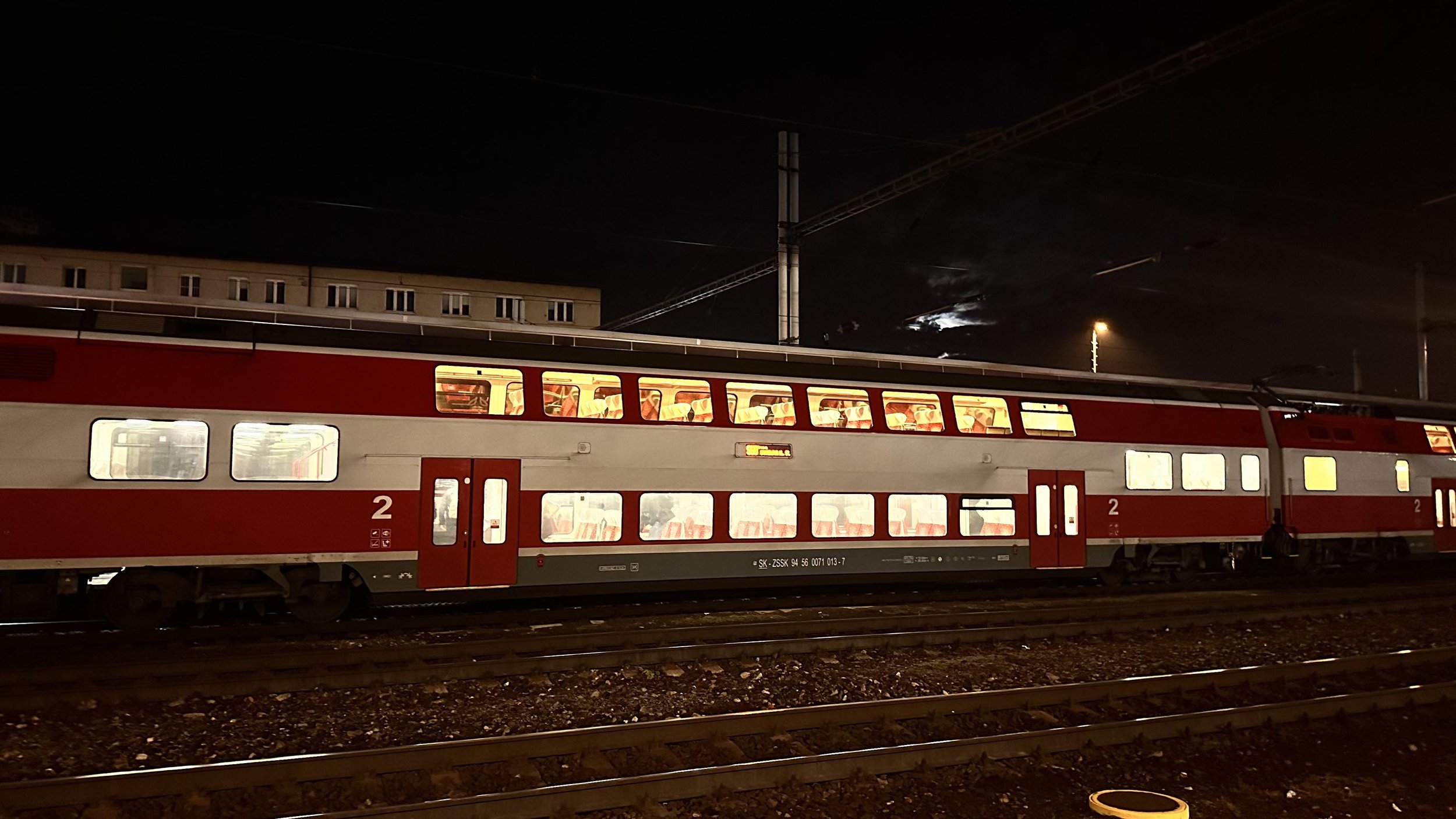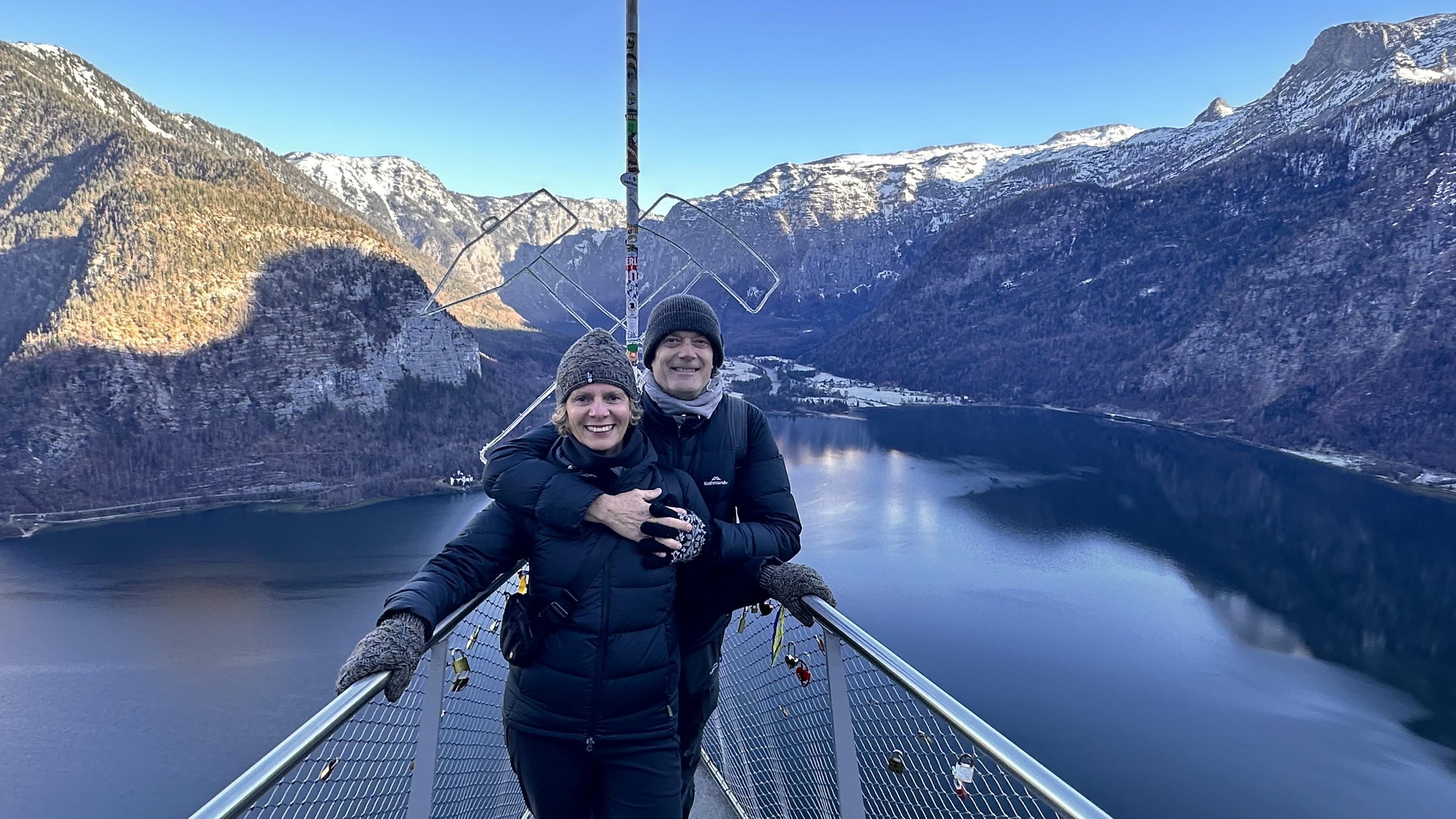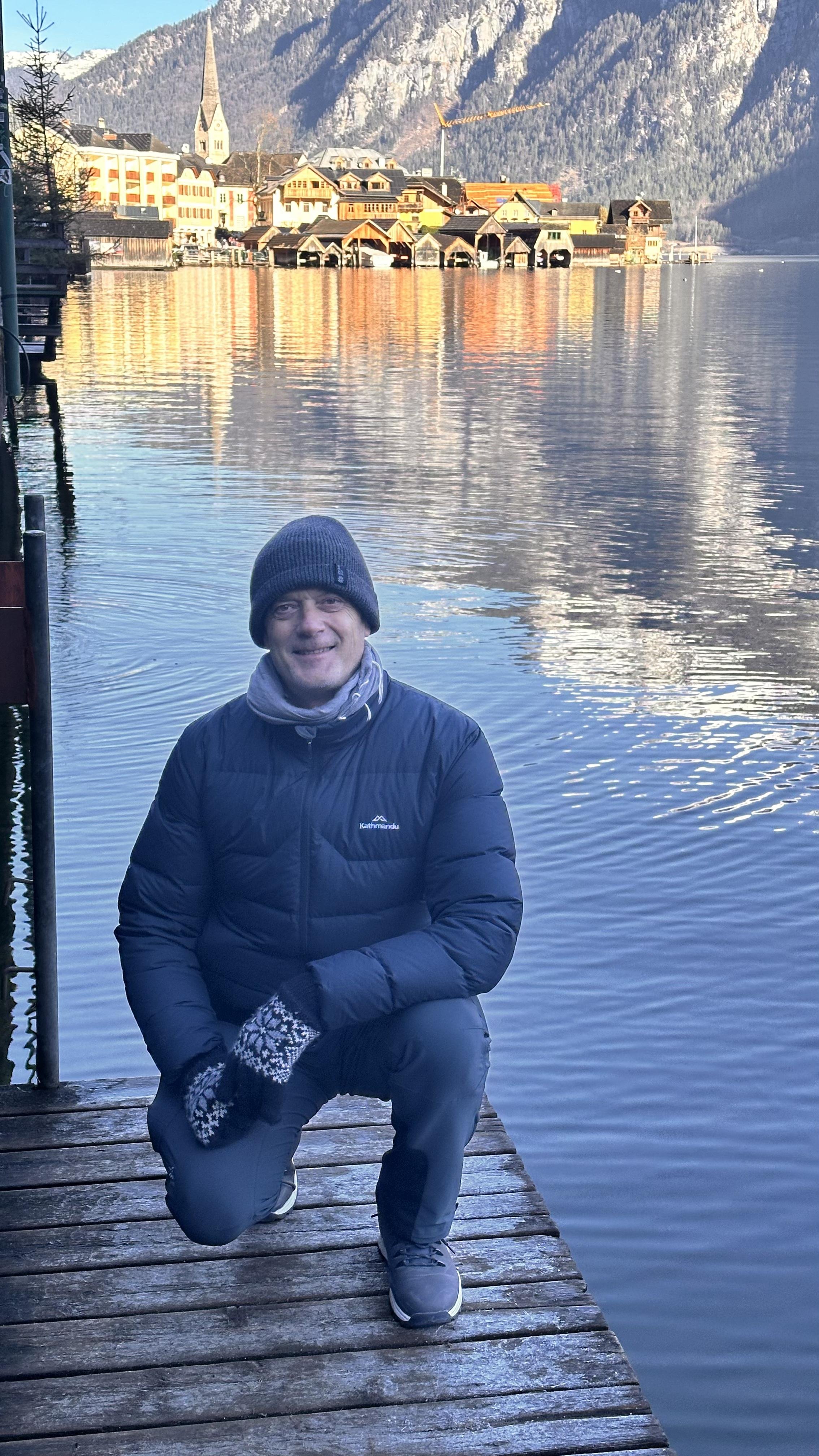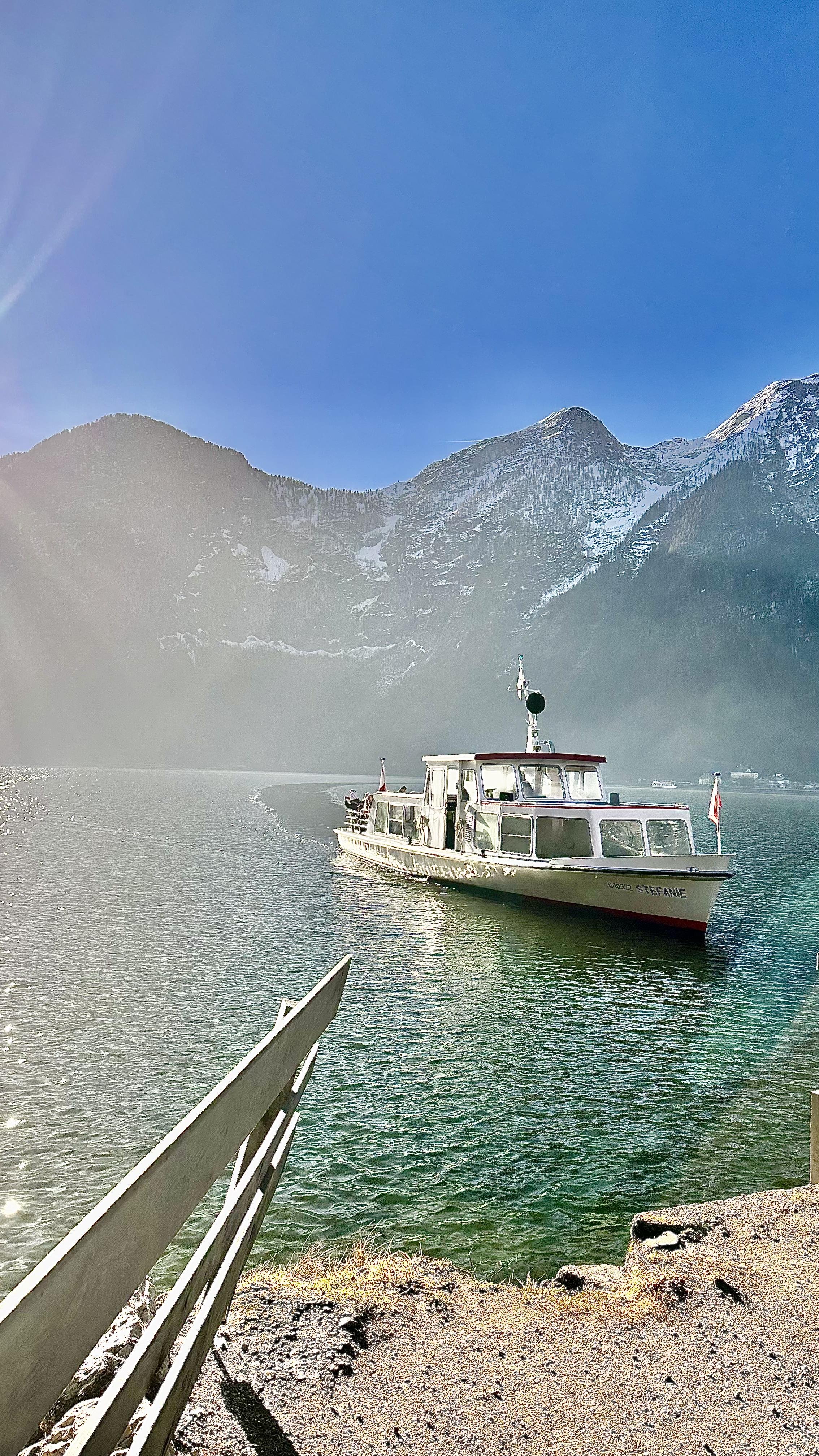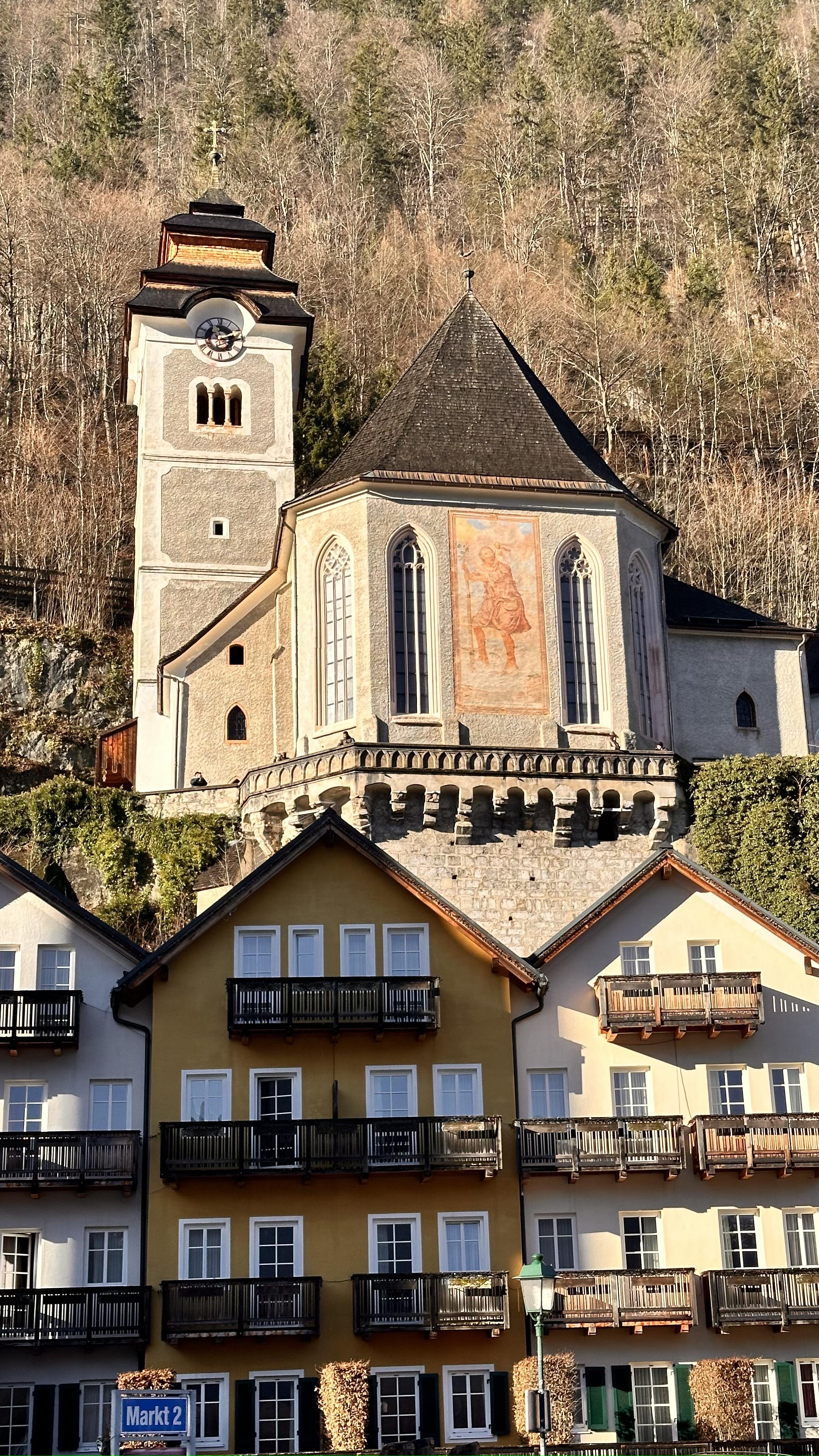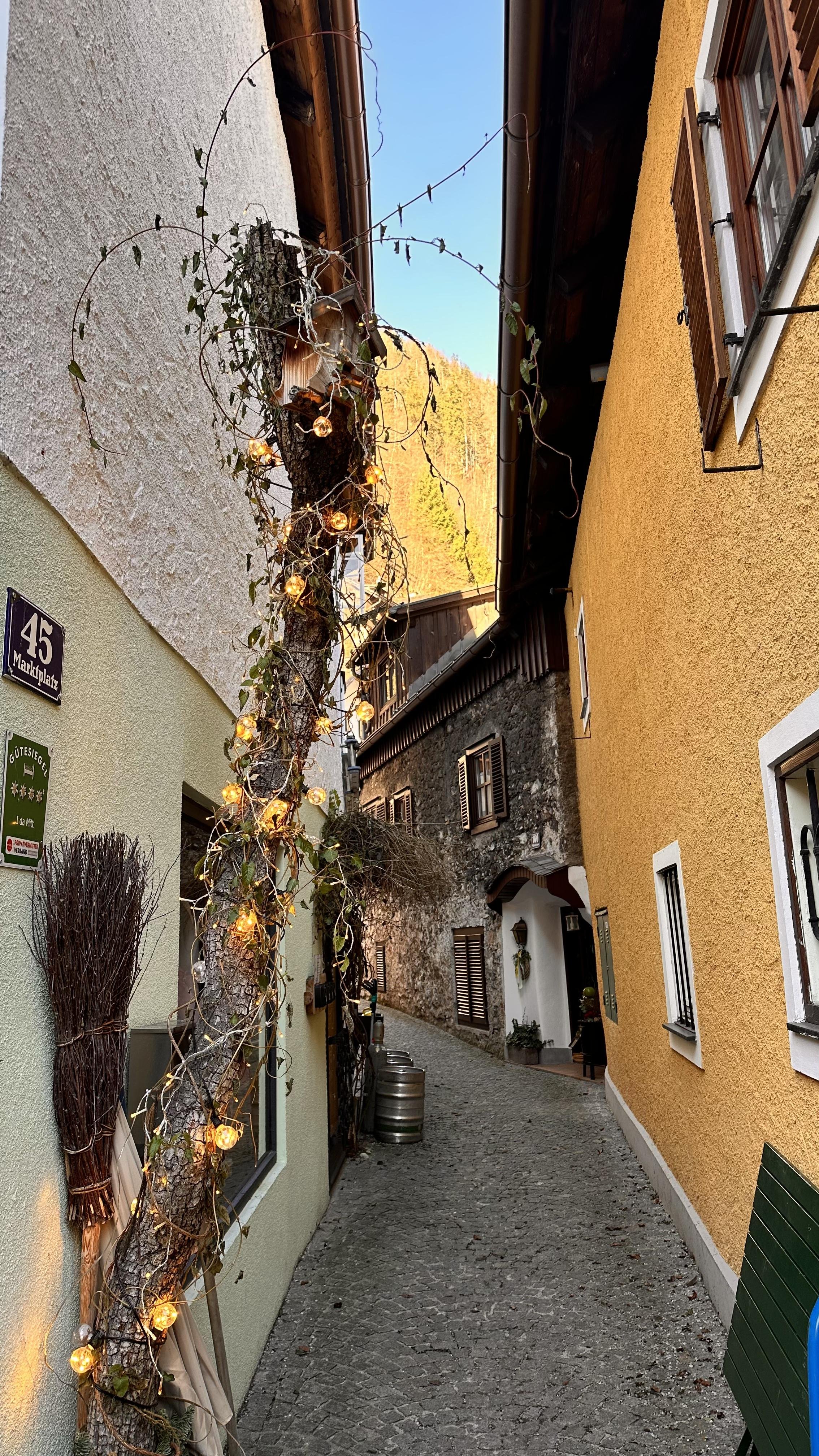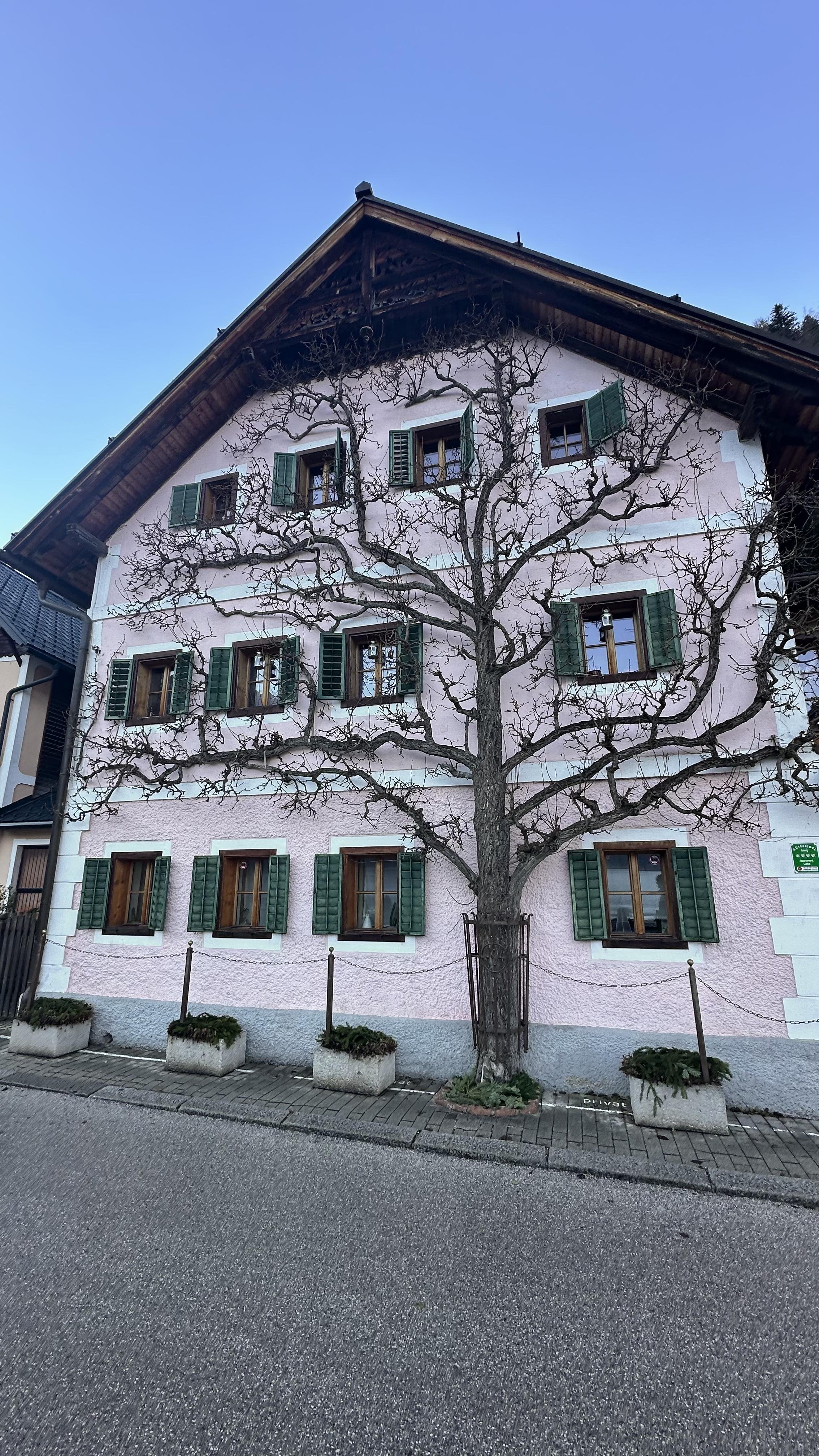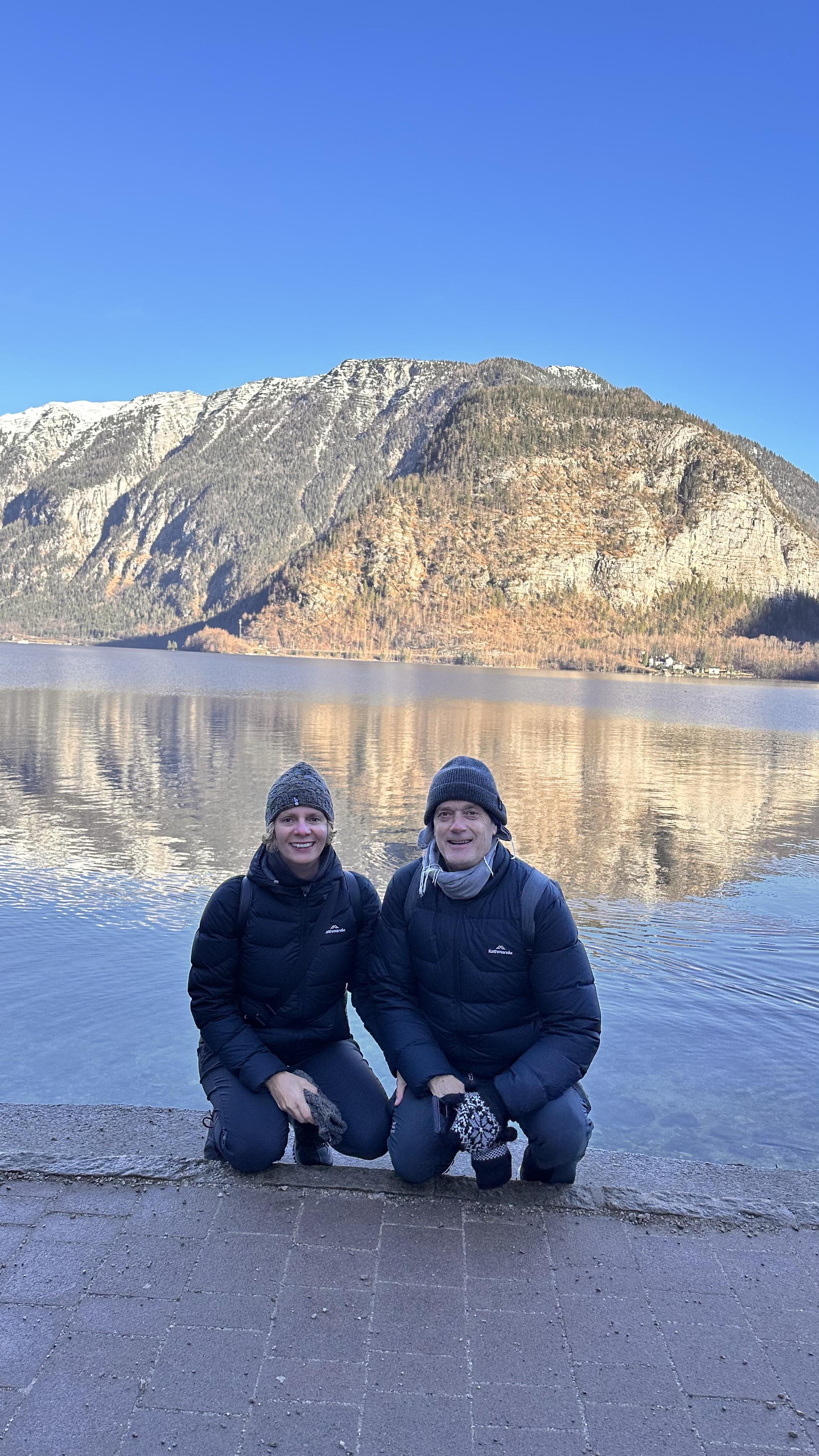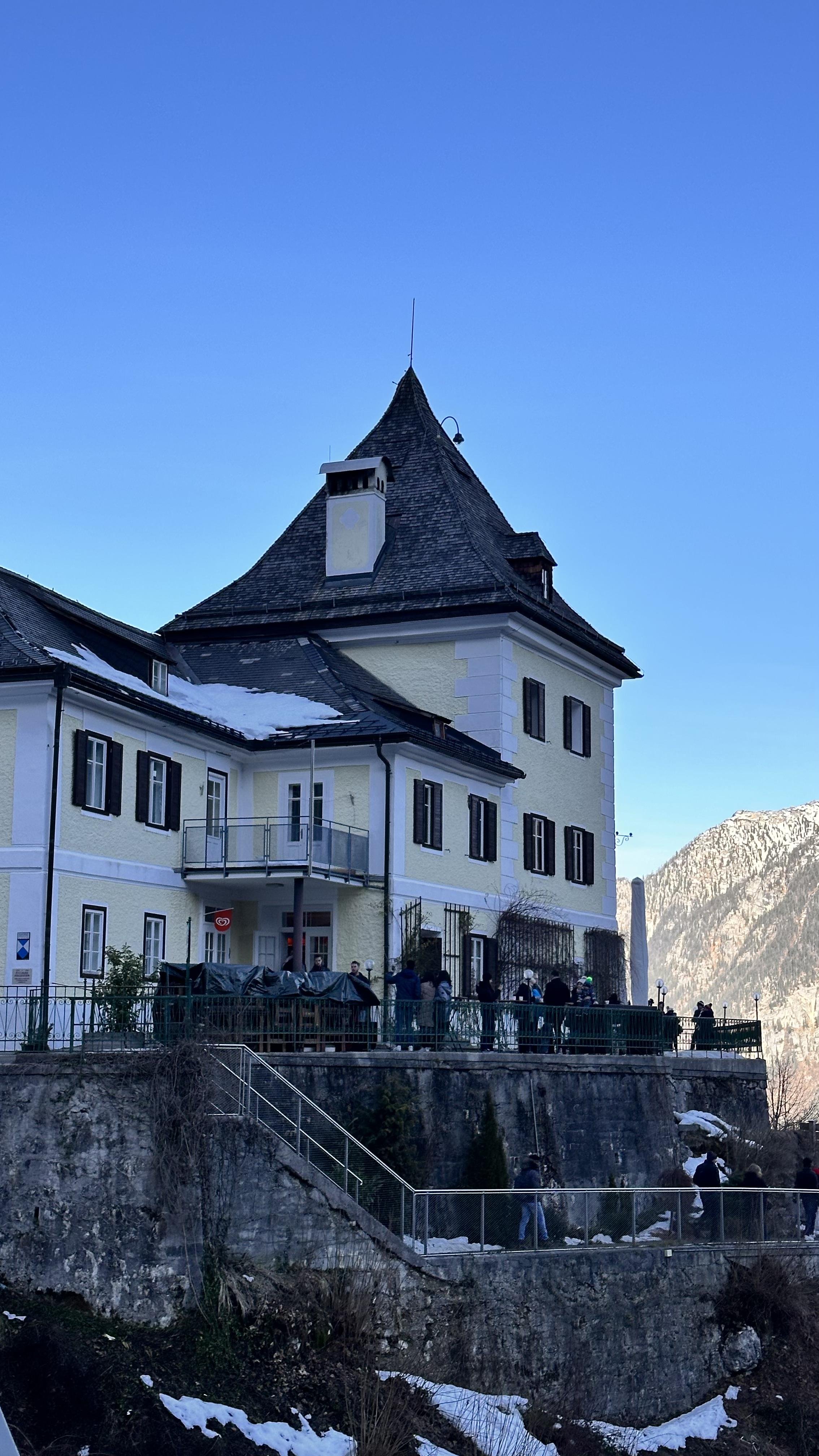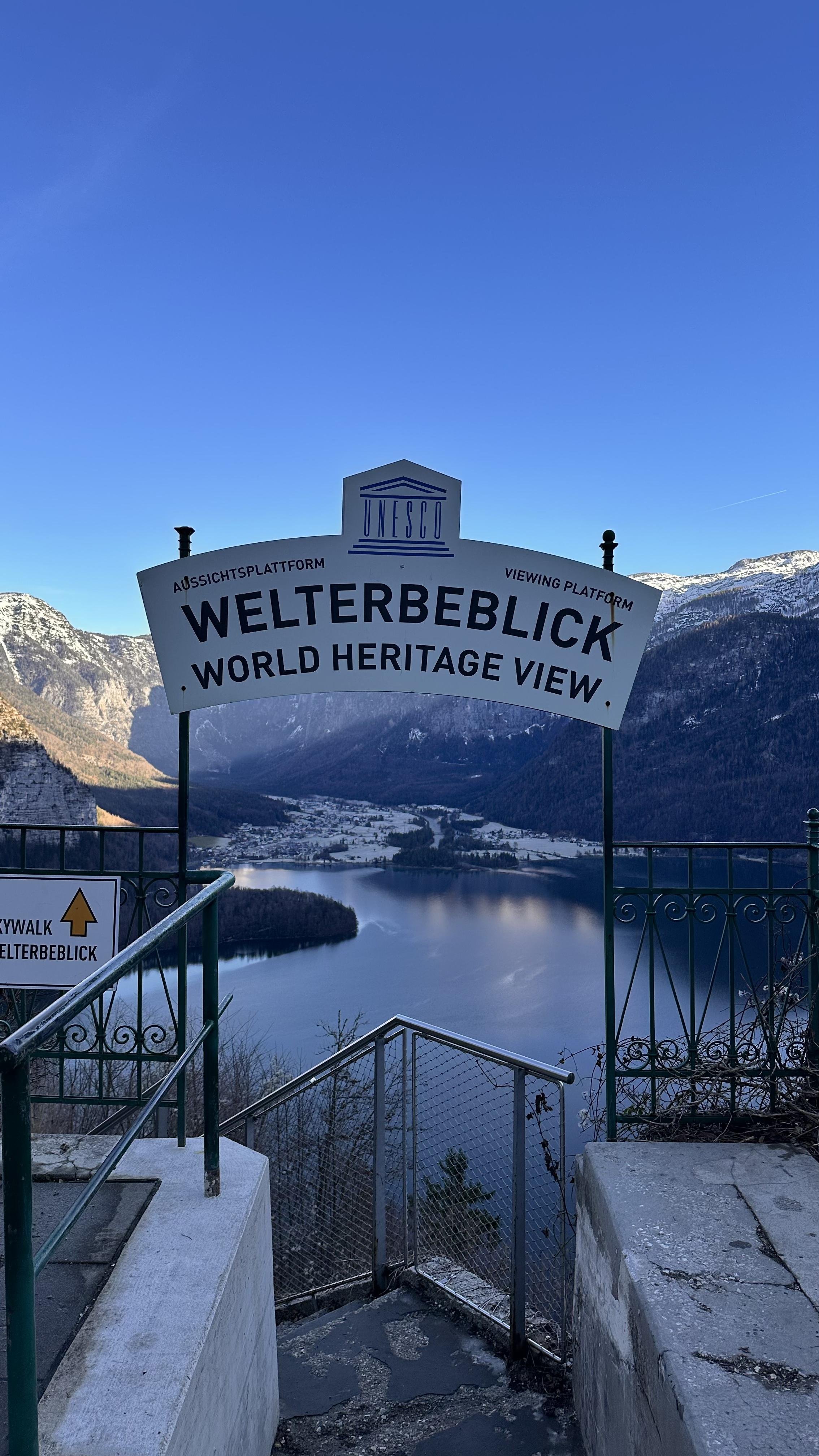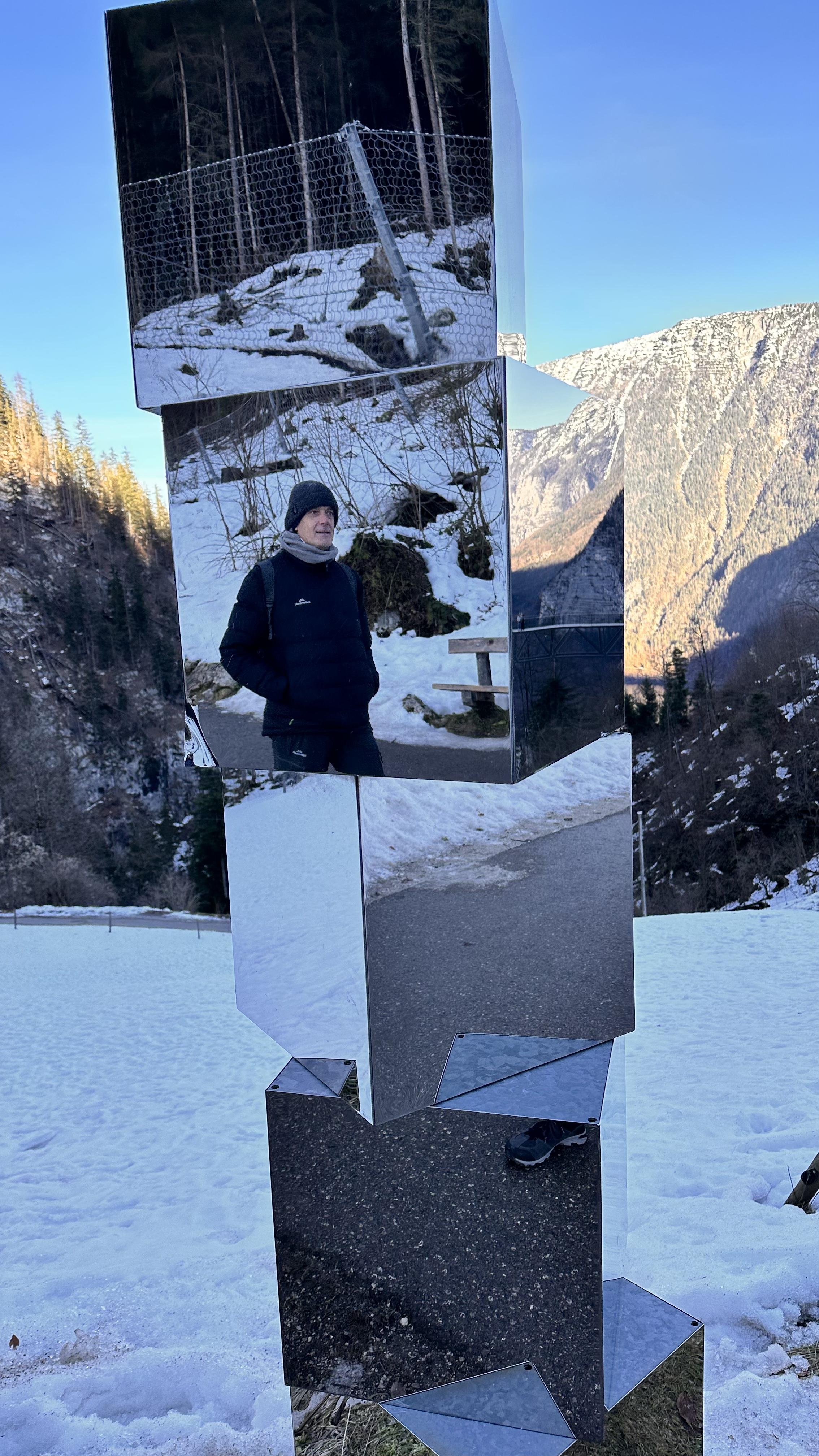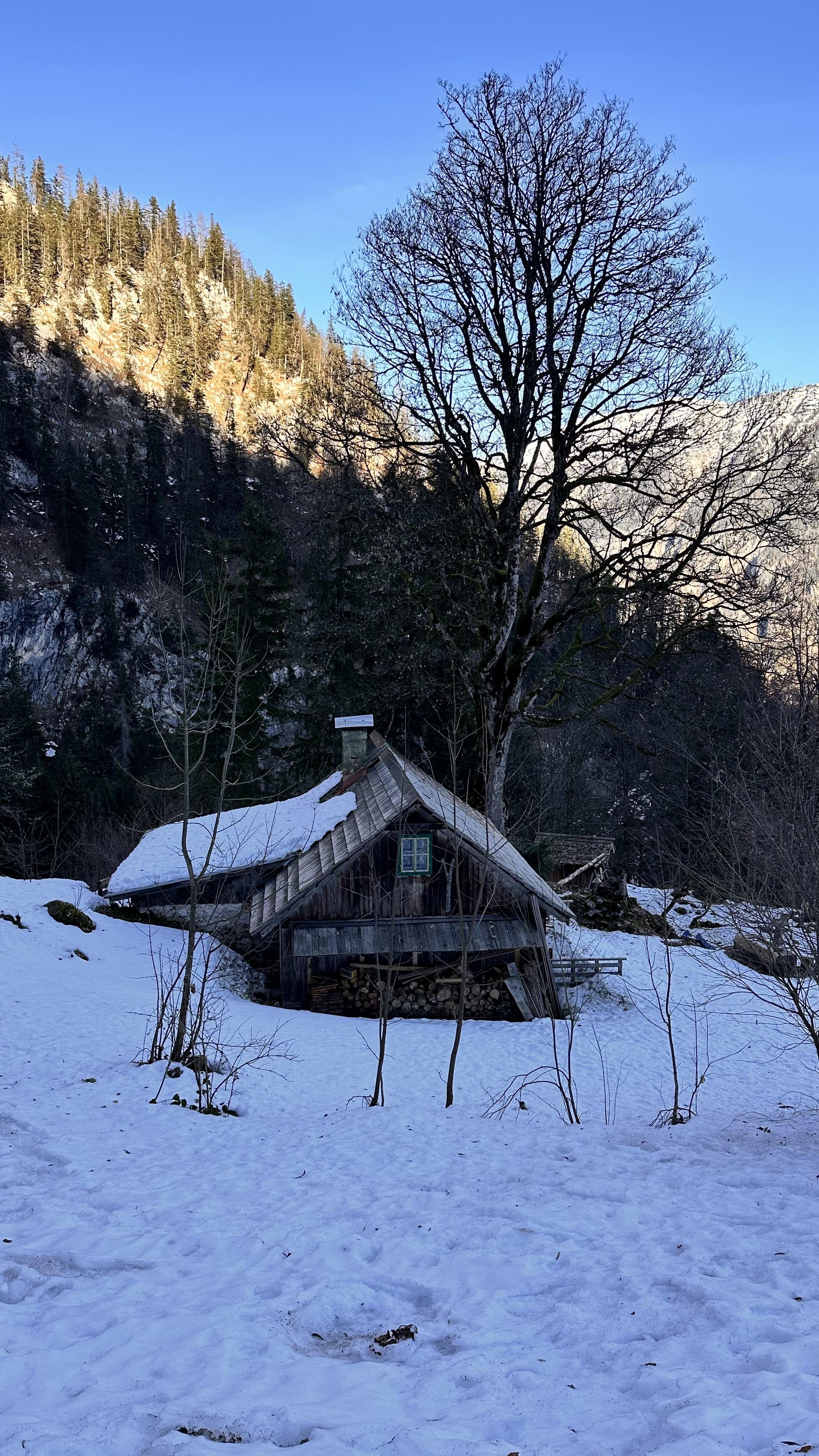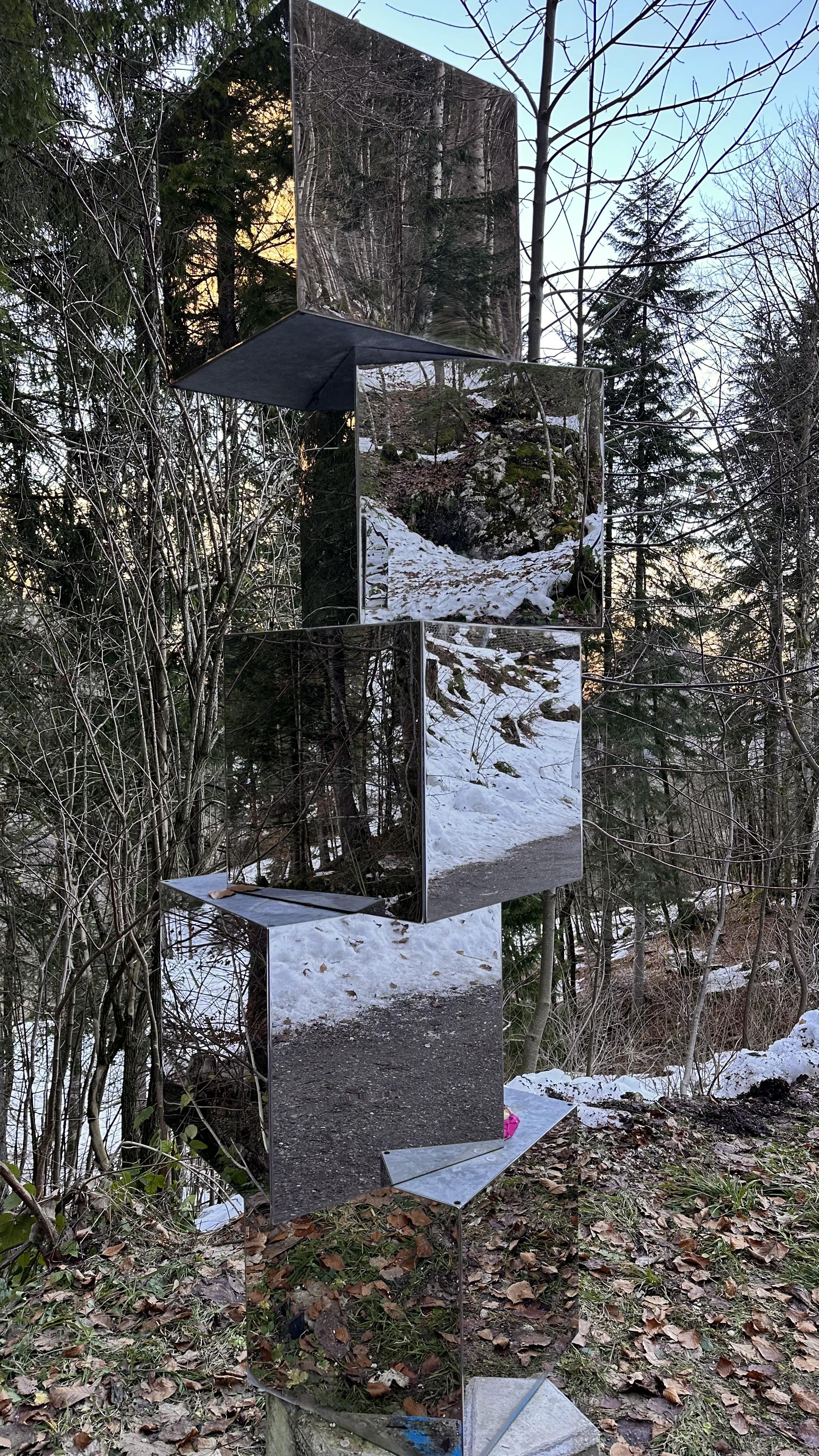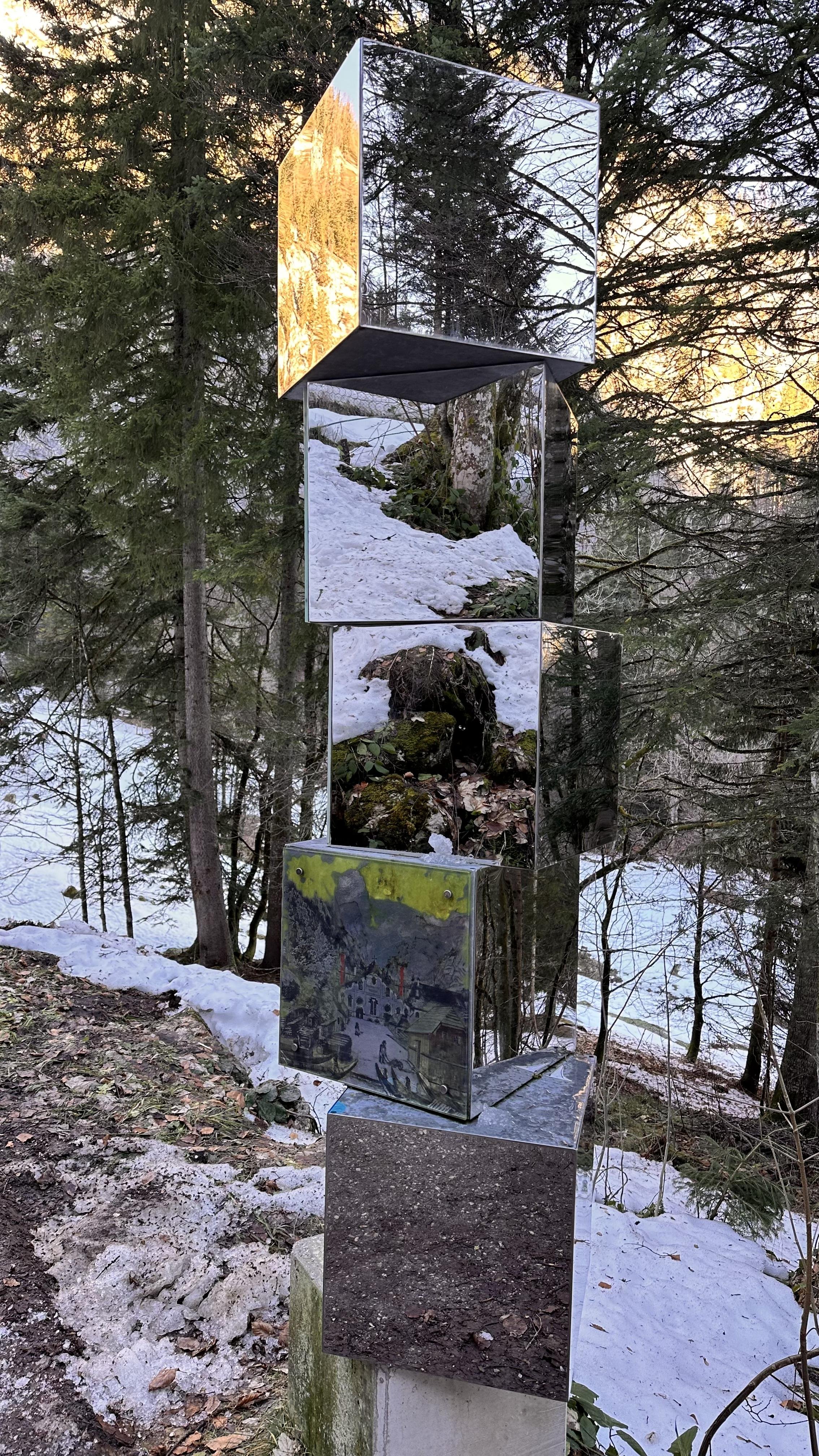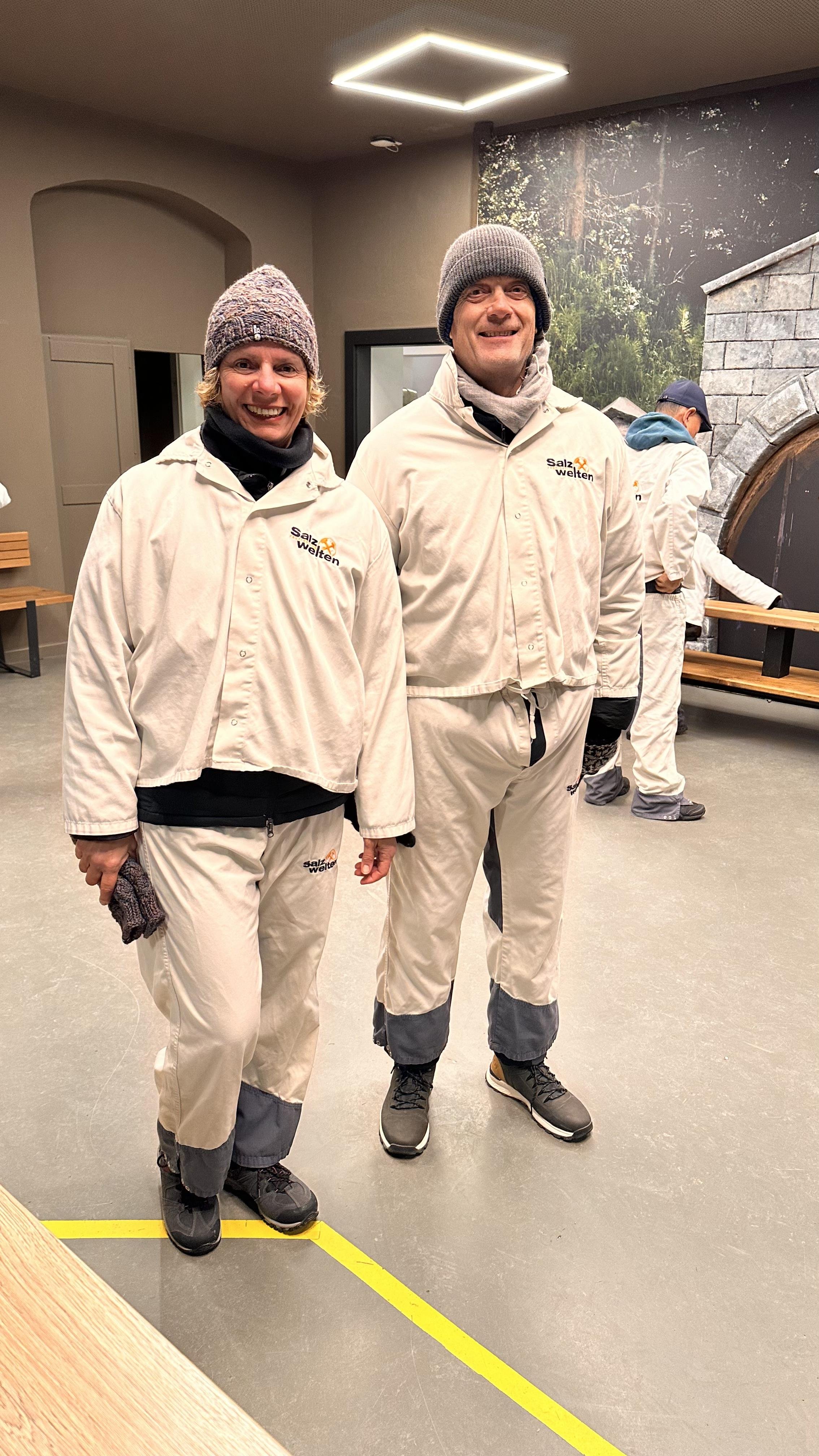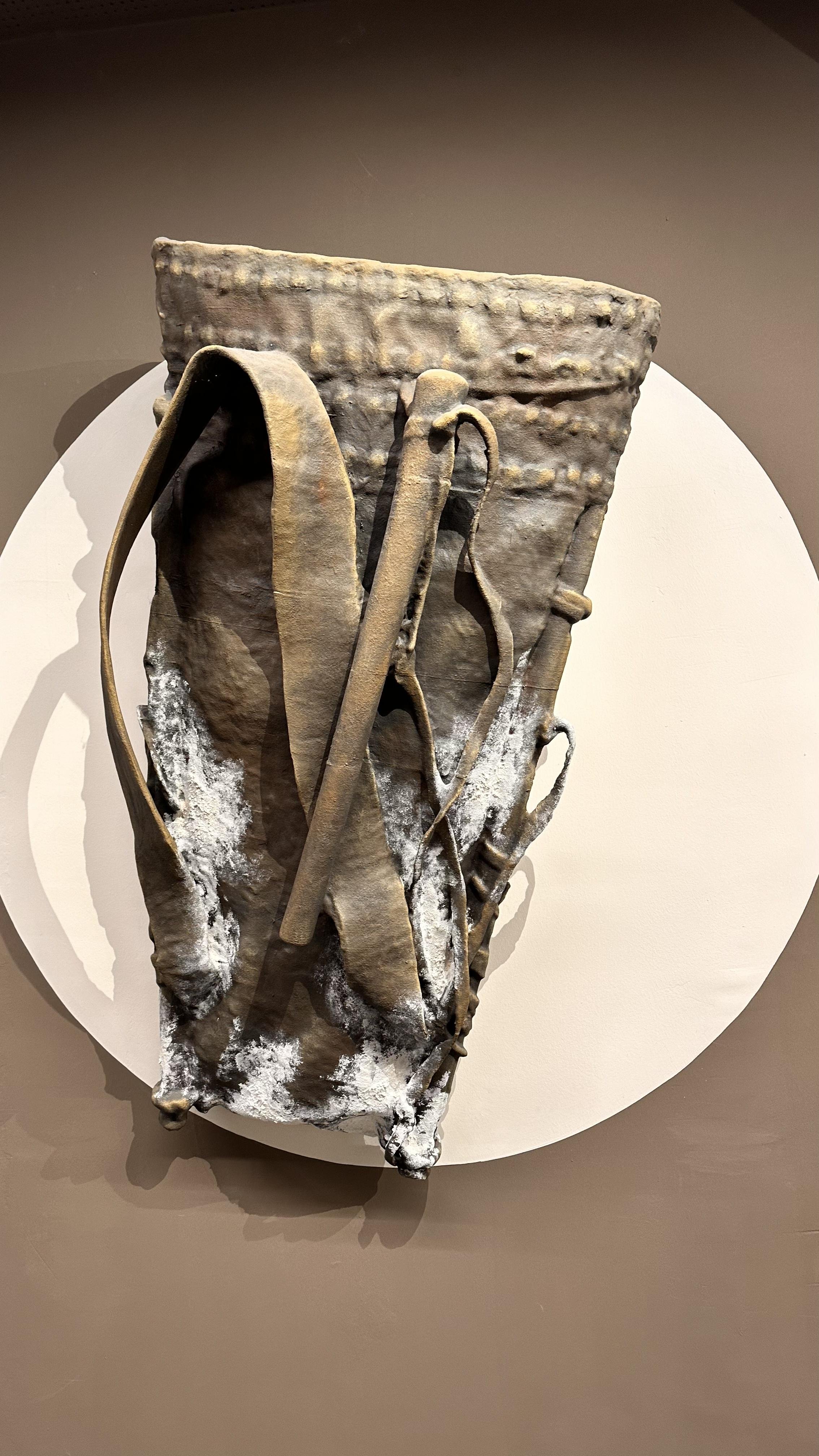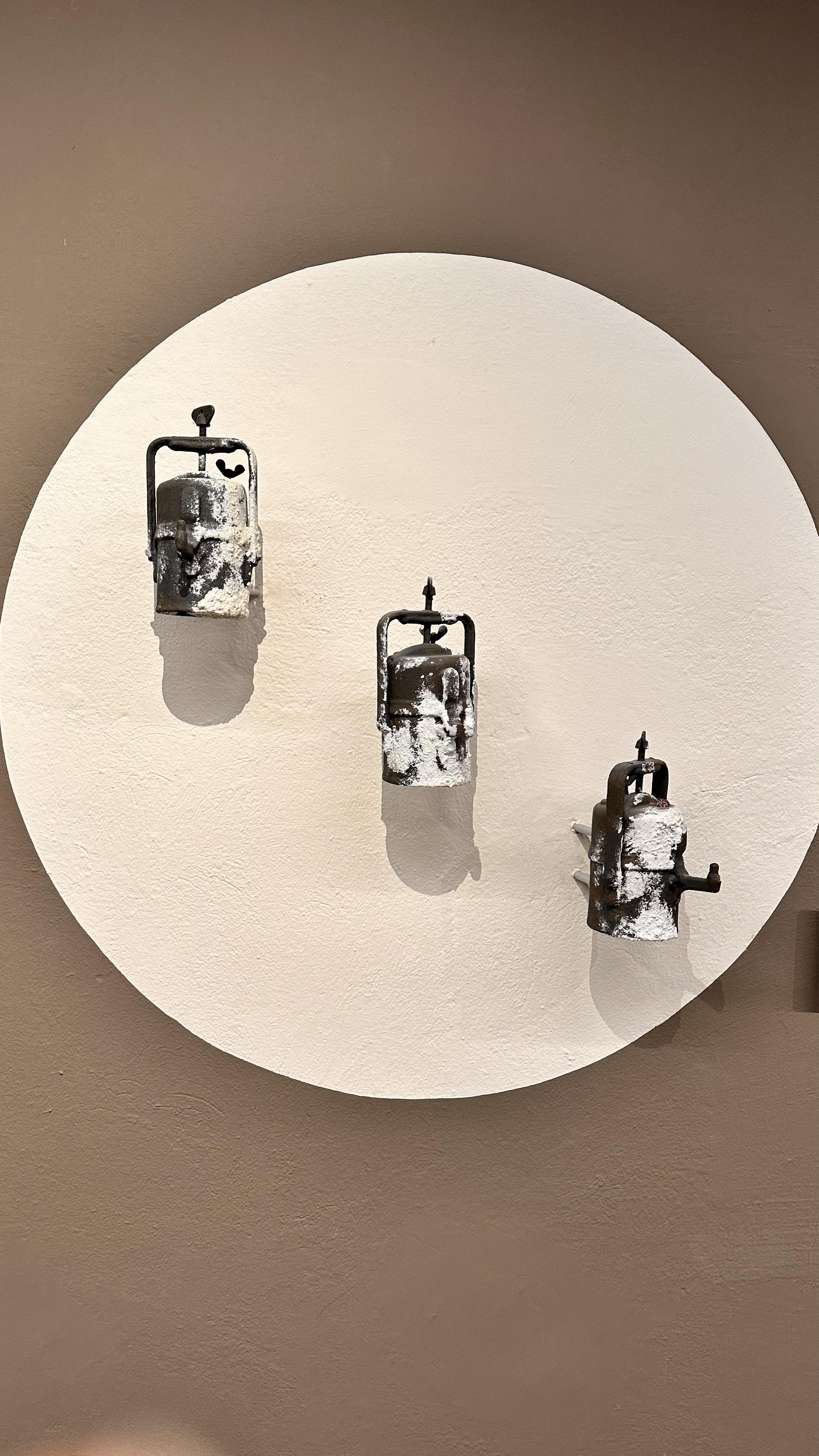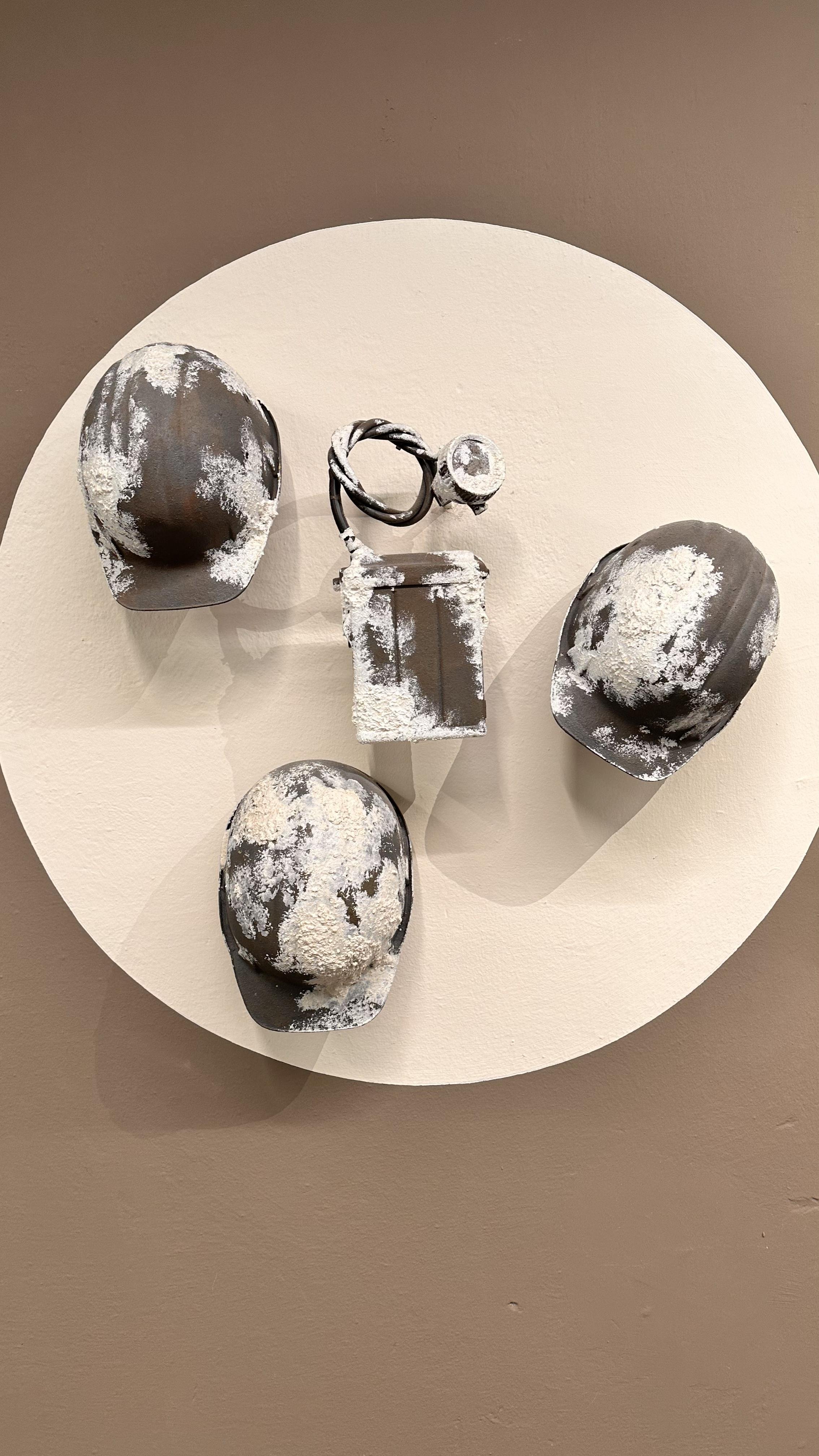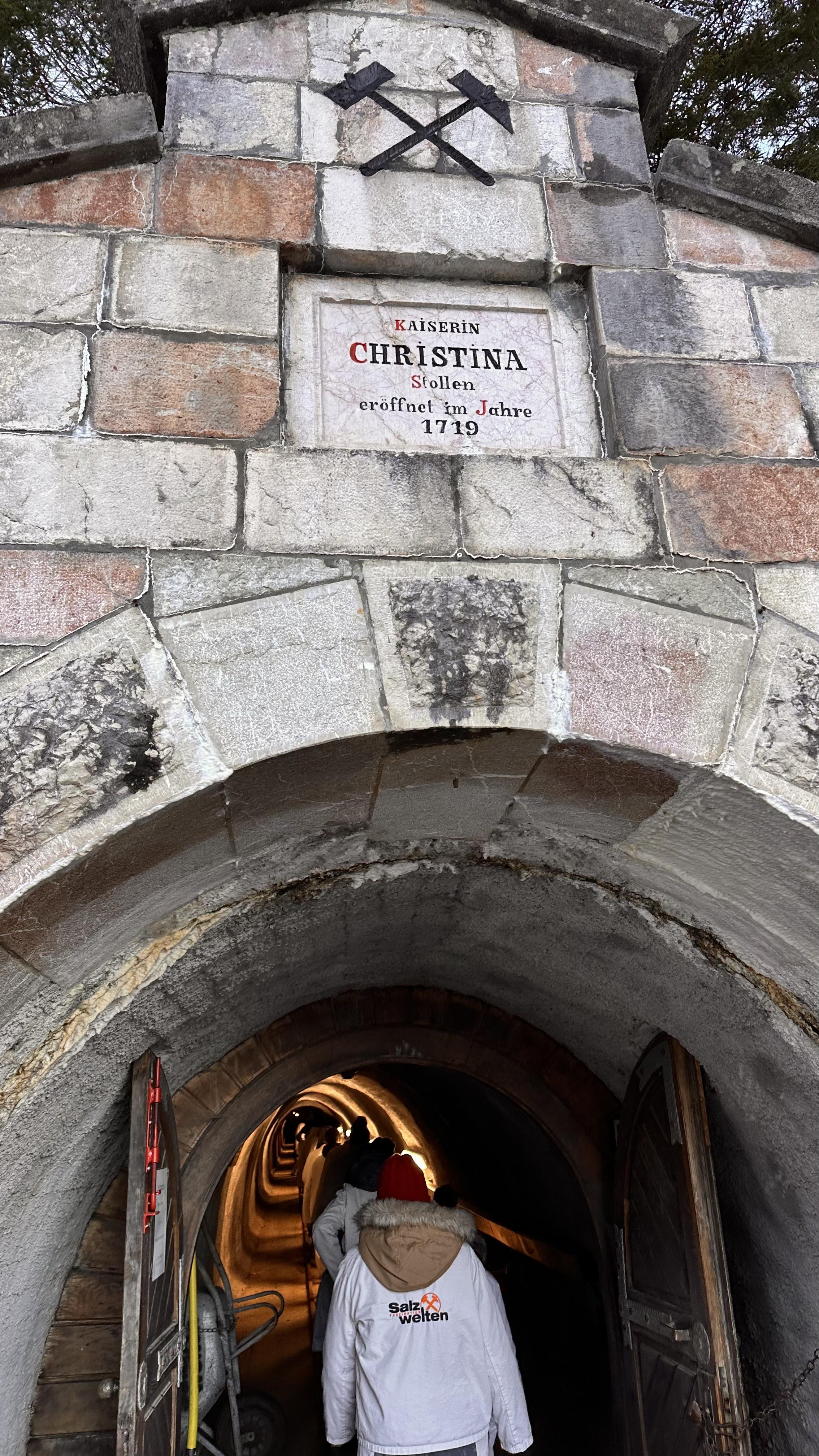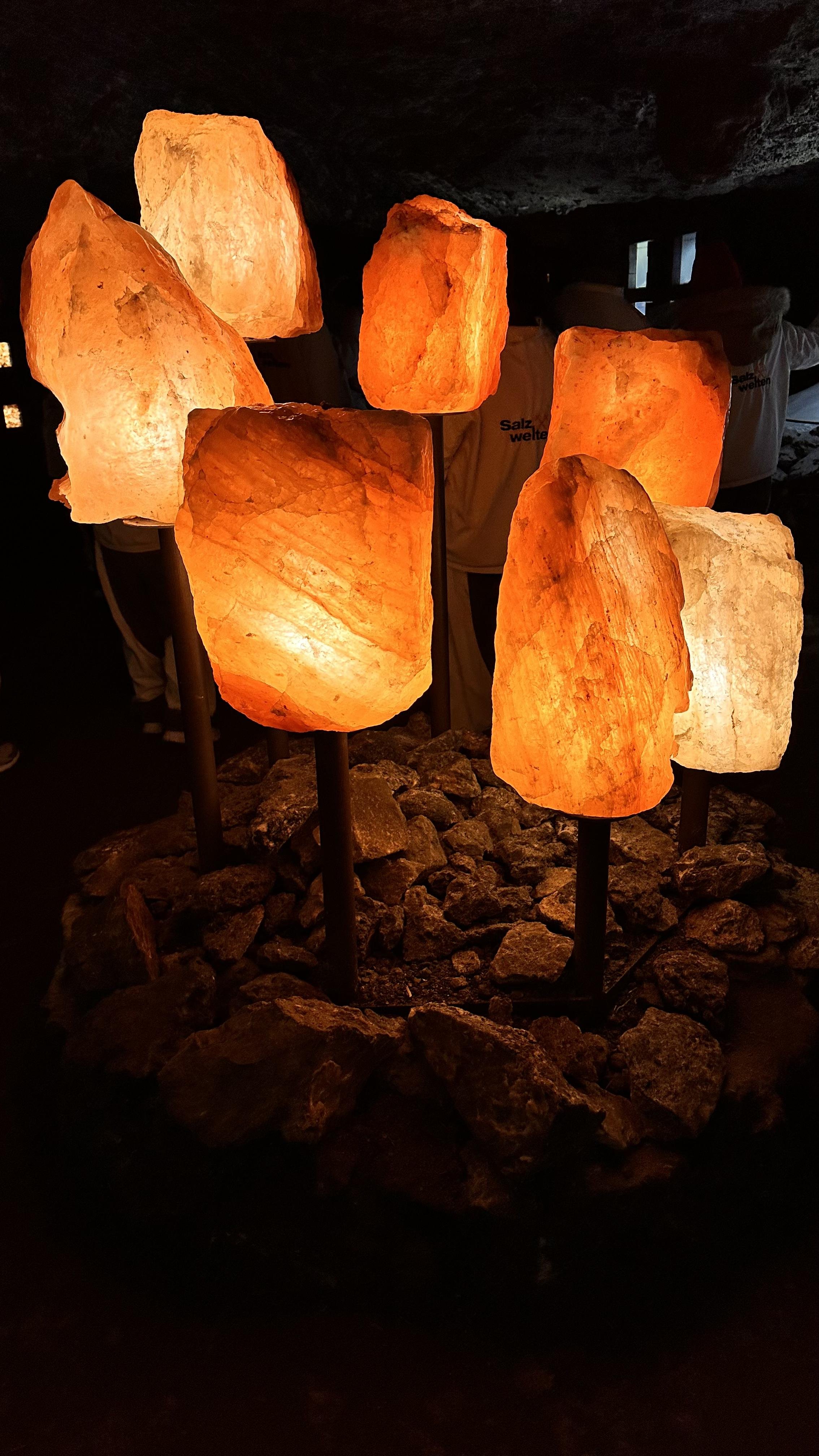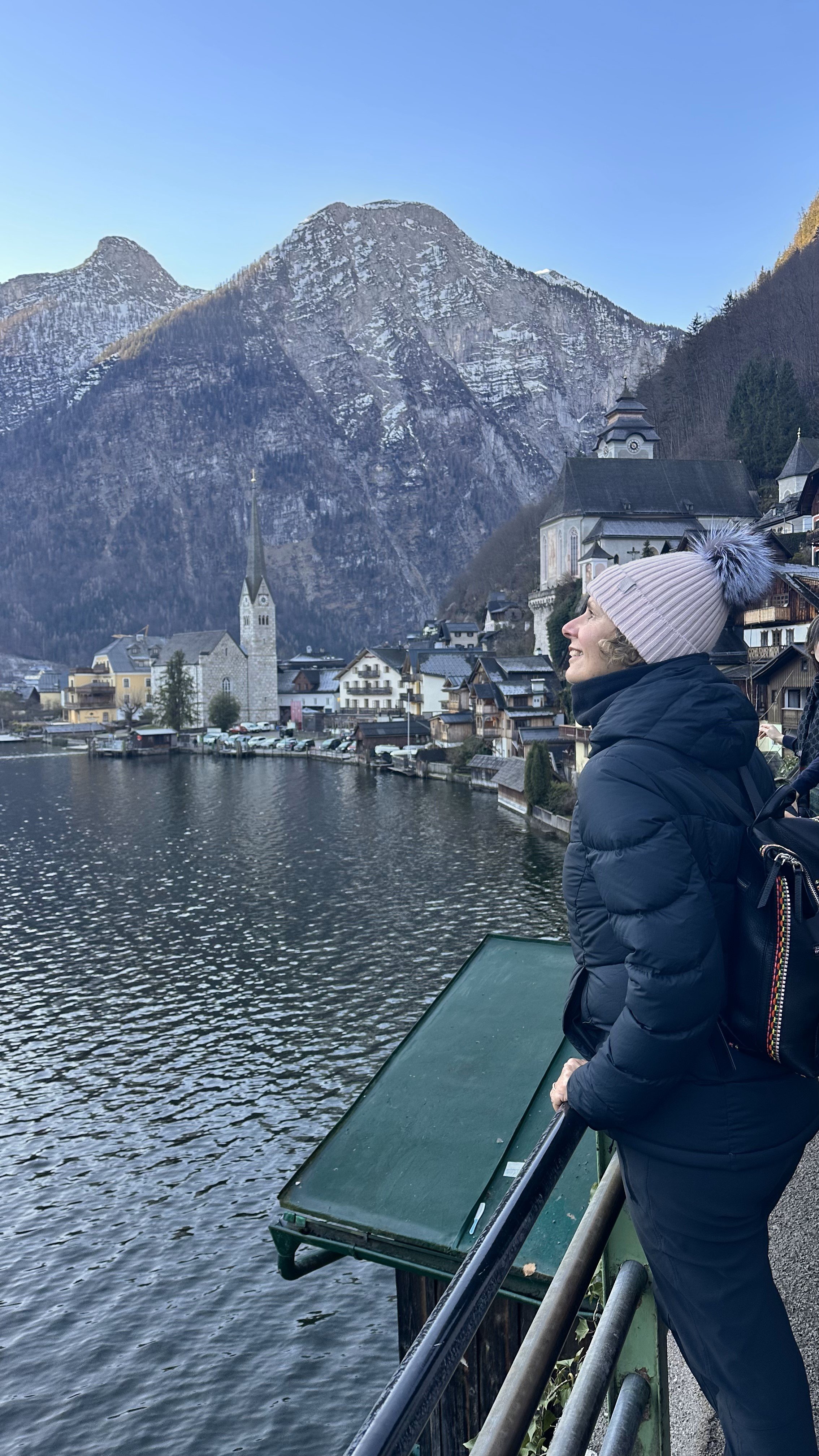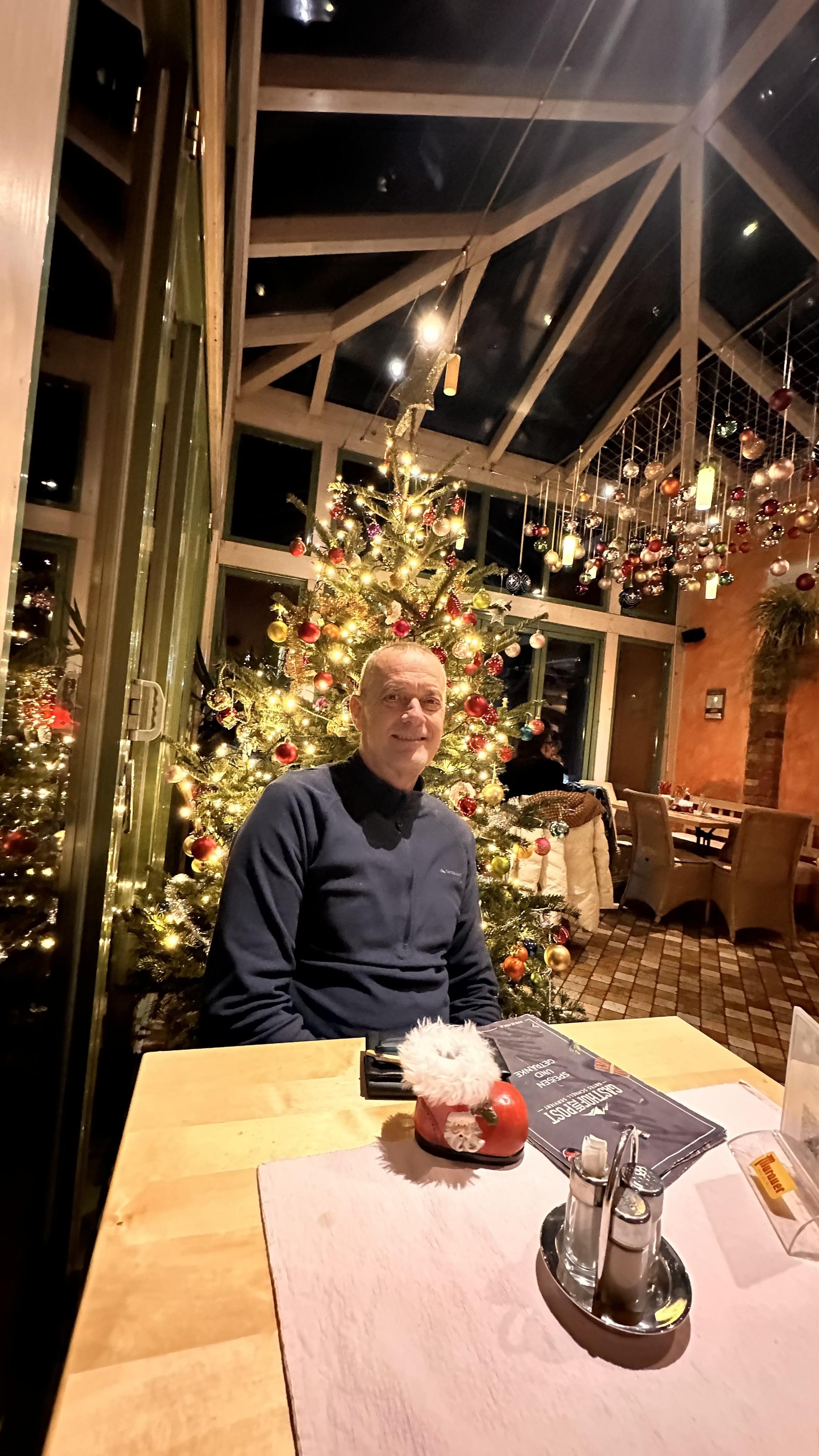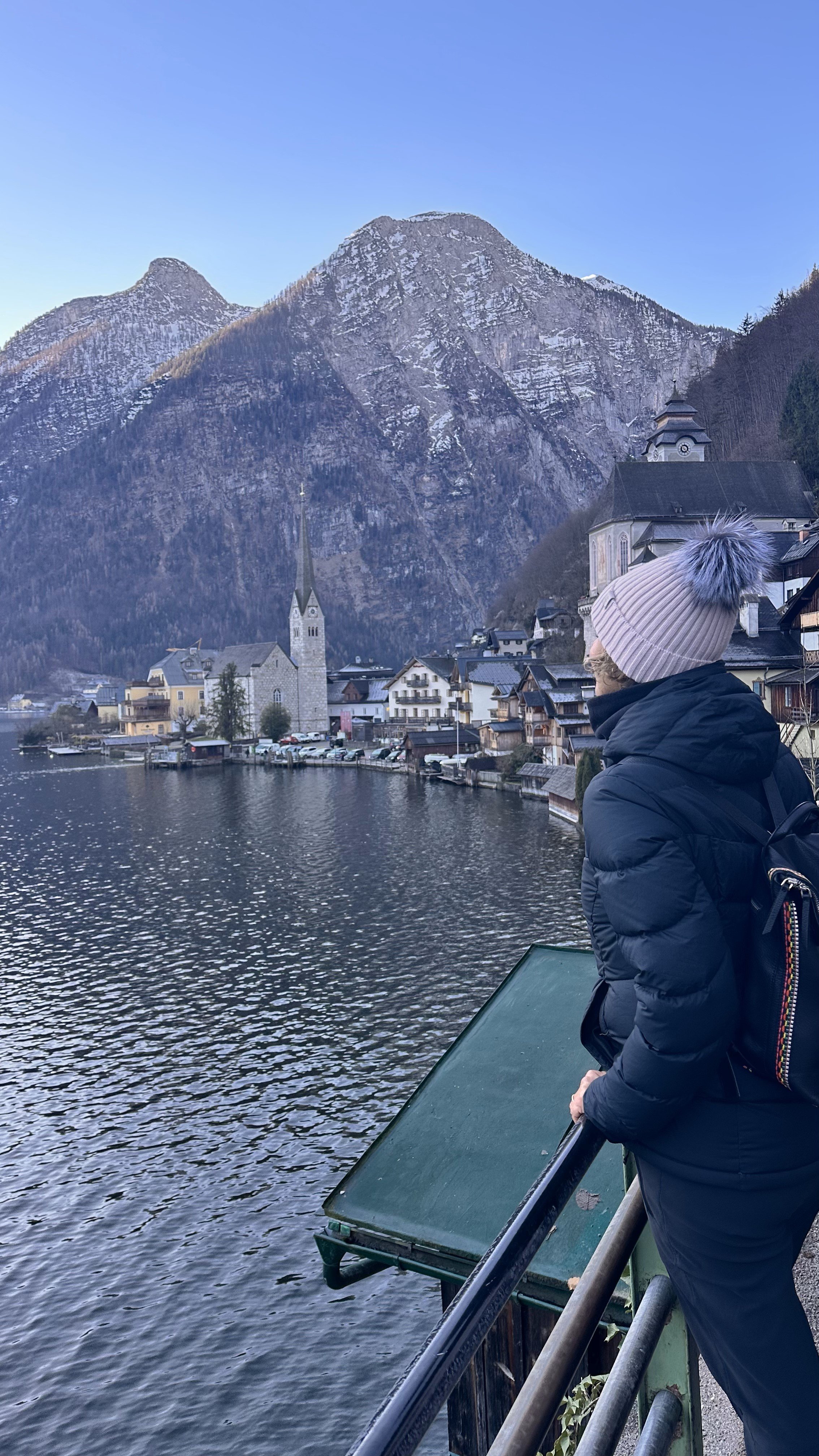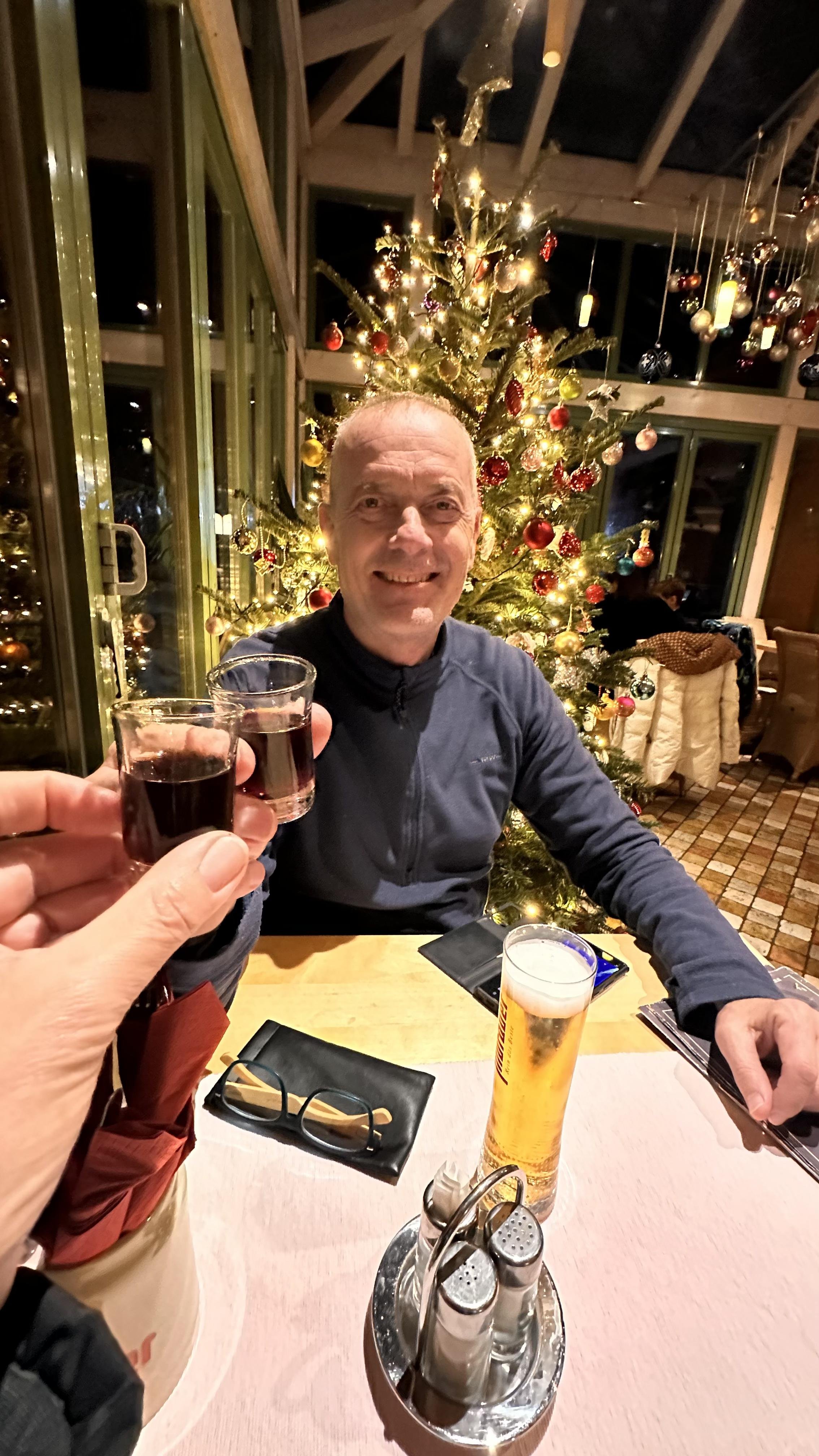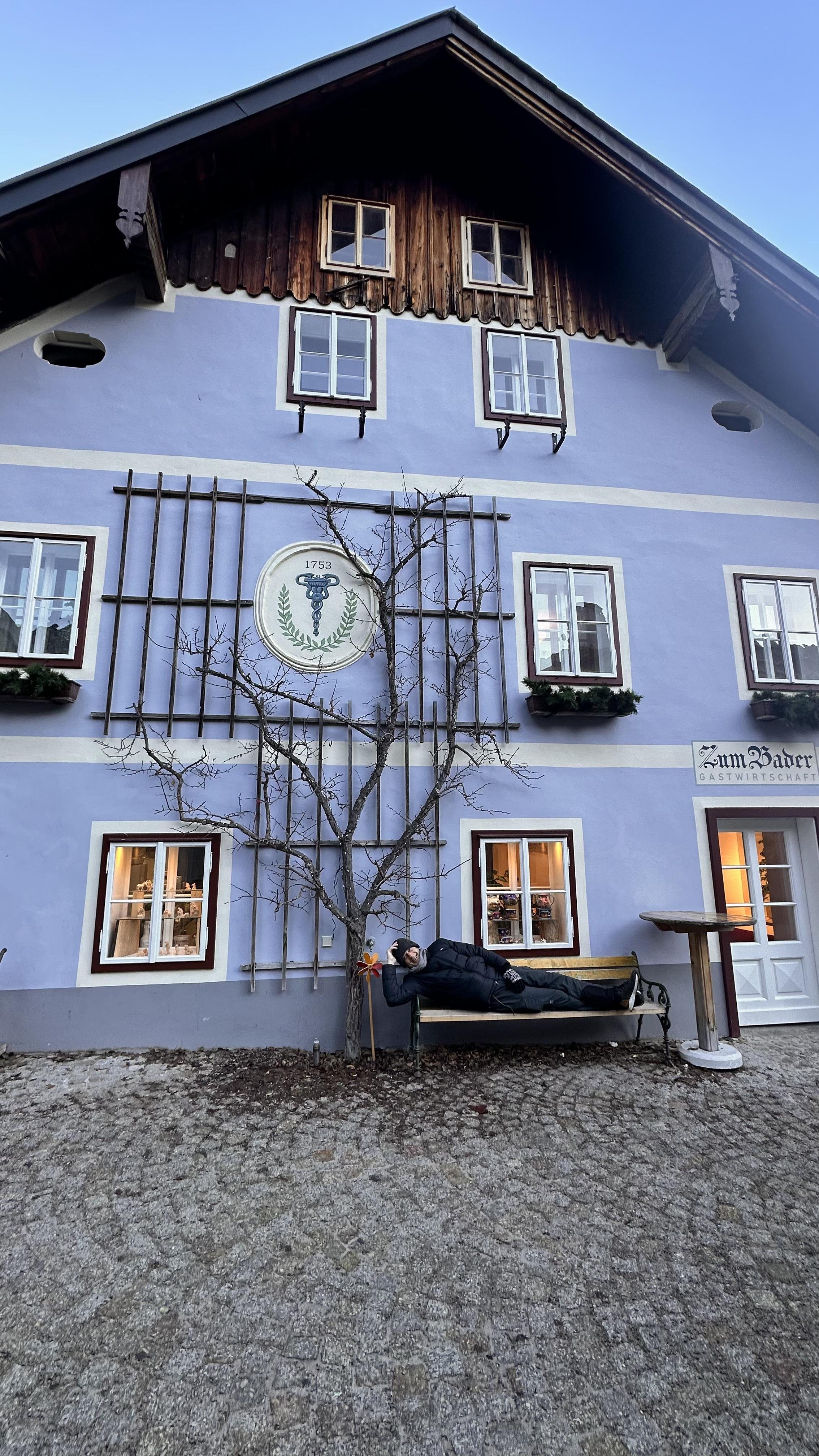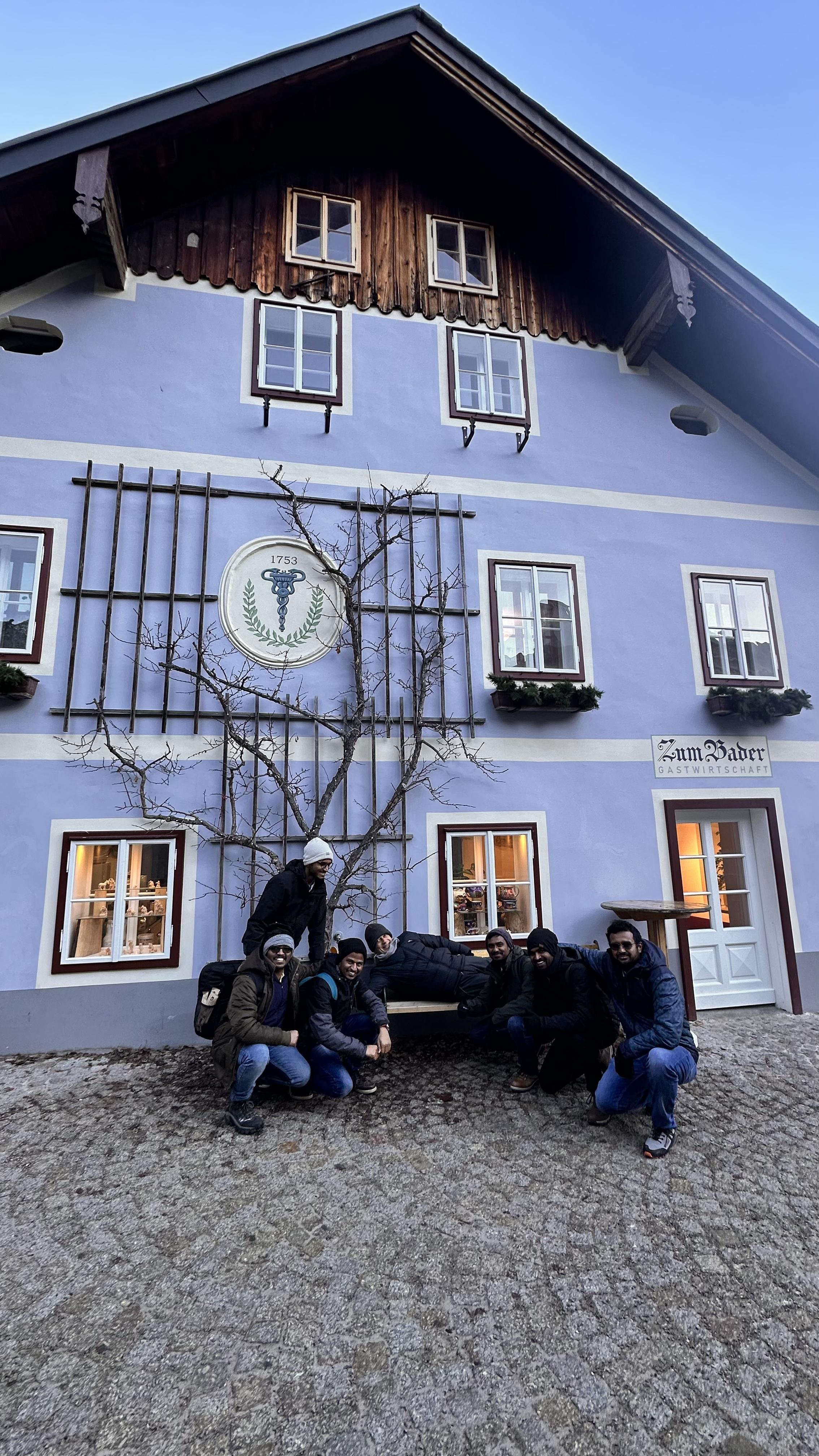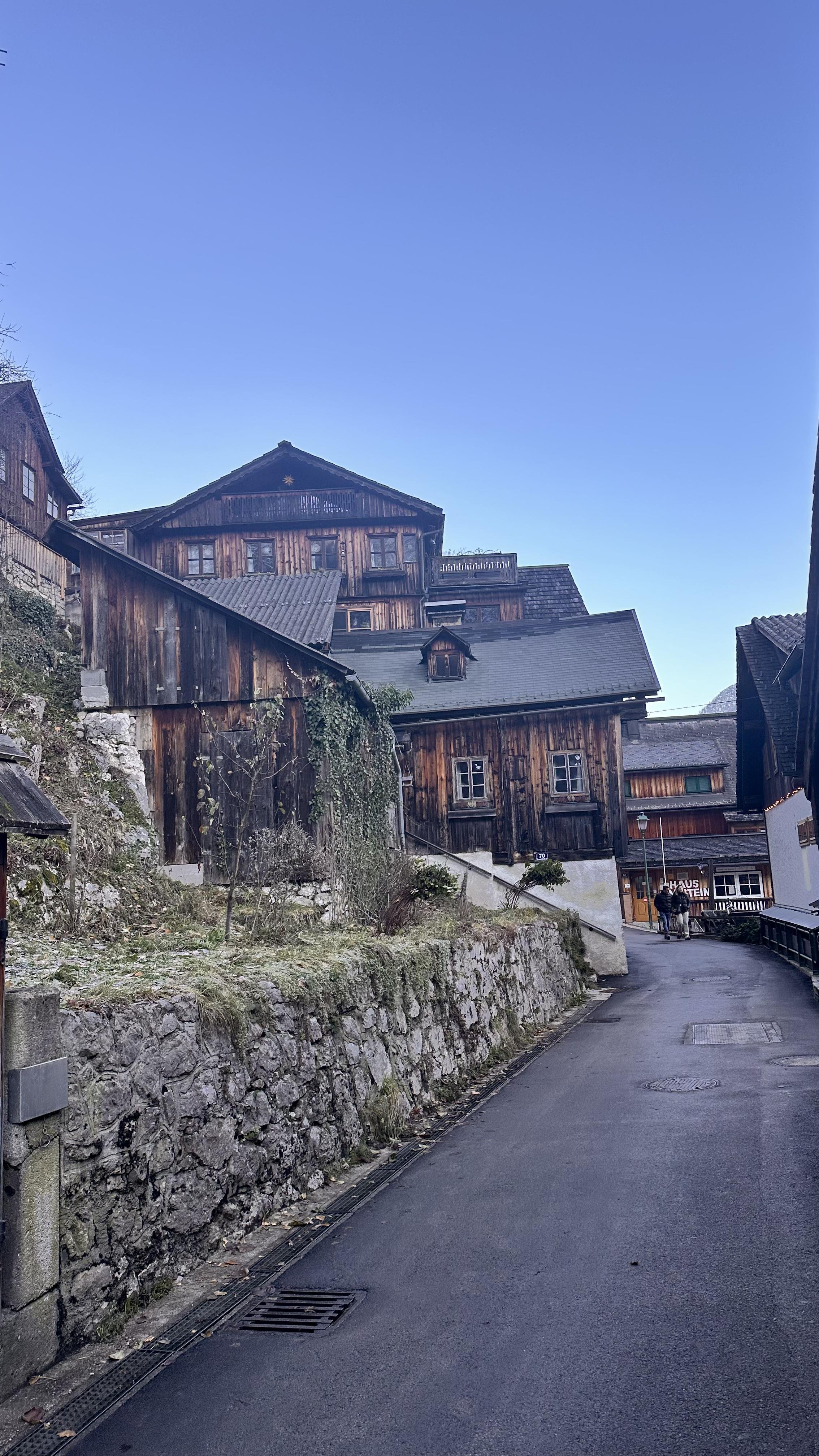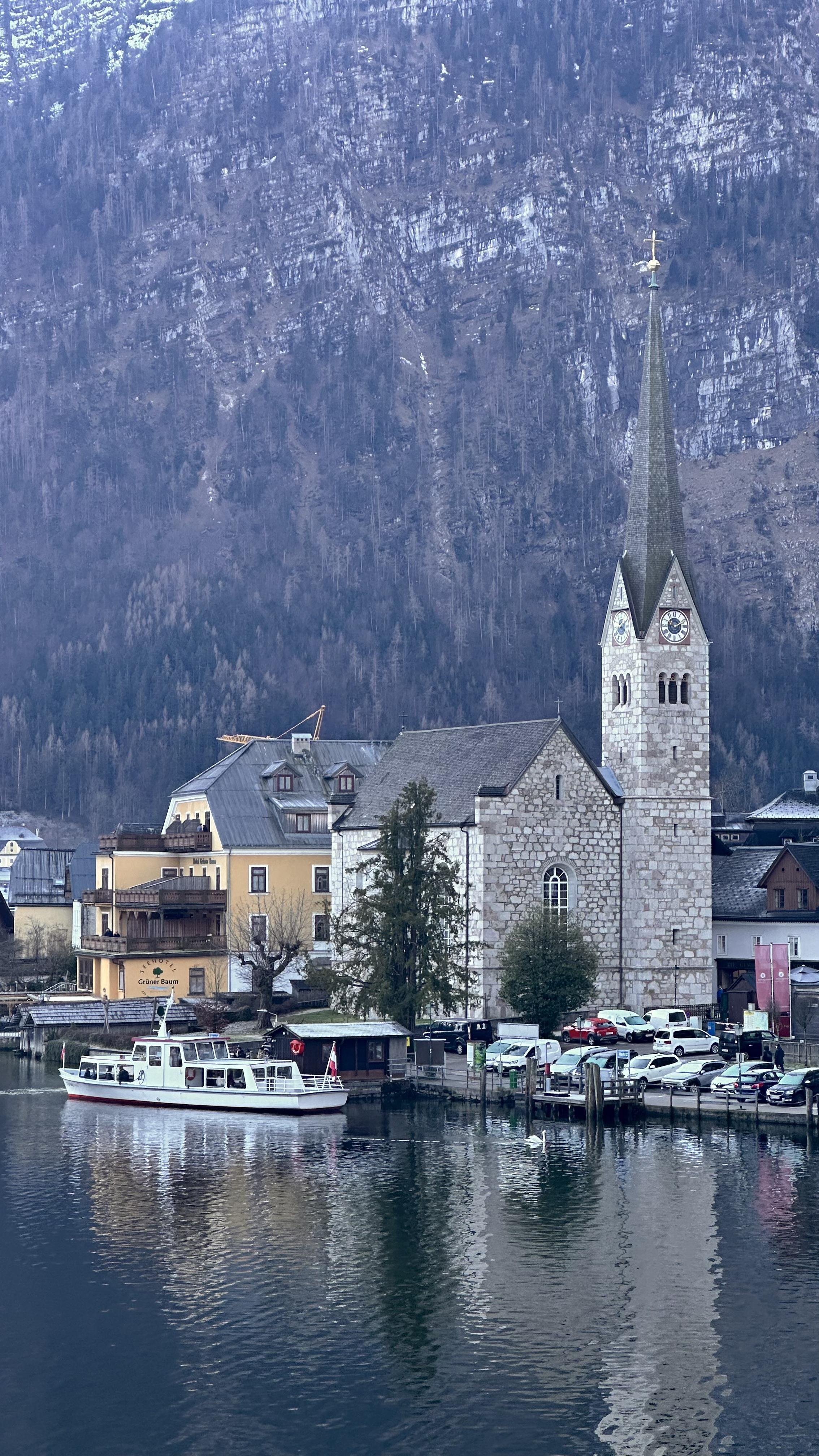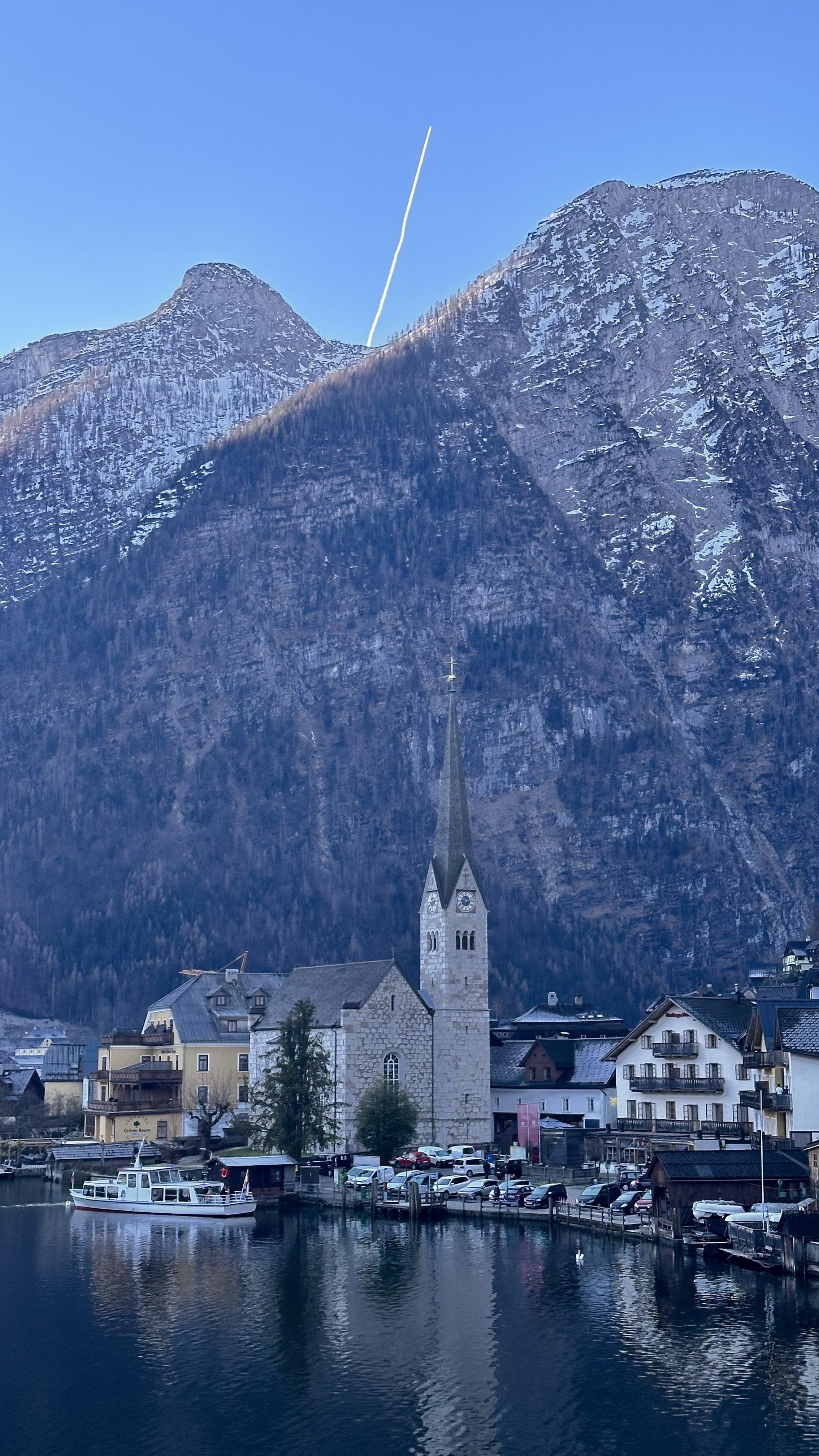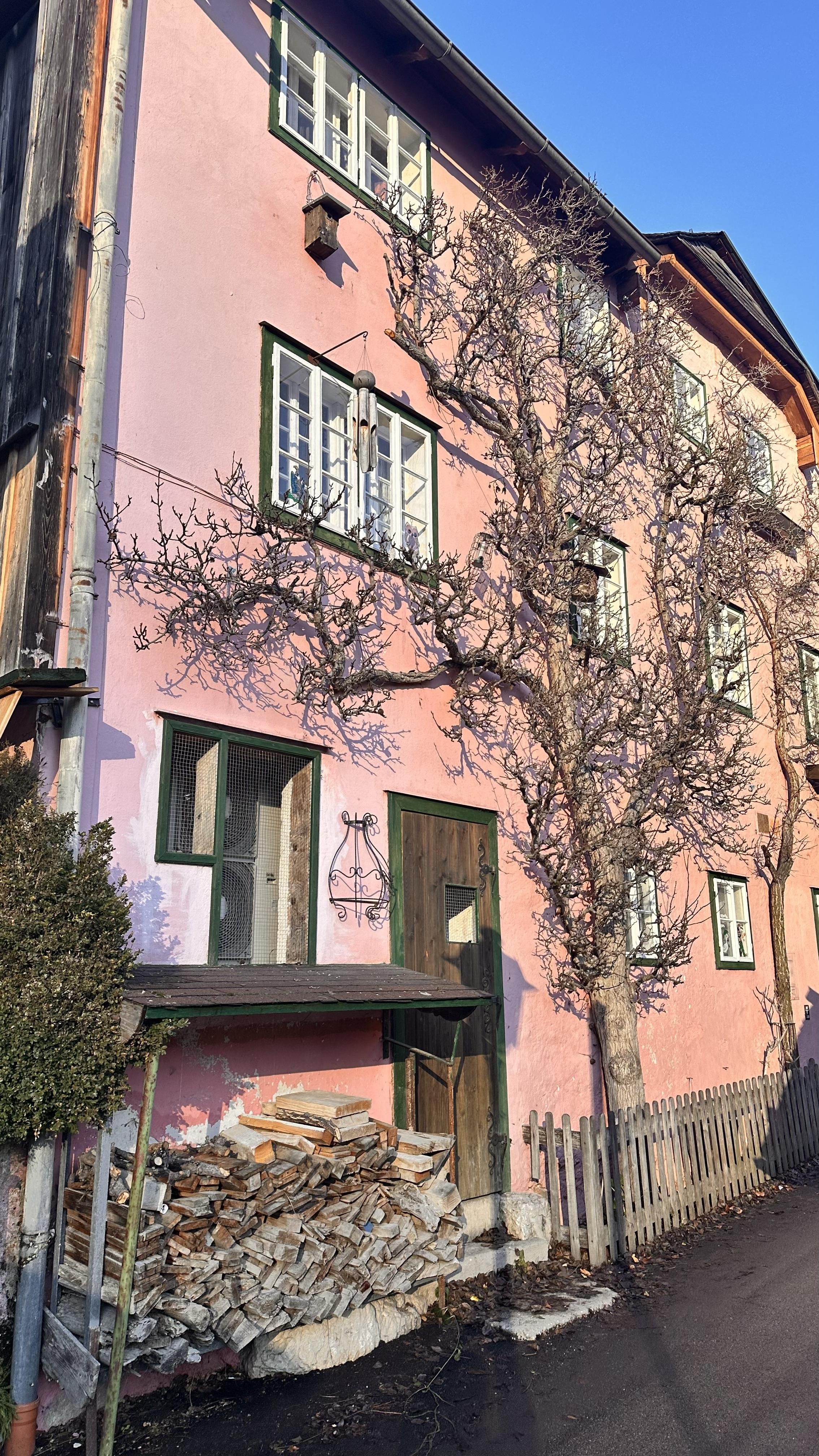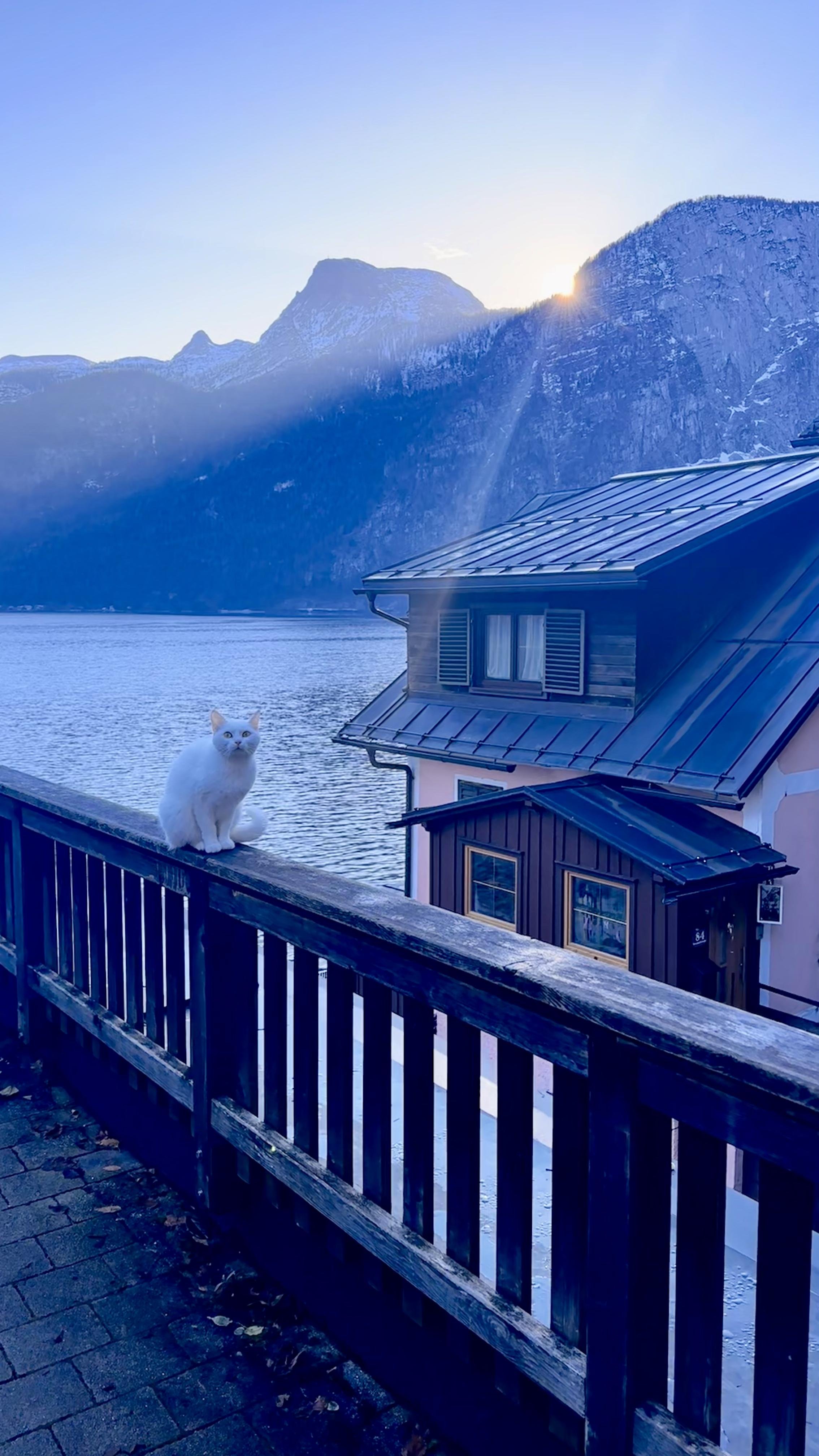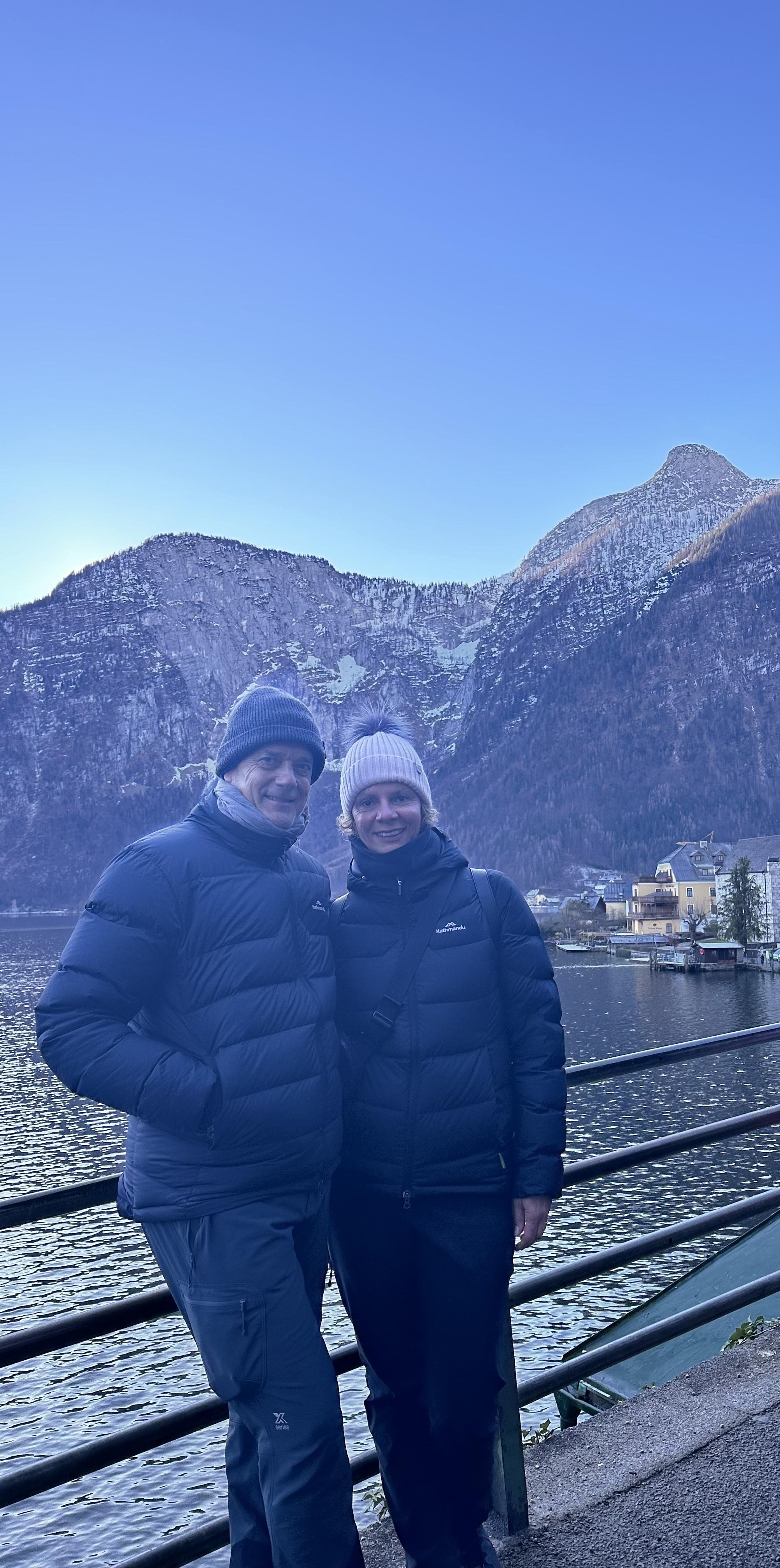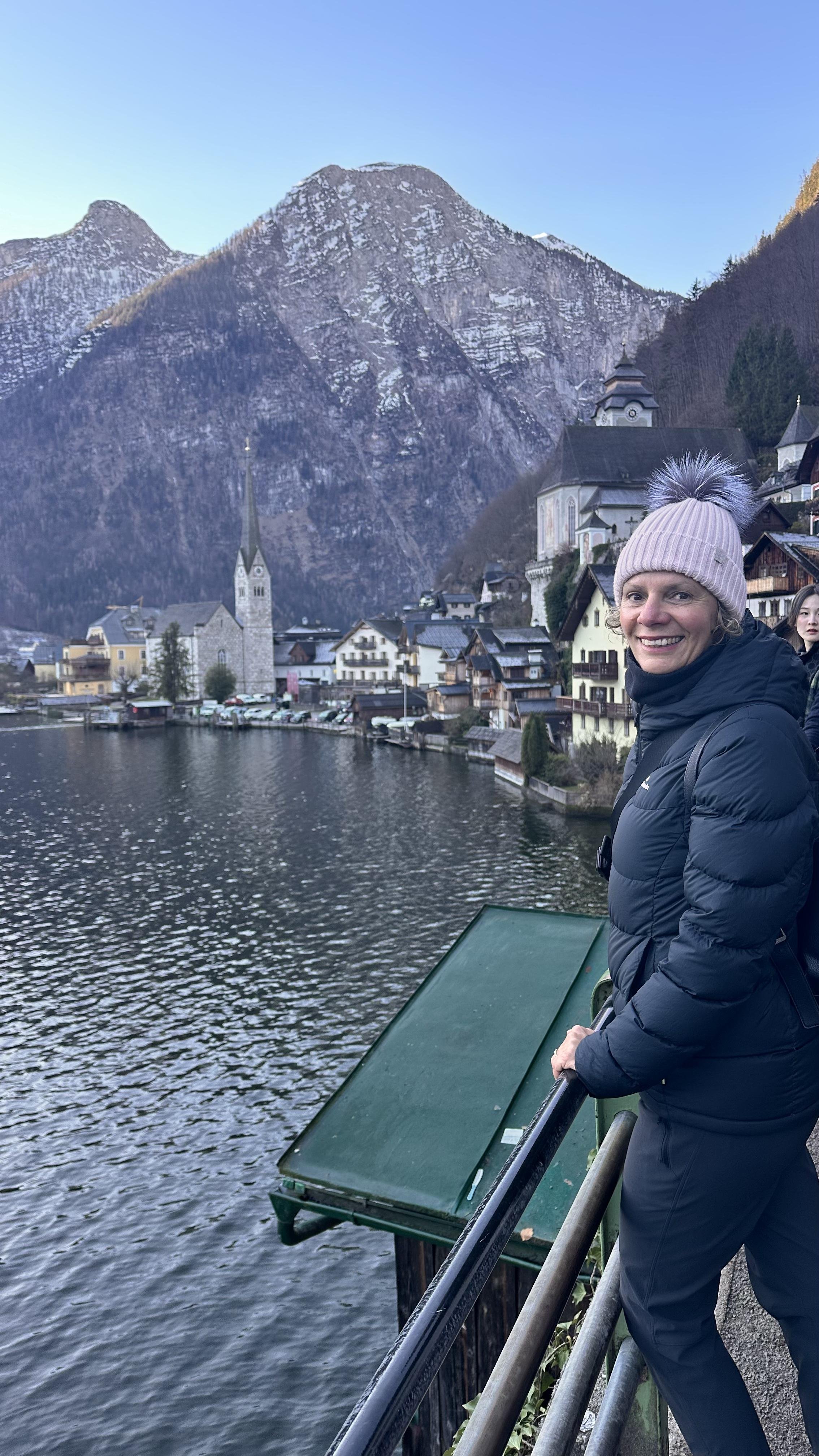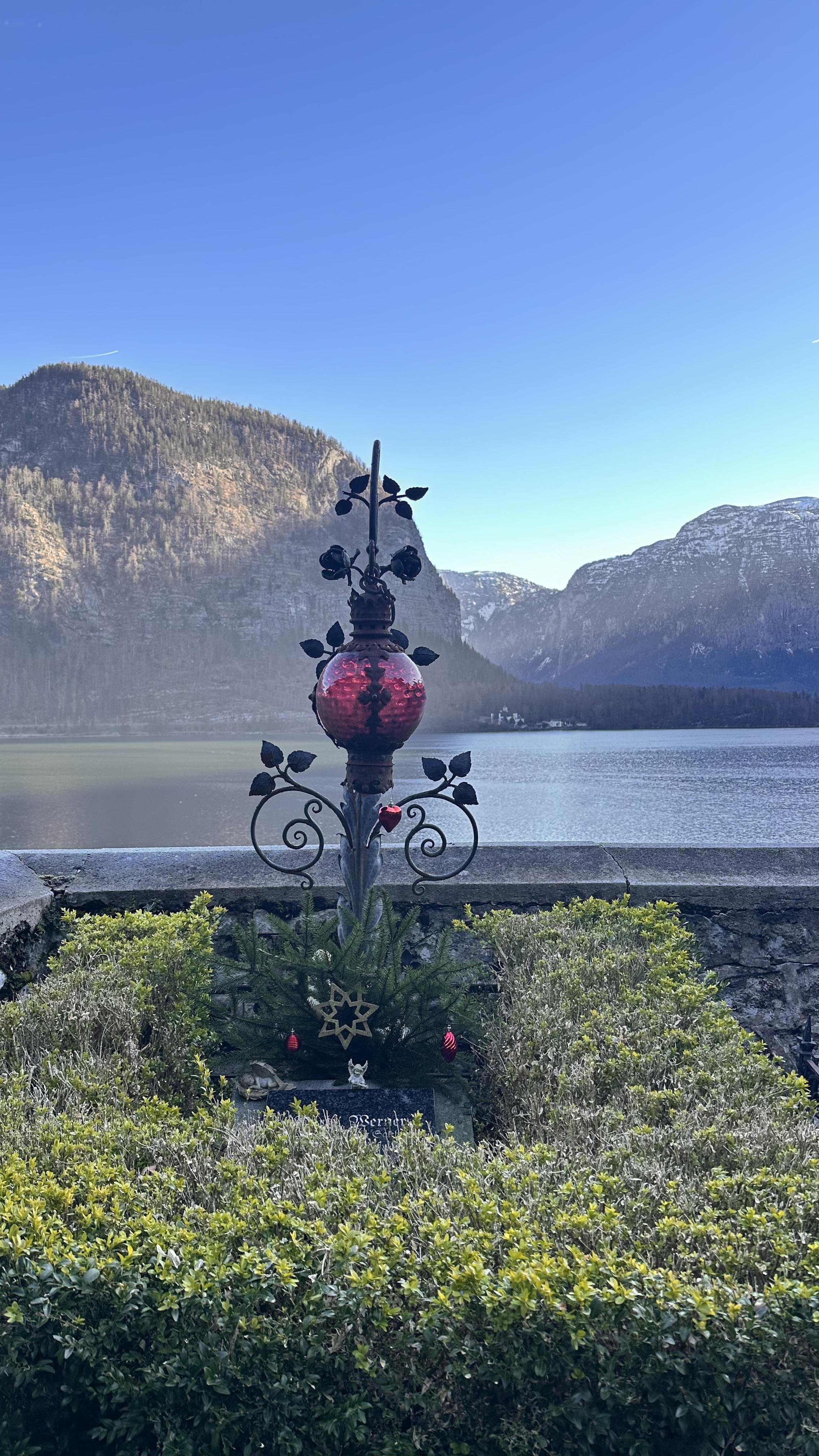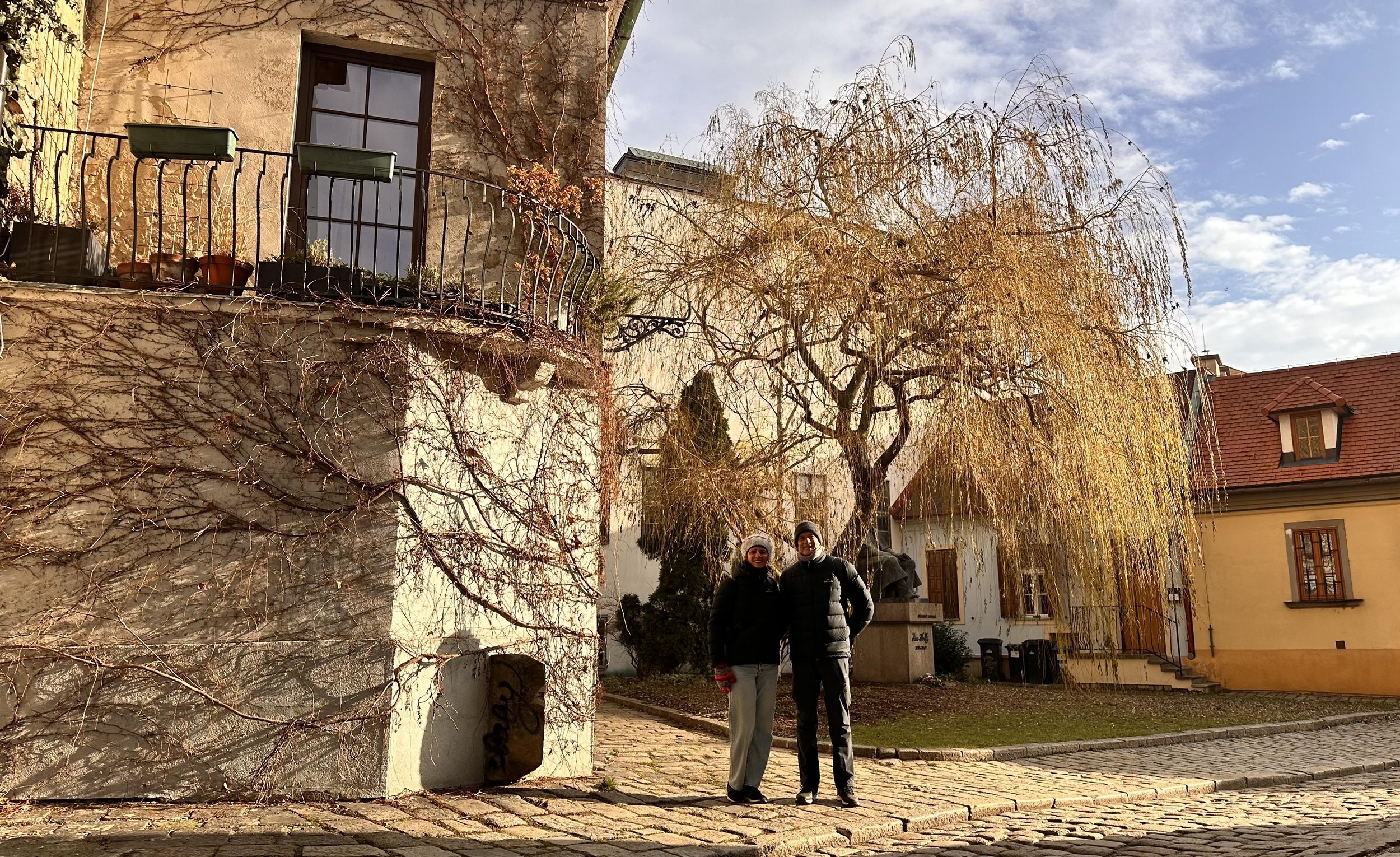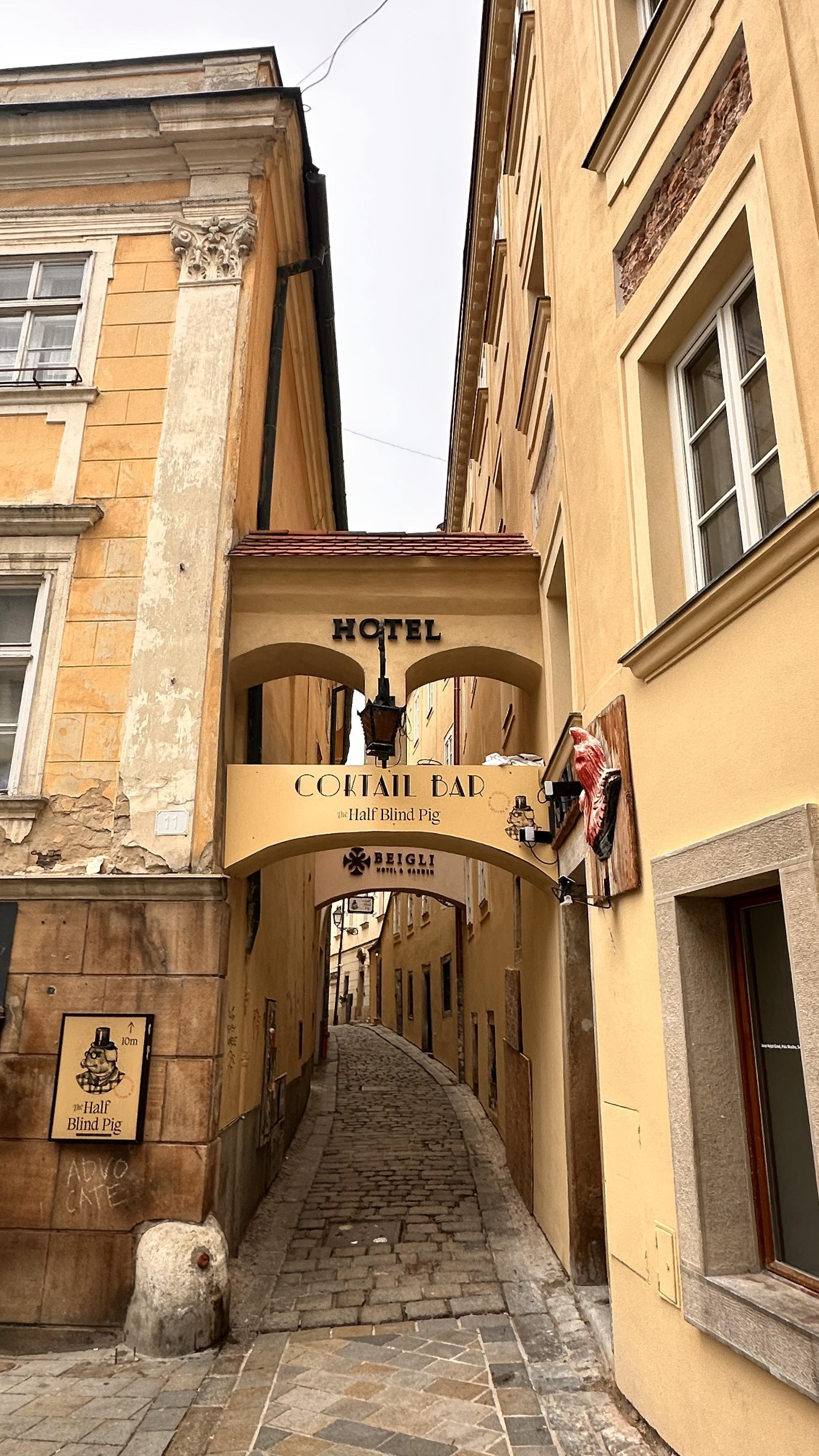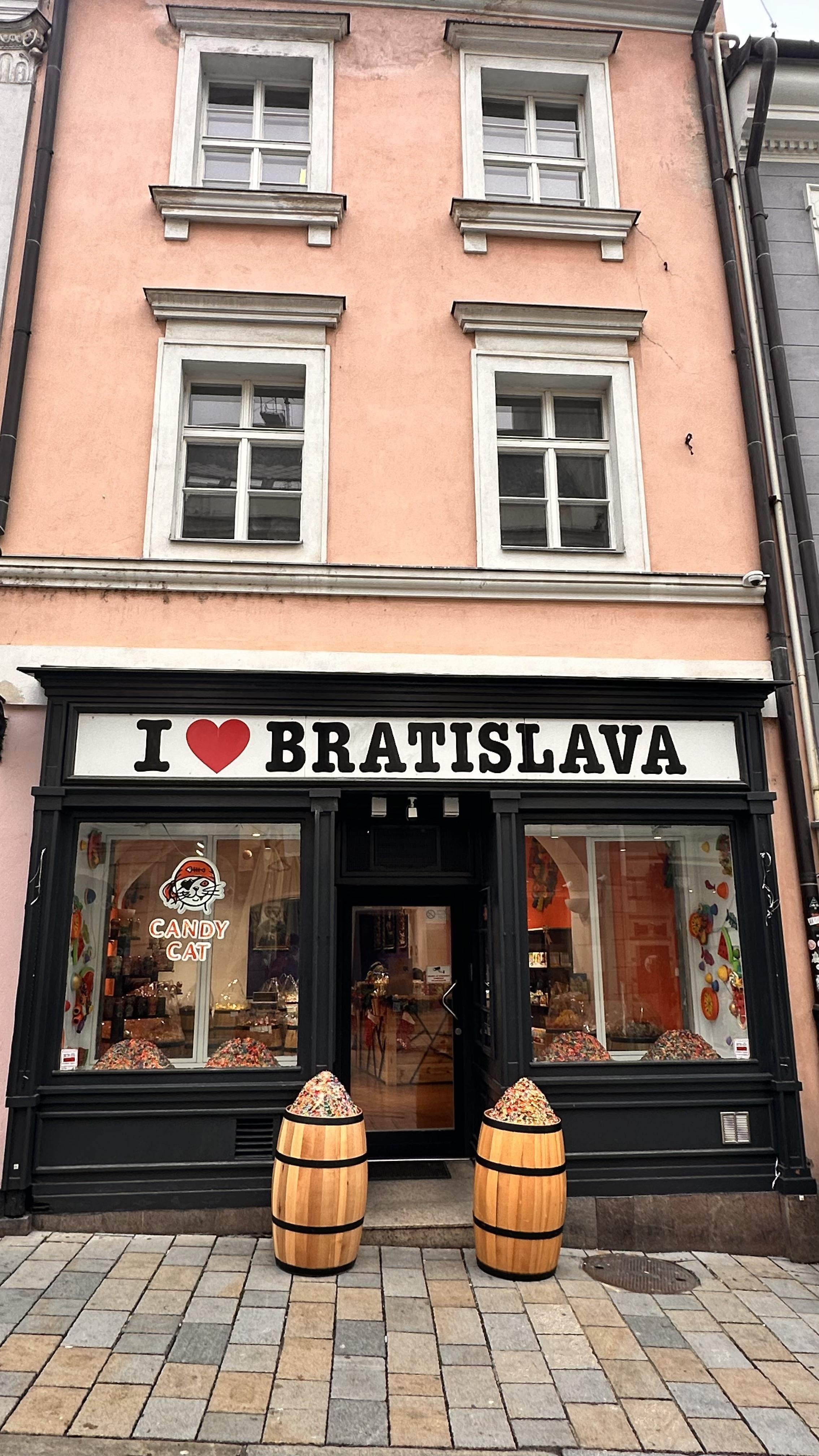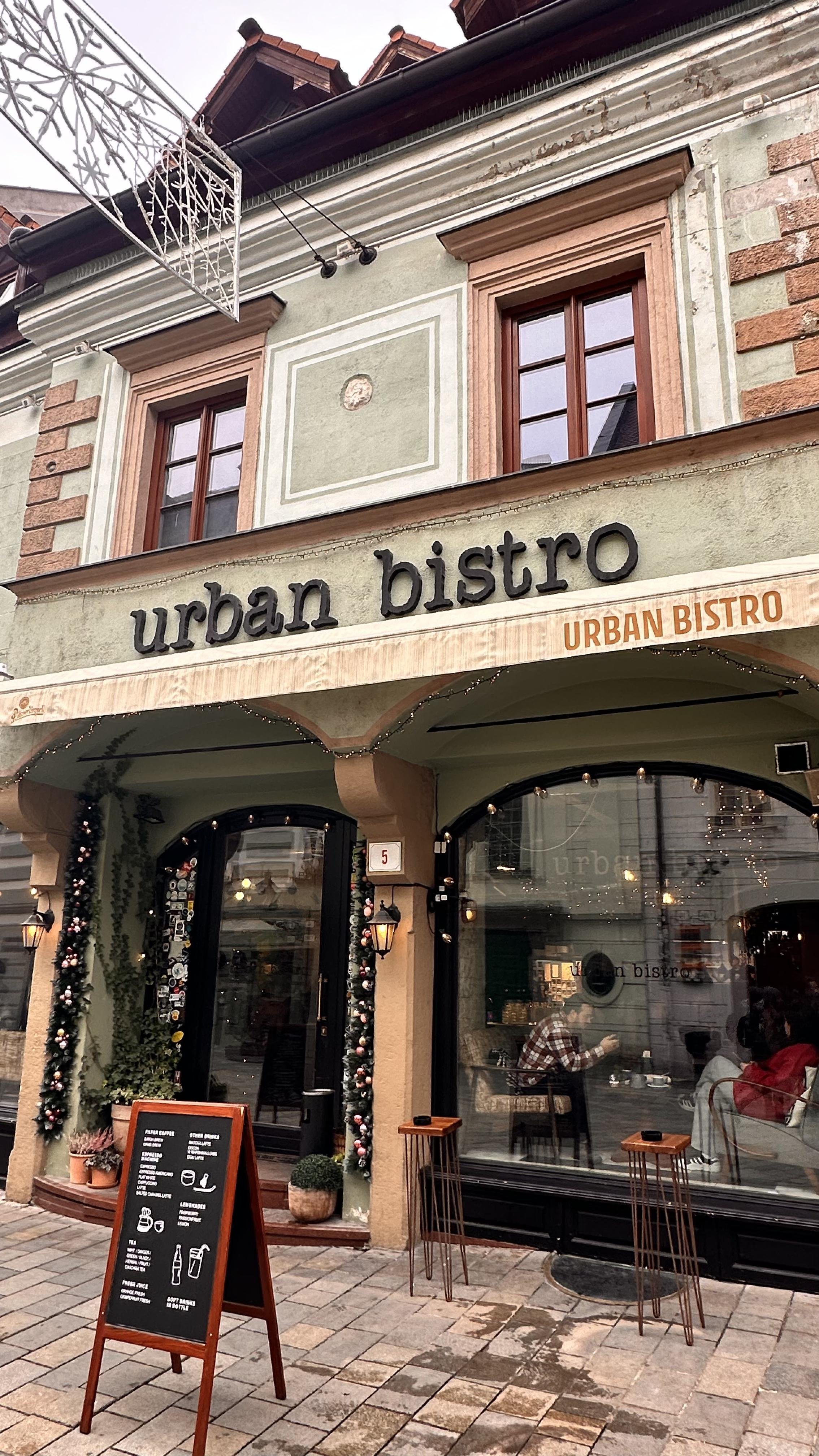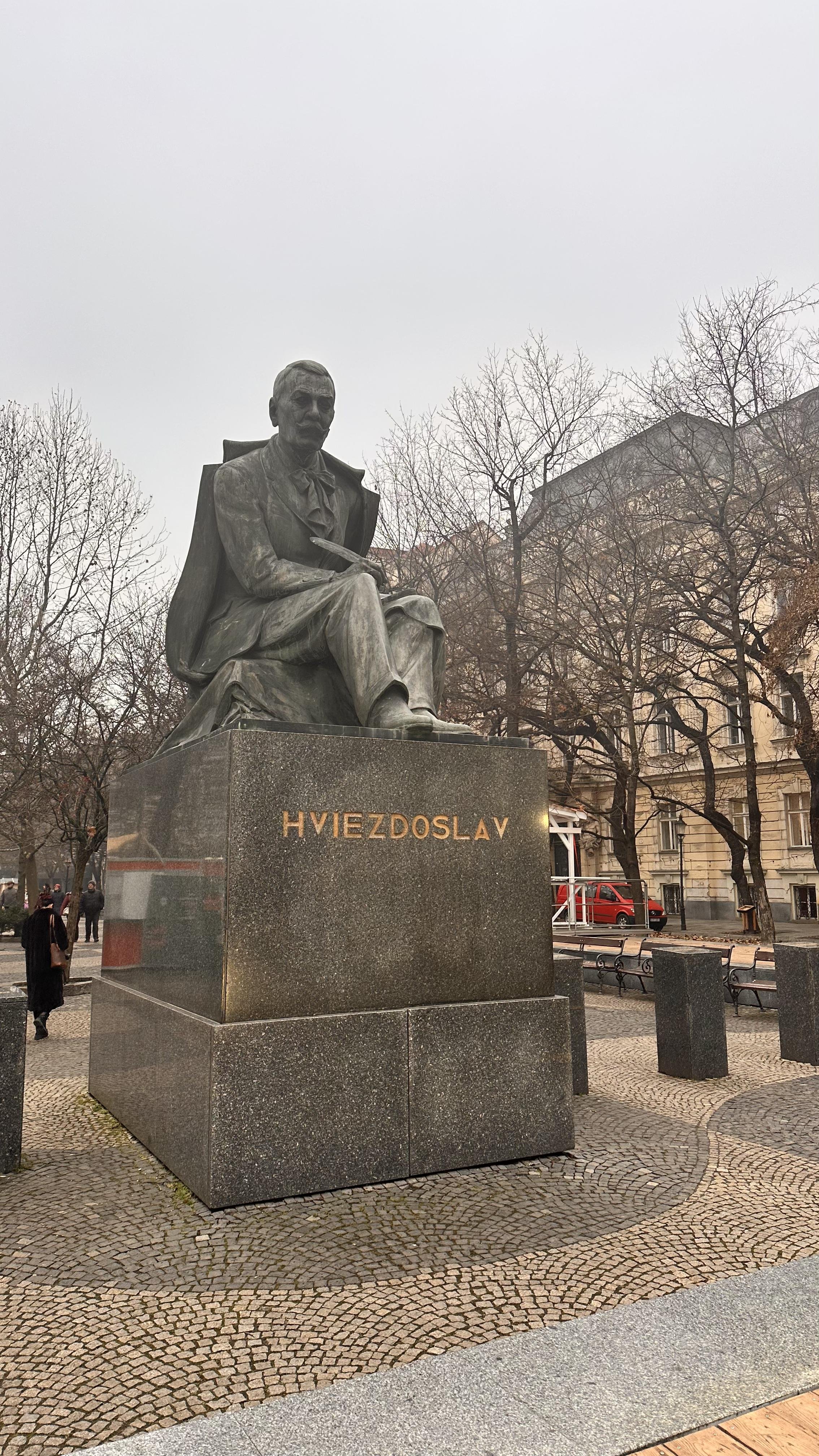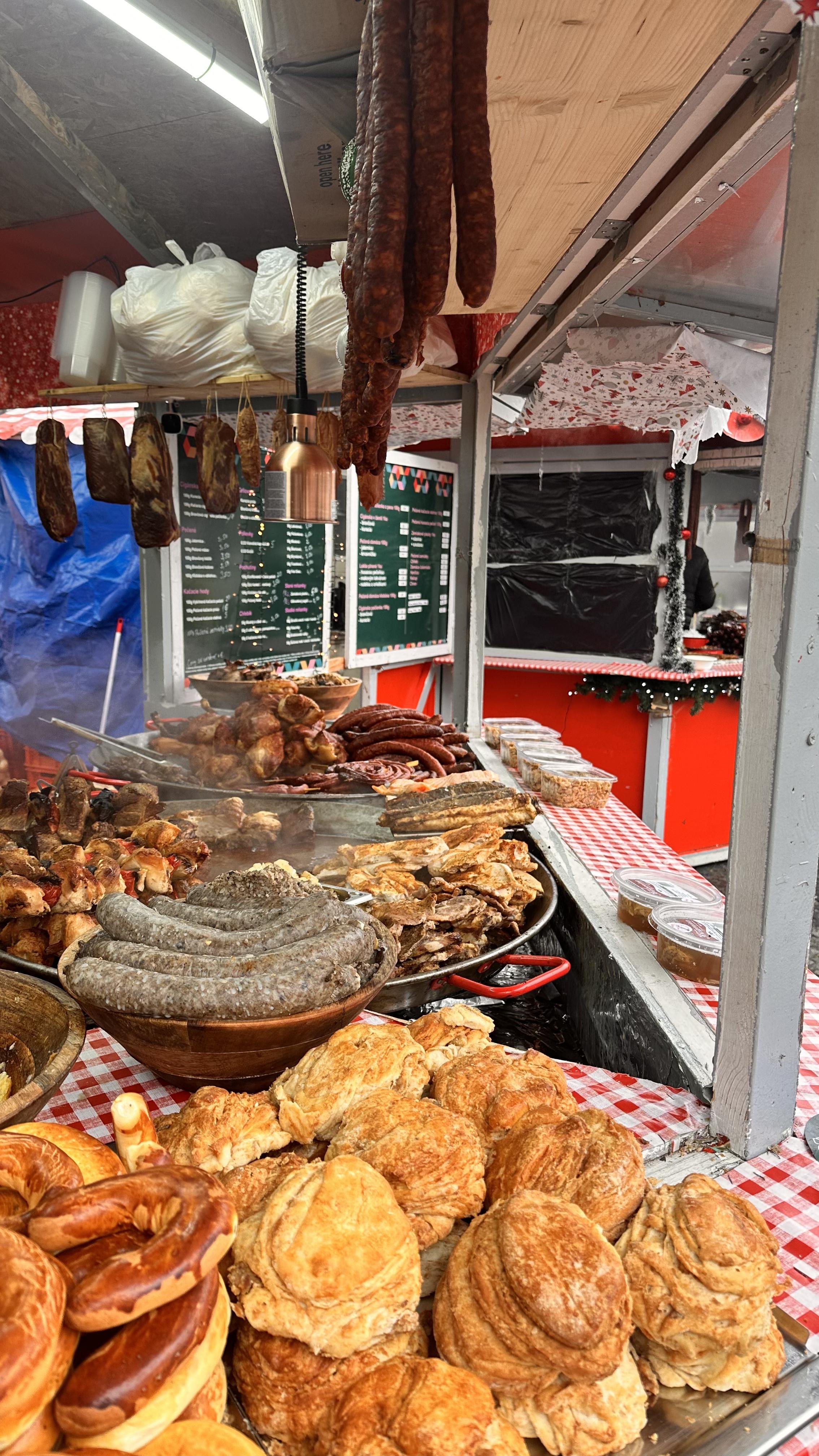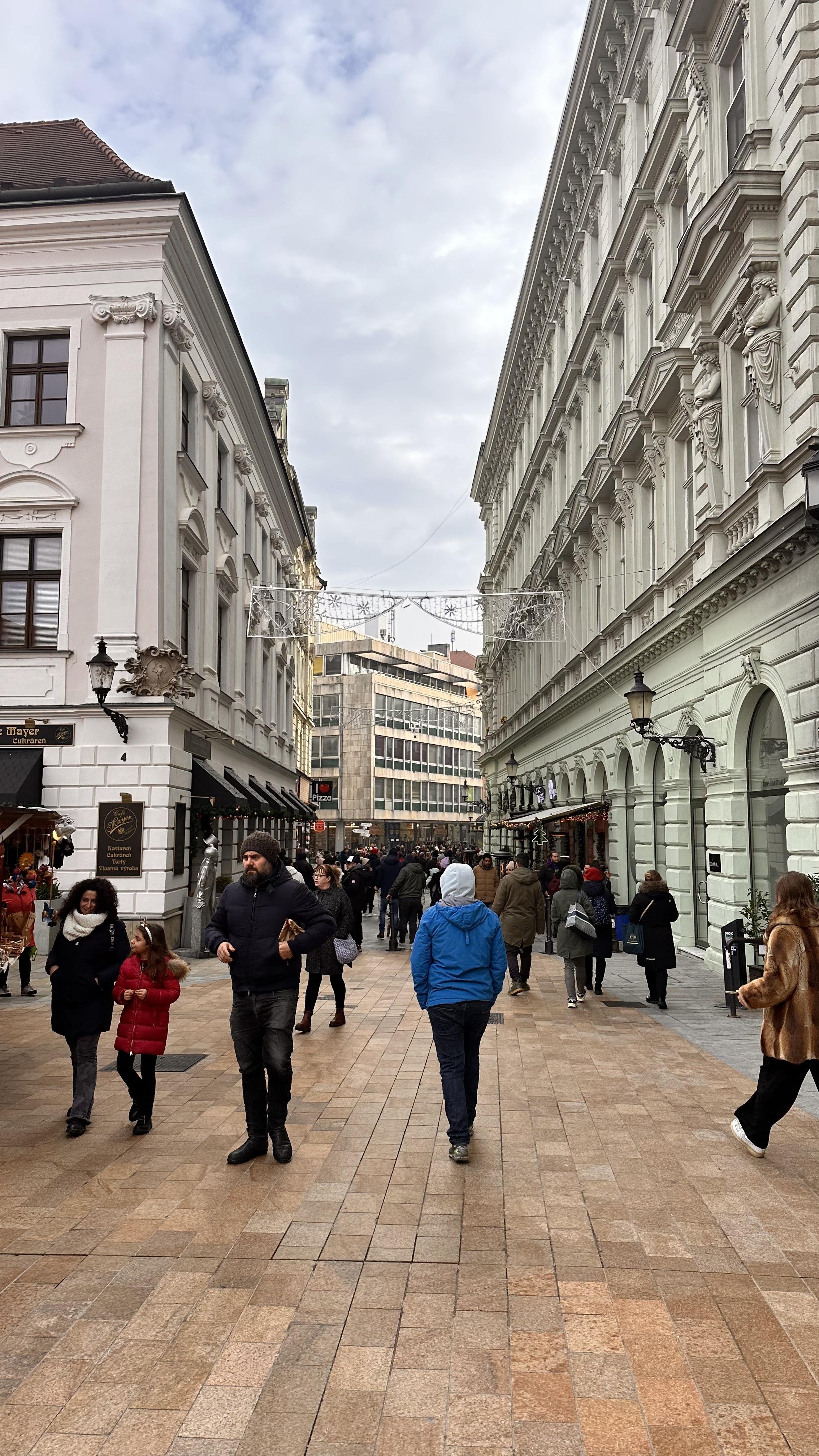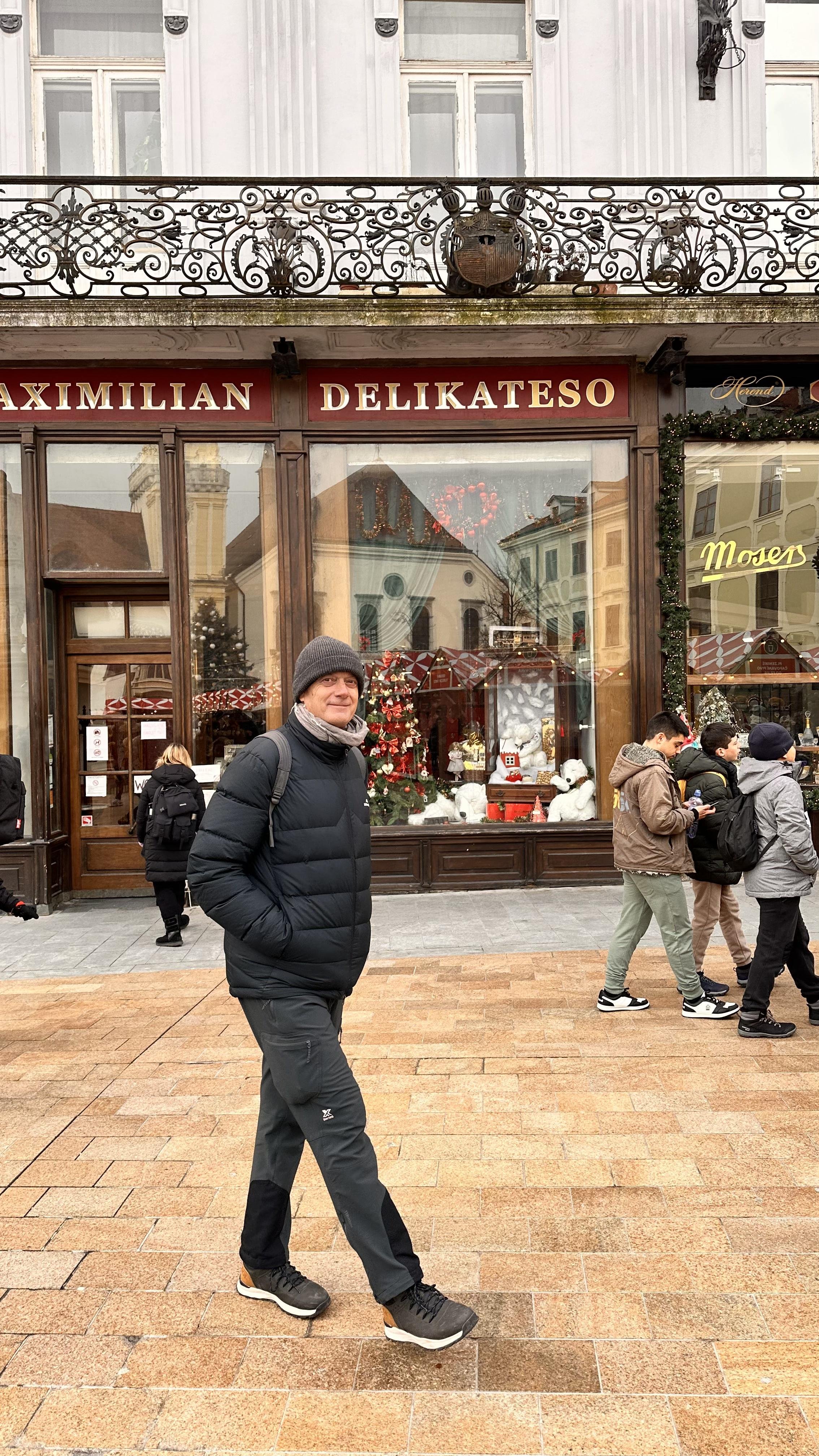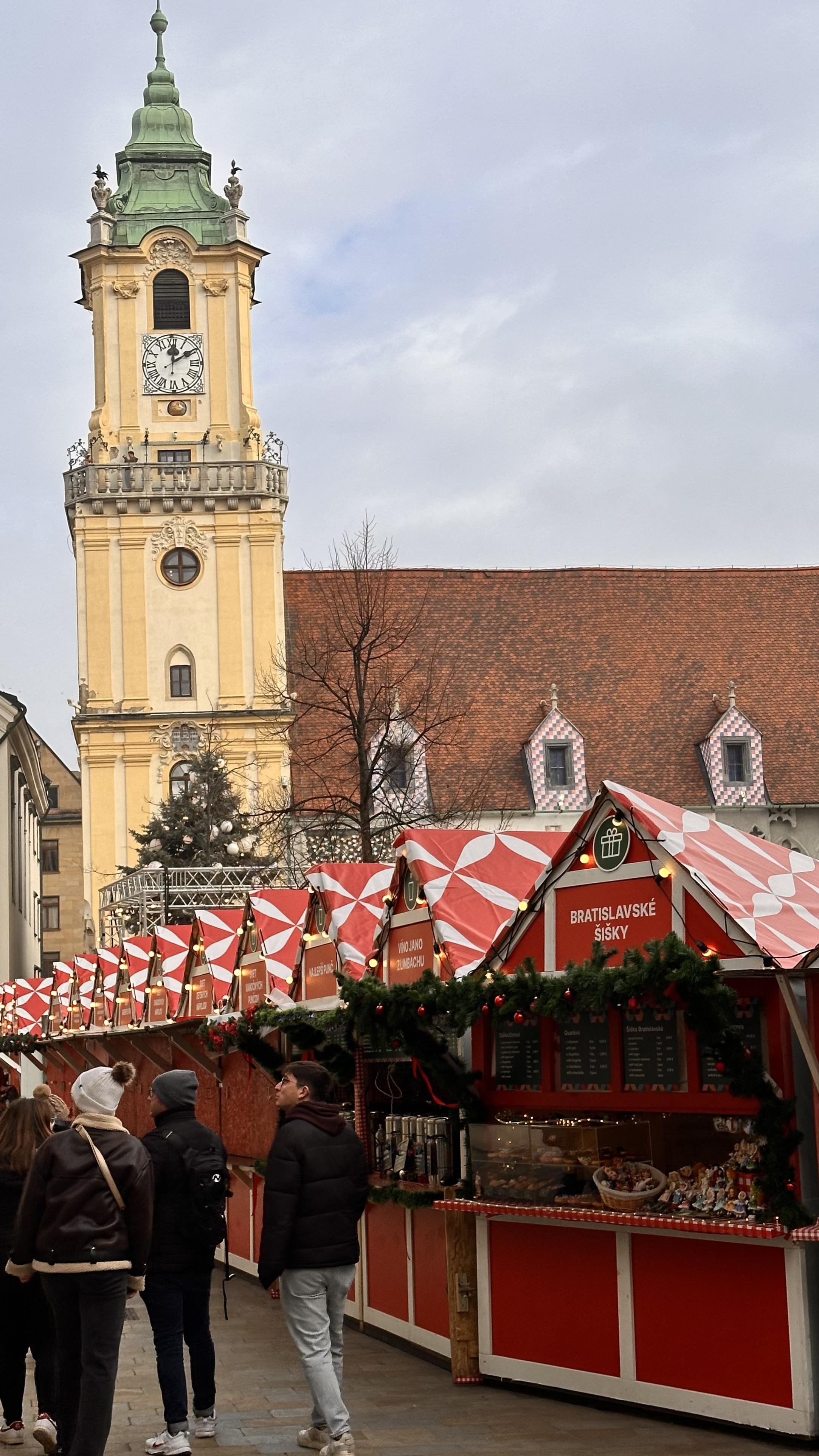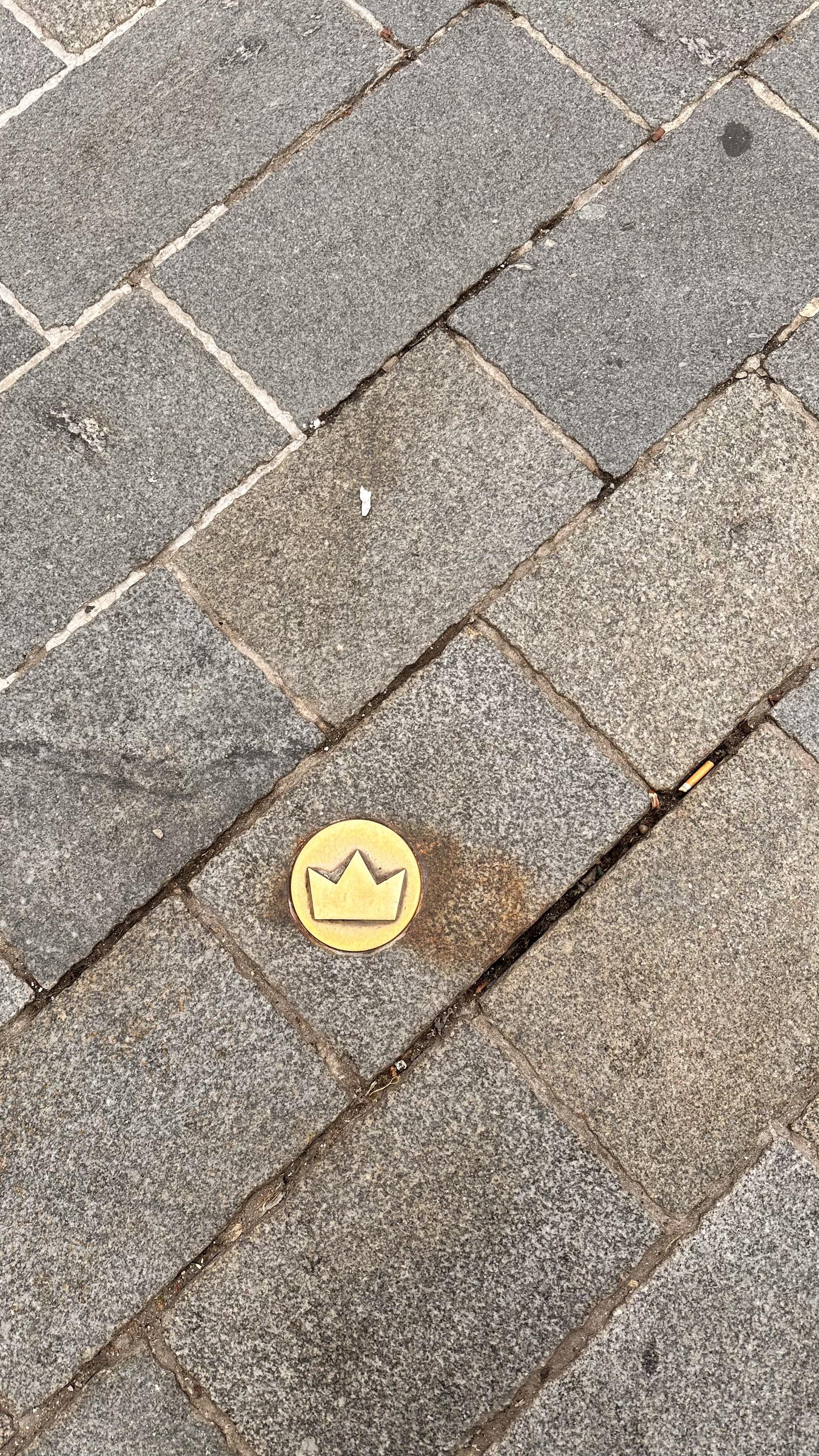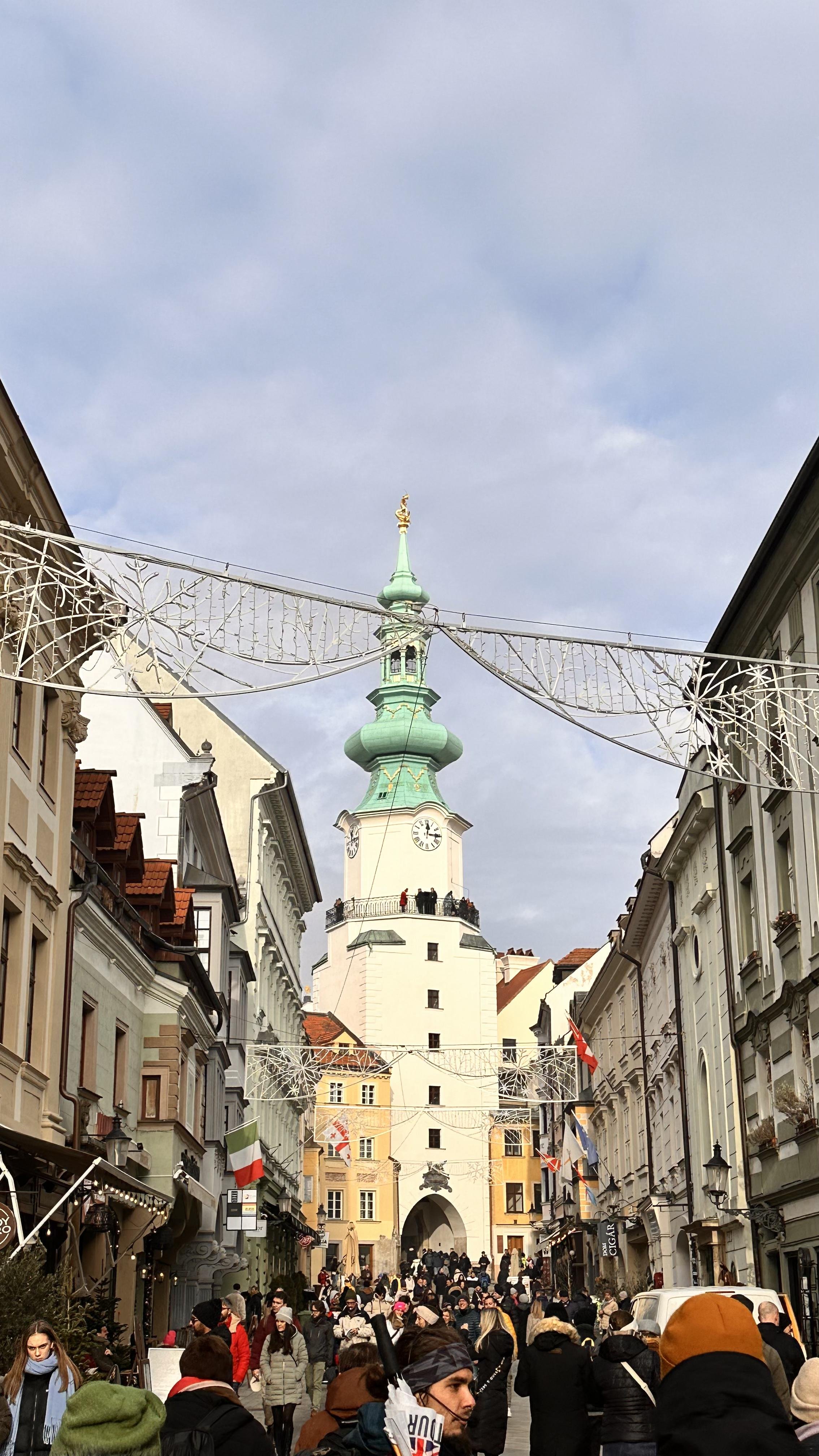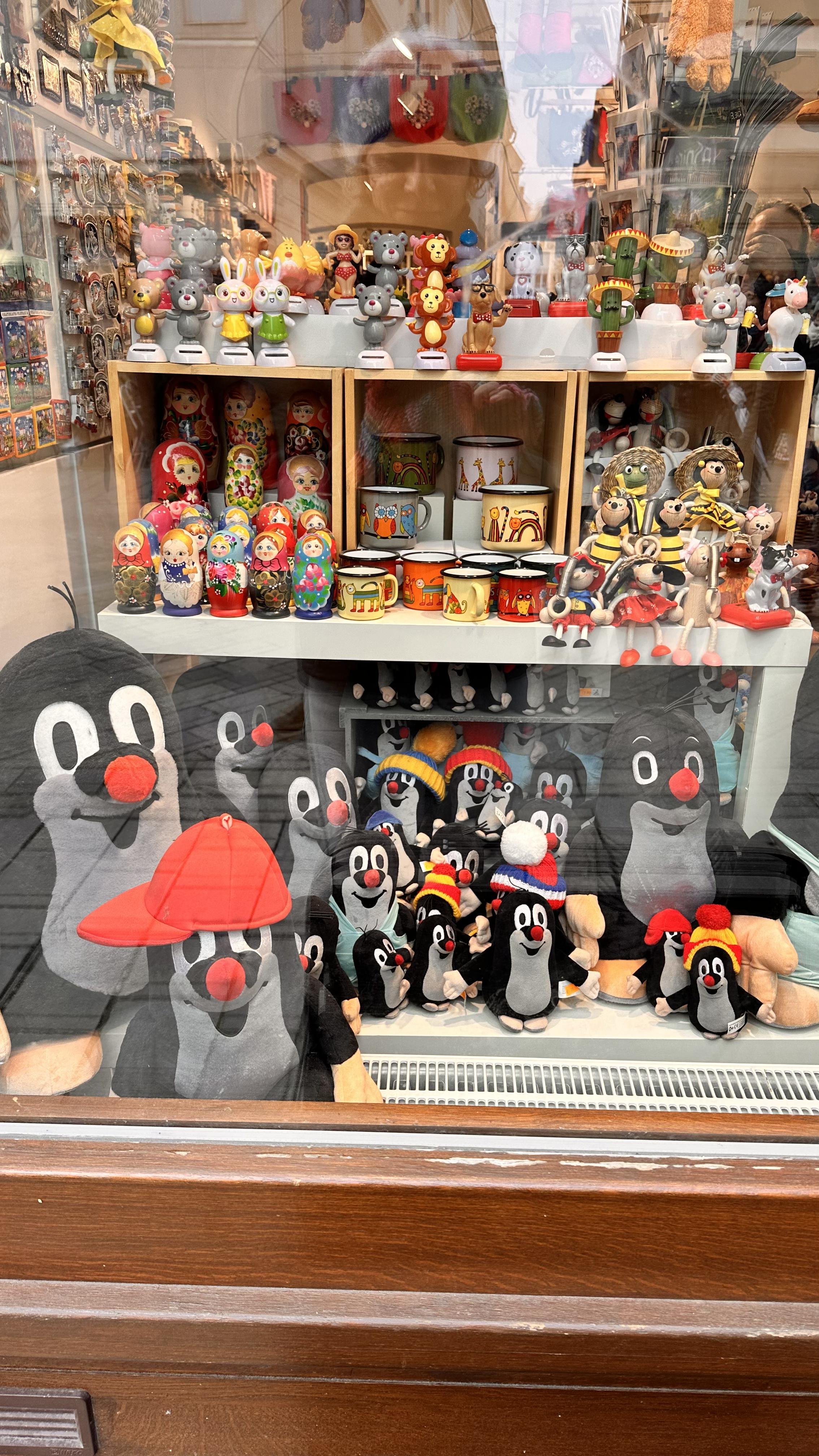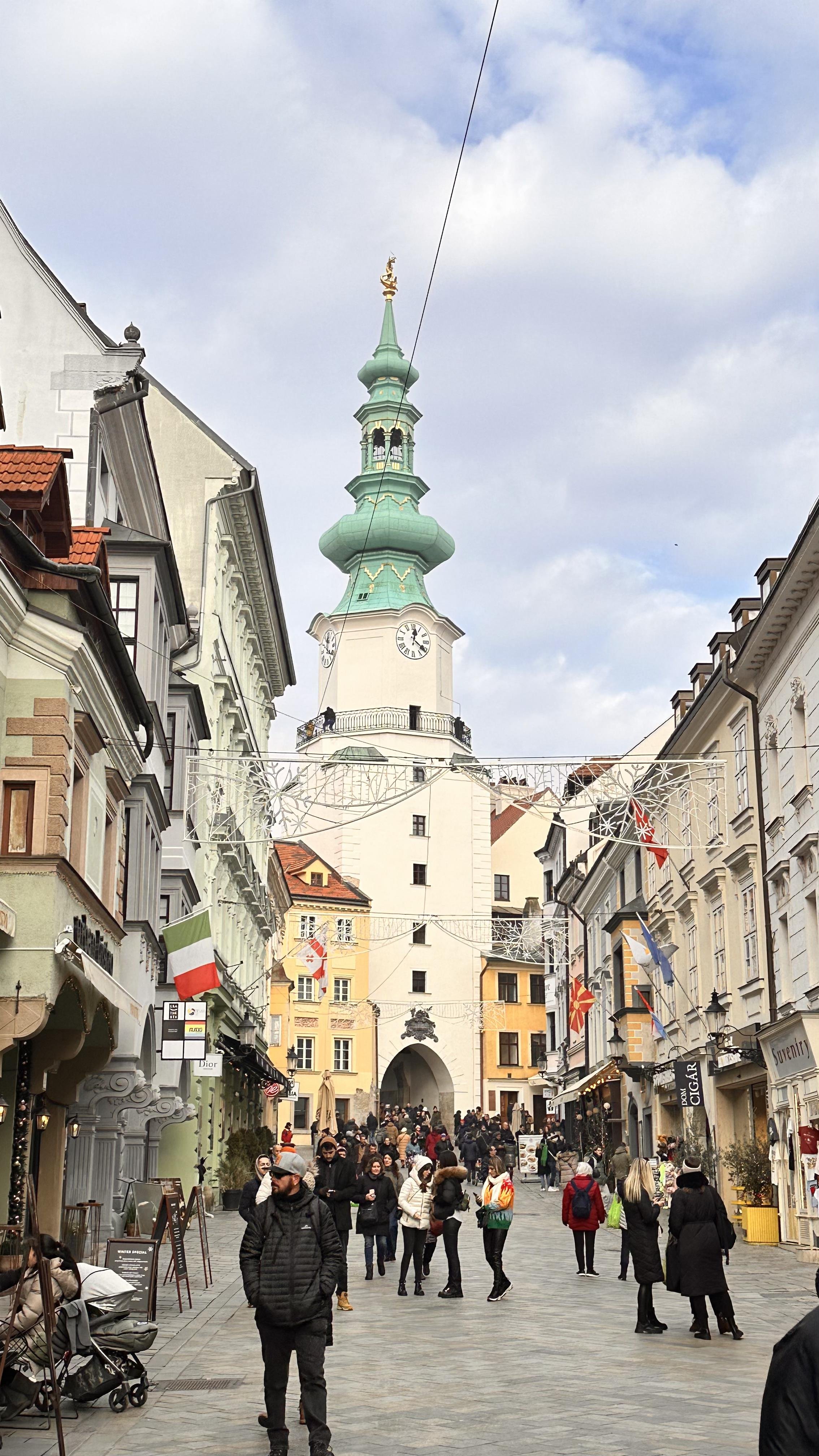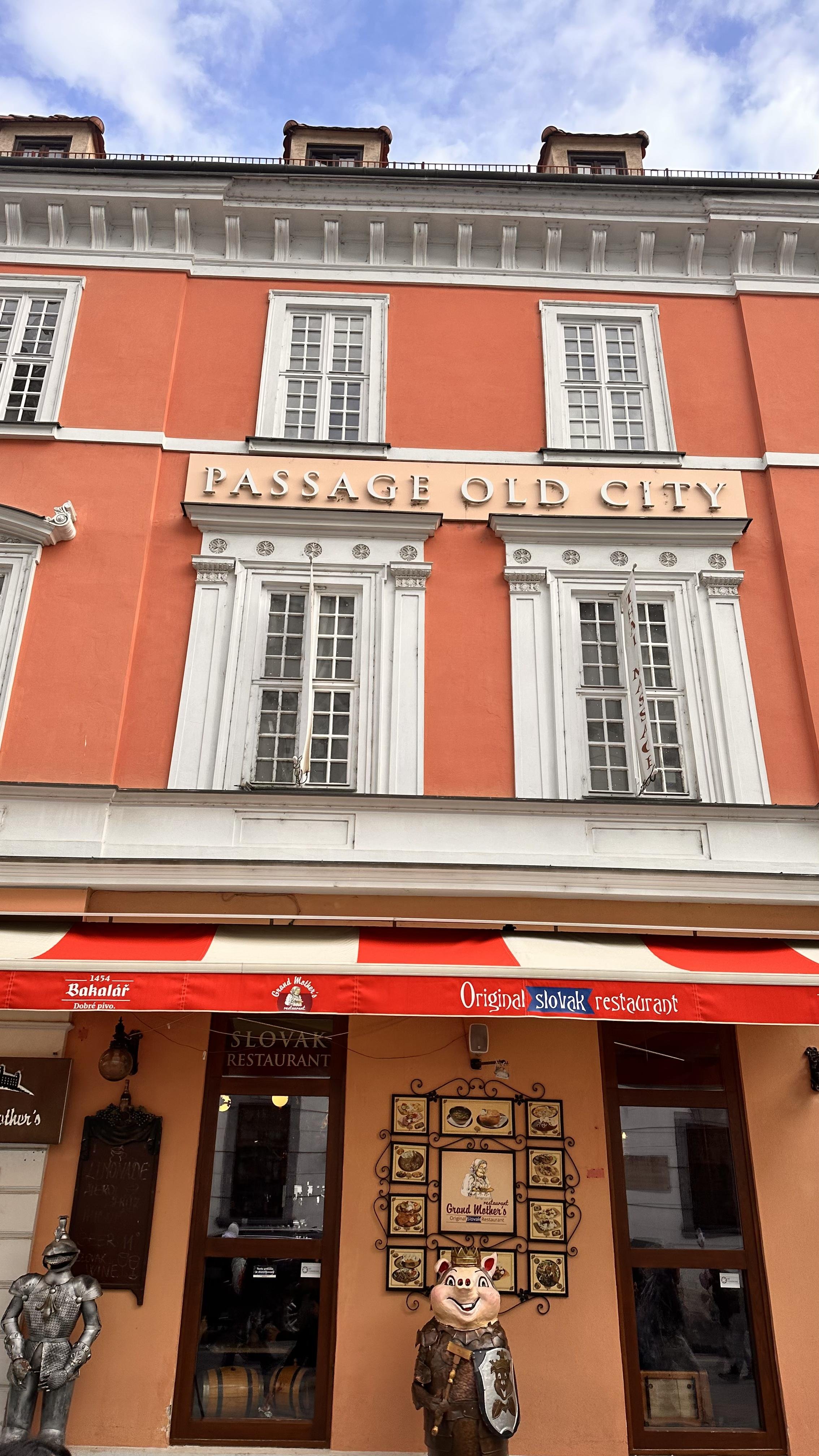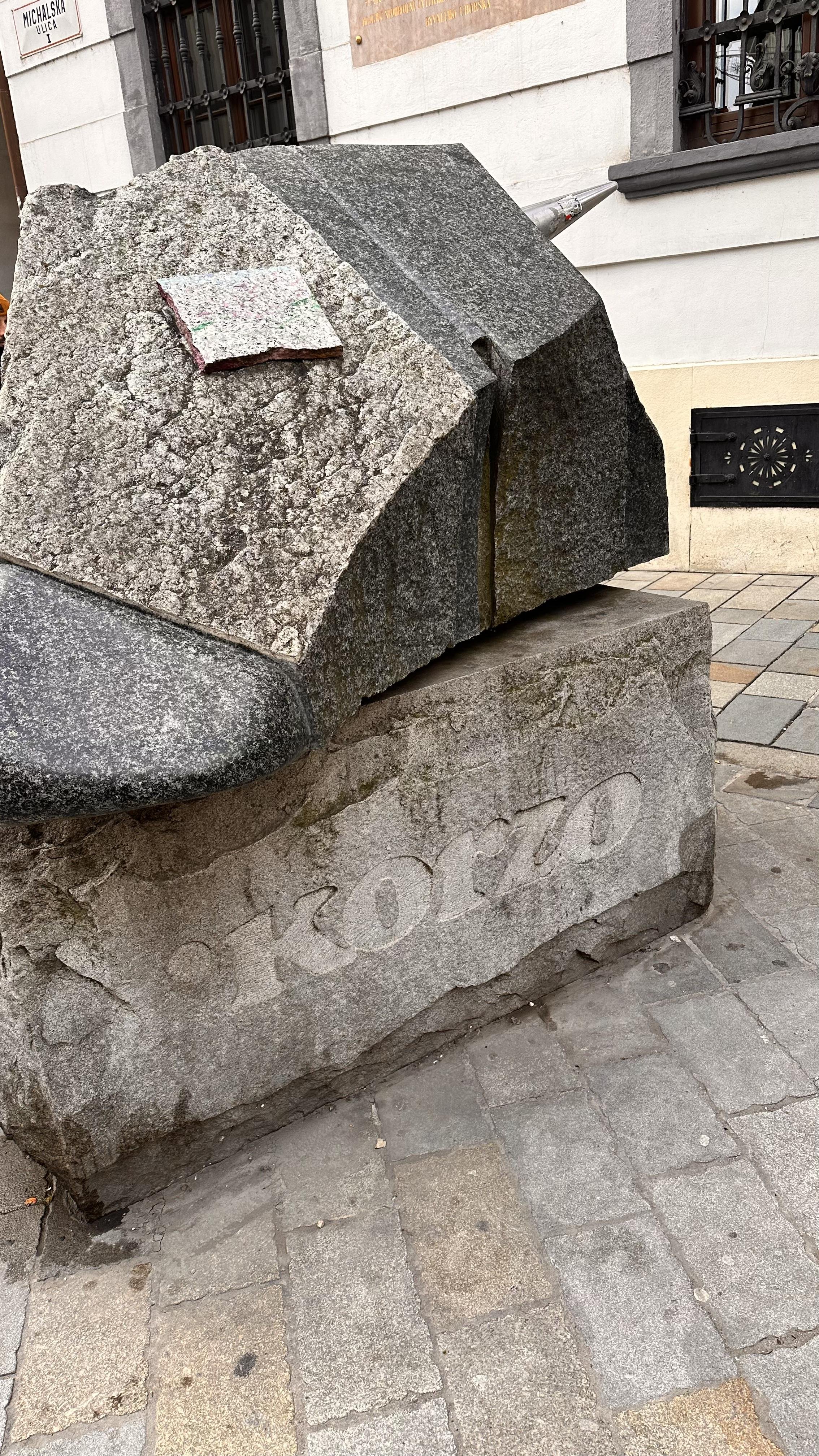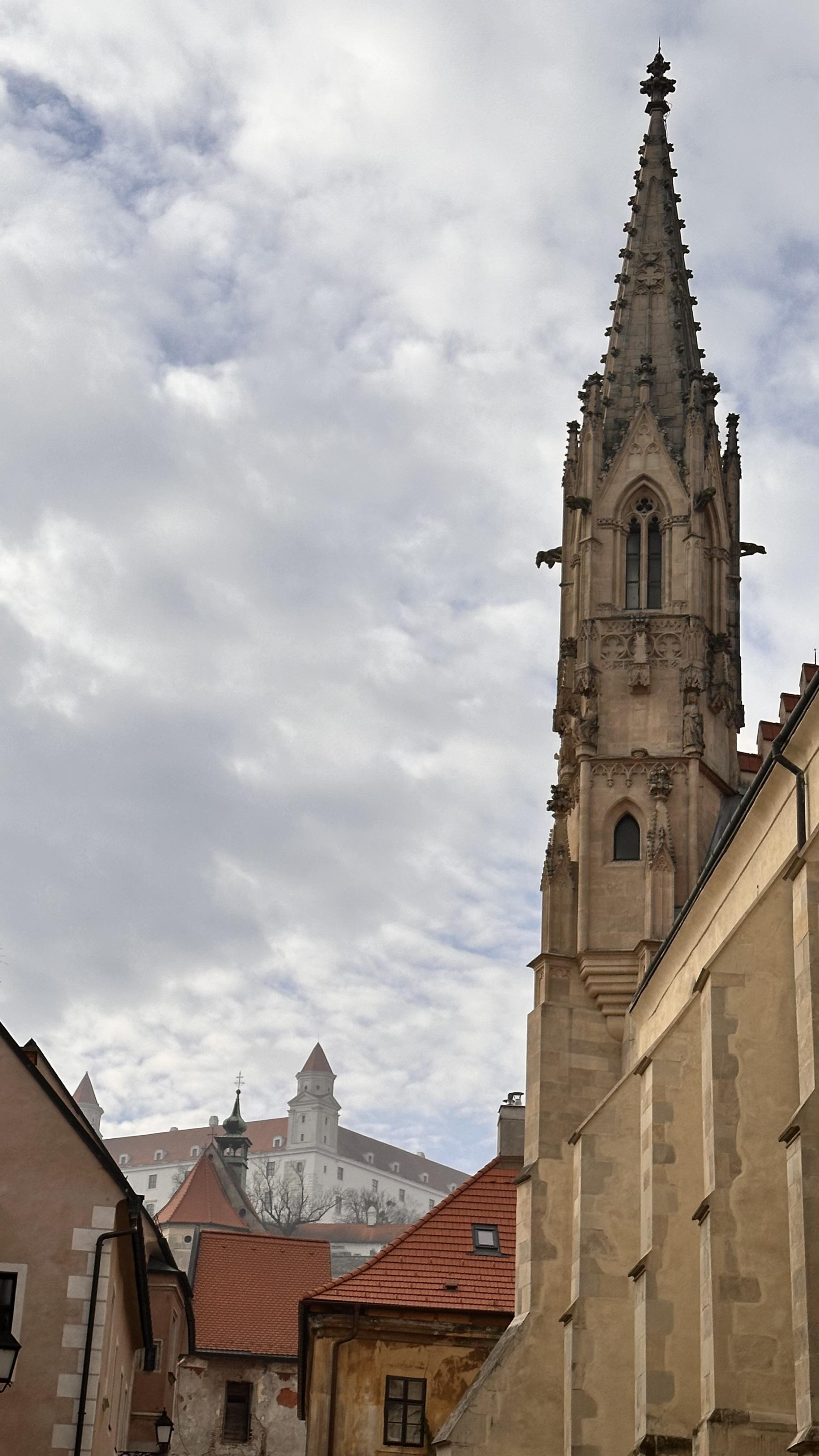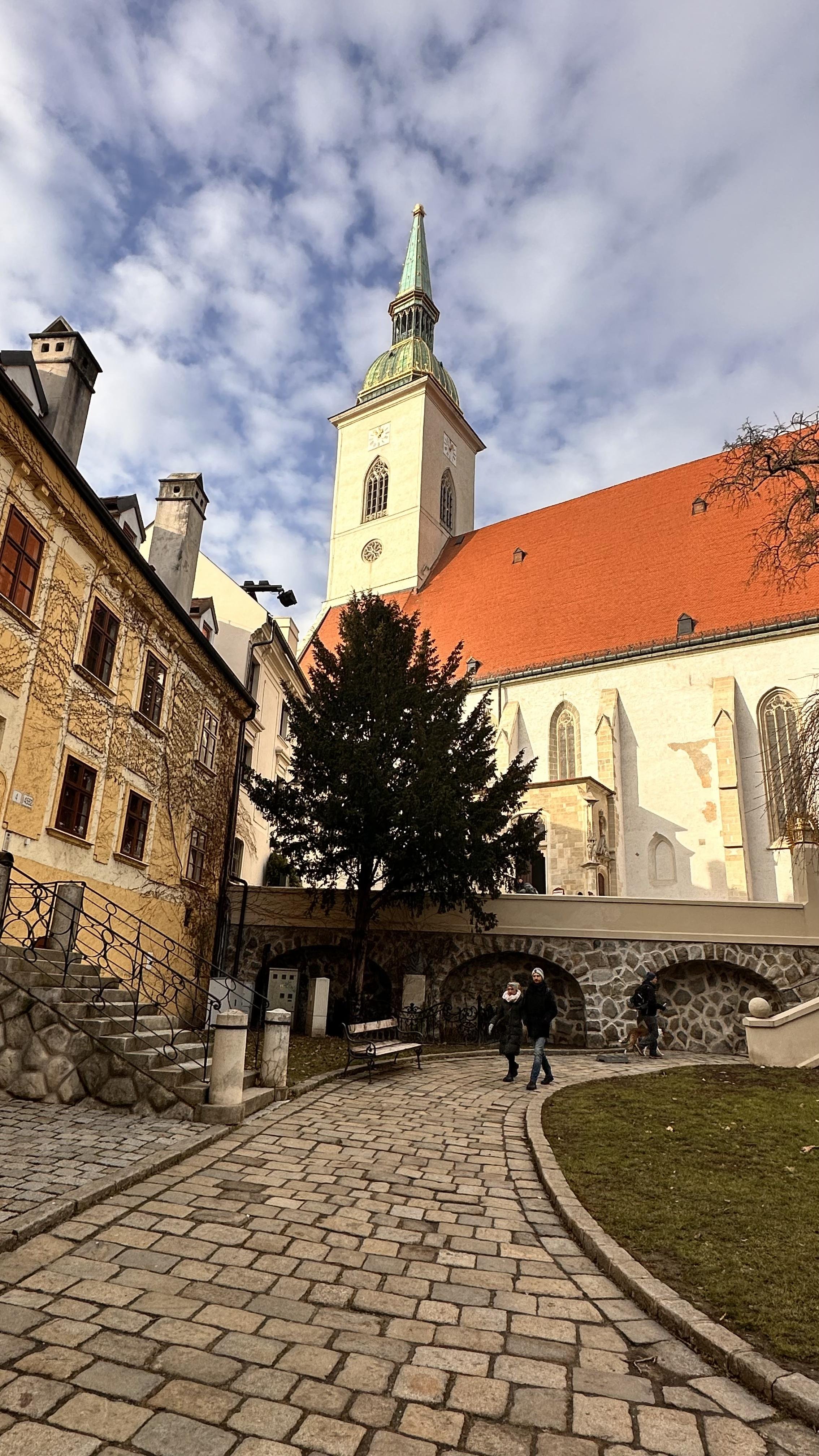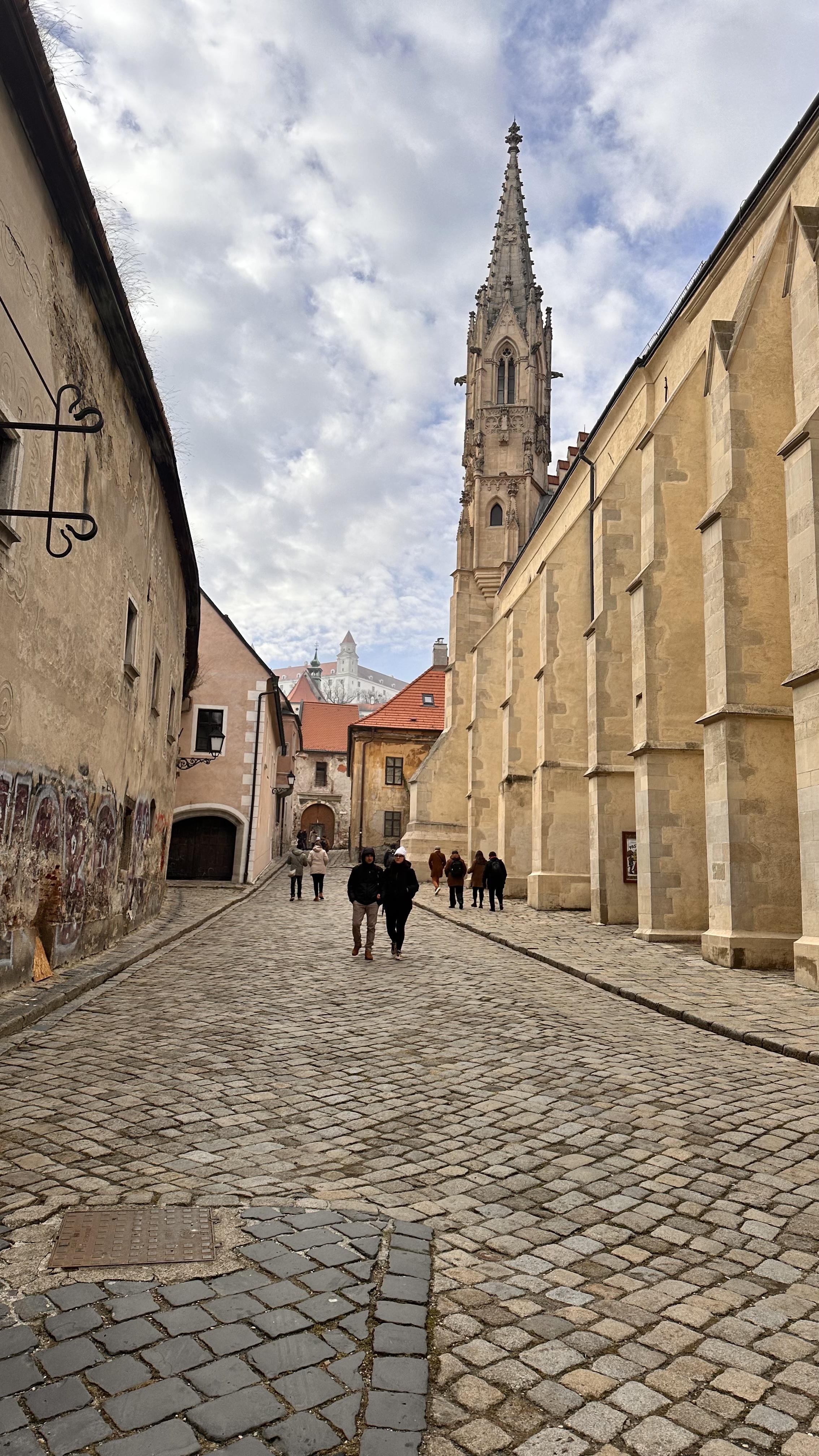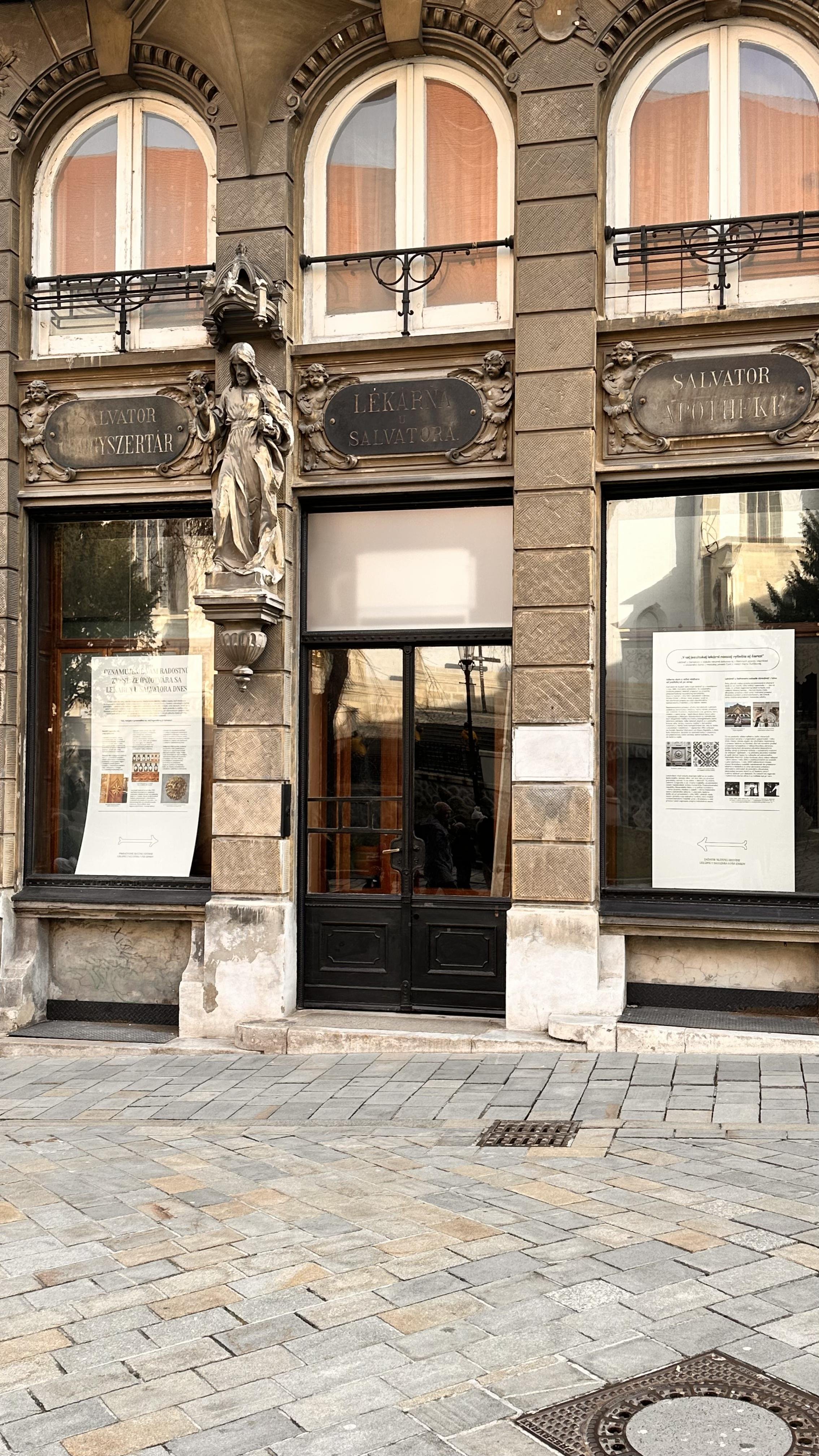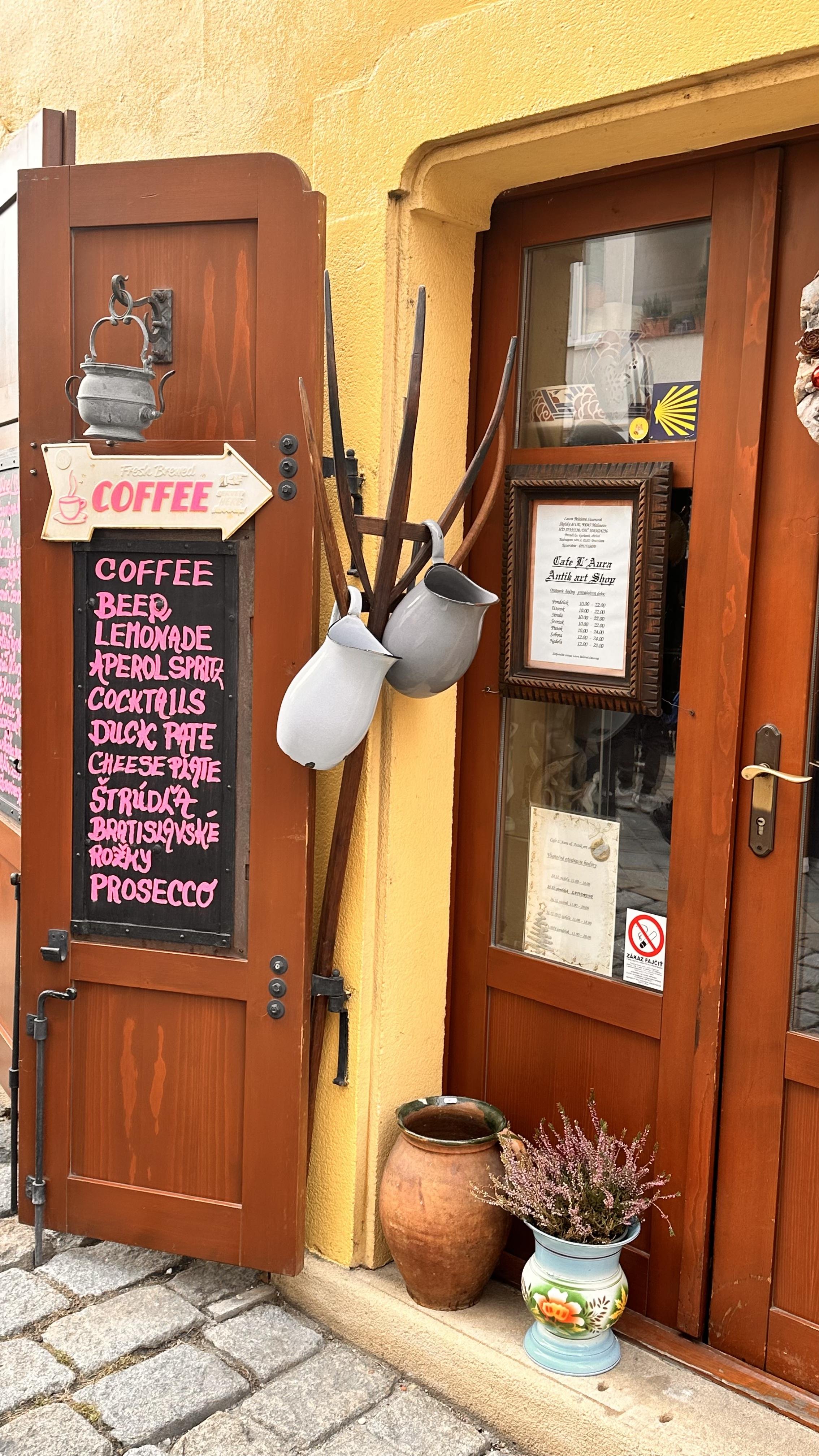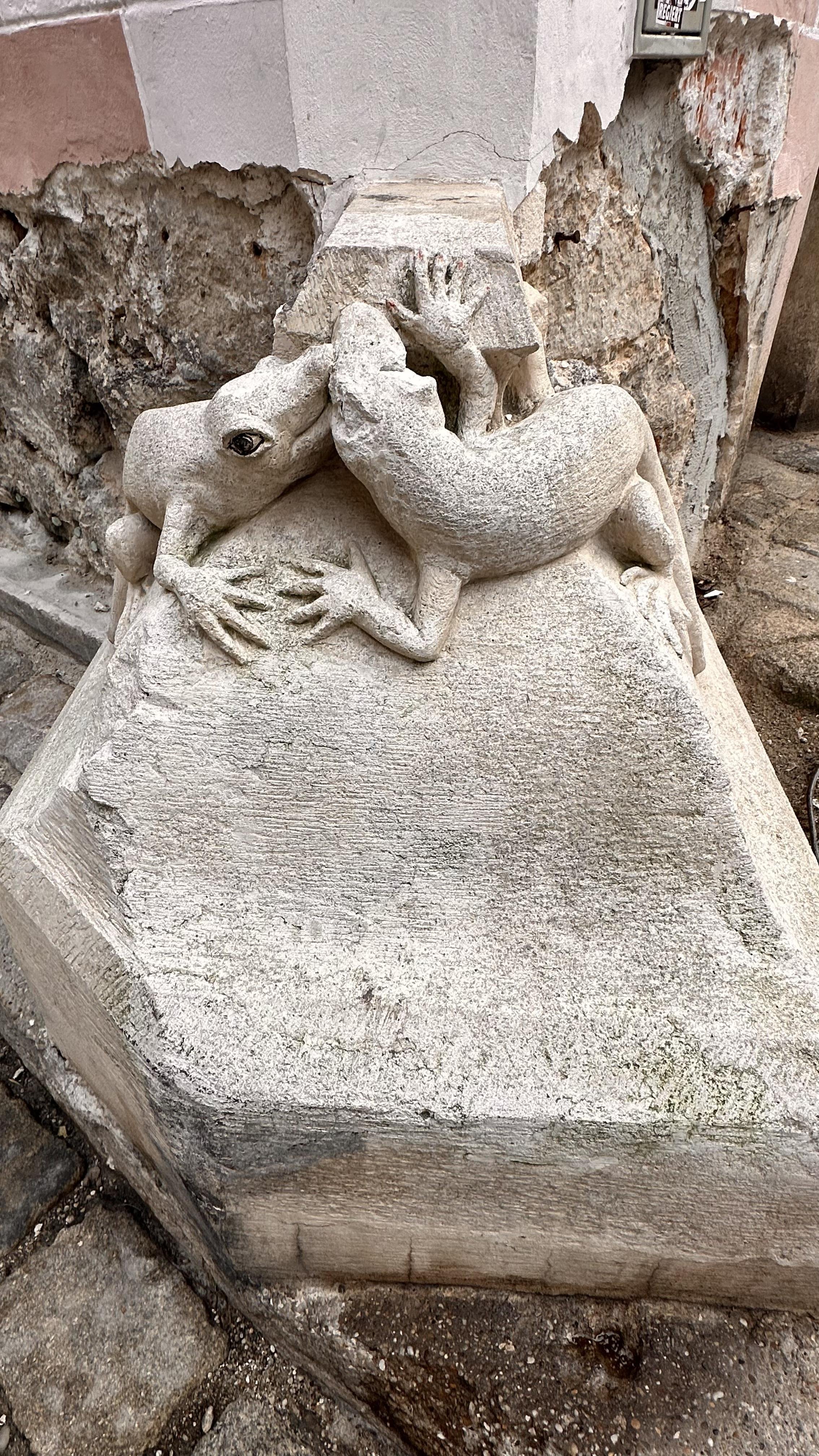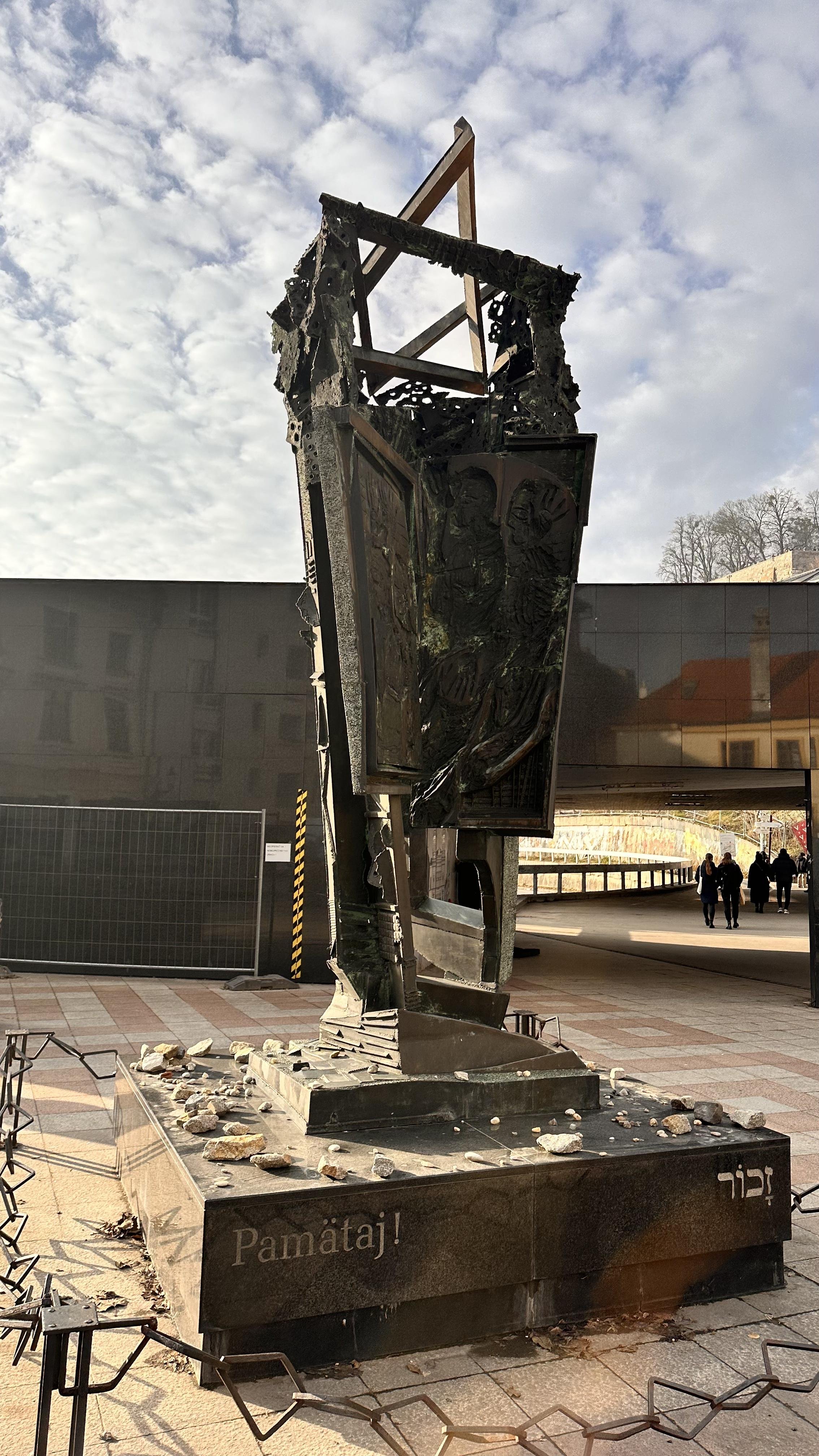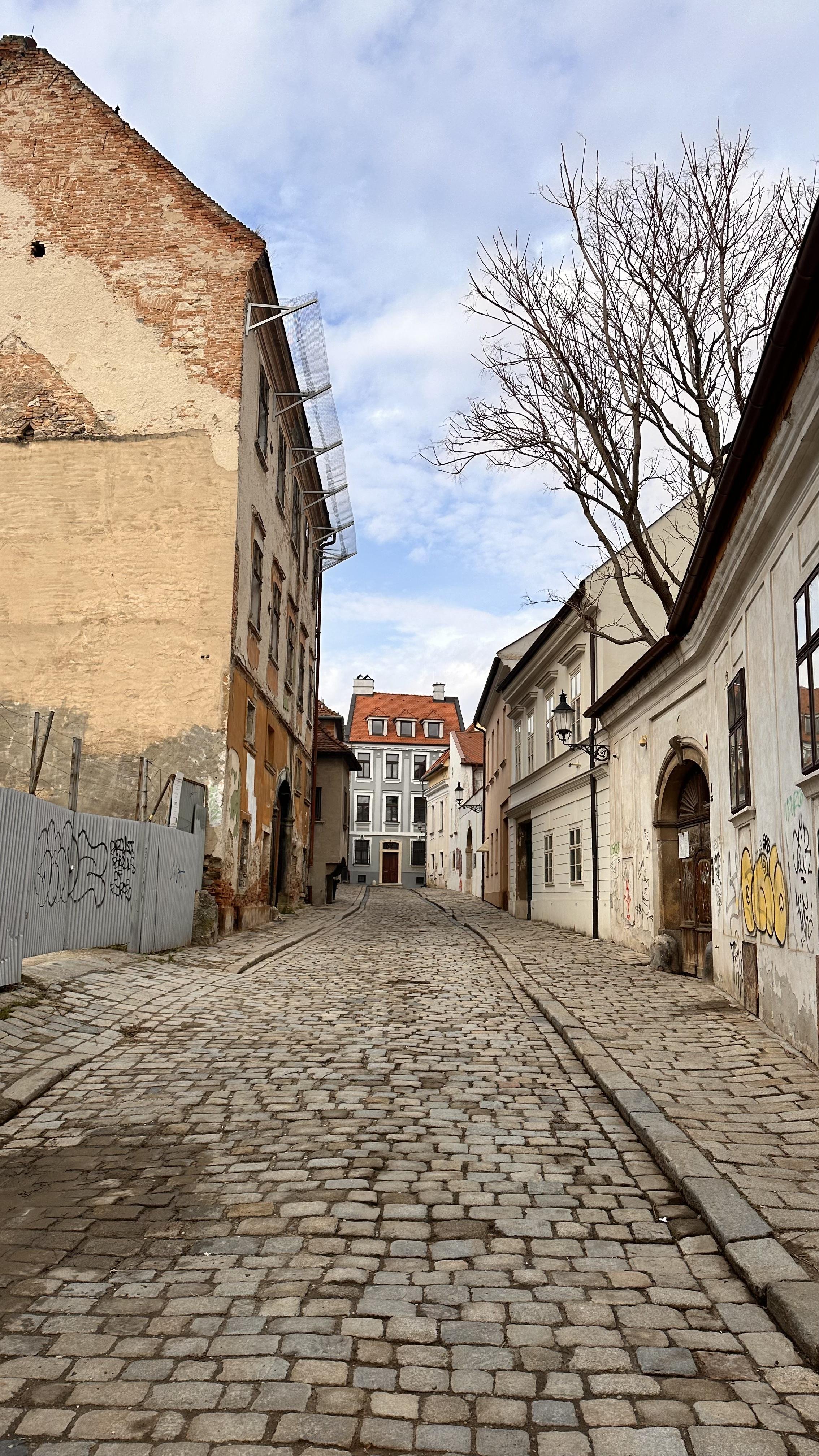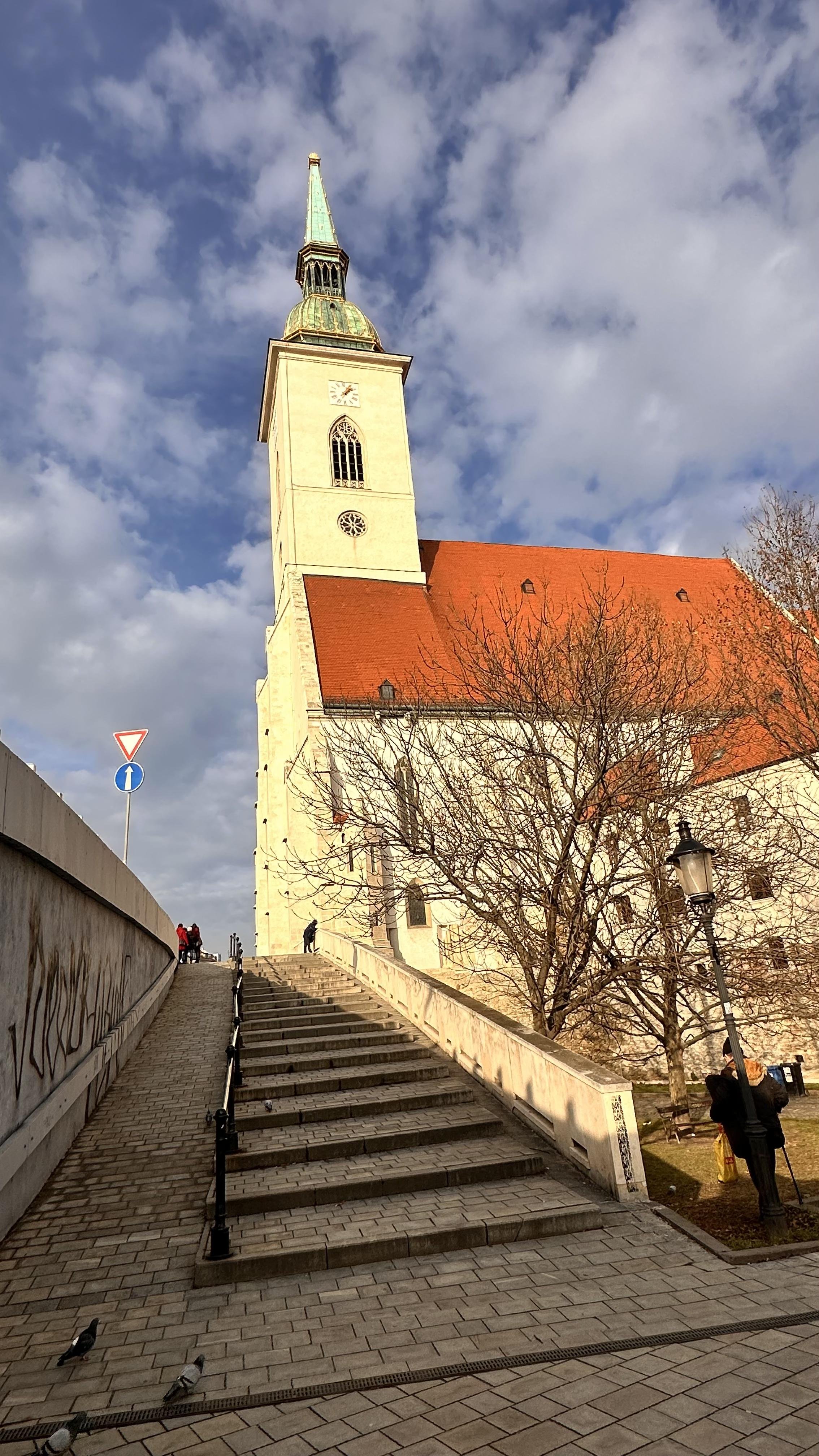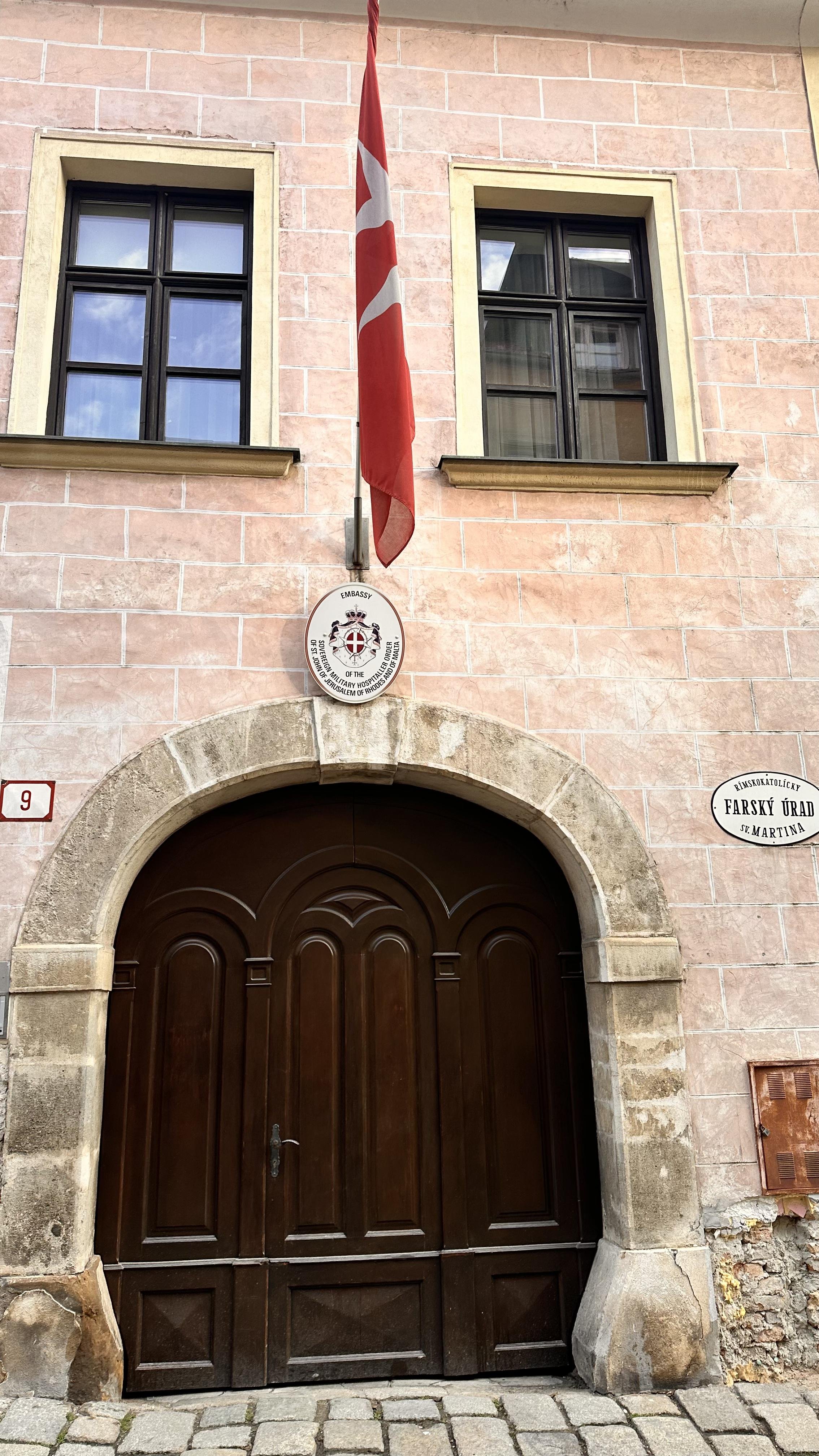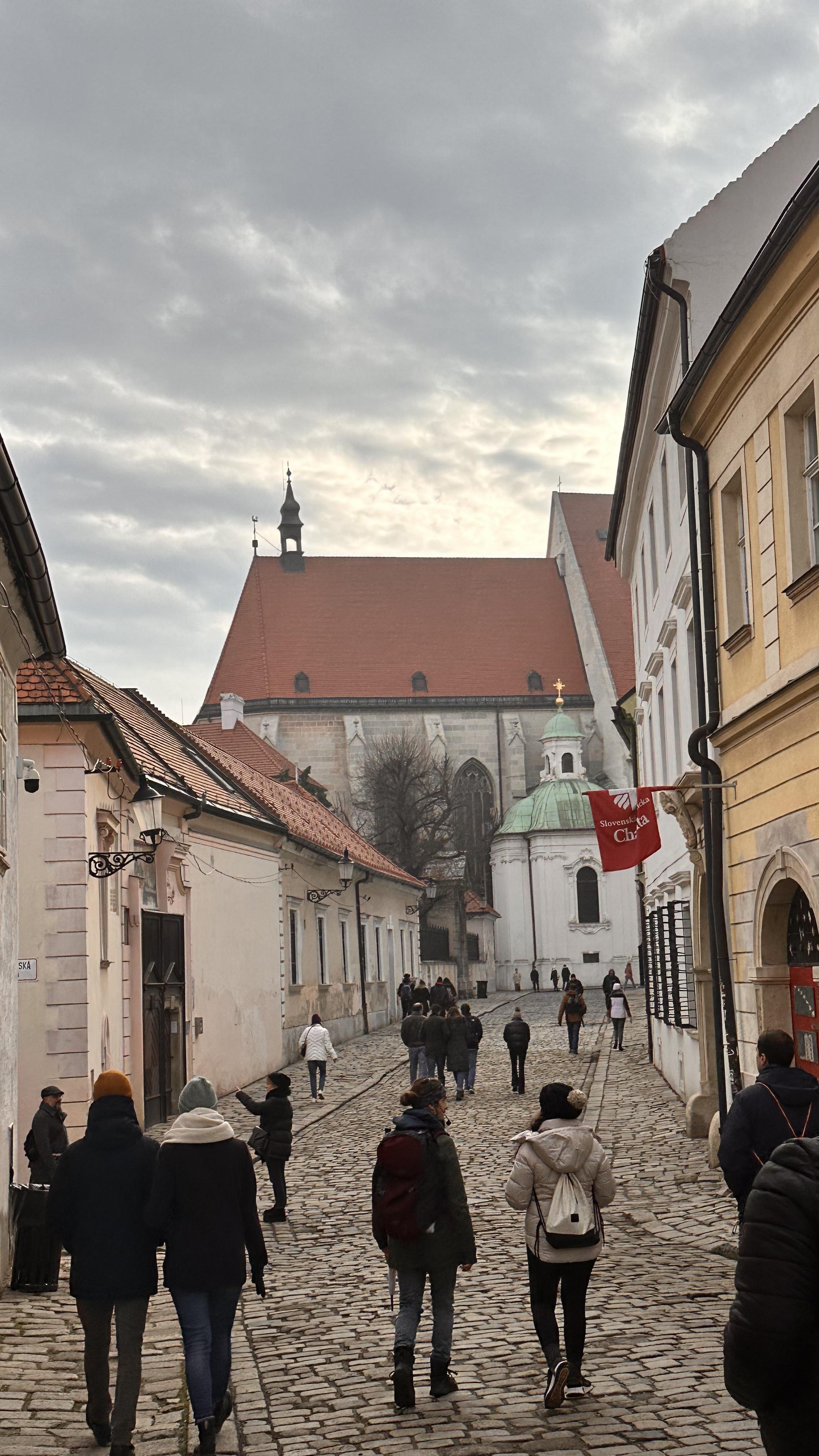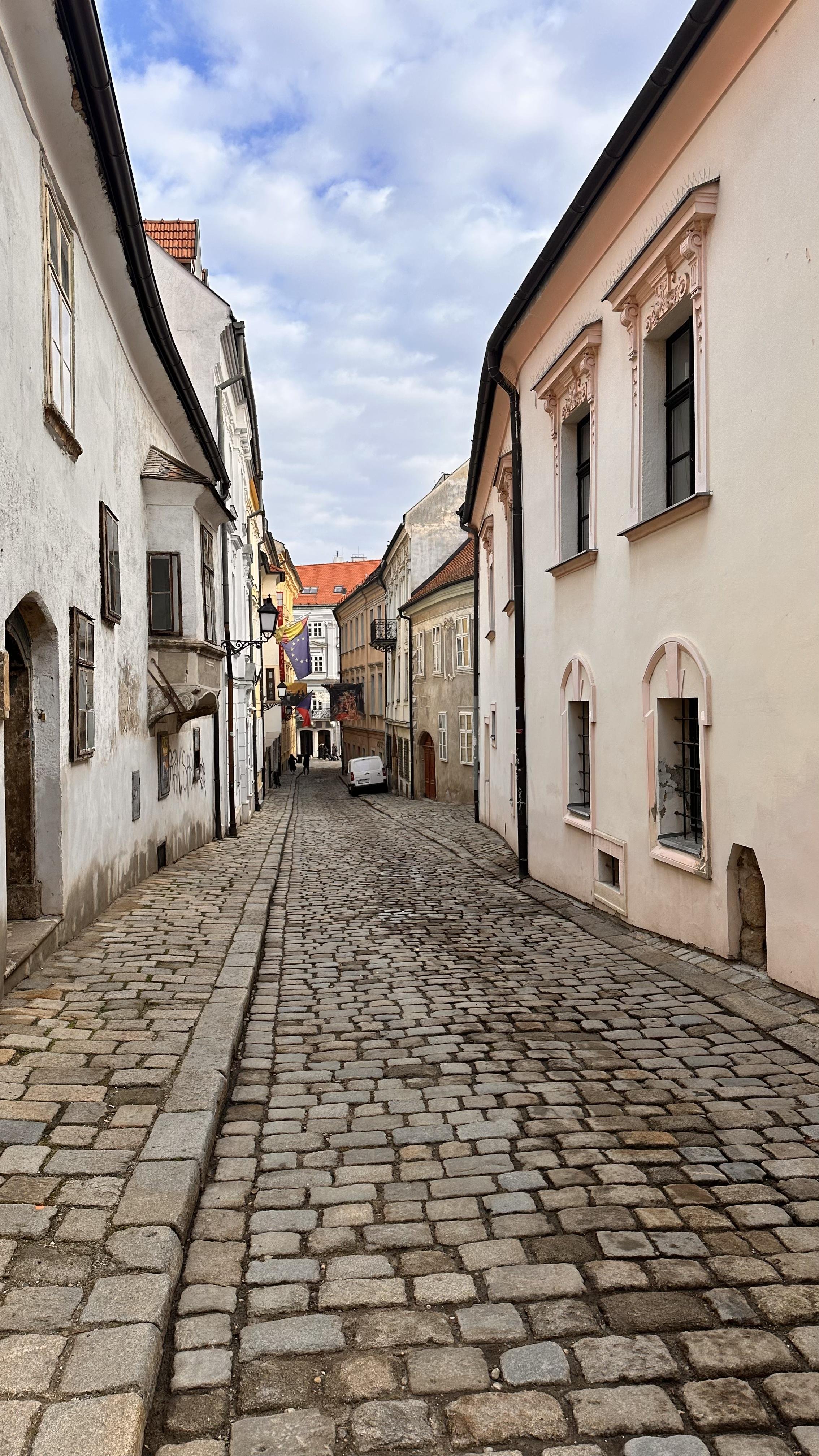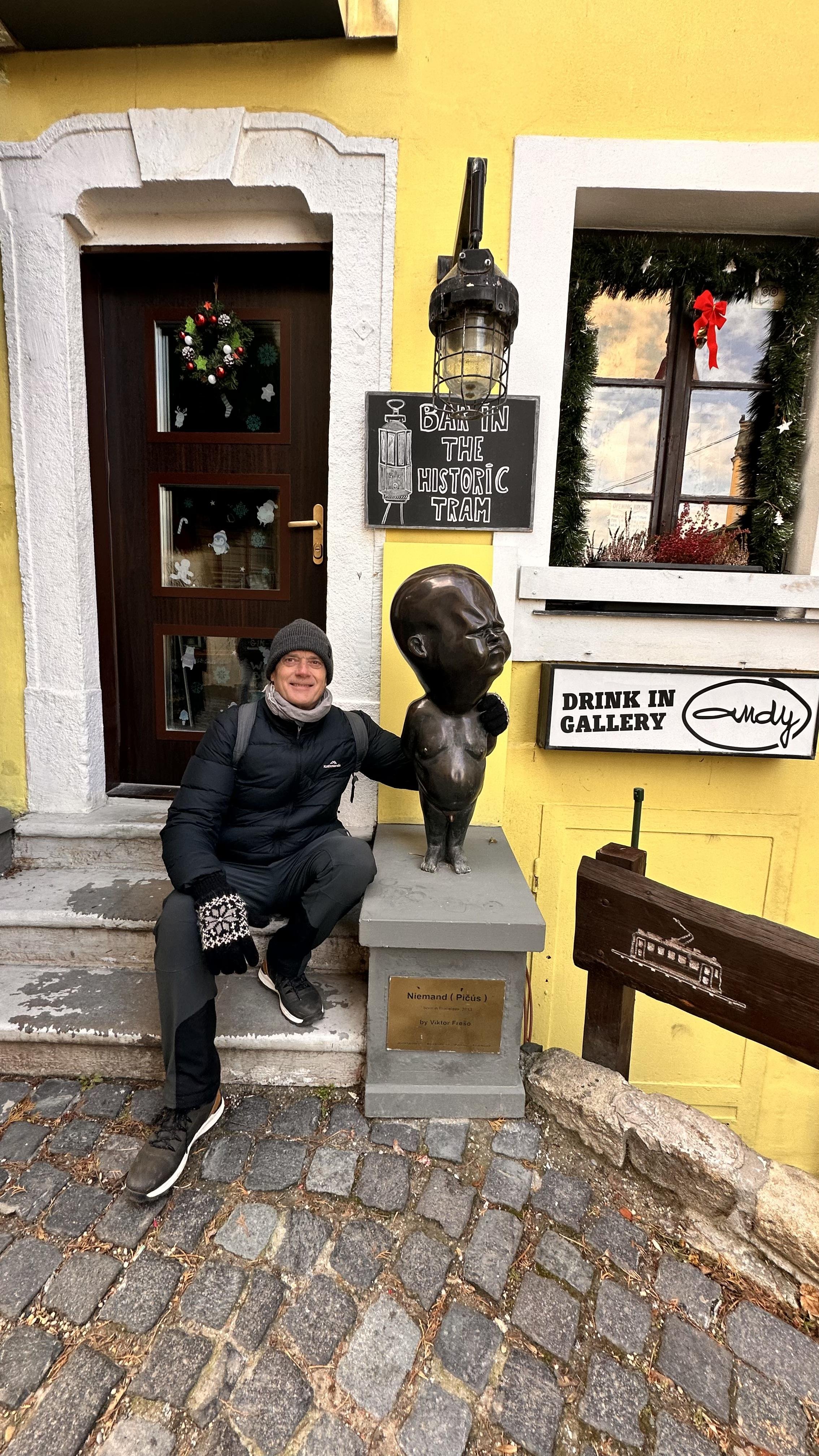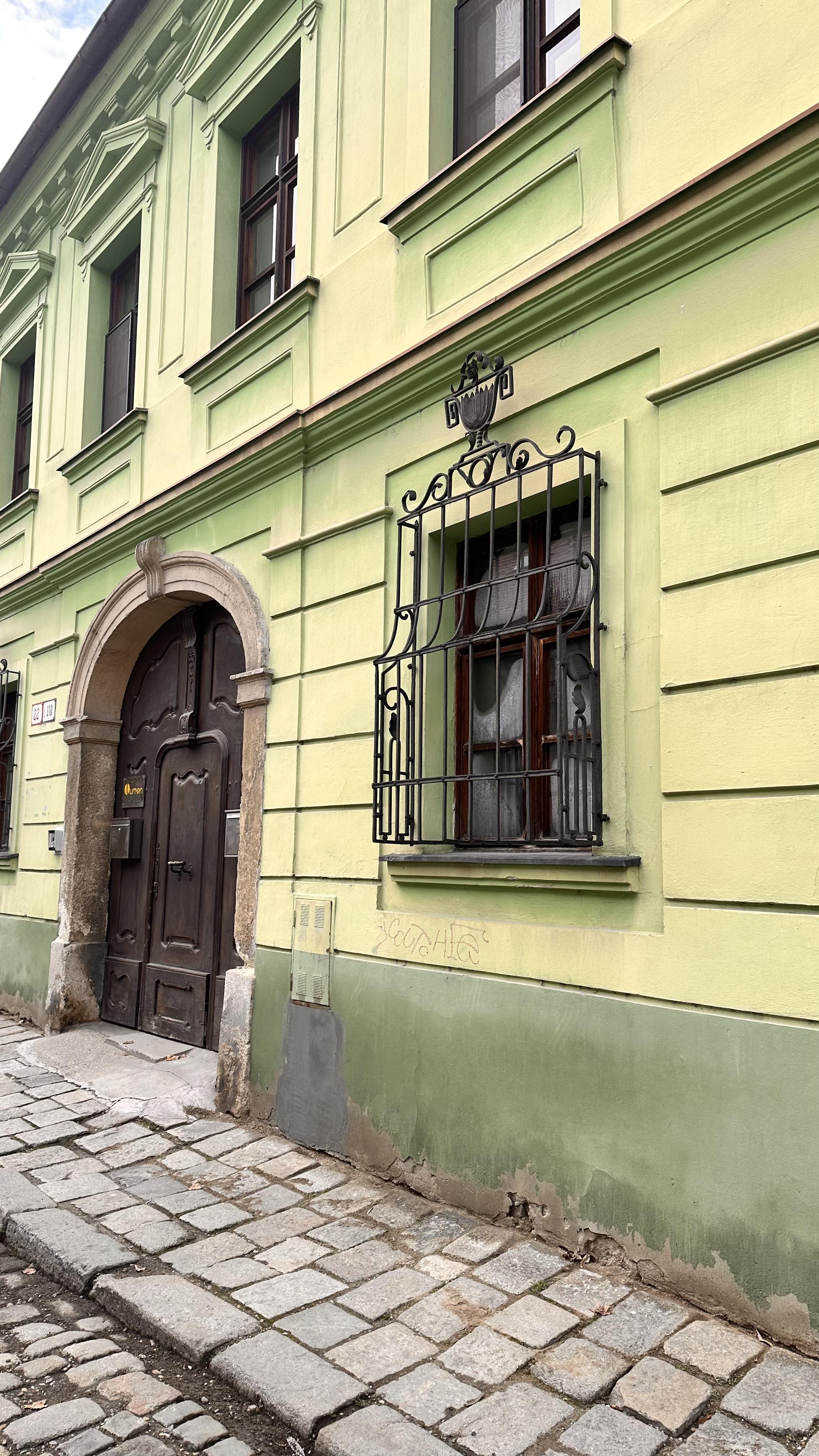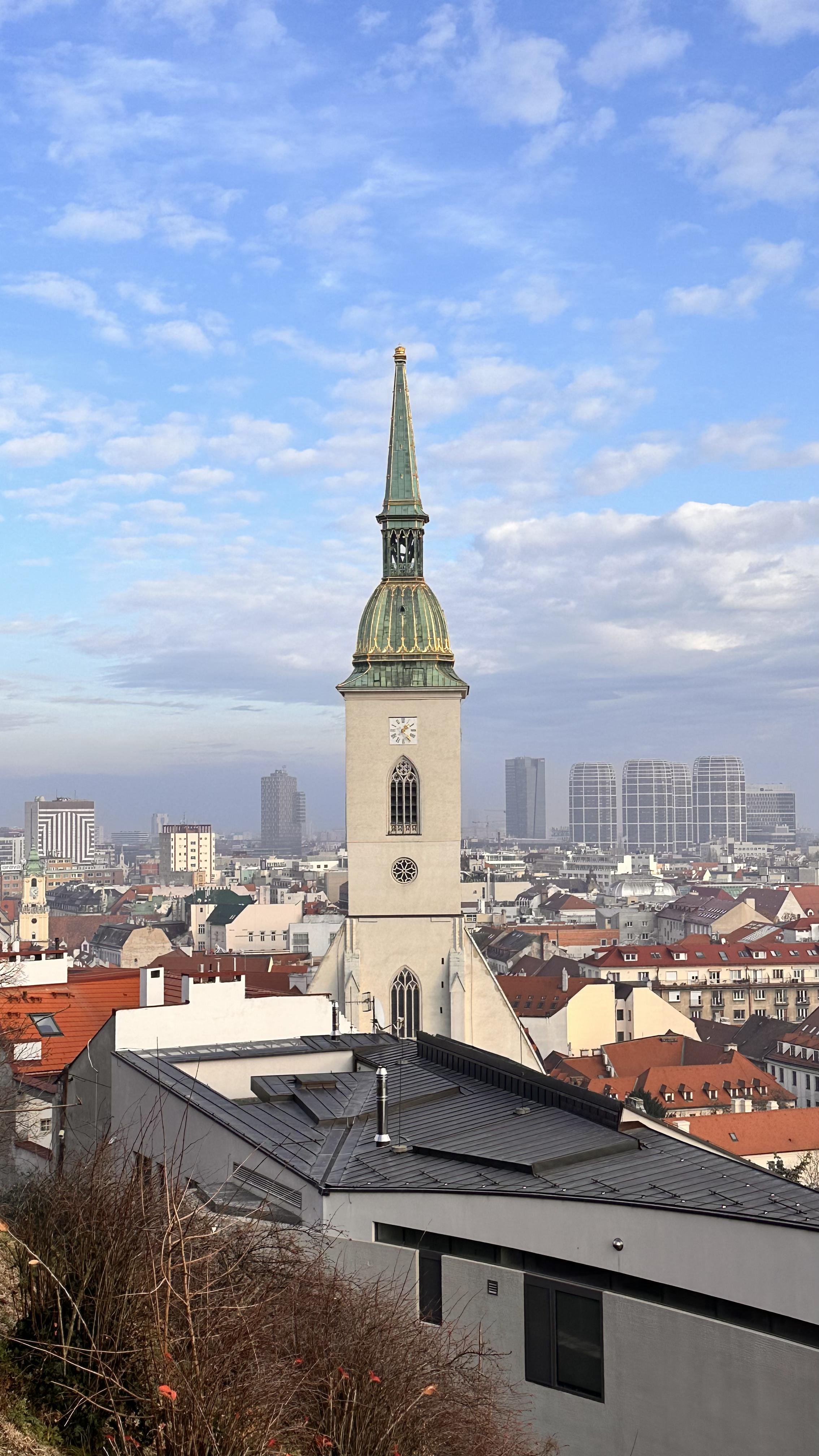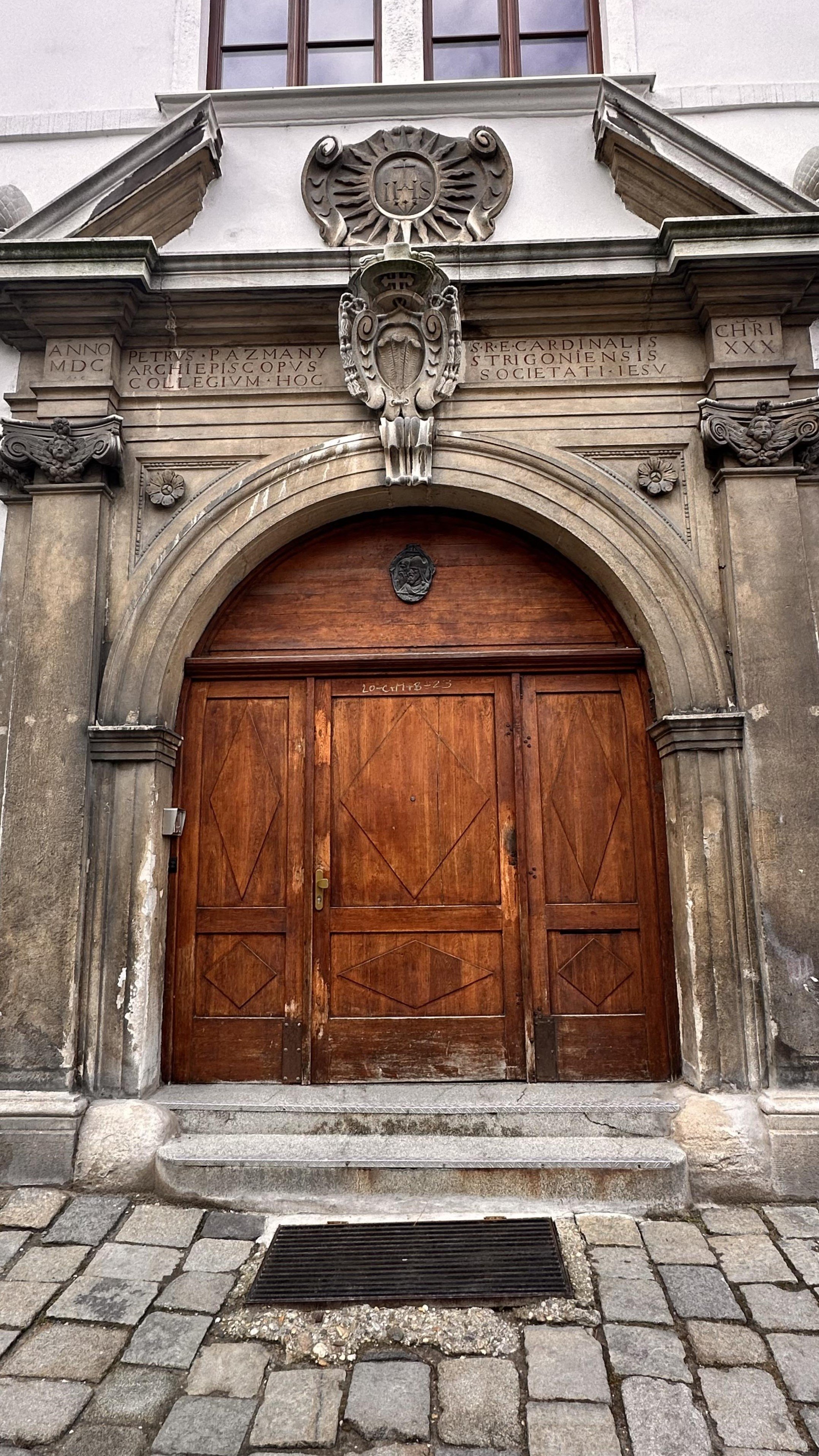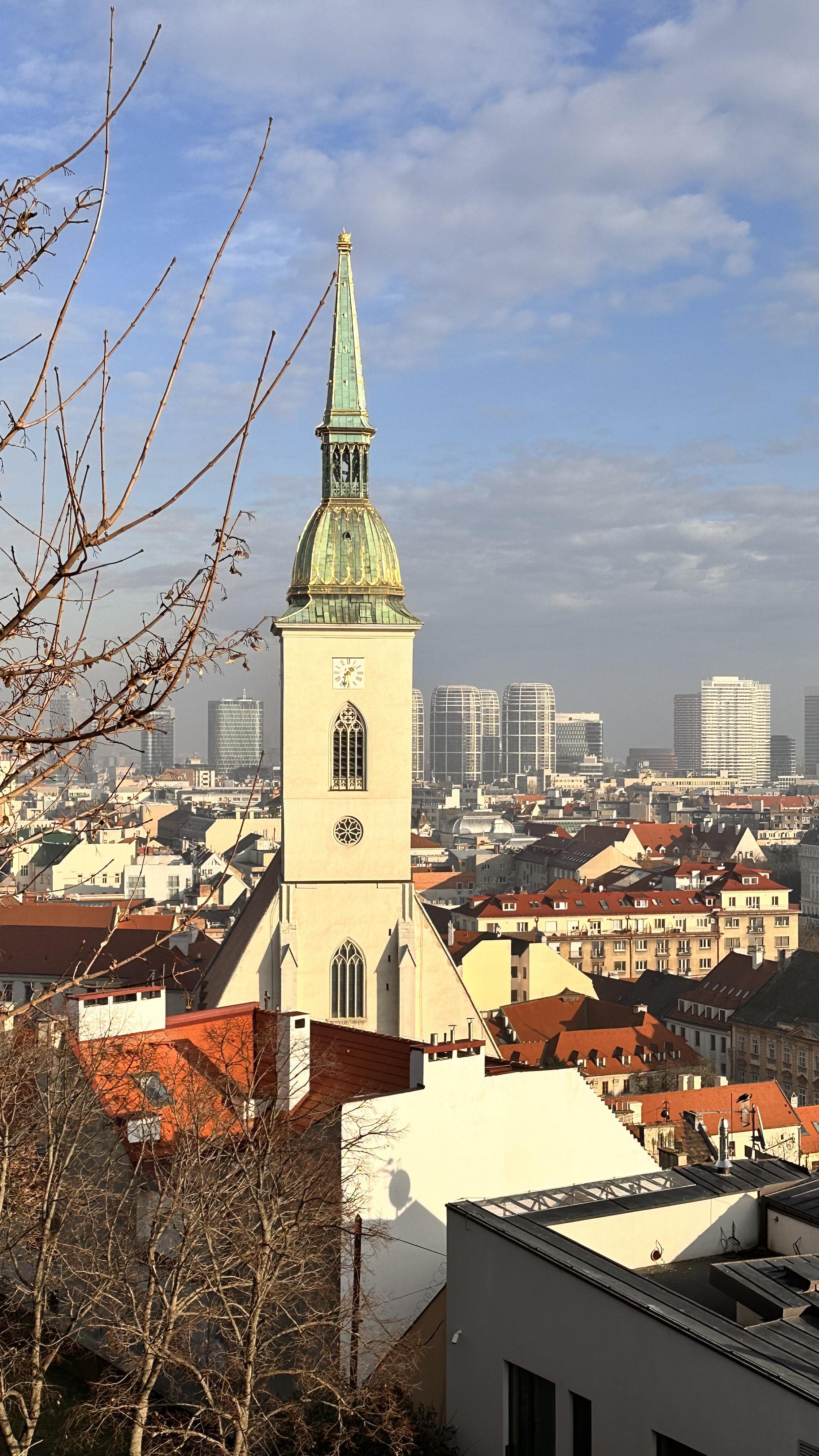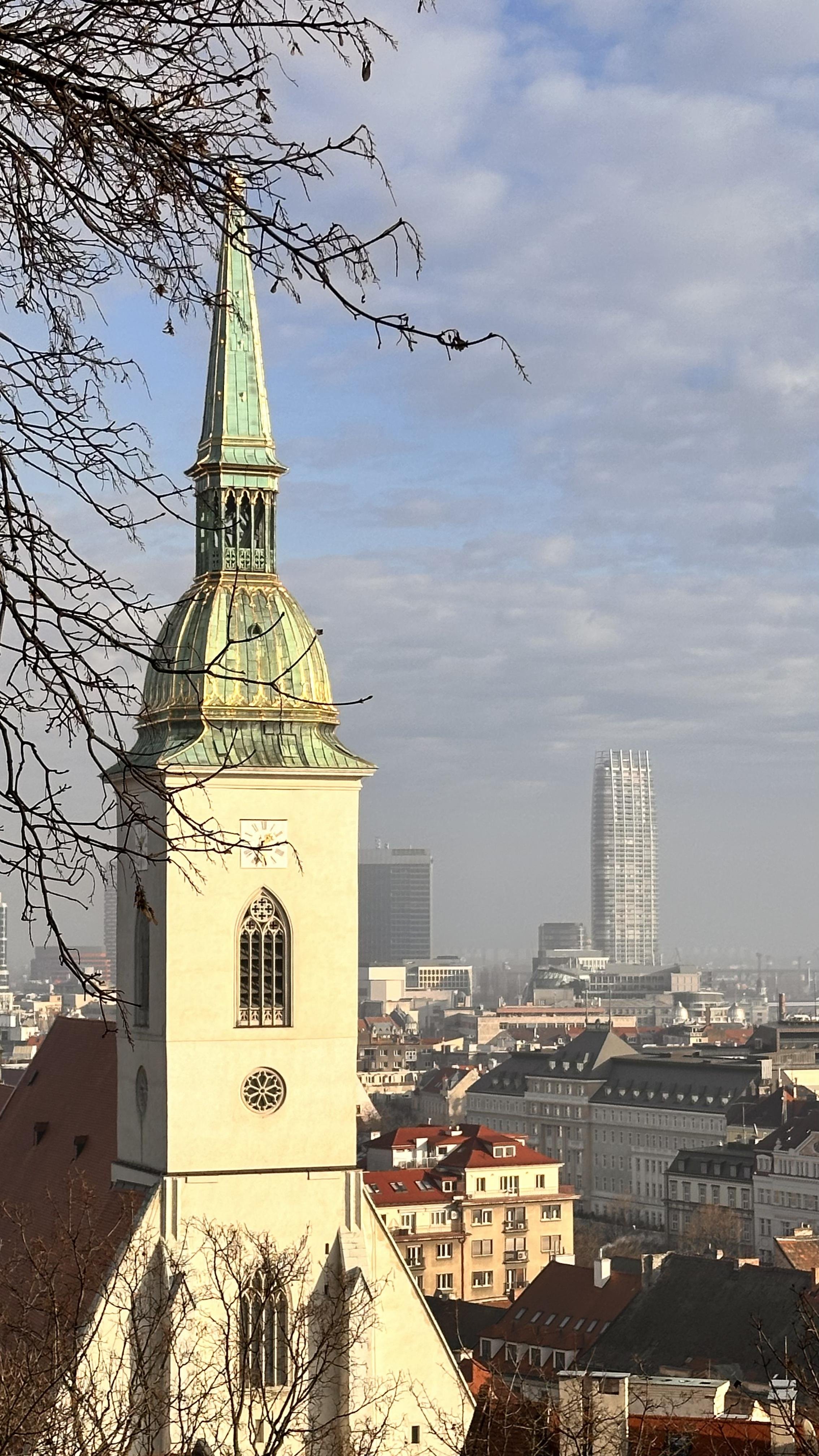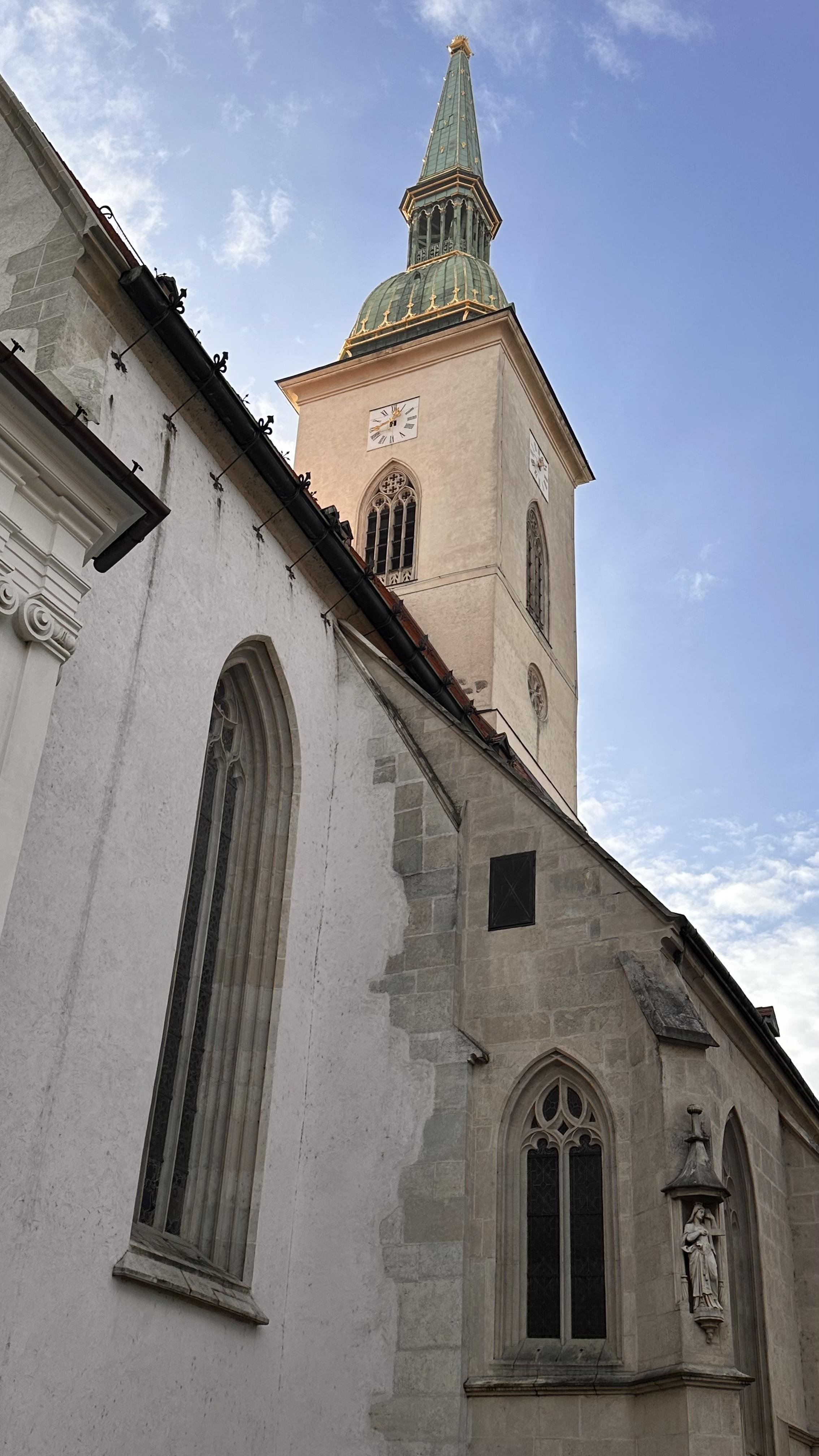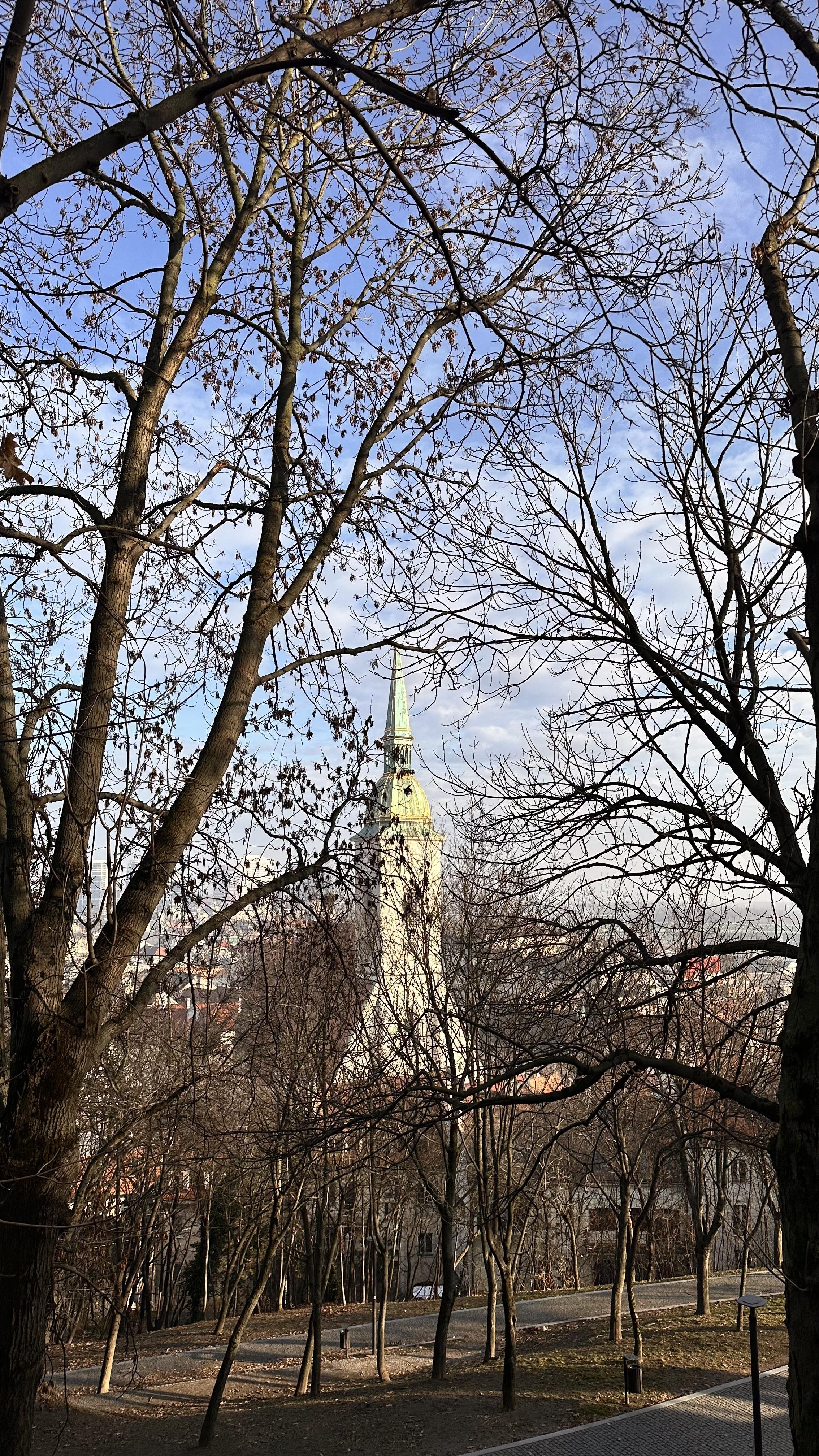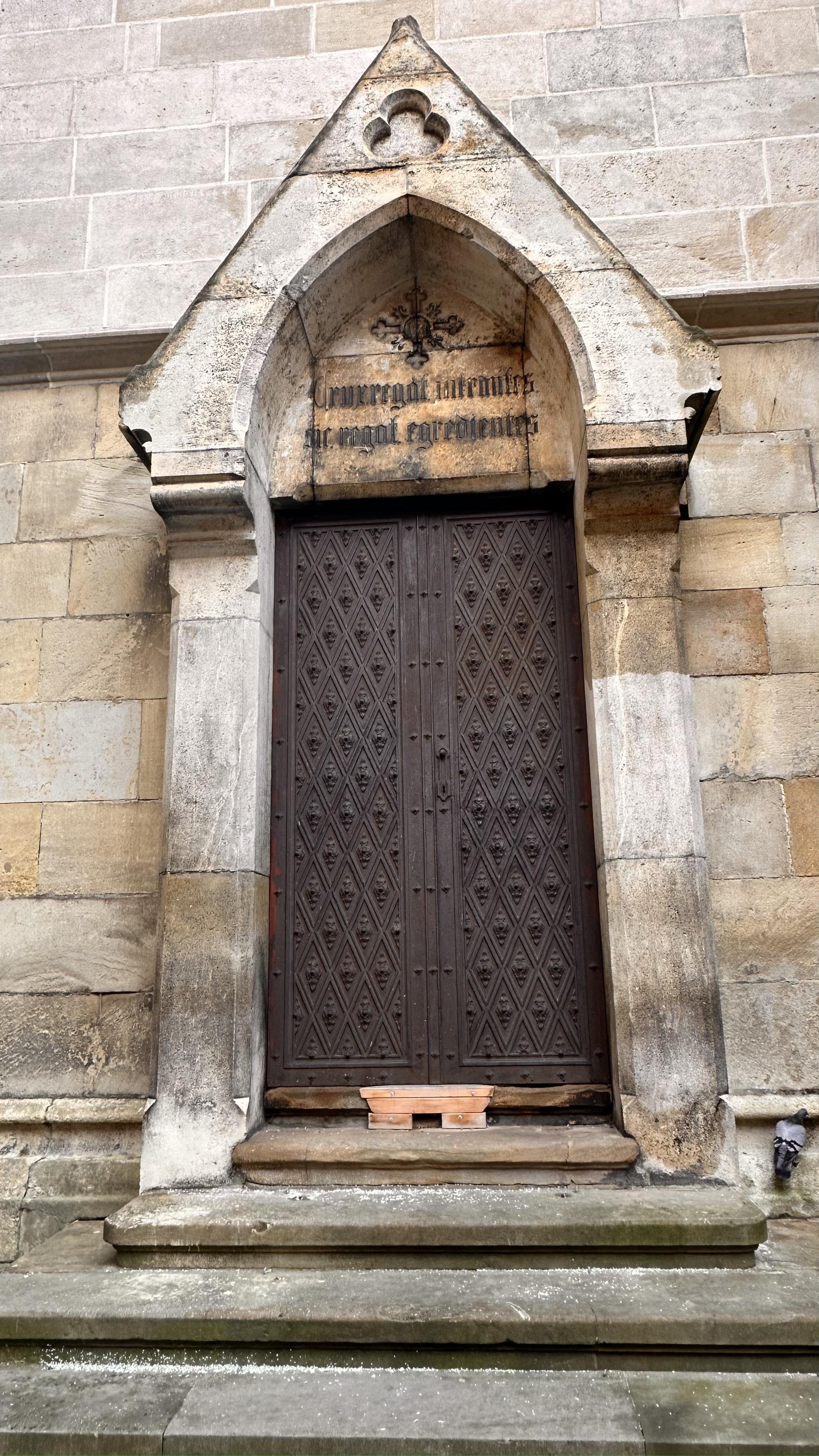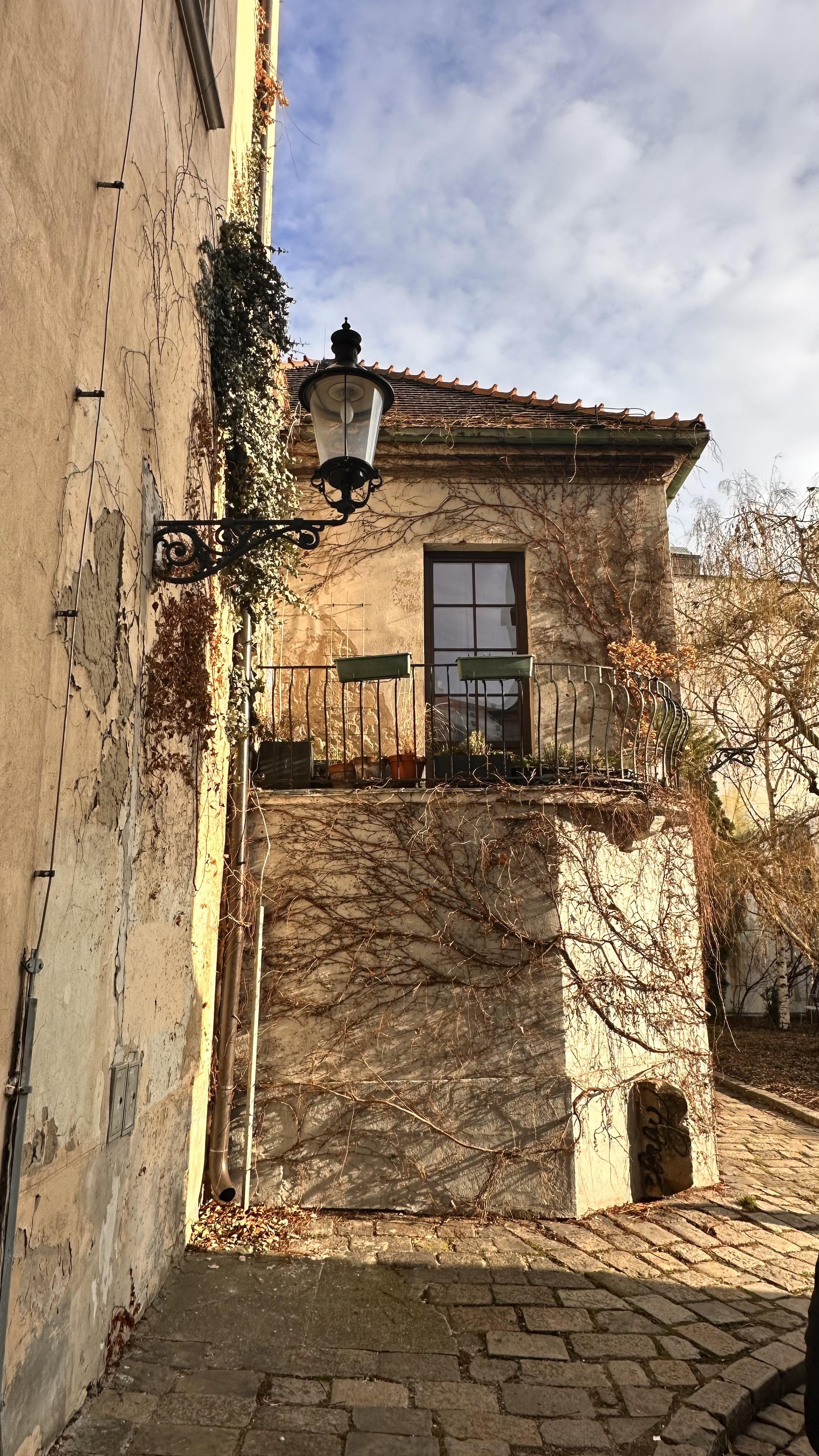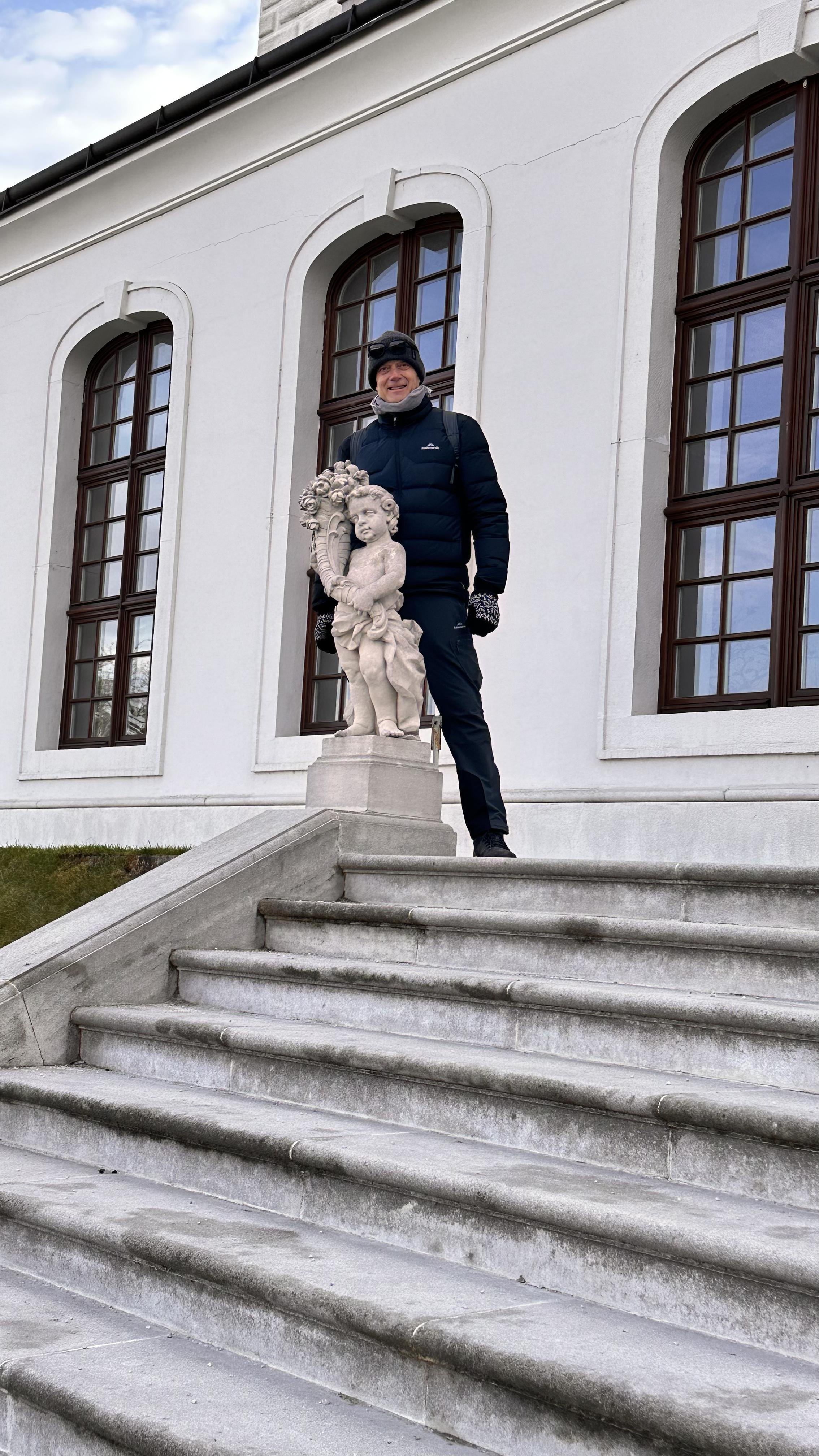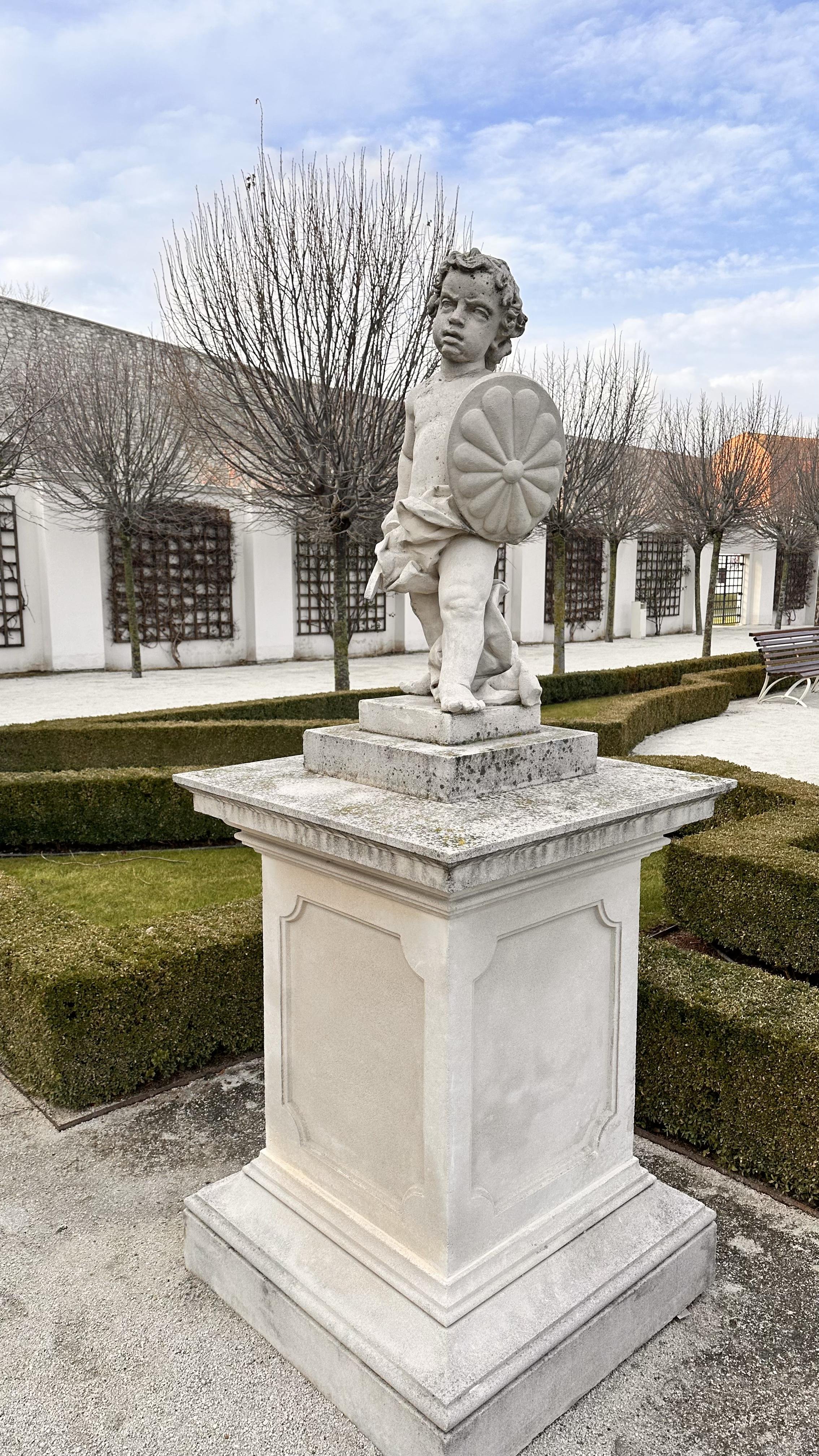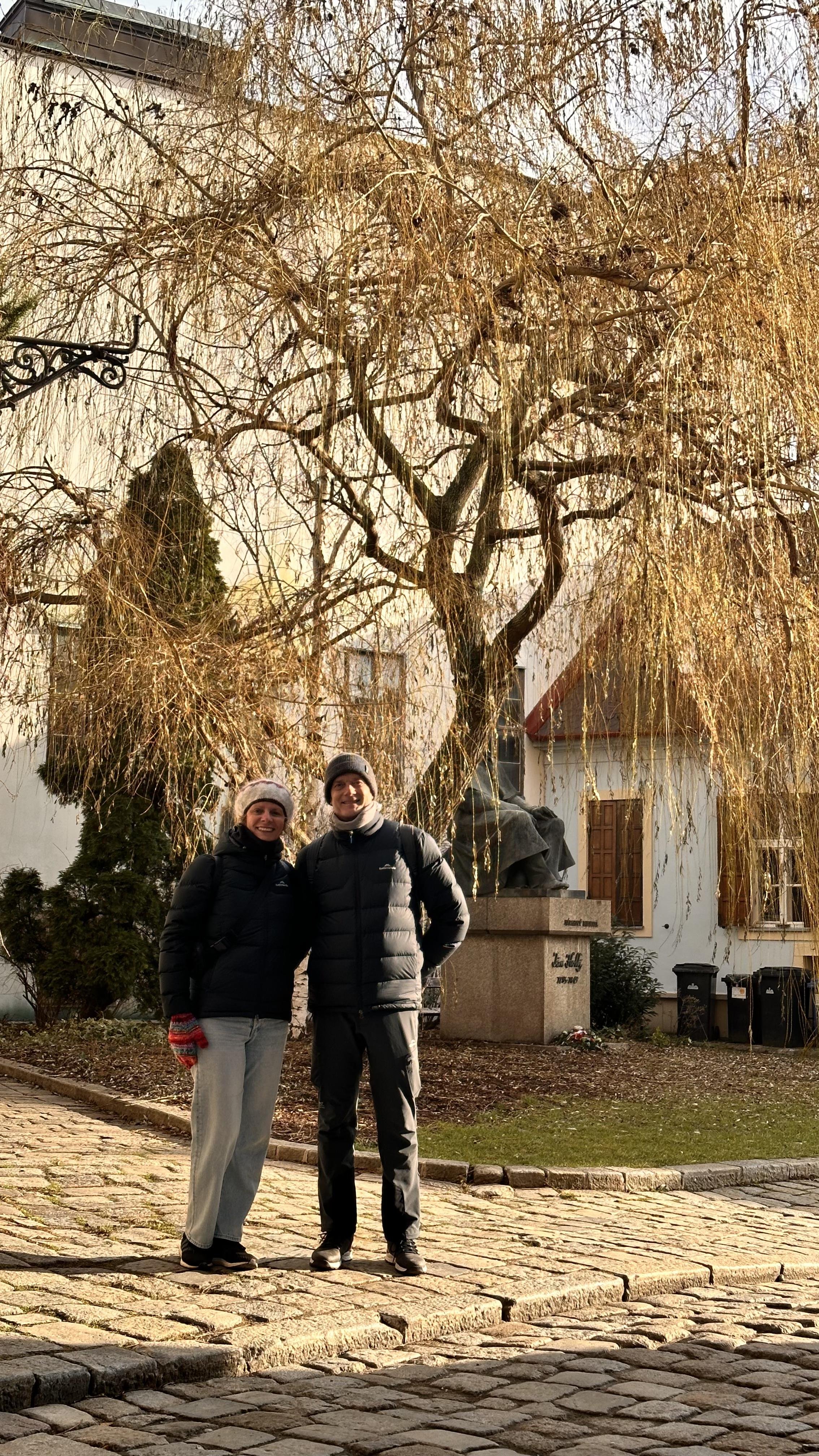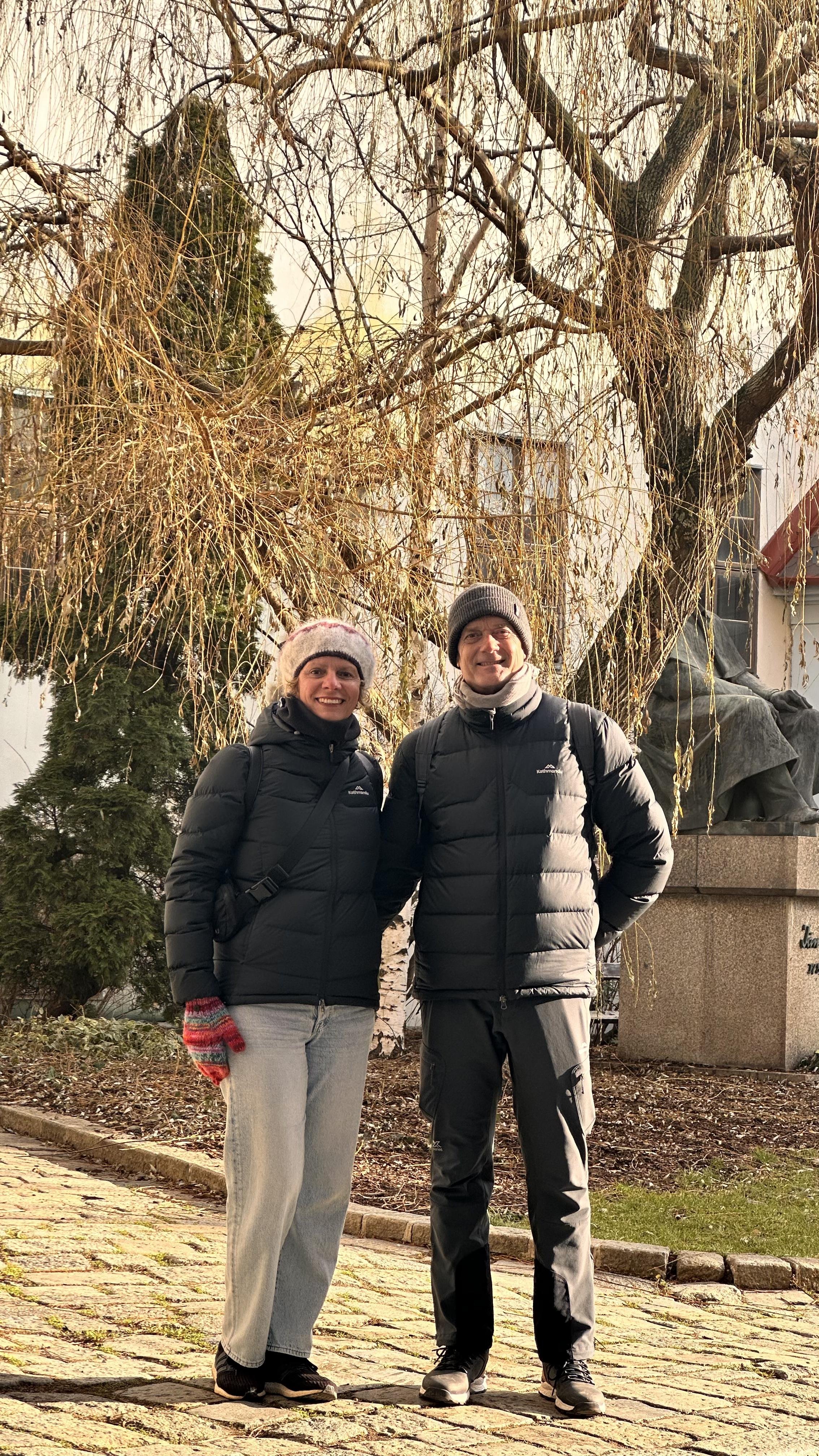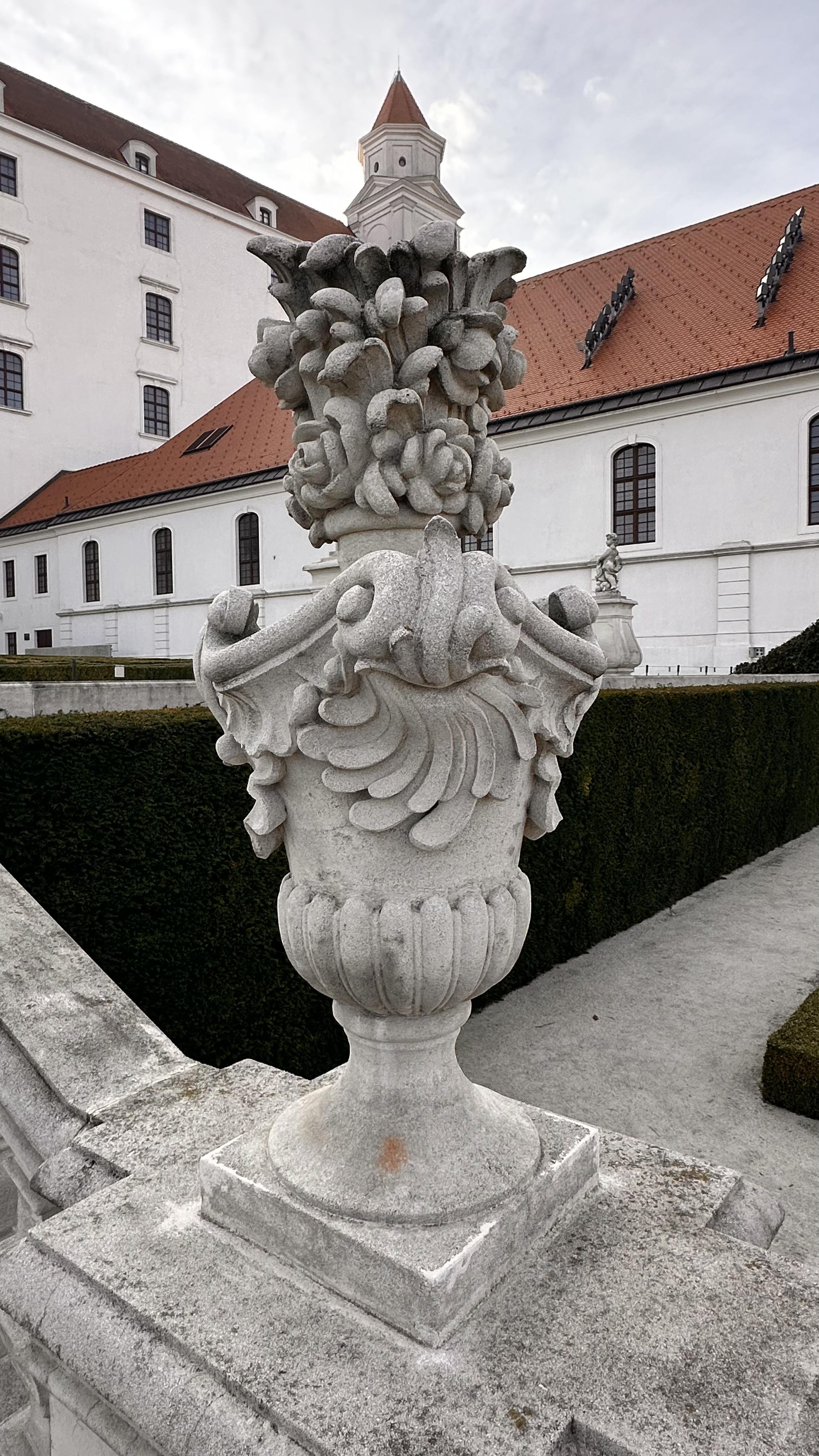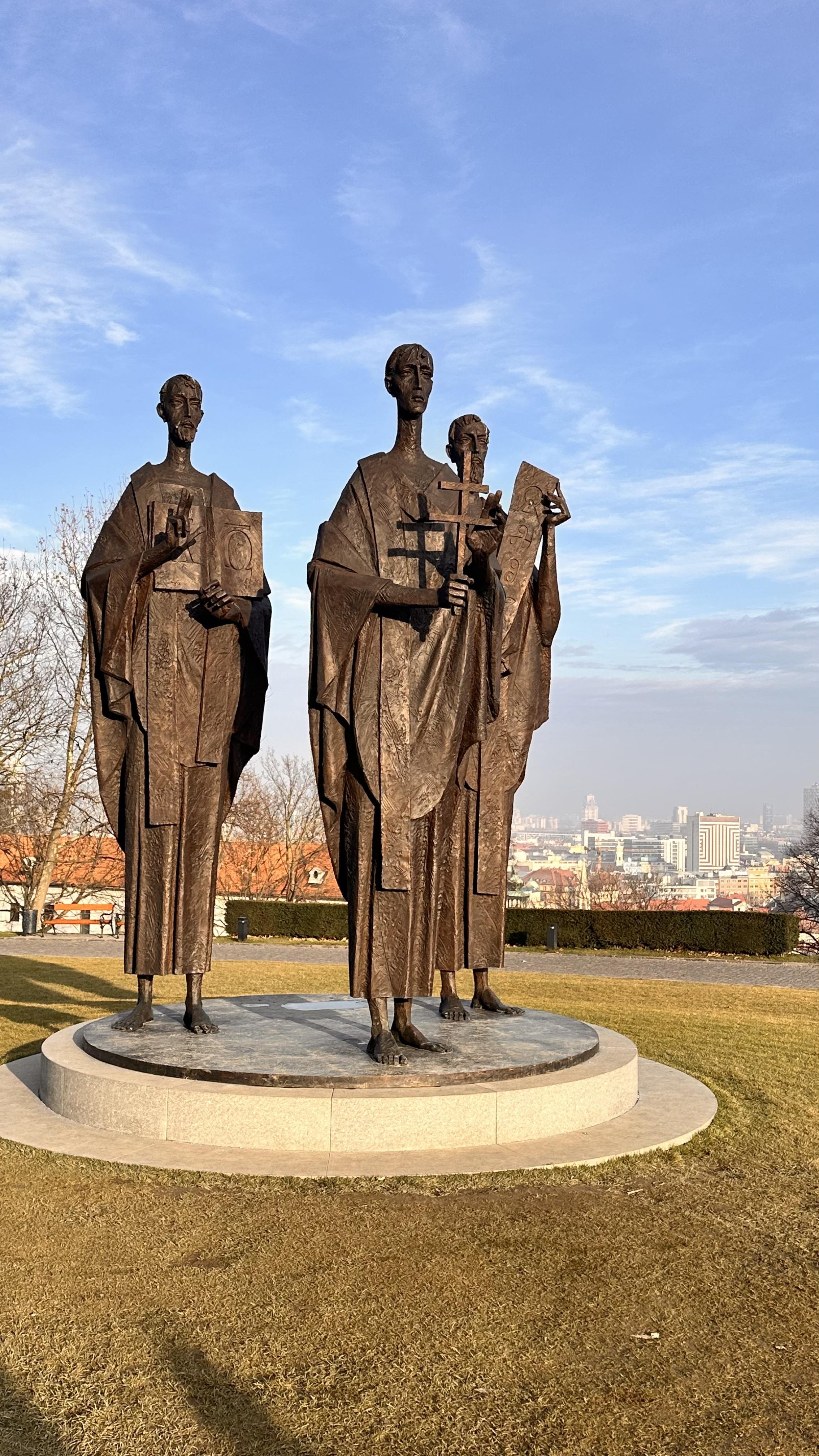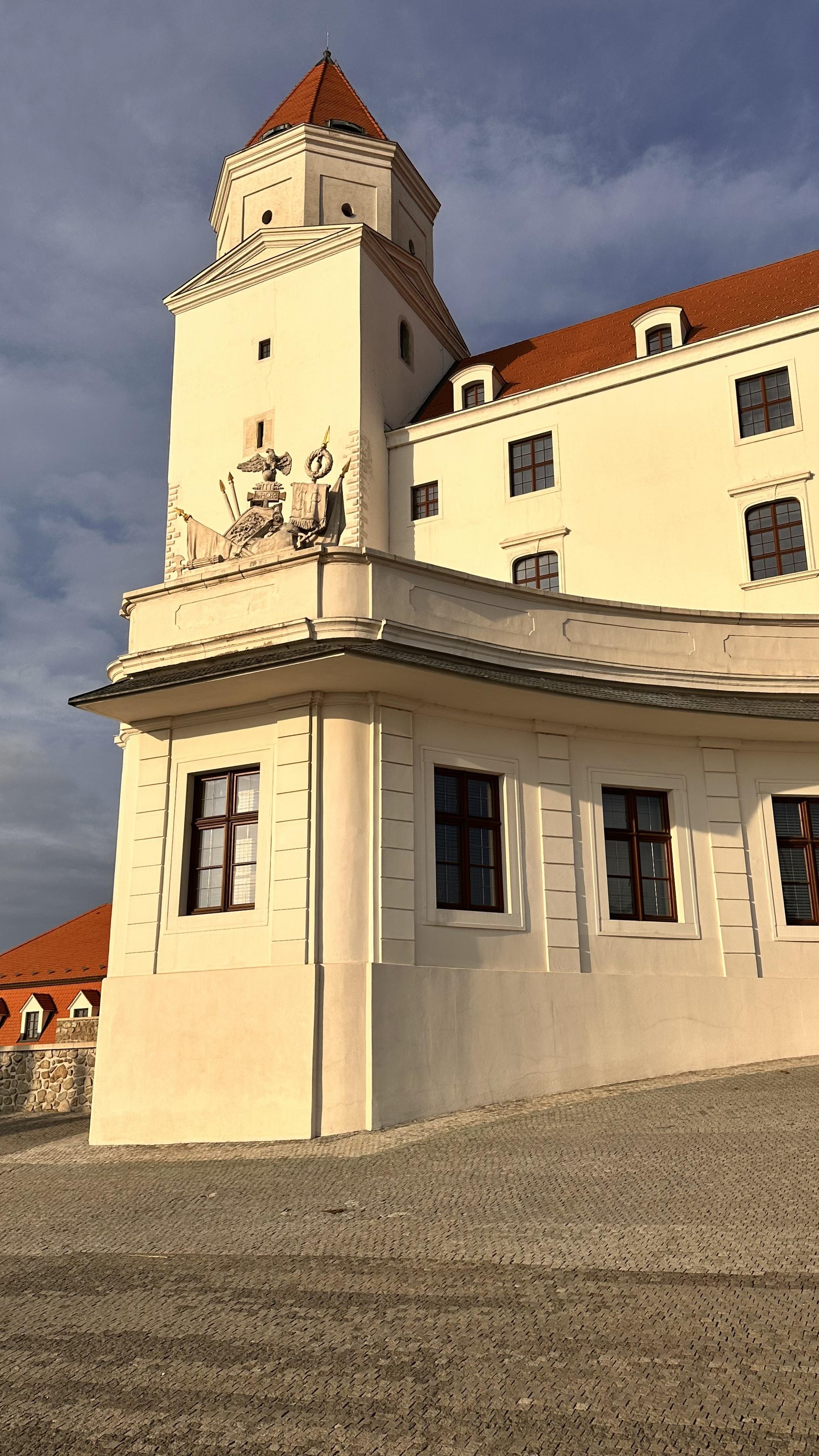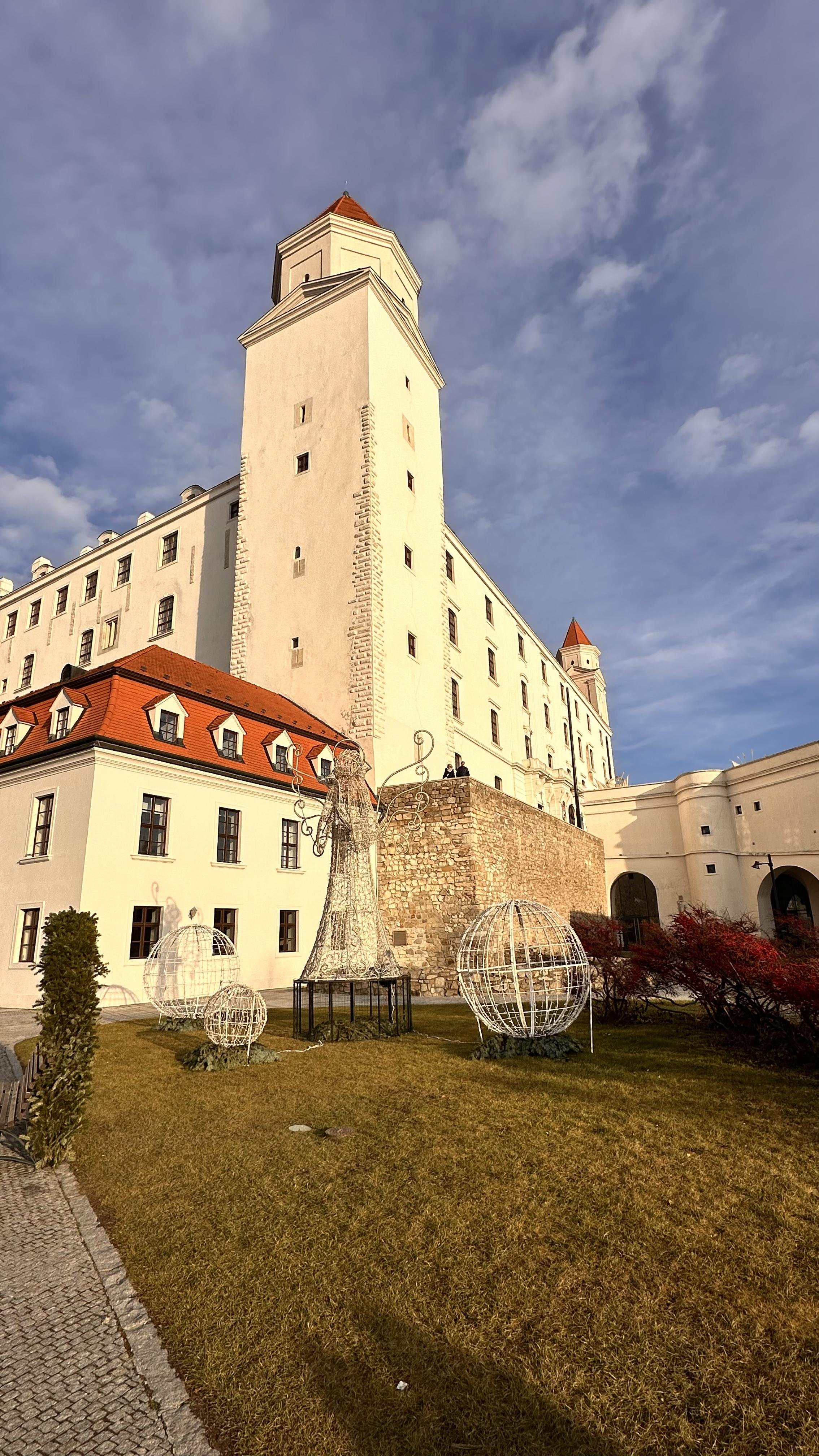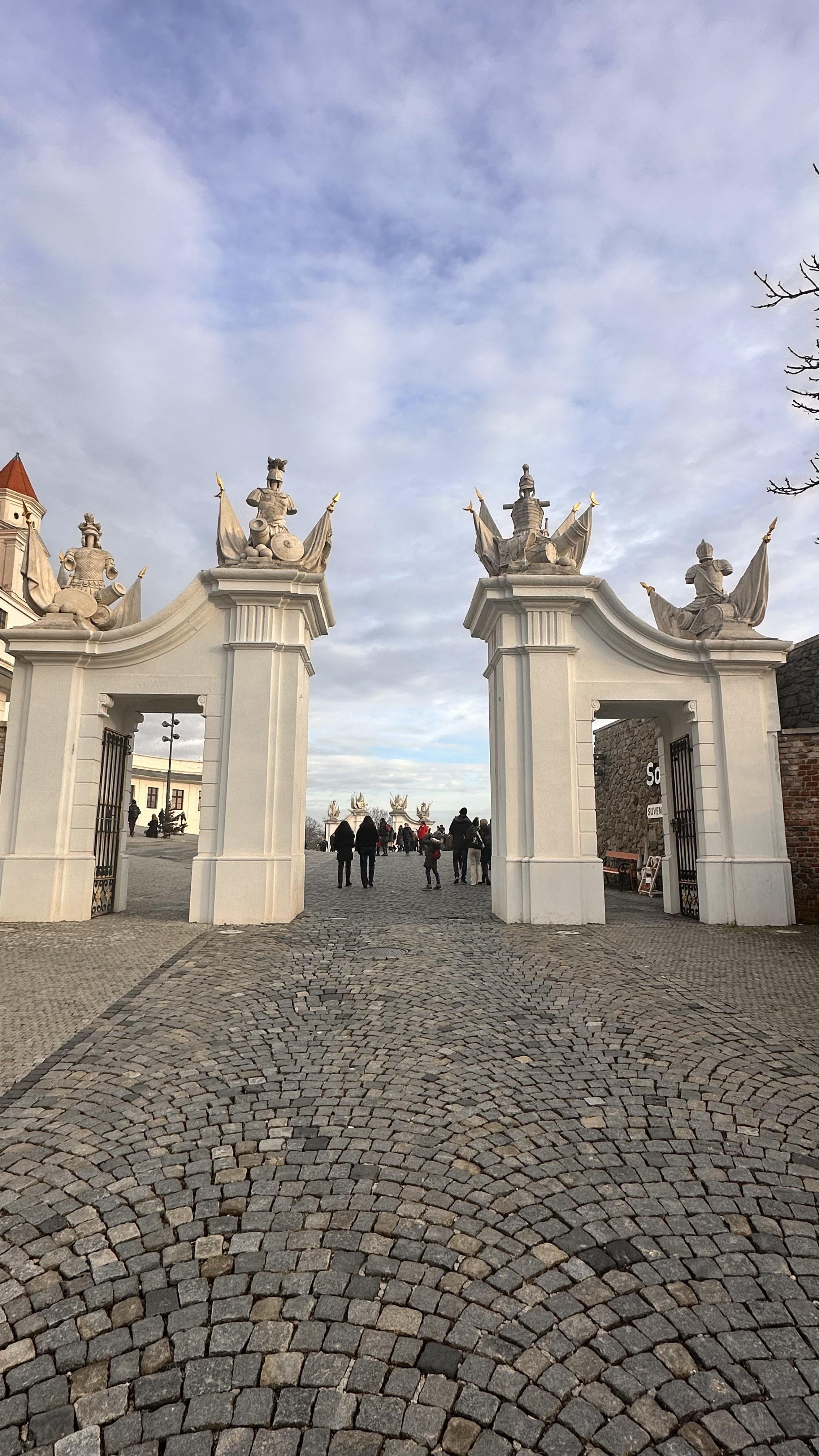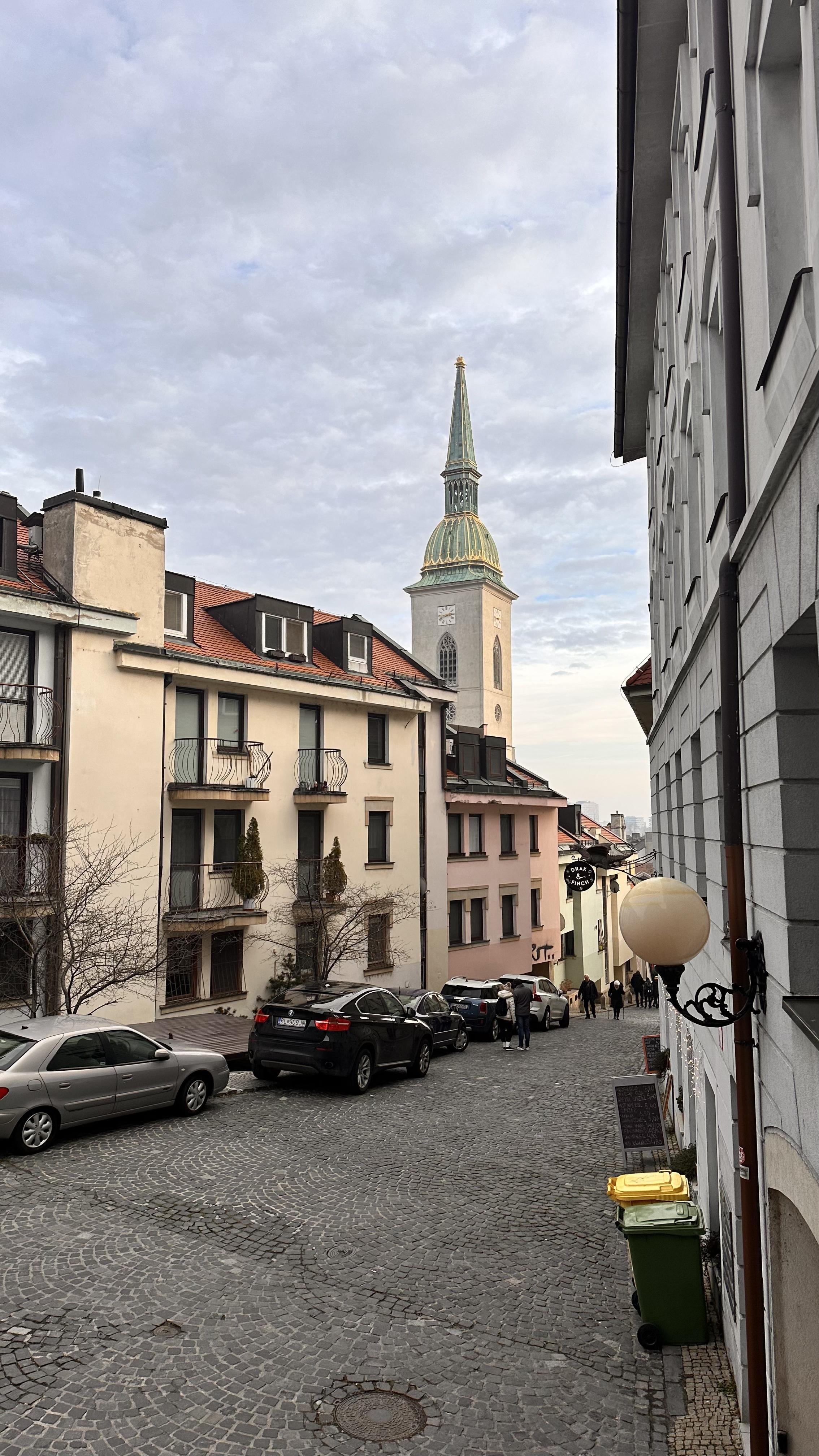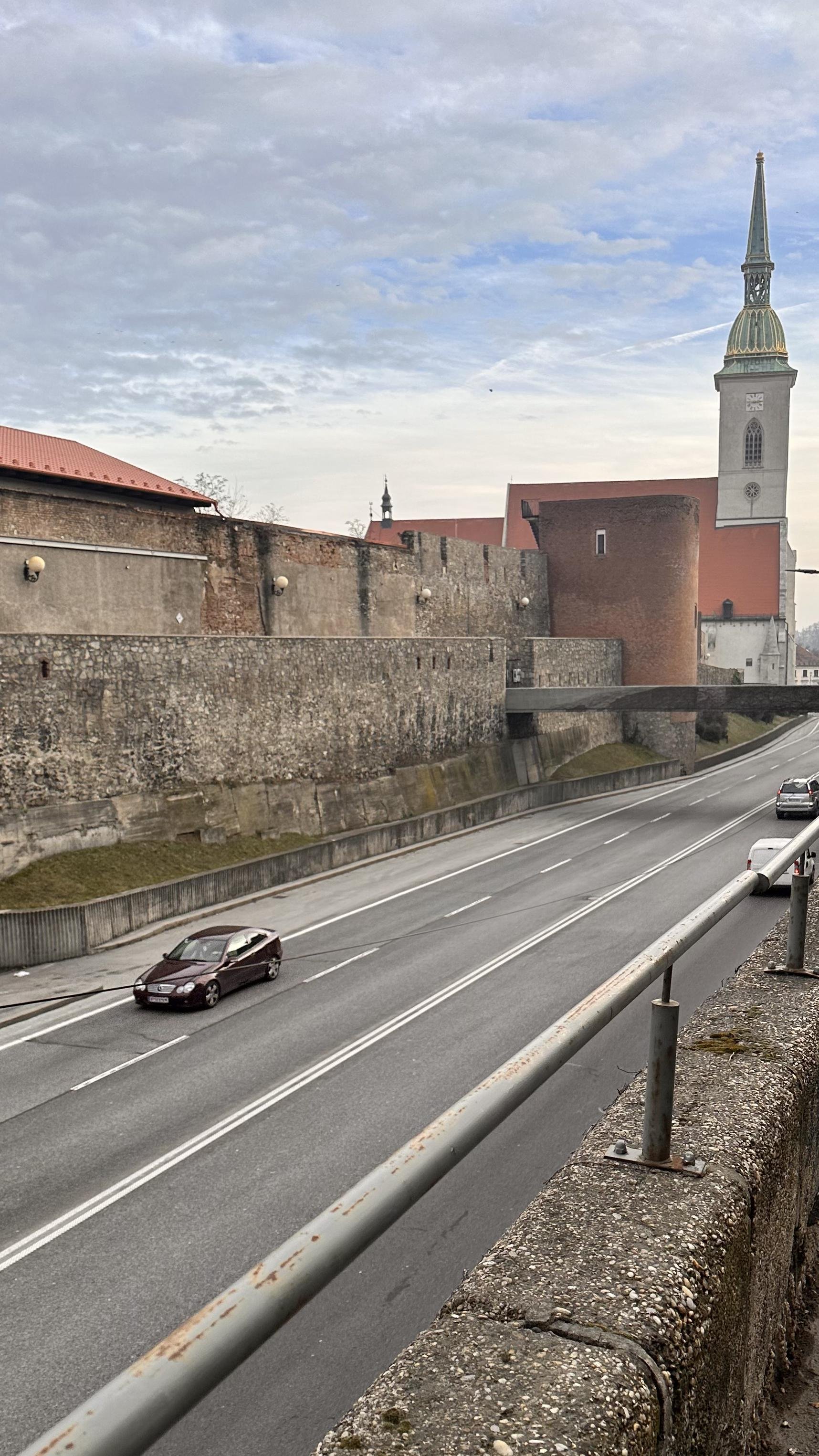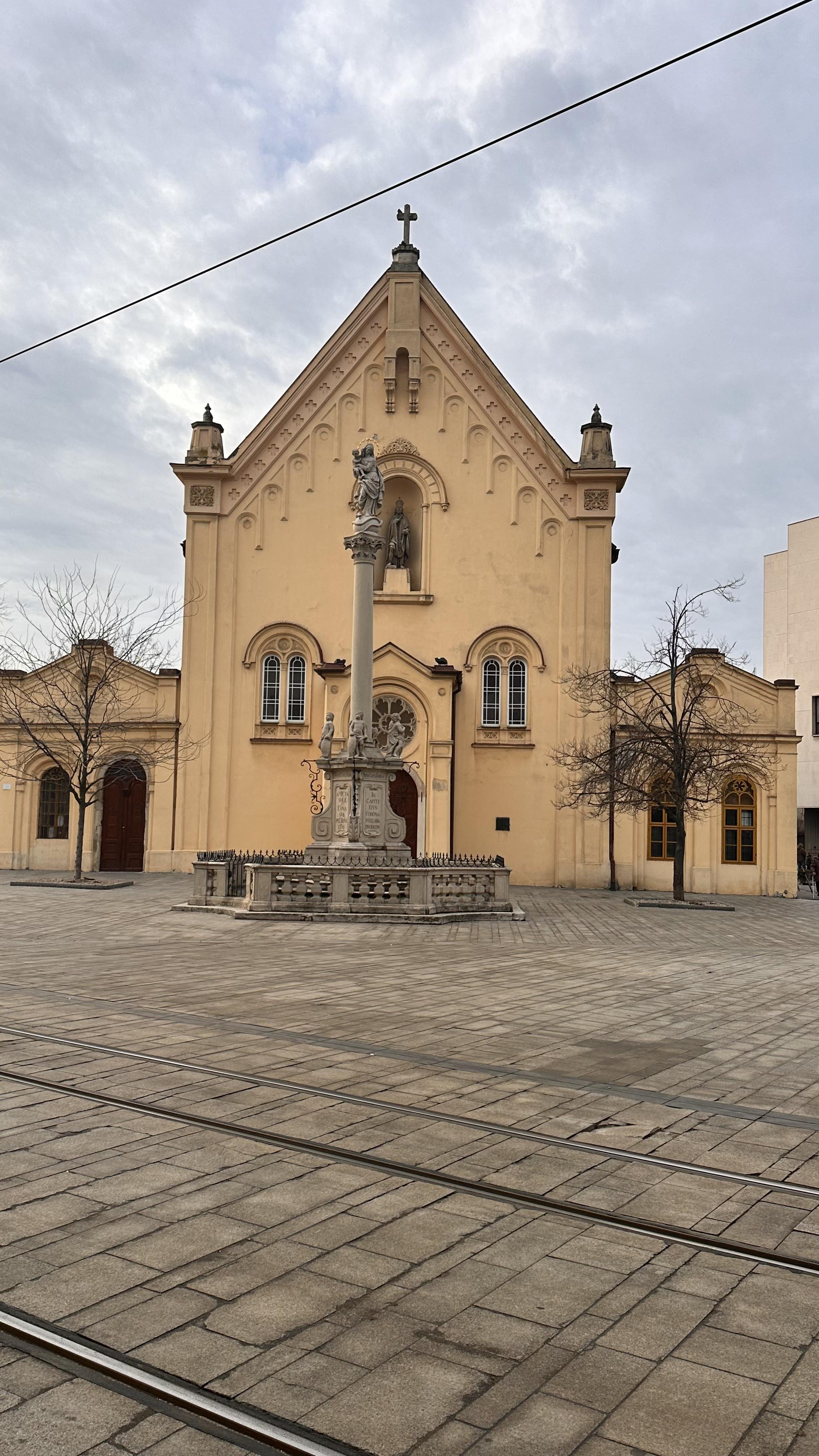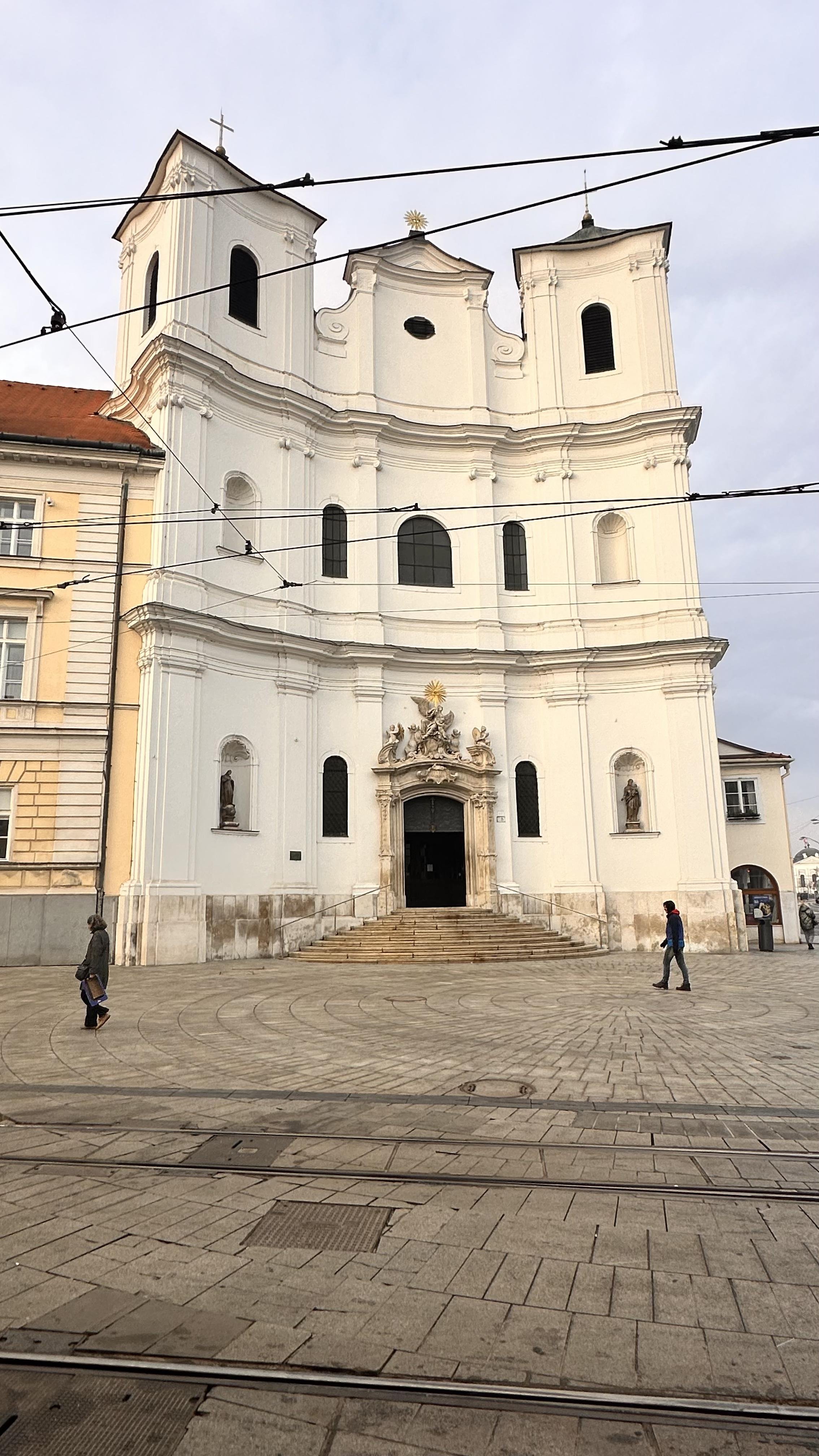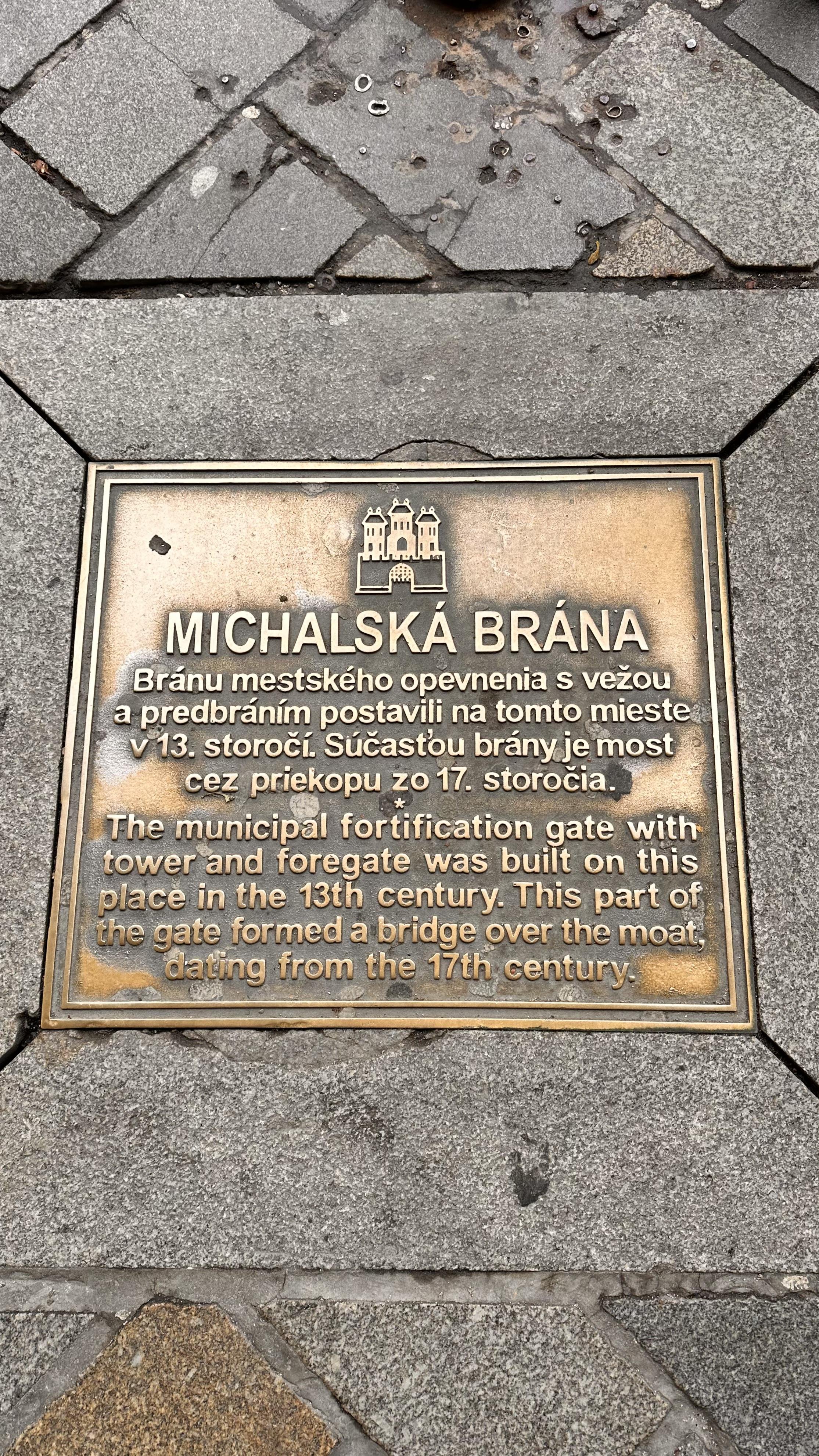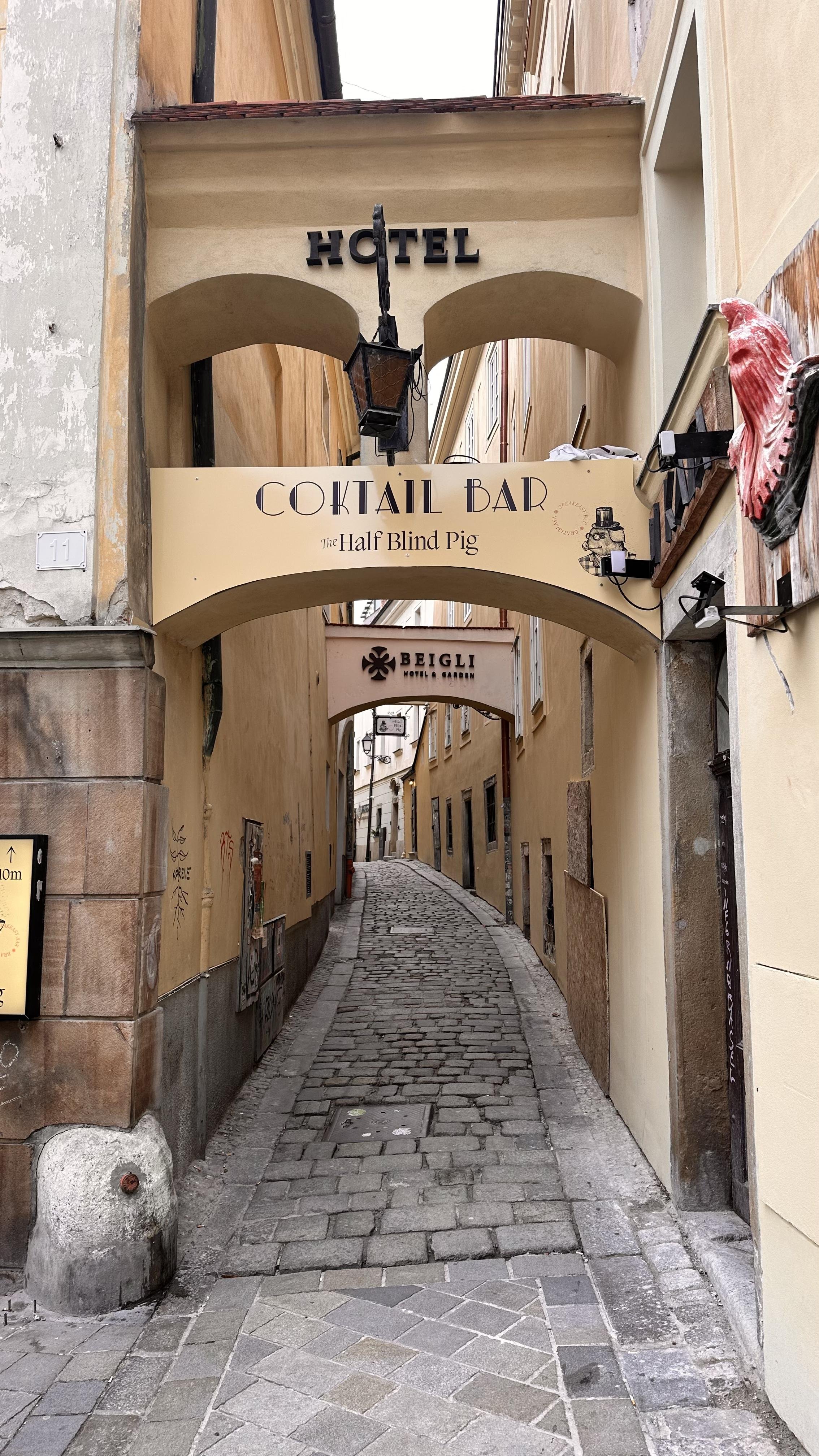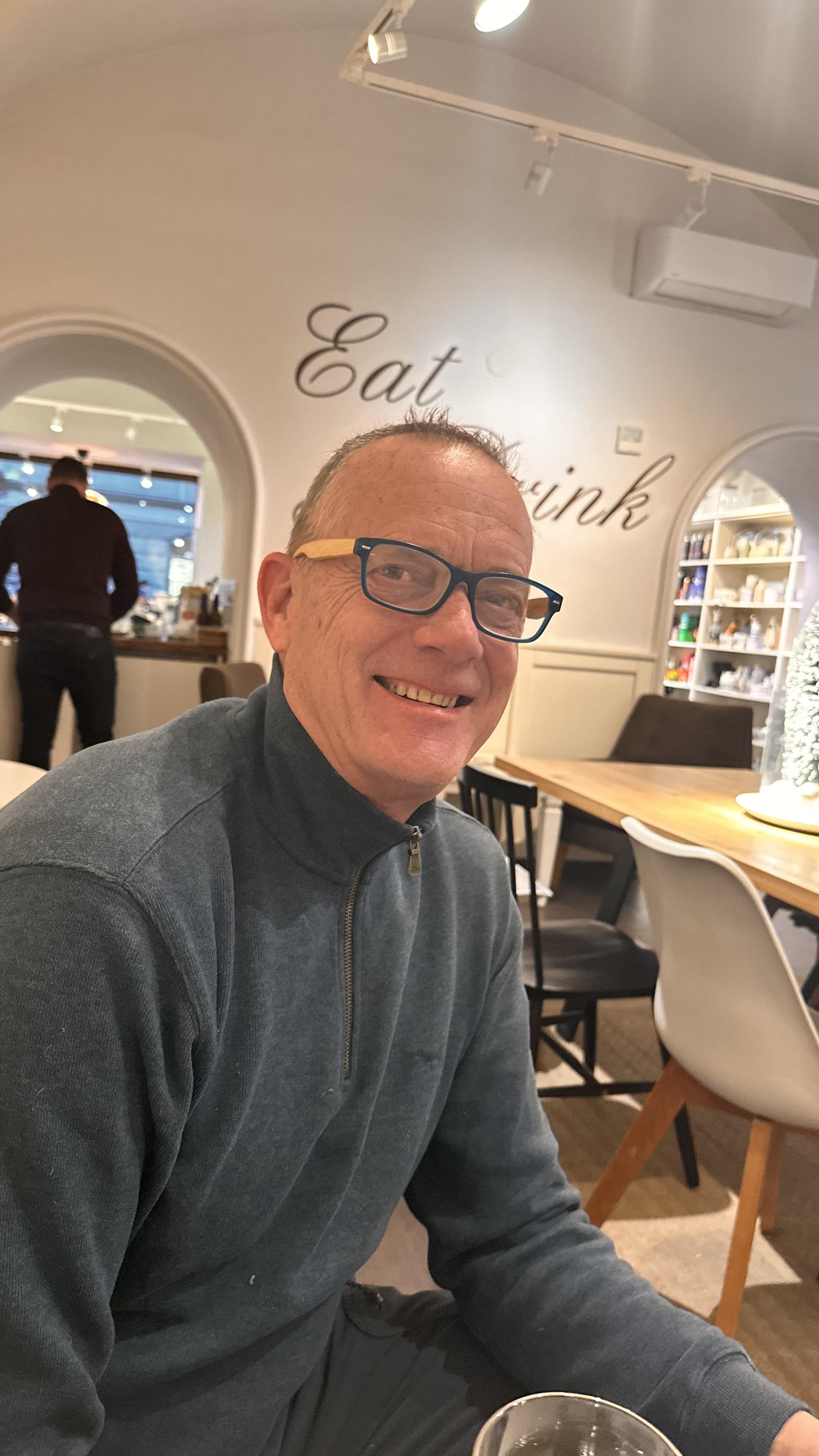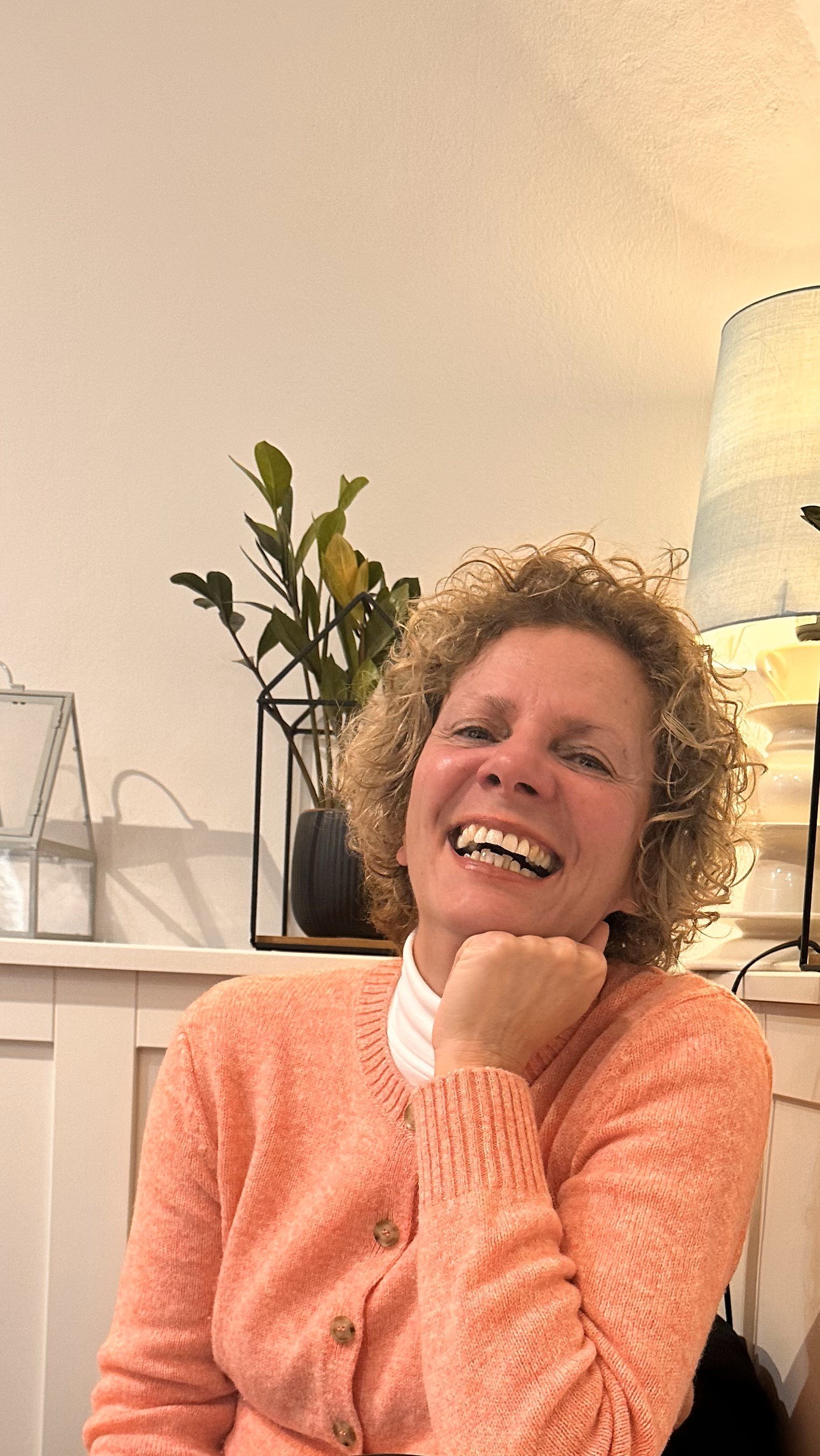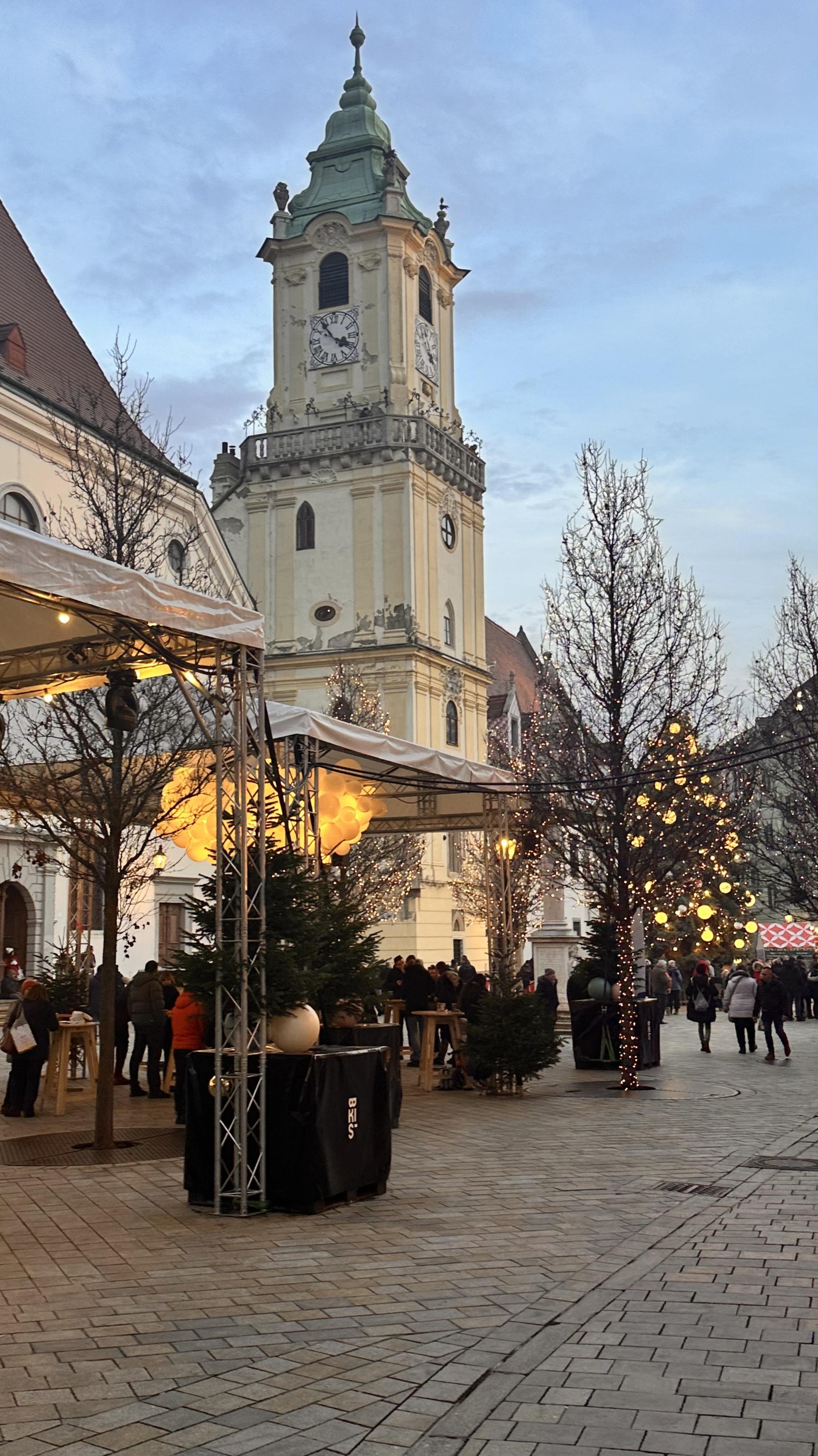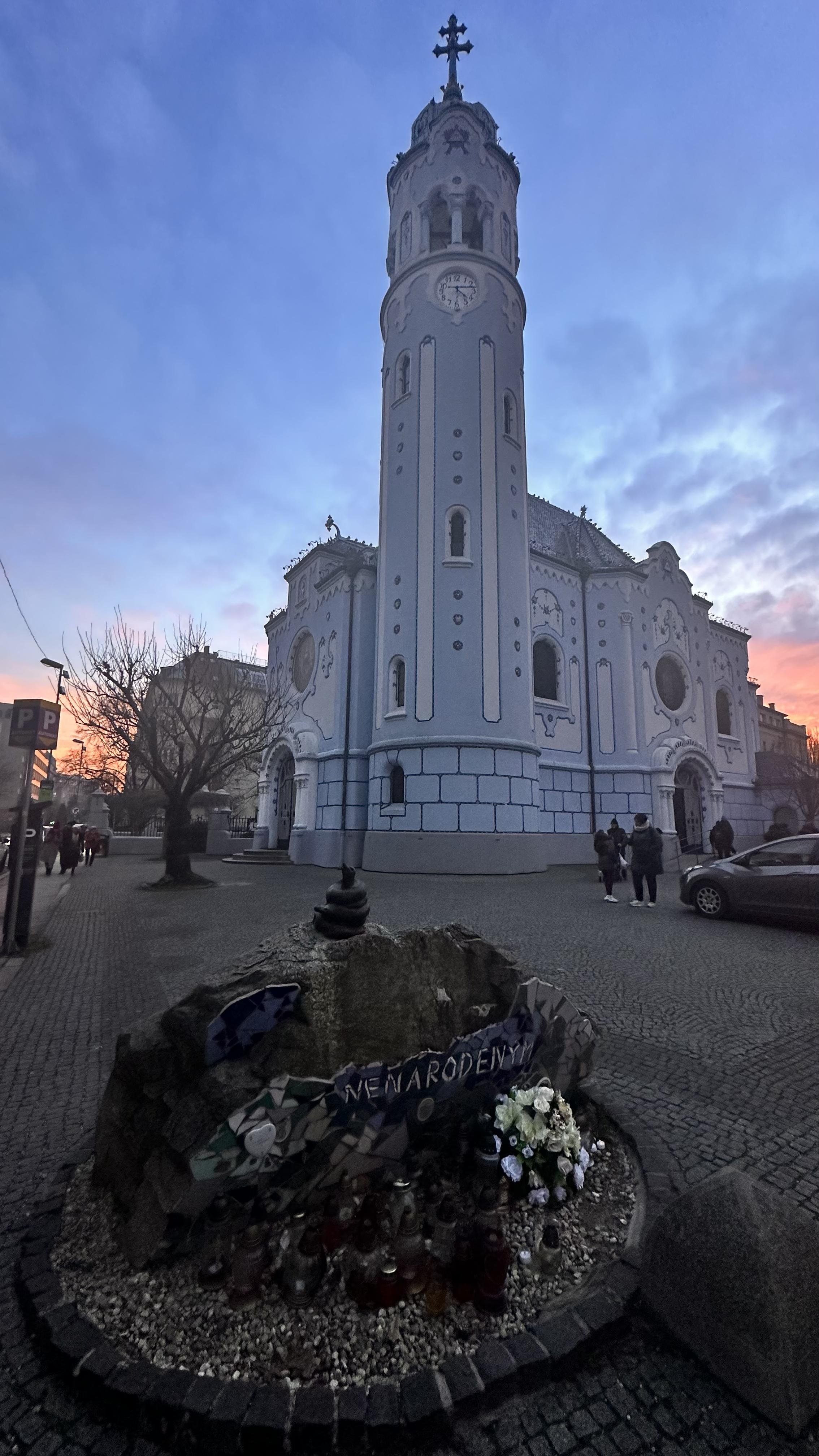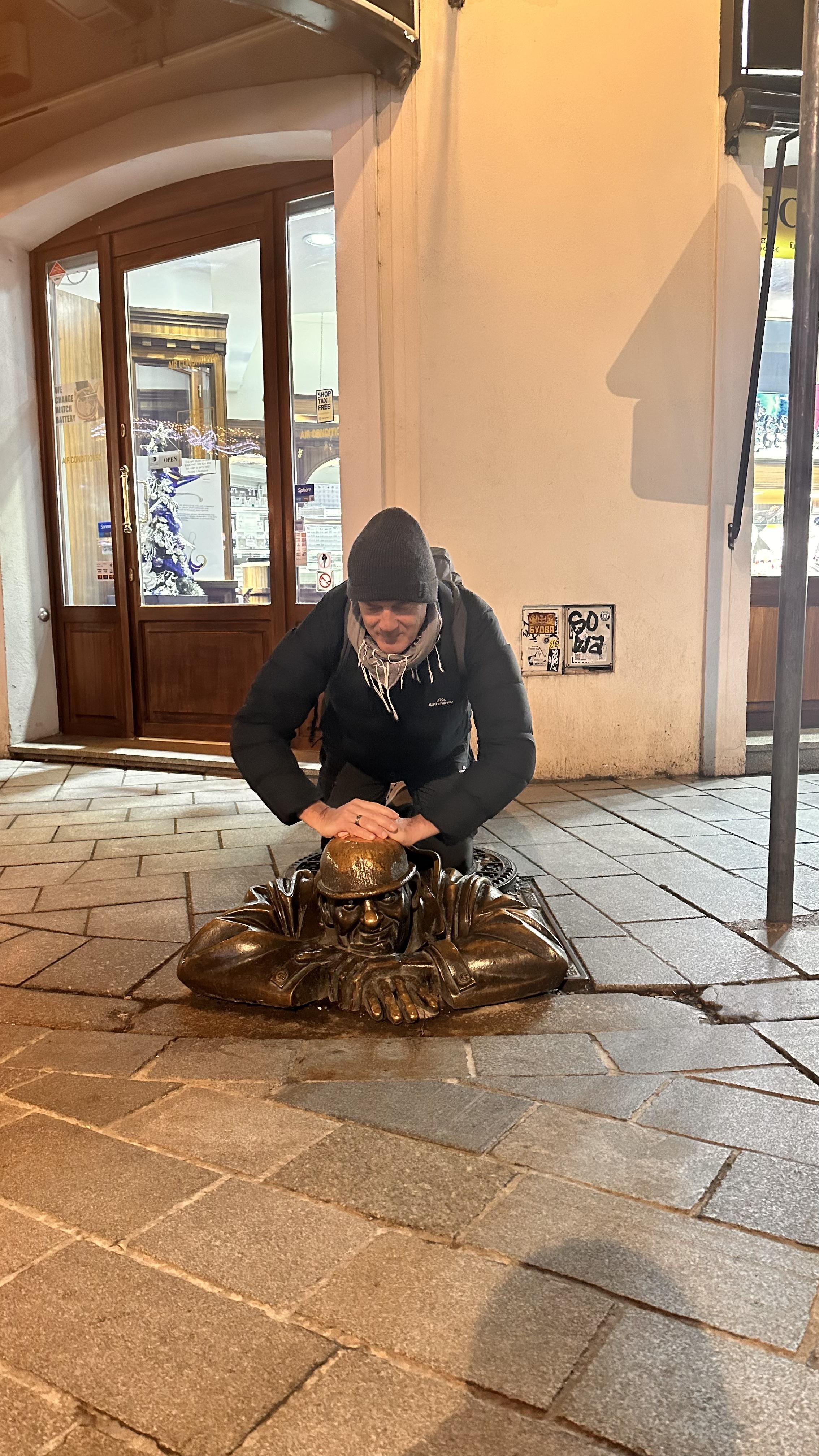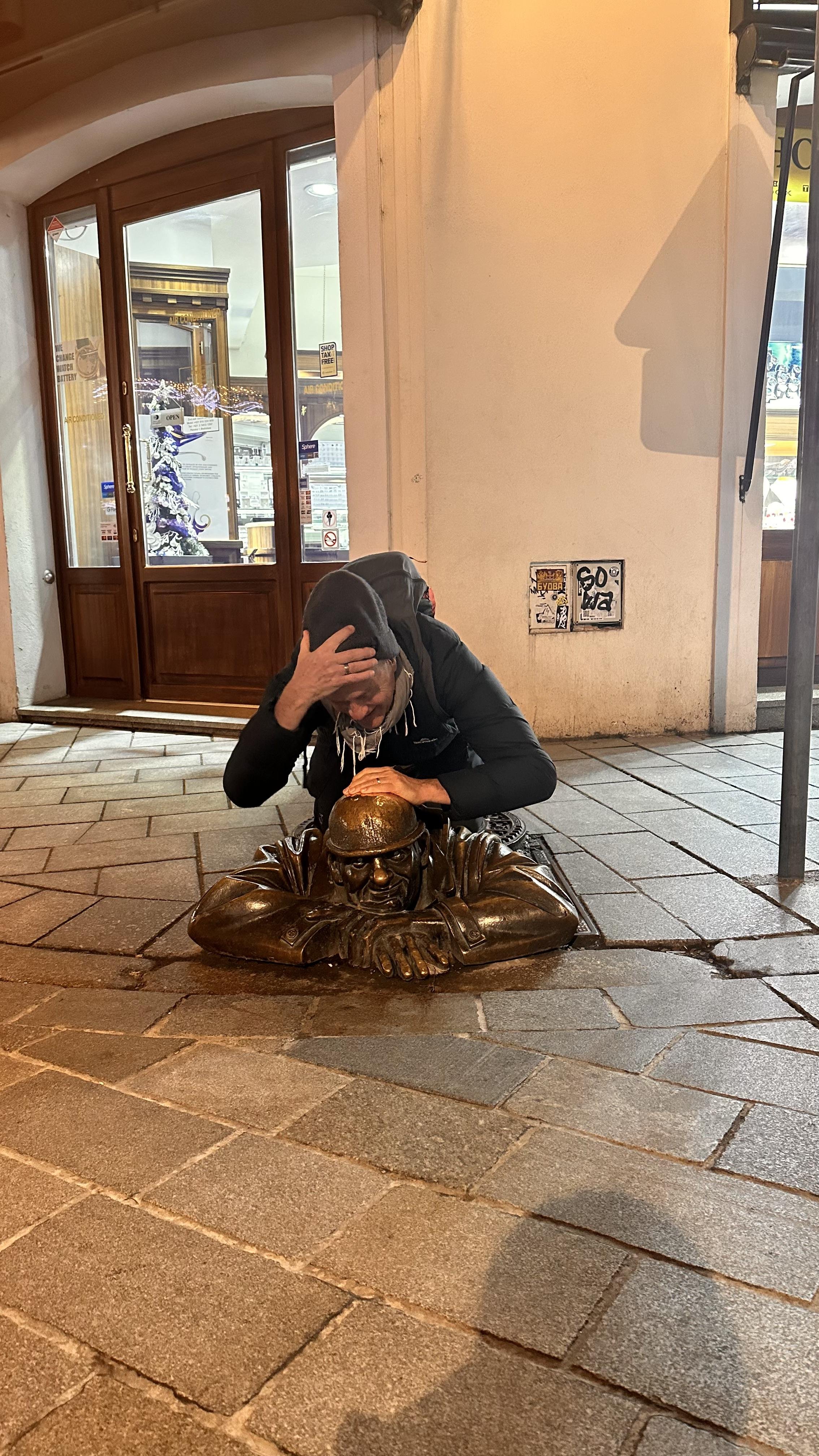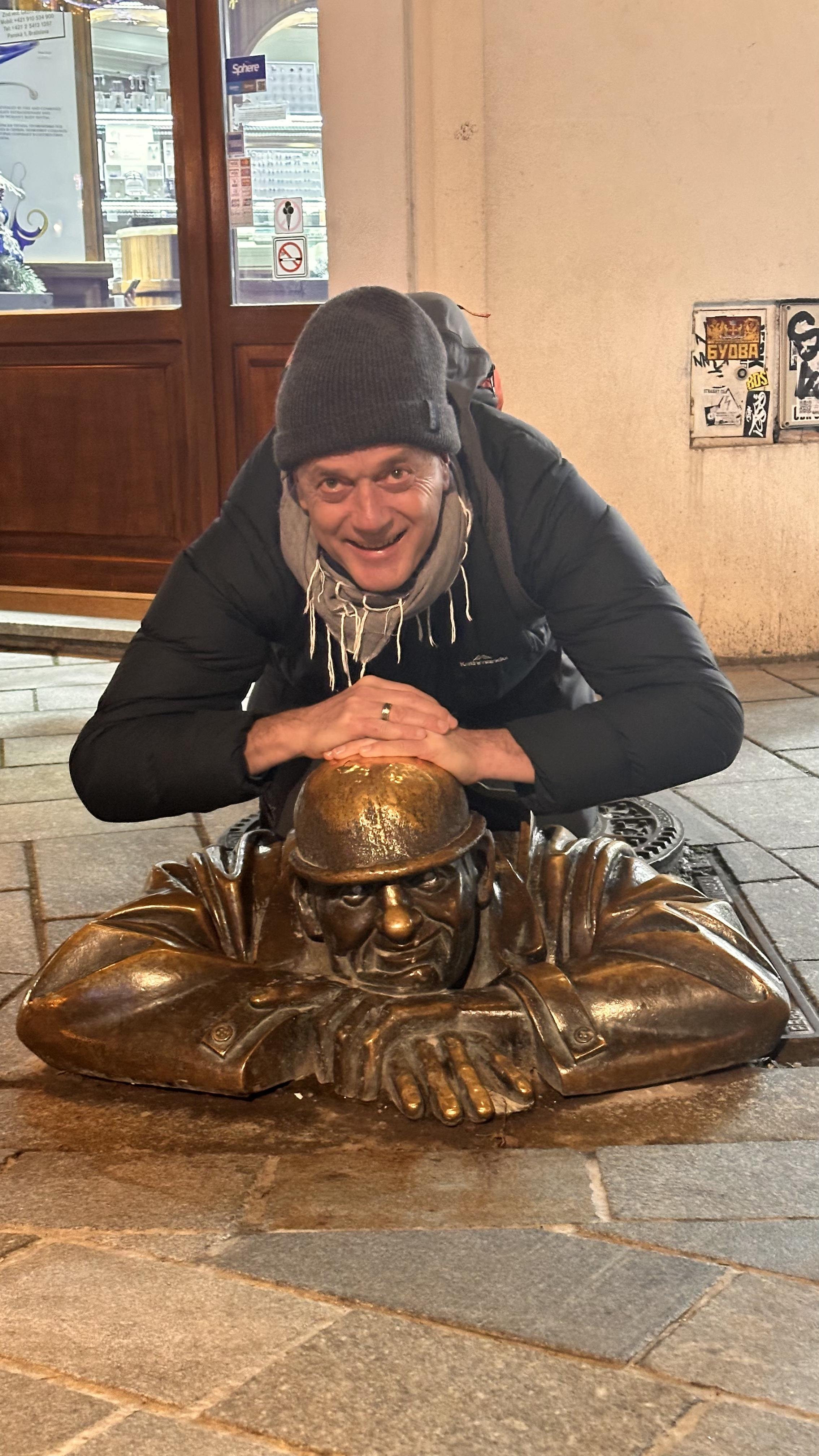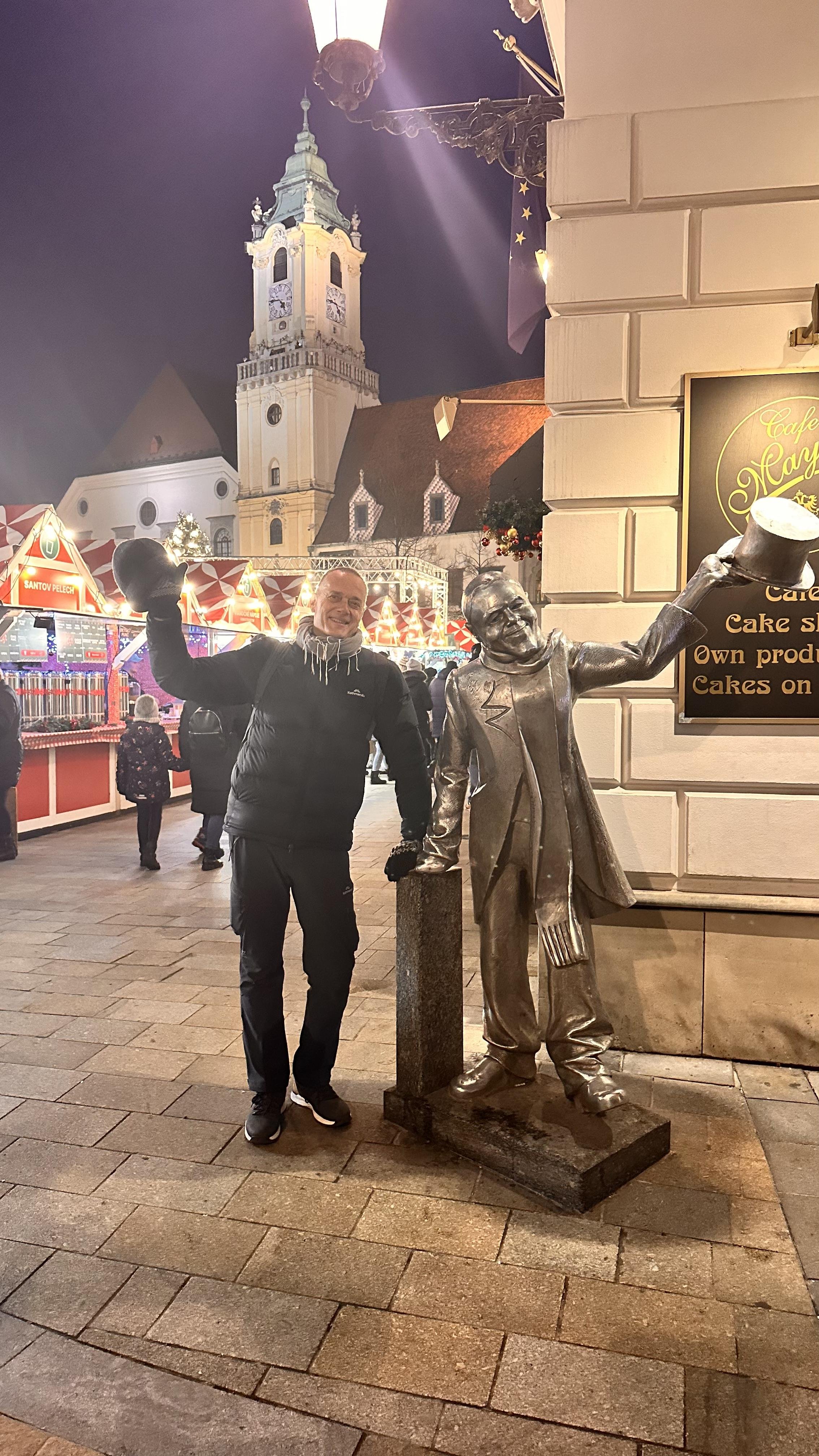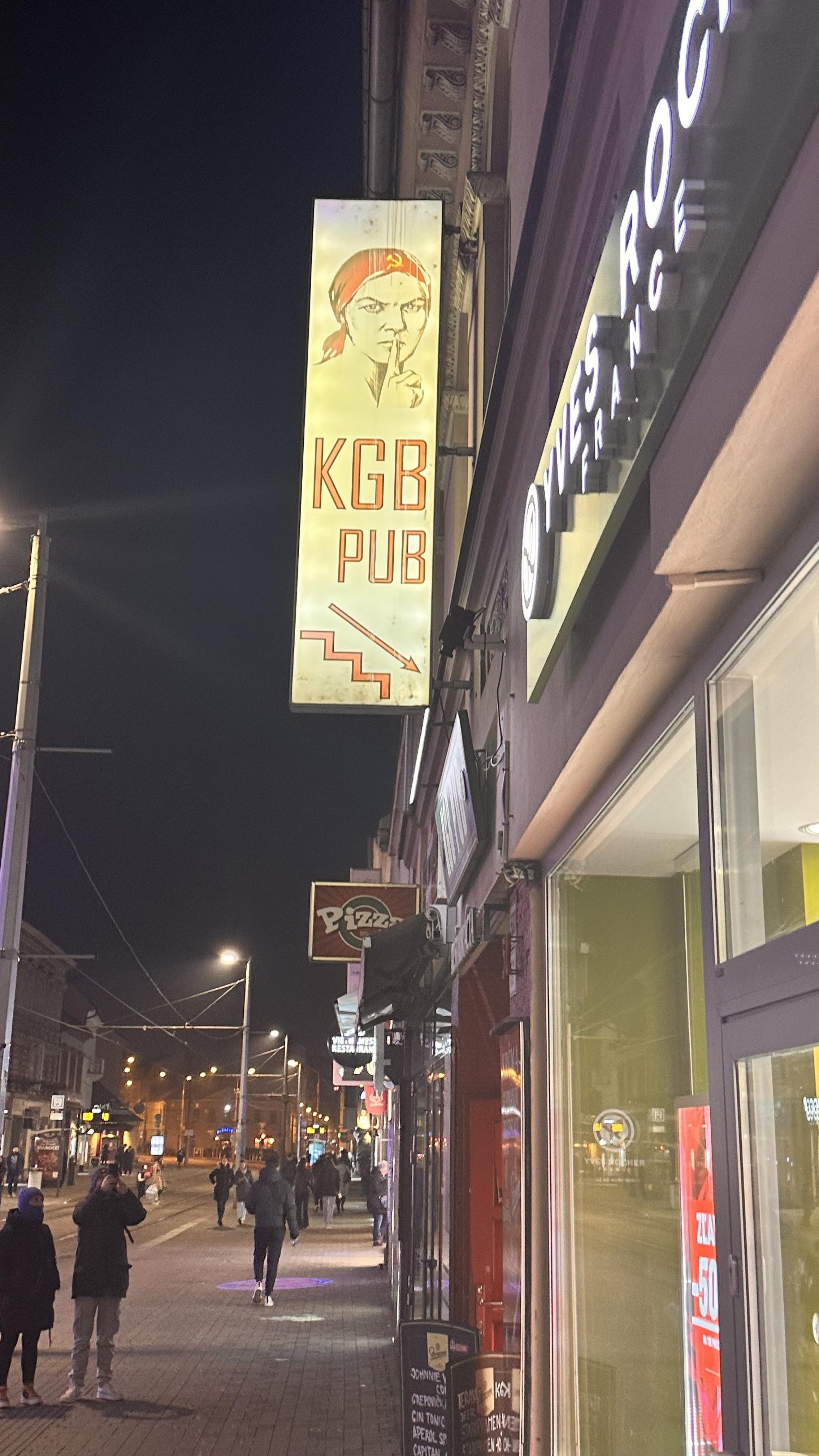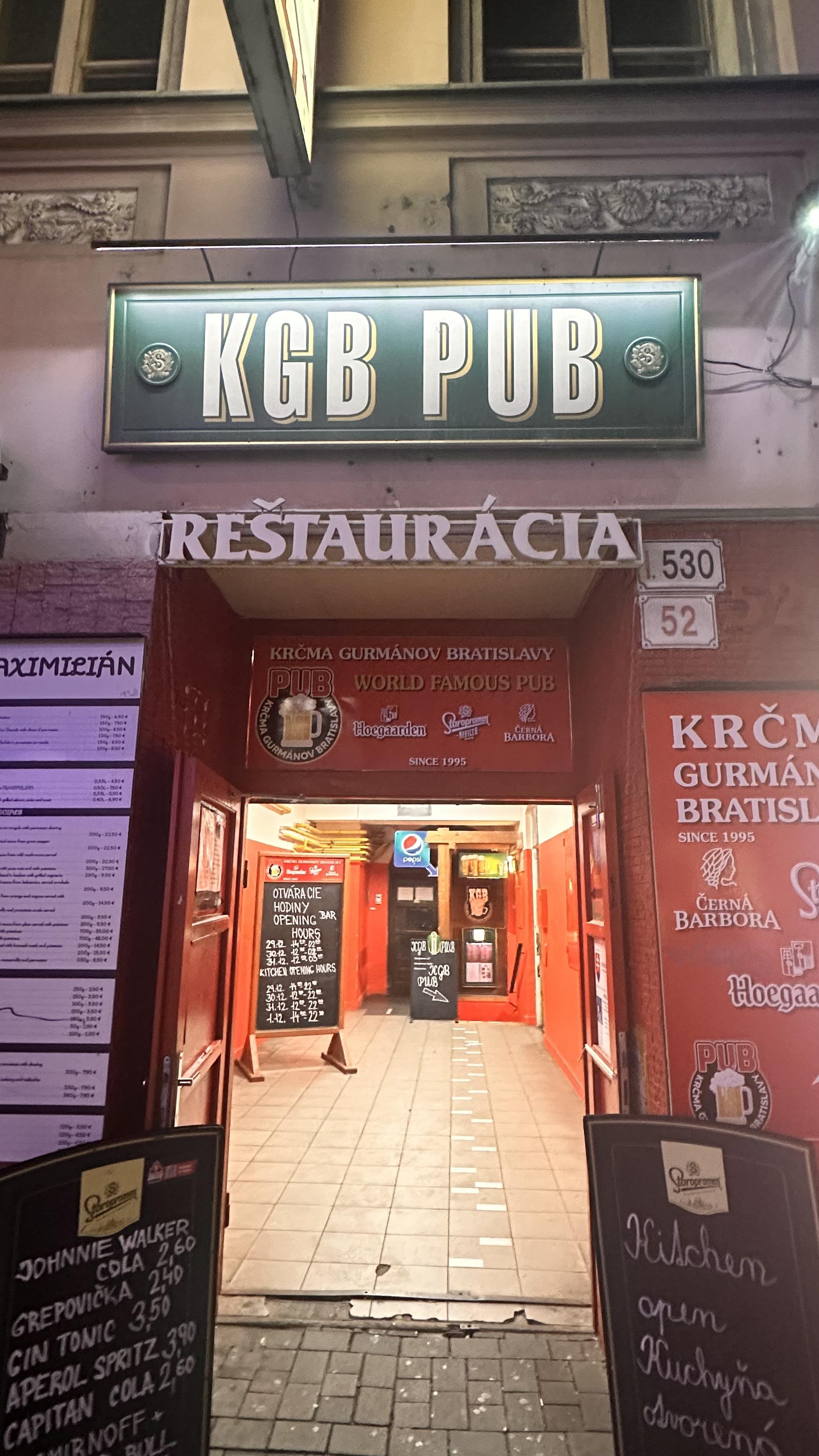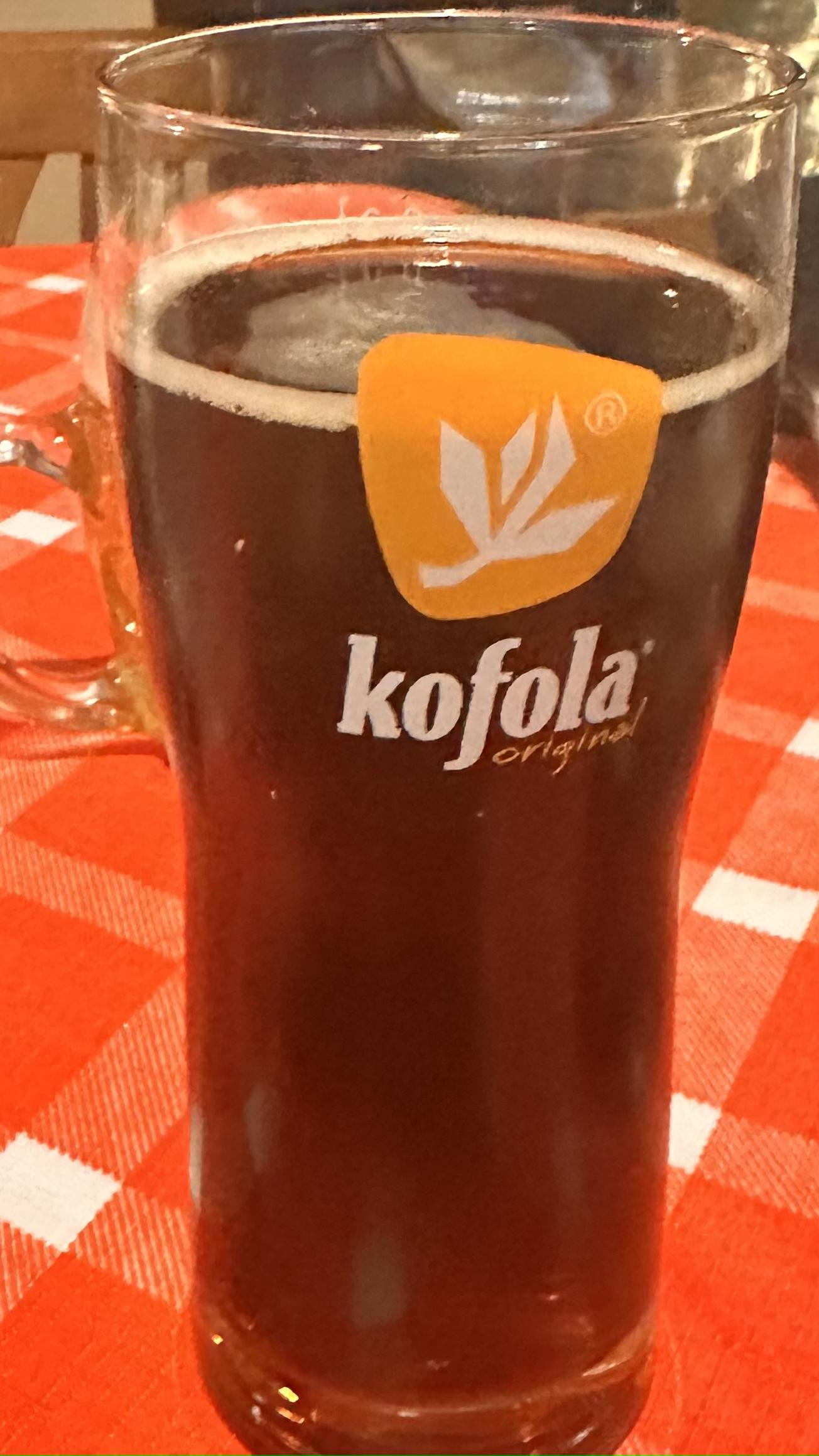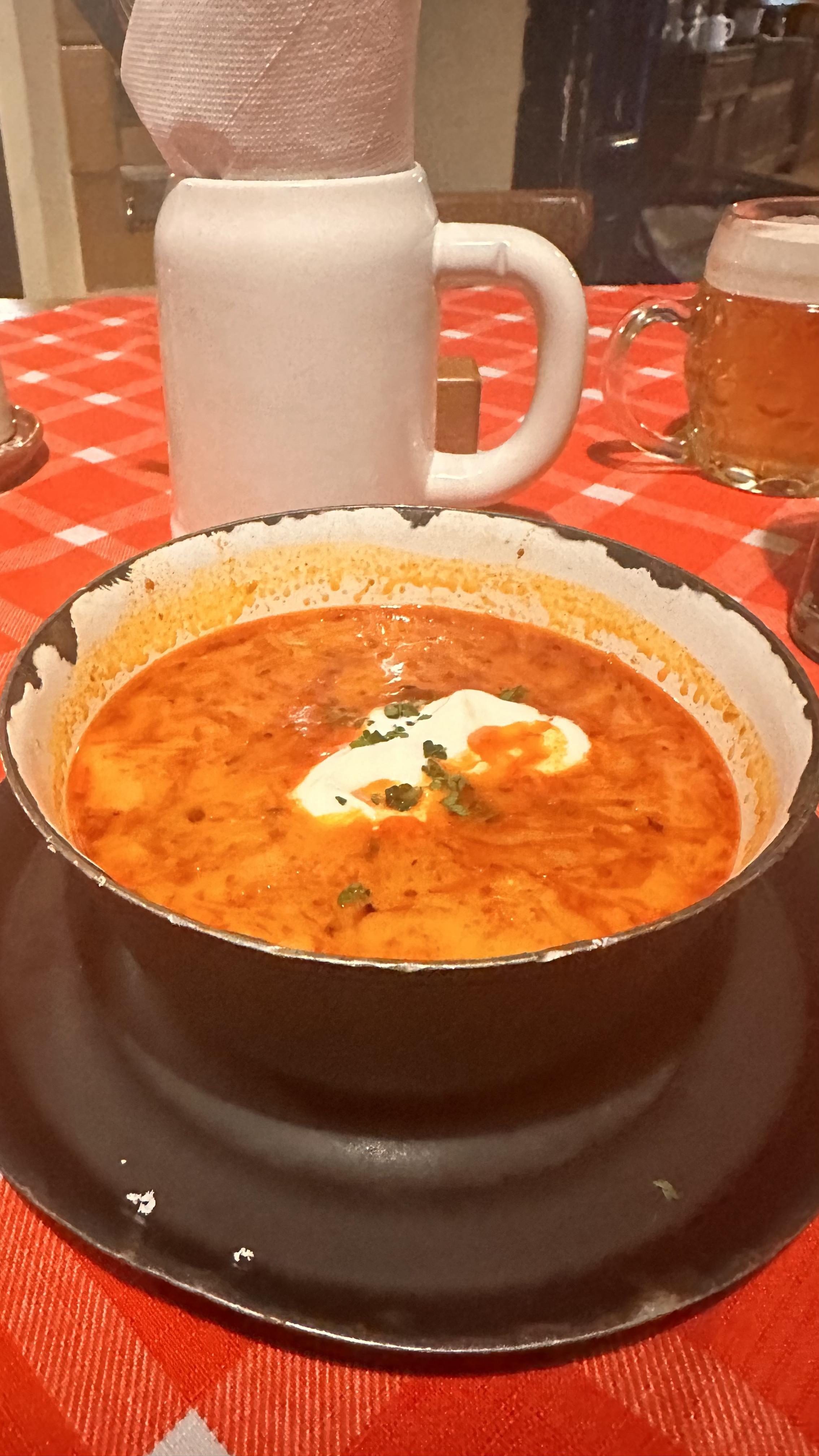Train hoppin’
Having based ourselves in Vienna gave us the opportunity to visit a couple of places nearby.
We chose two different locations to visit, and for two different reasons.
Let’s start with my dream location first!
As a teenager, I was lucky enough to visit a number of ski resorts across Italy, Austria and Switzerland. Dad was one of the Split Ski Club founders, Mum had friends who worked in travel industry, between them and with a help of a few ski enthusiasts ski excursions were booked!
The story says that ever since Neb and I met, and became a “serious couple”, one of the conditions for our relationship was for Neb to learn to ski and to like it 😉. I love it, he can like it, that’s good enough! And today he is a very good skier who never gives himself enough credit!
So, I have had a dream to take Nebojsa to Tyrol to show him the beauty of the Austrian mountains landscape. The actual dream was to go and ski in Tyrol in Austria or Dolomite in Italy. We couldn’t fit it in this trip, instead we agreed to visit one of the top mountain tourist destinations and one of the most popular IG spots in Austria. No skiing this time, but heaps of super cool things!
We took an early train from Vienna and arrived around 10am to Hallstatt. We booked the accommodation in a nearby alpine motel and stayed overnight. After checking in we caught a ferry across the lake to the actual village.
Hallstatt
Hallstatt is BEAUTIFUL, it truly is and I am convinced you’d agree with me when you see the photos.
Our first day was spent wondering through the small village absolutely packed with people, and predominantly from Asia. I couldn’t believe it, and wondered how did they find out about this place? My curiosity was ignited, of course!
I have learned Halstatt's tourism began in the 19th century, but greatly increased after it was named a UNESCO World Heritage Site in 1997. It became popular among East Asian tourists in 2006 when it was featured on a South Korean television show.
Social media images of Hallstatt, captioned "the most IG town in the world," went viral in Eastern and Southeast Asia.
A replica was planned and then built in China in 2011 in Huizhou Guangdong province, Hallstatt's twin town!
In 2013, it was rumored in China to be the model for the movie Frozen’s Arendelle village. By 2017, local churches were employing bouncers to prevent services being disrupted by tourists. In 2020, the town had a population of 780, and estimates of 10,000 to nearly 30,000 tourists per day, primarily via bus tours which bring tourists briefly into the town for photo opportunities, then quickly move on.
Hallstatt's economy depends on tourism, but according to locals the day-visitors drive away tourists who would stay longer, and I would agree with that statement.
In August 2023, it was reported that locals had protested against over tourism, and I am unsure how they plan to resolve this unsustainable situation. I hope they figure it out before its too late and this amazingly beautiful nature pays the price.
I was very happy that we decided to stay overnight. We got up early the next morning and had the whole village for ourselves before the bus tours arrived. We have made hundreds of stunning photos and have created amazing memories of this beautiful place!
So, let me tell you a bit more about it…
Hallstatt is a village on Lake Hallstatt's western shore in Austria's mountainous Salzkammergut region. Its 16th-century Alpine houses and alleyways are home to cafes and shops.
Hallstatt is known for its production of salt, dating back to prehistoric times.
We went to the Hallstatt Panoramic viewpoint, popped into cafe Derbl to warm up, went to see Hallstatt Charnel House and cemetery, wondered through the Marktplatz, and went to the Salzwelten mine and Skywalk viewing platform.
Although we couldn’t enter the Hallstatt Charnel House we got to visit the cemetery. We were surprised to see the graves decorated with Christmas decorations and people gathering around them.
Visiting the cemetery we learned that the Hallstatt Charnel House is a historical site dating back to the 12th century. It was created to address limited burial space. The tradition was to reopen graves 10 to 15 years after a burial and reuse them for a second burial. The families would take a skull, decorate it, and add to the existing collection, the largest intact collection of painted skulls in Europe. This tradition has come to its end around 1960, with a final scull displayed in the ossuary in 1995. The ossuary accommodates over 600 intricately painted skulls and bones. Each skull tells a silent story, embodying a unique blend of mortality and artistry. Although a very intriguing historical story, I am happy that we couldn’t enter and got to learn about it through storytelling.
The next stop was a visit to Saltzwelten and Skywalk platform. It was sooo cold standing in line waiting to enter, but it was worth it! Yes, it was 🙌.
A short and comfortable ride on the Salzbergbahn funicular carried us from the valley station of Salzwelten Hallstatt up to an elevation of 838 meters.
Breathtaking. Unique. Spectacular.
We were at an absolute loss for words when we stood at the far point ( 12 meters) of this free-floating structure named the “Hallstatt Skywalk” 360 meters above the ground, gazing out at the mountains, lake and town below.
The opening ceremony for the “World Heritage View” lookout platform, located right in front of Rudolf’s Tower, took place in 2013. Since then, it has been a true magnet for visitors from around the world, a highly coveted photo point and, for us quite simply, a very special place.
From there we walked up the hills to the salt mine entrance, got dressed in the protective clothing and went onto the mine tour.
The Hallstatt salt mine comprises 21 levels and several smaller shafts ranging from 514 meters above sea level to an elevation of around 1,267 metres.
An ancient-yet-modern world, hidden within tunnels and passageways. Realizing that we were walking along the same paths trodden by prehistoric miners some 7000 years ago, and that people once lived here for whom an entire age of human history was named, was truly unbelievable!!!
This is still an active salt mine, running a dry and wet salt mining. Natural rock salt is a product of dry salt mining, while wet salt mining produces table salt.
We roamed the tunnels, stroked the roughly hewn rock walls with our hand and hurtled down the 64 meters-long miners’ slide. I was so scared 😱, but I did it!
Amid the prehistoric tunnels, the oldest wooden staircase in Europe was discovered, used by people some 2800 years ago to carry “white gold” out of the mountain. Today, this valuable exhibit is the central eyecatcher of the “Bronze Age Cinema”. A factually accurate animation brings the arduous daily work routine of the miners to life.
I have to say we were completely enthralled by this excursion, everyone visiting Hallstatt should do it!
On the way to the mine we walked through the Hallstatt high valley, famous for its burial fields. Something so different and unique. Quite understandable when you consider that an entire epoch of human history owes its name to the archaeological finds unearthed here.
The Hallstatt burial site is a true archaeological treasure trove: grave offerings from distant lands hint at the prosperity and broad-reaching trading relationships the people of Hallstatt enjoyed back then.
Did you know that those graves, after which an entire epoch would later be named, were only discovered in the mid-19th century and quite by chance? We owe that stroke of good fortune to the mine director in Hallstatt at that time, Johann Georg Ramsauer. Even then, he had detailed sketches made to record the historic finds. Today, the whole world knows this early era of the Iron Age as the “Hallstatt Period”.
I knew nothing about any of this, and couldn’t believe how much we learned in 48 hours long stay in this remarkable place!
Go and visit it, and be prepared for crazy crowds and early morning walks in order to appreciate it. It is stunningly beautiful 😍.
Hallstatt Photo Album

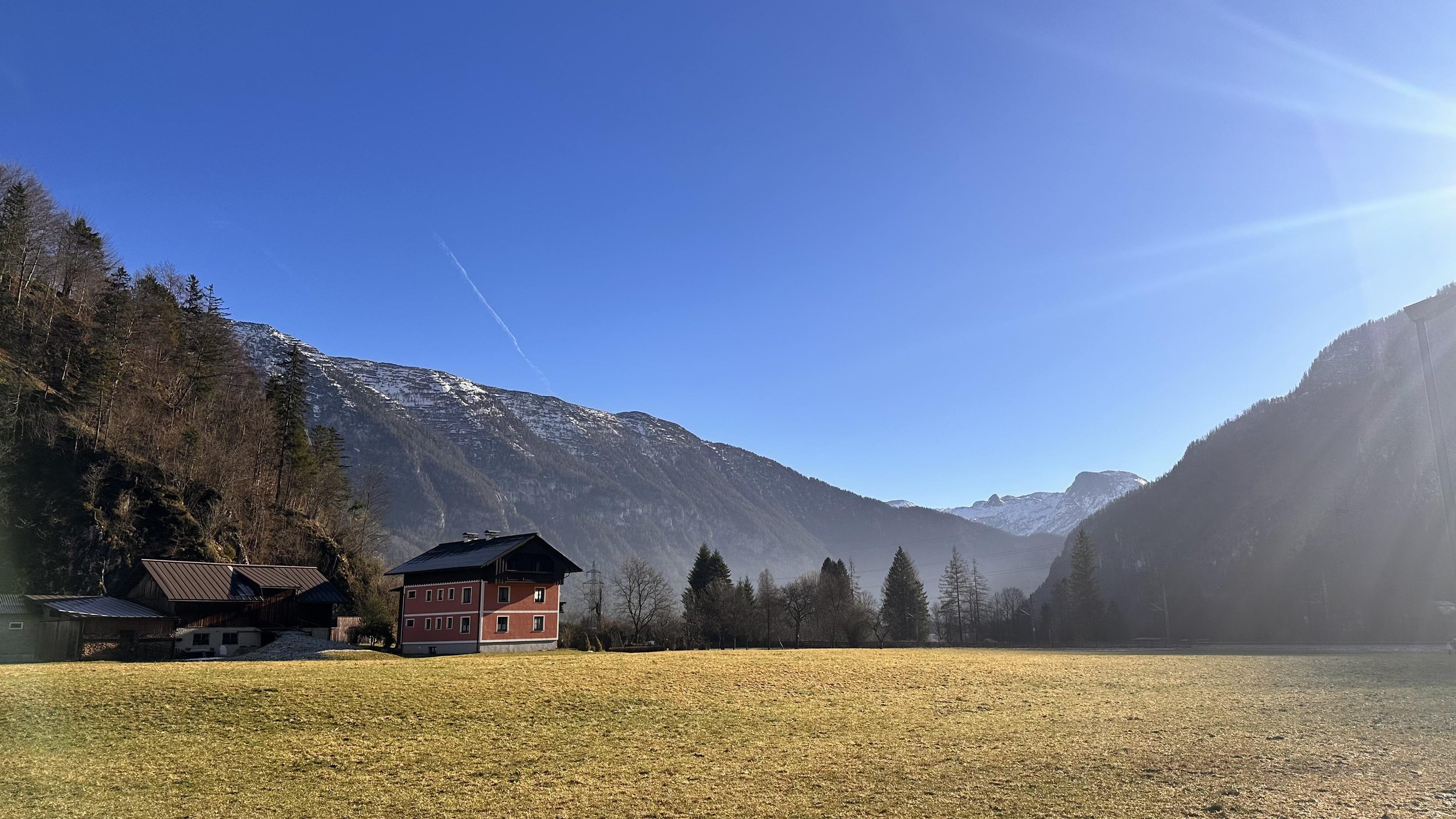





















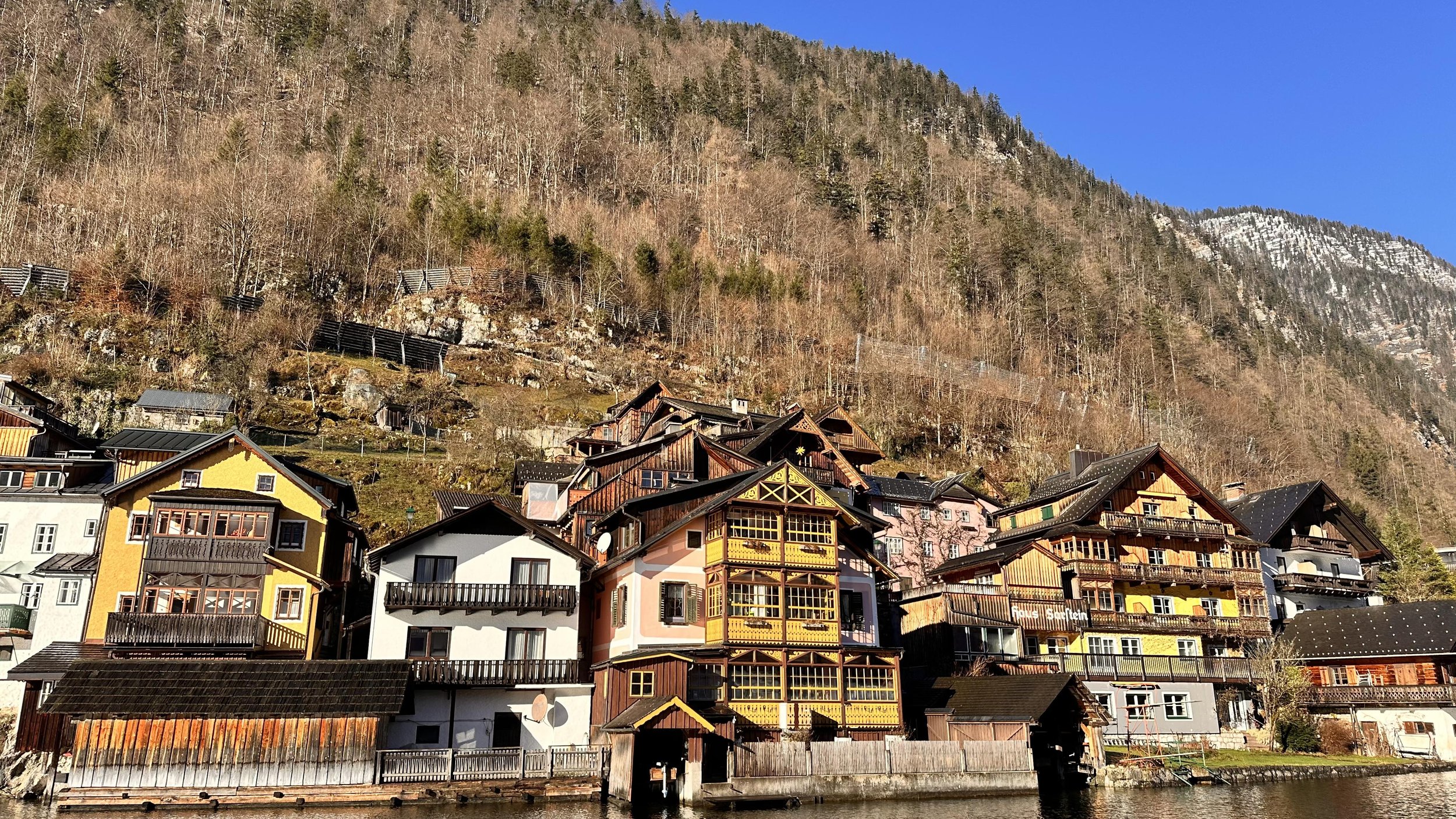
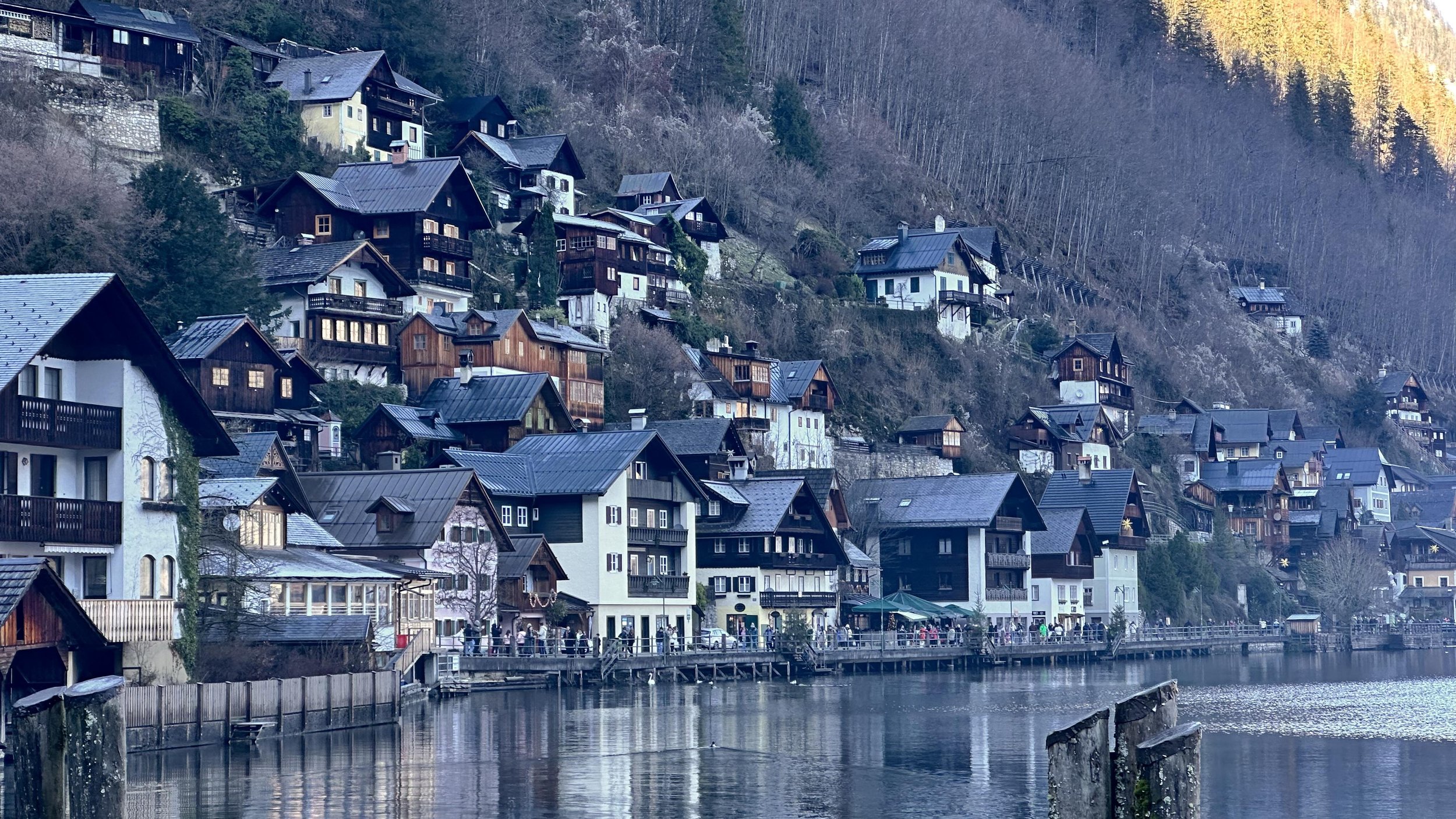
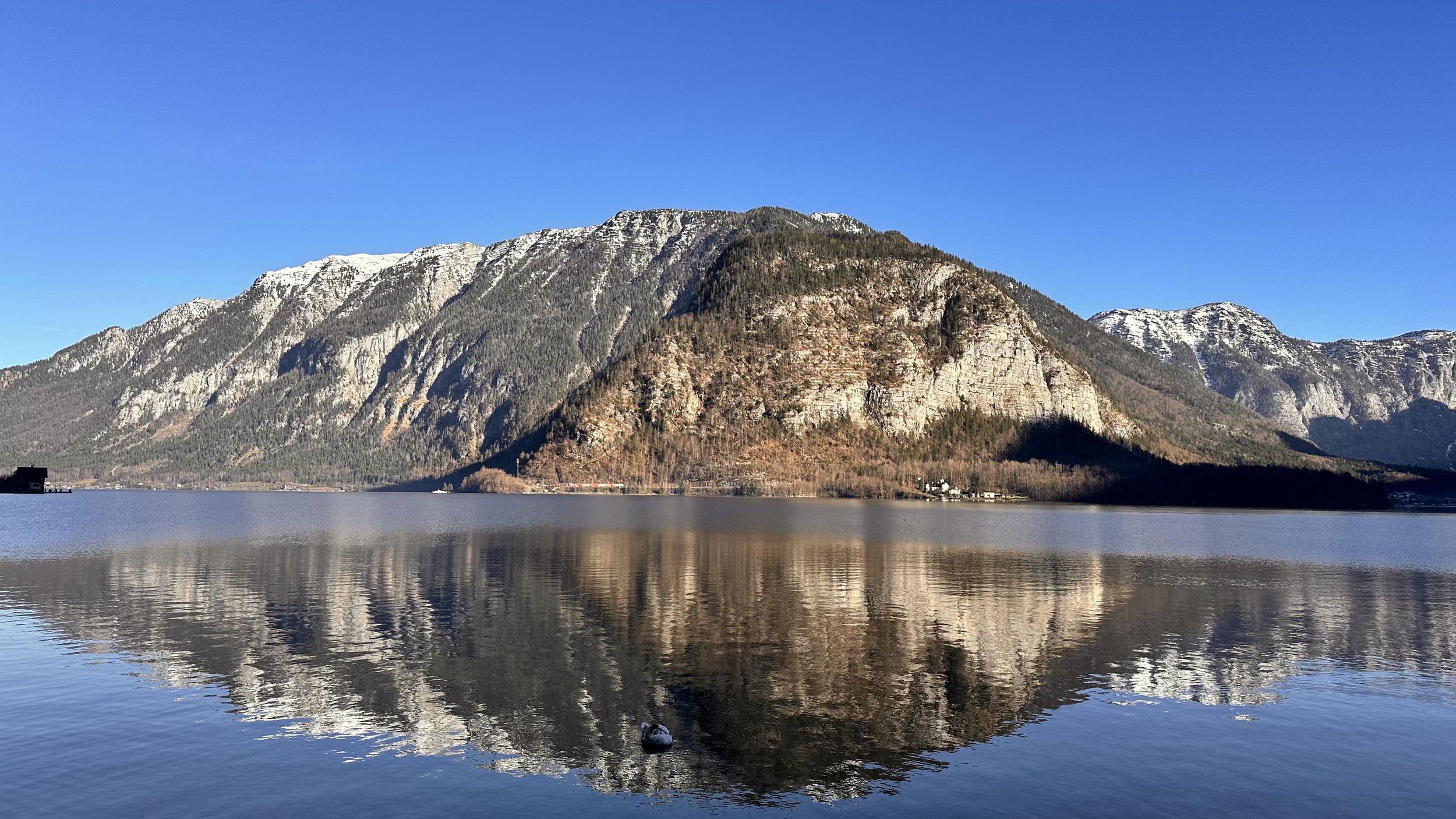
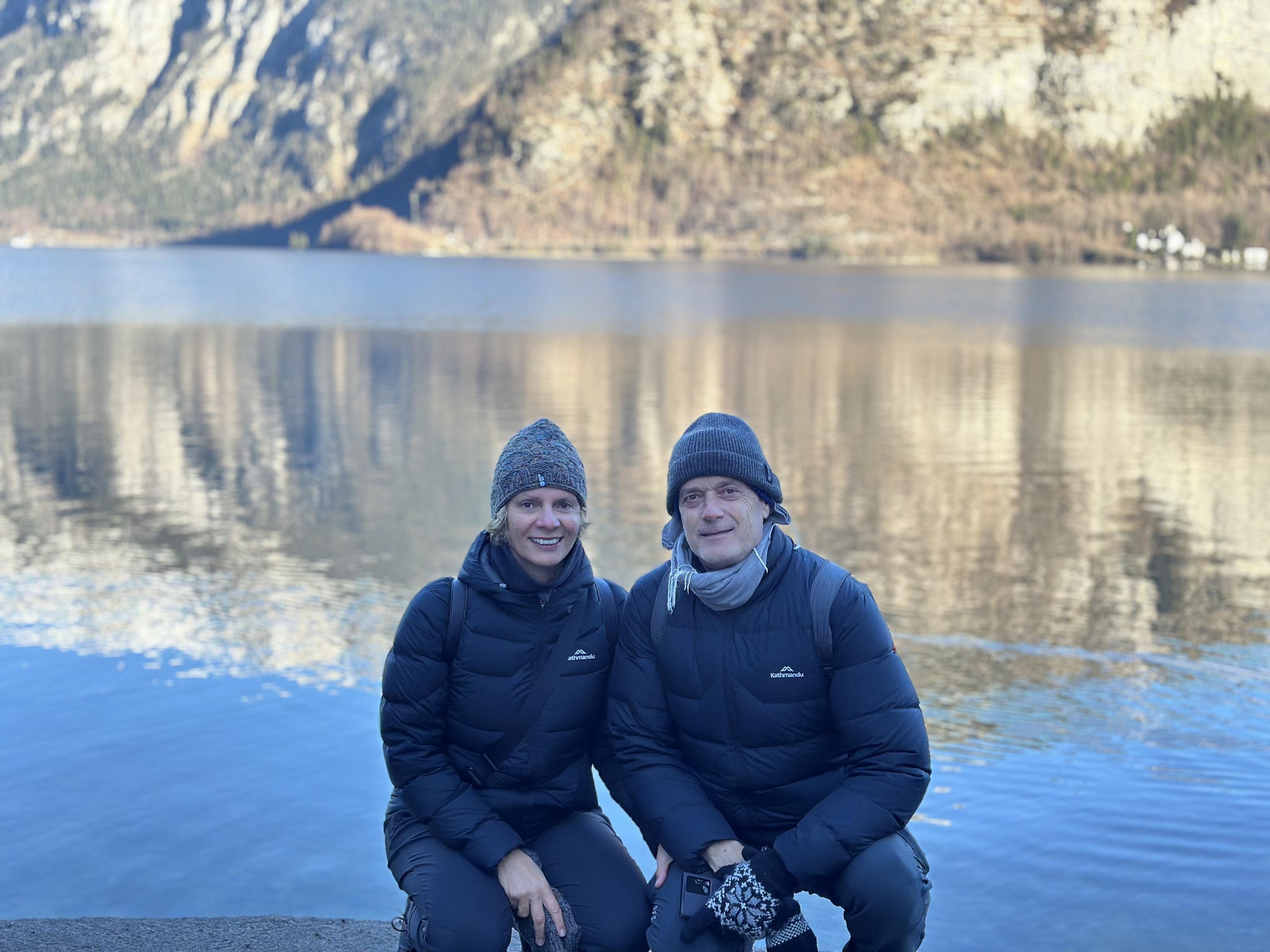
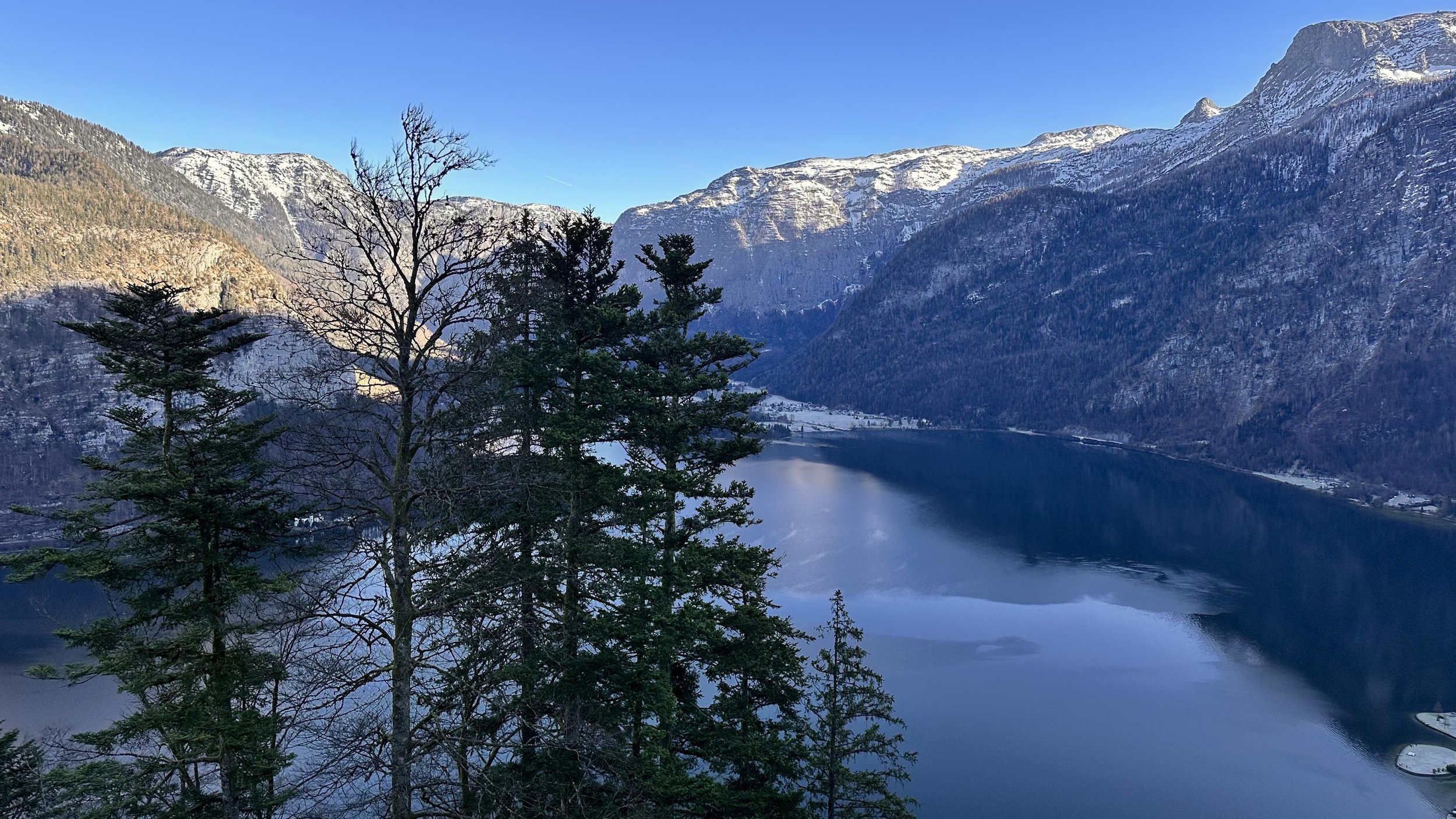


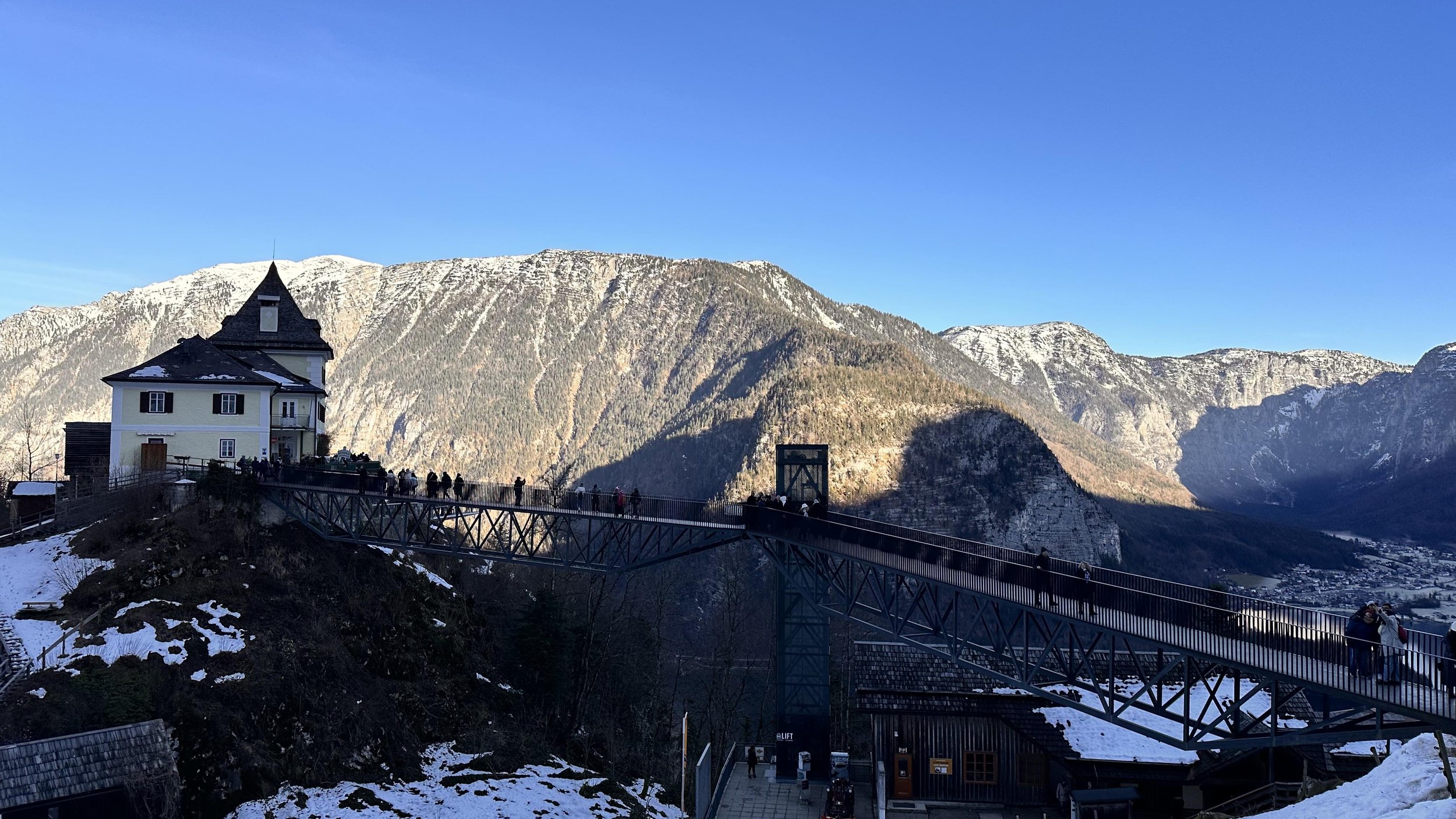
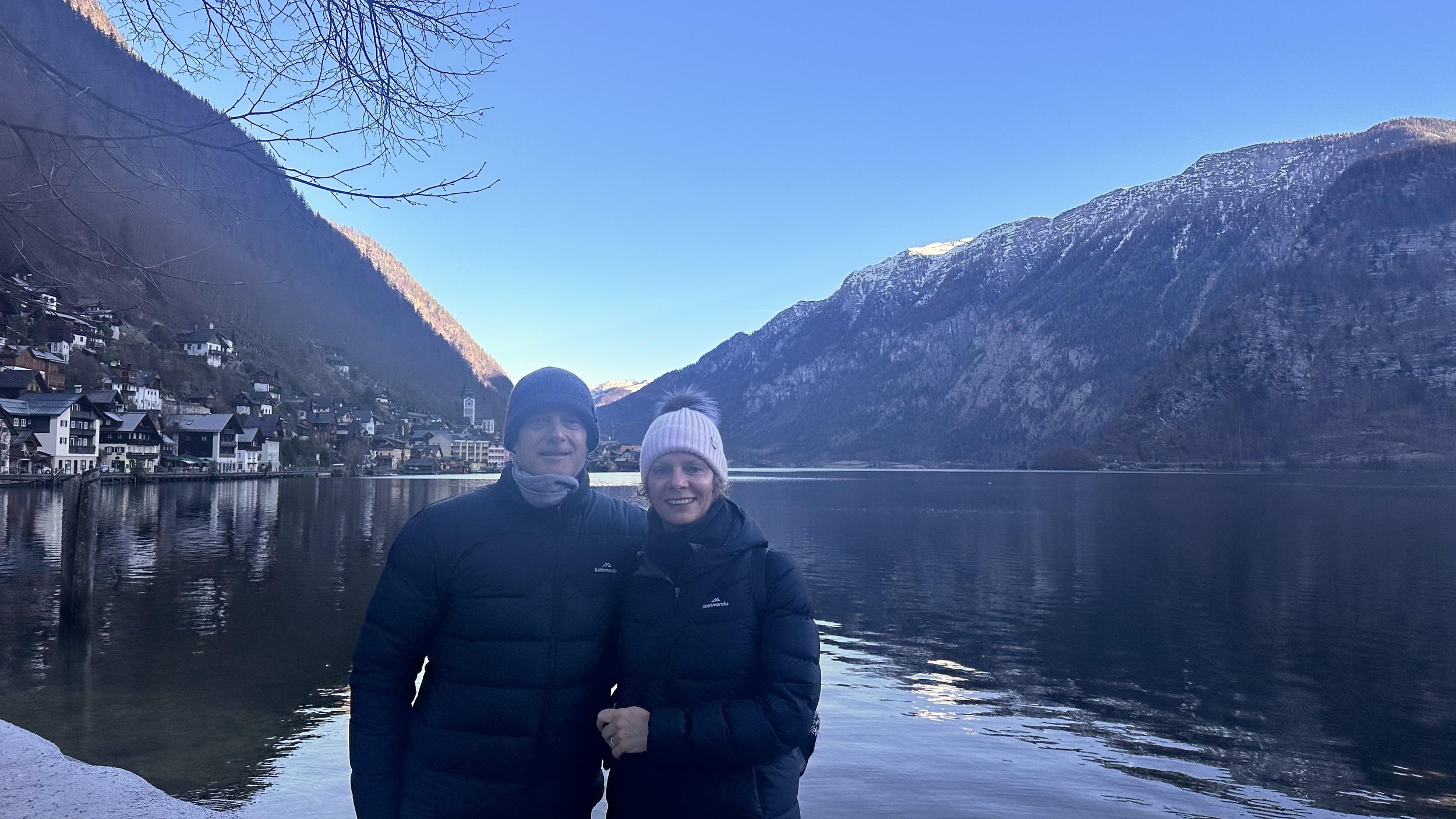

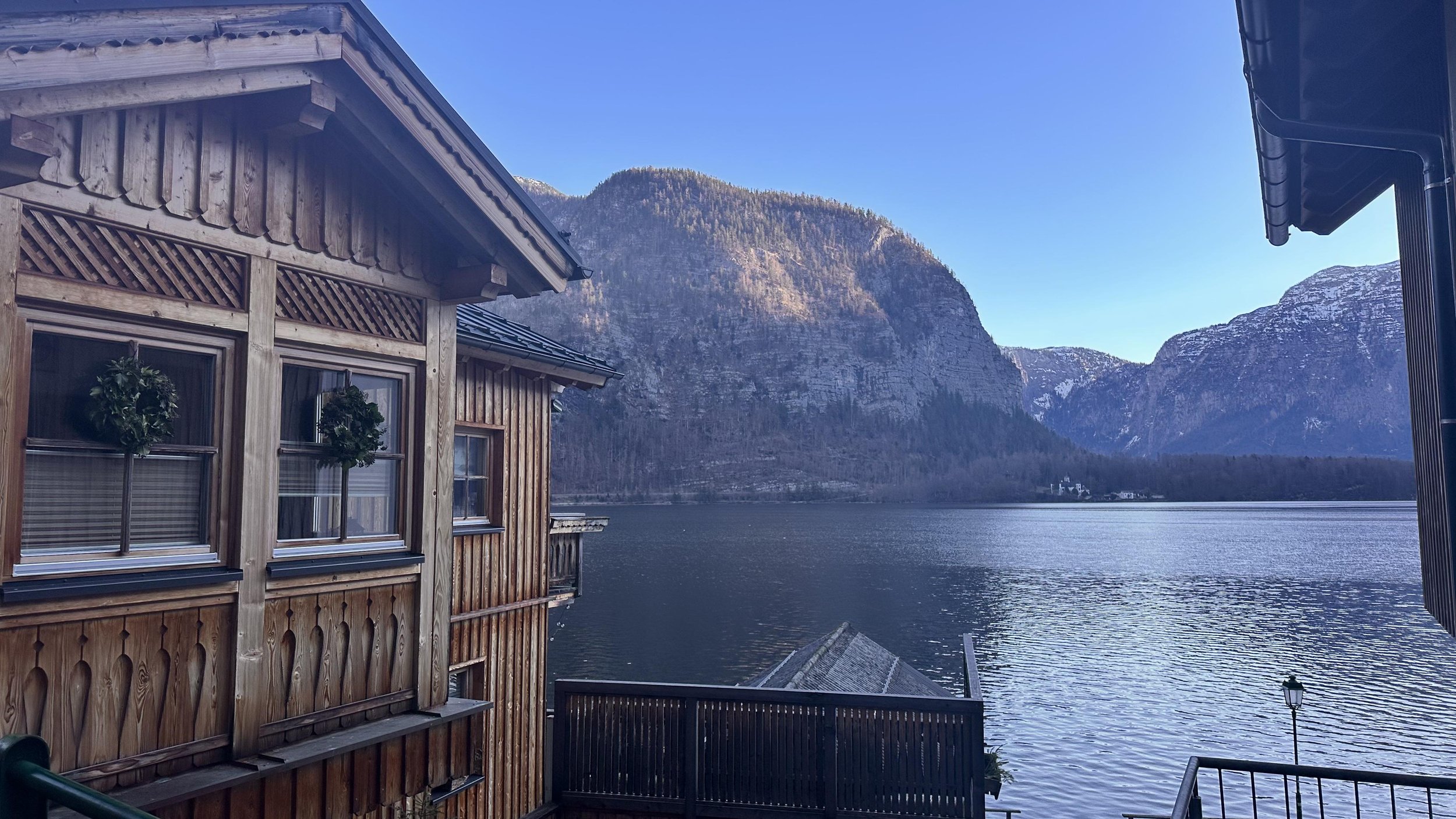
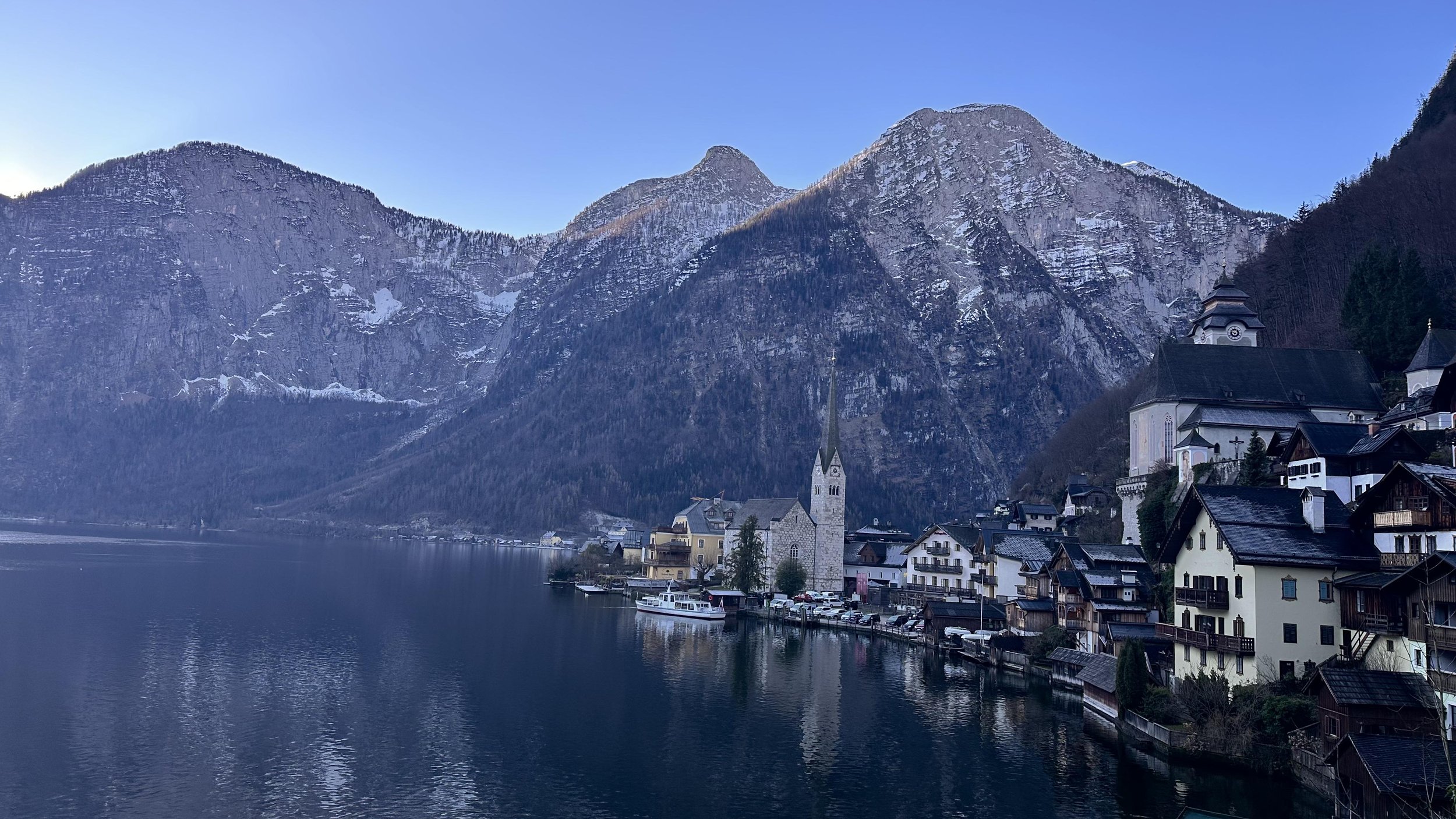
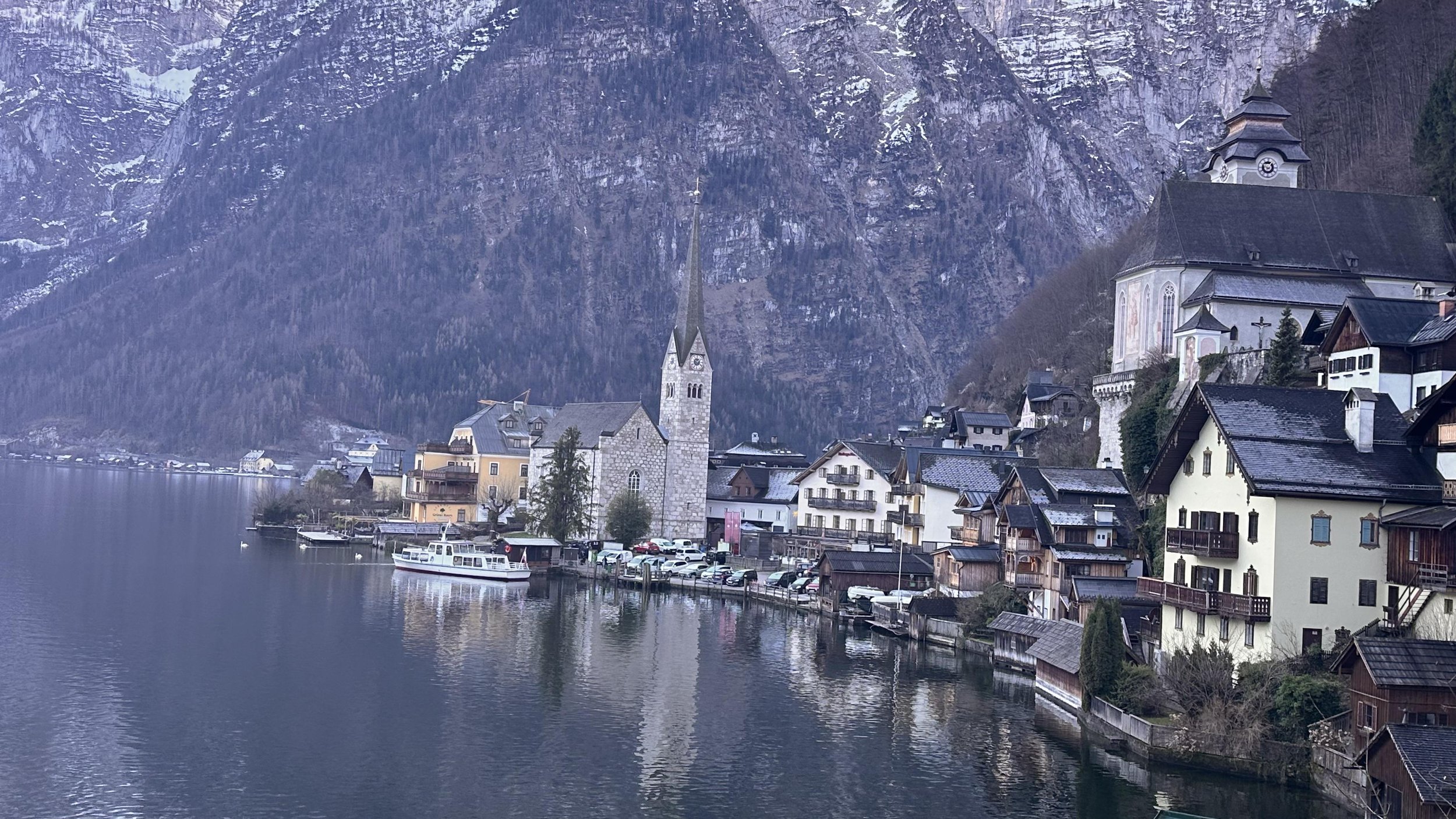
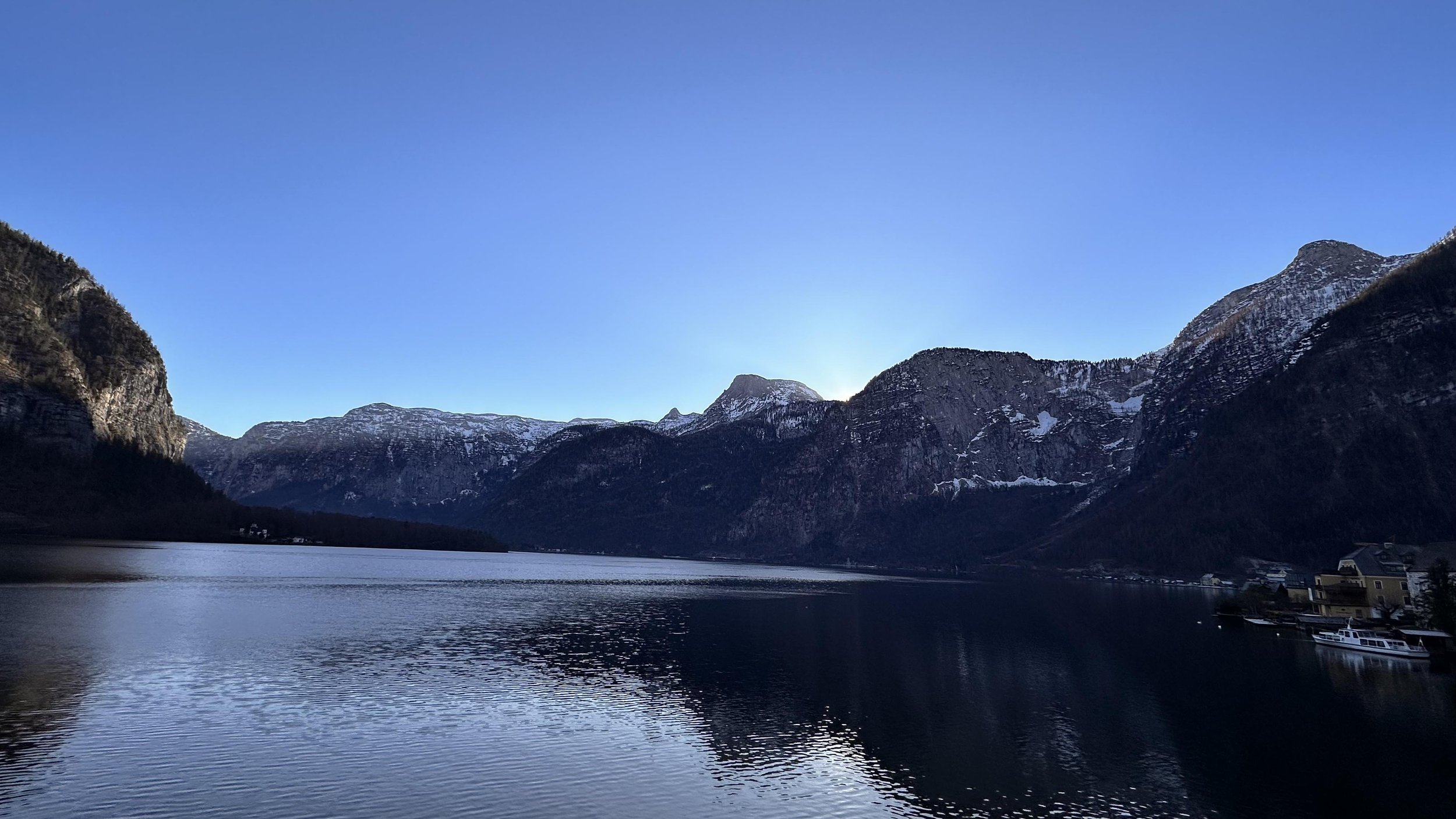
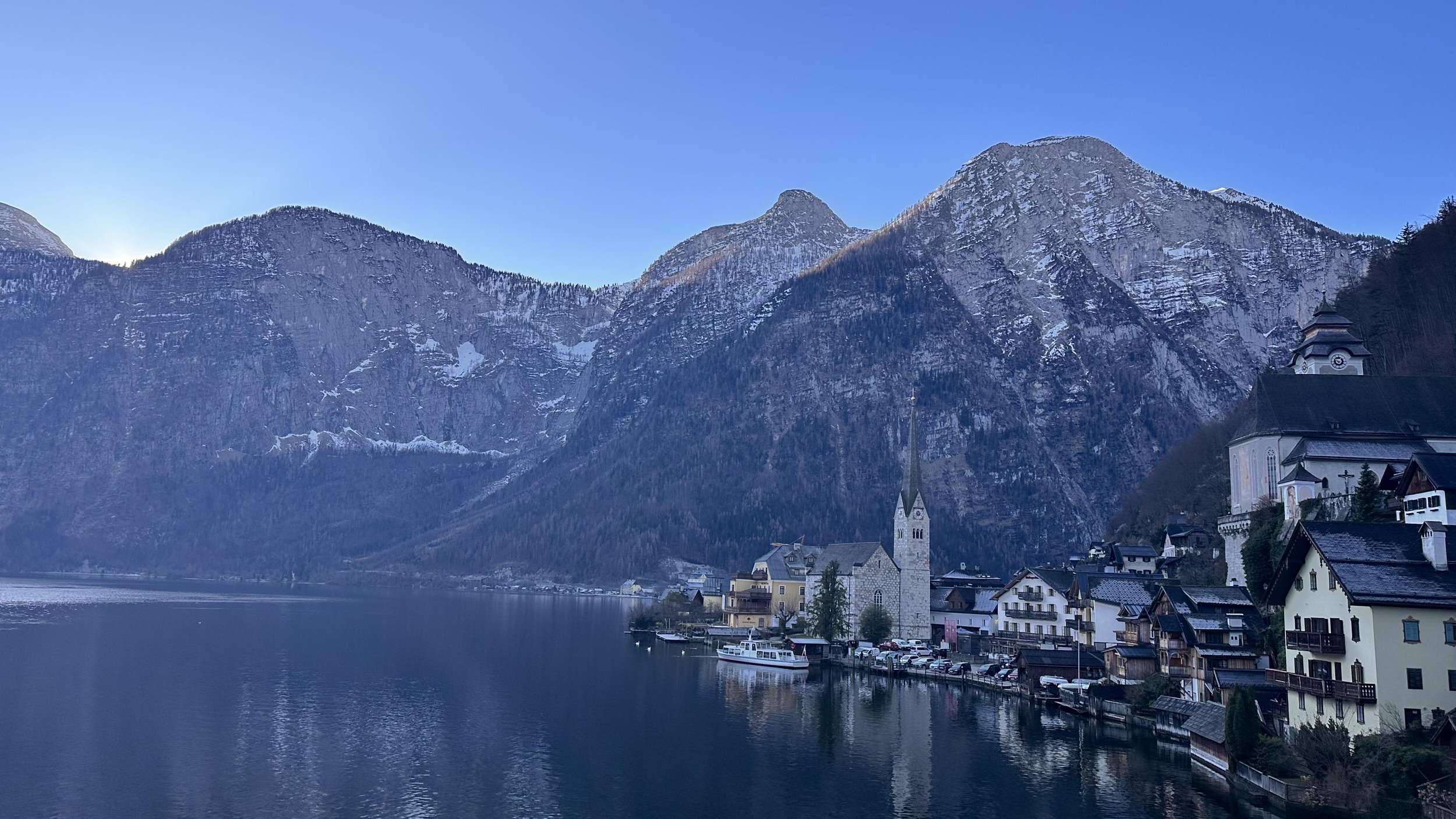
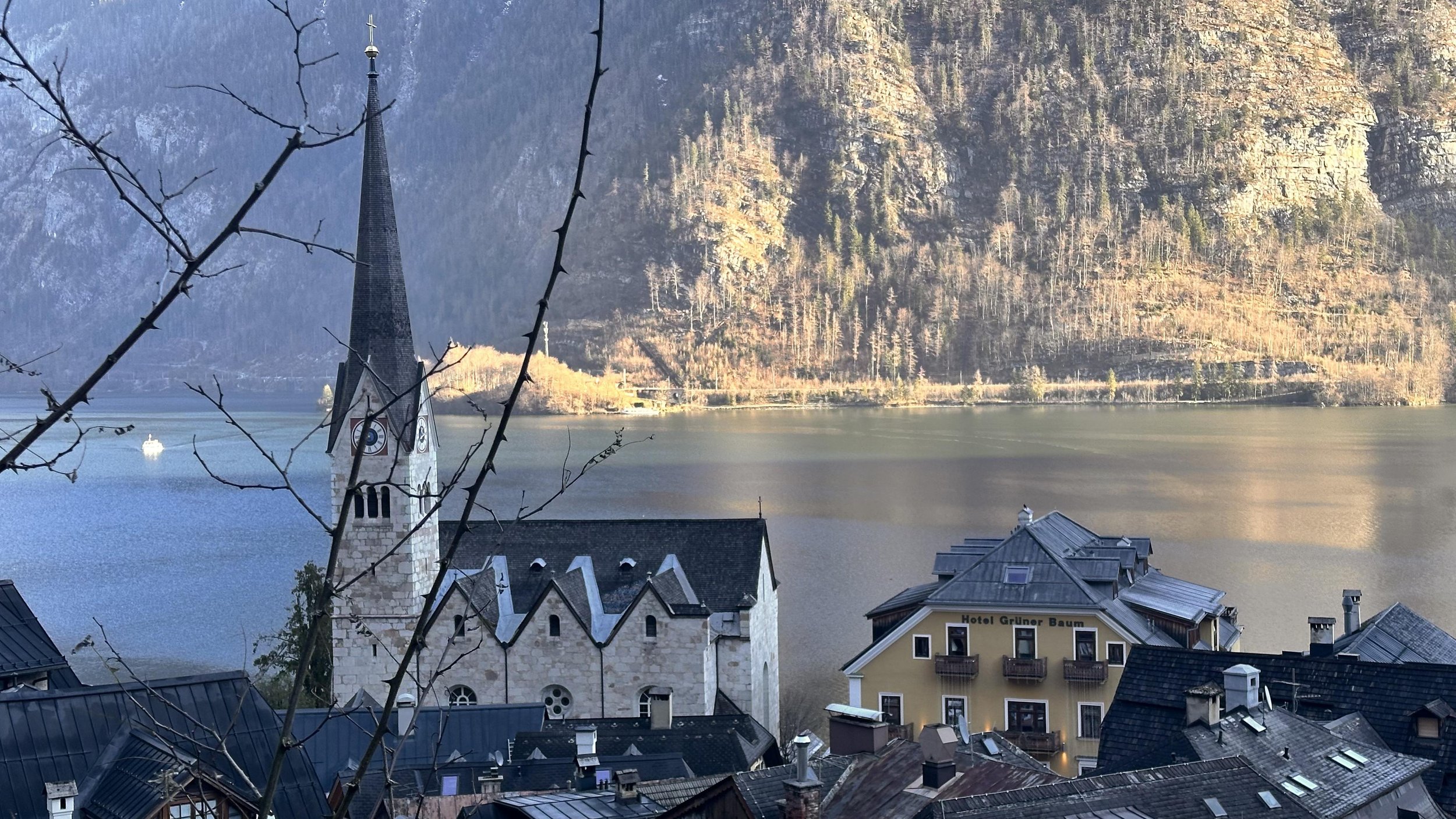
Bratislava
Our second trip was to Bratislava! A train ride of an hour and we arrived to Slovakia. No customs, SIM cards tell you when you have crossed the border!
Why Bratislava? What’s the link to a few other places we visited so far?
Anyone wants to guess?
Here it comes - it’s the river Danube, yes the river Danube got us to Bratislava! We wanted to see all 4 “B” famous cities on the river Danube.
So far we have visited three cities that start with a letter B in our language - Beograd ( Belgrade) in Serbia, Beč ( Vienna) in Austria, Budimpešta ( Budapest) in Hungary and now Bratislava in Slovakia.
The Danube is the second-longest river in Europe, after the Volga in Russia.
A large and historically important river, it was once a frontier of the Roman Empire.
The Danube flows through or makes part of the border of 10 countries: Germany, Austria, Slovakia, Hungary, Croatia, Serbia, Romania, Bulgaria, Moldova and Ukraine. The river ends in the Black Sea through the Danube Delta. No other river crosses that many countries.
During World War II, the Germans sailed their ships along the Danube and sunk them in a bid to avoid capture by the Soviet Union. Even today tourists can see the sunken ships.
It is the artistic world hotspot. The Blue Danube Waltz by Austrian composer Johann Strauss is one of the most famous examples of this cultural referencing, along with the river featuring in several modern films.
It is one of Central Europe’s most vital sources of fresh drinking water - with some estimates showing that approximately 20 million people rely on the Danube River for their drinking water.
A total of eight national parks can be found along the Danube’s shores, including two in Germany, one in Austria, one in Hungary, one in Croatia, one in Serbia ( we visited this one in October), and two in Romania.
Visiting Bratislava also meant we arrived to ex Soviet satellite state for the very first time. Growing up in ex Yugoslavia we tended to travel to the Western Europe searching for things we didn’t have. That means we haven’t really been around the Eastern Europe till now.
Slovakia, officially the Slovak Republic, is a landlocked country in Central Europe. It is bordered by Poland to the north, Ukraine to the east, Hungary to the south, Austria to the west, and the Czech Republic to the northwest.
Slovakia is known for its picturesque landscapes, including the Tatra Mountains and medieval castles. Bratislava, the capital, lies along the Danube River.
Slovakia peacefully separated from Czechoslovakia on January 1, 1993, in what is known as the Velvet Divorce. The split was driven by political and economic differences between the Czech and Slovak regions. Both sides agreed that a peaceful dissolution would be more beneficial than maintaining the federal state. A pretty remarkable political outcome that shows where there is a good will and the right choices are made, everything is possible.
Slovakia embraces diverse traditions, offering a blend of historic charm and natural beauty. Its population is around 5.4 million, Bratislava is the capital and largest city, while the second largest city is Košice.
Bratislava is renowned for its historic Old Town, featuring medieval architecture, charming squares, and landmarks such as Bratislava Castle and St. Martin's Cathedral. The city's Danube River location adds to its appeal. Bratislava is also known for vibrant cultural events, a lively arts scene, and being the capital of Slovakia, with a unique blend of history and modernity. And yet again we got to enjoy the Christmas markets vibes and delicious food.
Before being named Bratislava, the capital of Slovakia had various names throughout history. During the Habsburg Monarchy, it was known as Pressburg in German and Pozsony in Hungarian. After Czechoslovakia was formed in 1918, the city's name was officially changed to Bratislava in 1919.
The choice of the name "Bratislava" reflects the city's connection to the Slovak nationalist movement, the brotherhood (Brat + Slovak) and it has remained the capital's name since then.
The people living in Bratislava are predominantly ethnic Slovaks. However, the city's diverse history and strategic location have contributed to a multicultural population, with Hungarian, German, and other ethnic communities. The city reflects a dynamic mix of cultures, and residents embrace the rich historical and cultural heritage that has shaped Bratislava over the centuries. Pretty much everyone speaks at least three languages, Slovak / Czech, German and Hungarian.
We went on a walking tour and visited the historic Old Town, home to landmarks like Bratislava Castle, St. Martin's Cathedral, and Michael's Gate. We wandered through Hviezdoslav Square and visited the Slovak National Theatre. We loved the best the famous Blue Church, St. Elisabeth, it is so pretty and different, it felt we were back in Spain for a moment. We also saw in distance the UFO Observation Deck, a very cool architectural structure.
We learned the culture of wine is a souvenir from the Roman times, wine is cheaper than water here!
We also learned there are many strange statues in Bratislava, and wondered why?
After the political change they tried to revive the city not only by cleaning and repainting the rather cheerless buildings, but it by creating some strange statues, which are very popular among the tourists and give the town an additional surprising flair. The most famous are:
Čumil was made in 1997, in order to make the city more beautiful. If you touch his helmet it gives you good luck, and if you touch his nose it will bring you love.
“Man at work “ is a new sign to protect Čumil of accidents caused by cars, pedestrians or trucks 🛻😉.
Cast iron statue of Ignác Lamár, nicknamed Schöner Náci, who became famous due to his habit of walking through the streets of the city in an elegant suit and top hat. He bowed in front of ladies and gave them flowers or sang.
We had a lovely dinner in the local pub and enjoyed Kofola, a Soviet Block version of Coca Cola together with a Sourceaut sausage soup called Kapustnica - yummy!
We returned back to Vienna the same evening.
Overall , for us it was very interesting visiting one of many ex Soviet satellite states. During the Cold War, the term "Soviet satellite states" referred to the countries in Eastern Europe that were under the influence and control of the Soviet Union. These nations included East Germany, Poland, Czechoslovakia, Hungary, Romania, and Bulgaria. The term implies that these countries were politically, economically, and militarily aligned with the Soviet Union, often participating in the Warsaw Pact—a military alliance led by the Soviets. The satellite states played a significant role in the geopolitical dynamics of the Cold War, and their relationships with the Soviet Union varied in terms of political subservience and economic cooperation.
Interestingly it reminded us of another historical fact relating to our home country, ex Yugoslavia.
Yugoslavia was not one of the Soviet satellite states. Yugoslavia, under the leadership of Josip Broz Tito, pursued a policy of non-alignment during the Cold War. Tito's government maintained a degree of independence from both the Western and Eastern blocs, which allowed Yugoslavia to chart its own political and economic course. This non-alignment led to tensions with the Soviet Union, and Yugoslavia did not join the Warsaw Pact. The country's independent stance contributed to its unique position in the context of Cold War geopolitics.
I leave it to your inquisitive minds to ponder how this fact might have played a role in the 1990ties, and the political trajectories leading to the dissolution of Yugoslavia.
This trip to Bratislava marked the end of another leg of our incredible trip.
We packed our bags, jumped in the car and drove to Jahorina via Ðakovo where we had an overnight stay to rest before we arrived to the winter wonderland!
I hope you have enjoyed reading our blogs, following our adventures and learning along the way. We might have sparked a travel bug in some of you, if we have we, would love to hear about it 🧳.
We are now going to literally chill in our own winter paradise, and are super excited to be joining the big celebration - 40 years since the Winter Olympic Games in Sarajevo in 1984!
We never planned to be here for this special event but here we are, so happy that this is happening while we are here. I will be going down the memory lane, for sure, and have already been asked by the organisers to bring along souvenirs and memorabilia for the occasion. ❄️☃️🏂⛷️🎿
More about Jahorina in the coming weeks, we are now busy skiing every day and enjoying the time in our own paradise 🧡
Bratislava Photo Album
